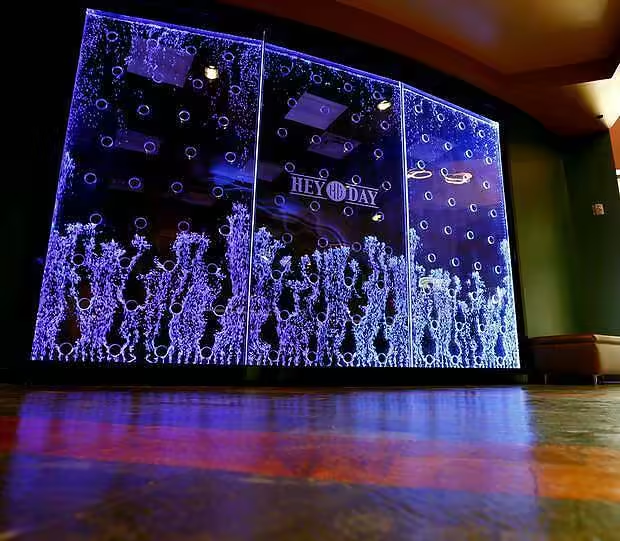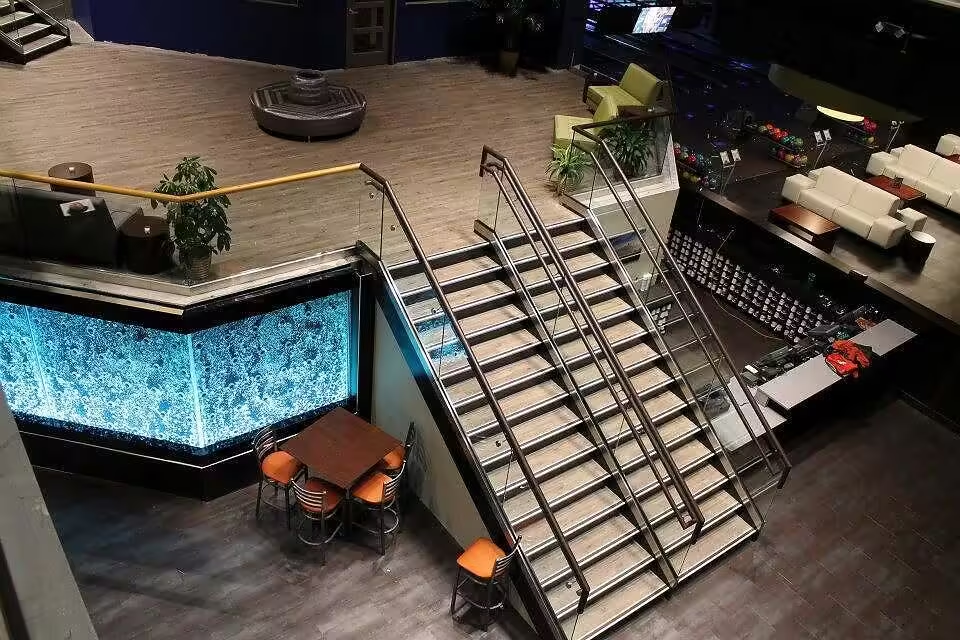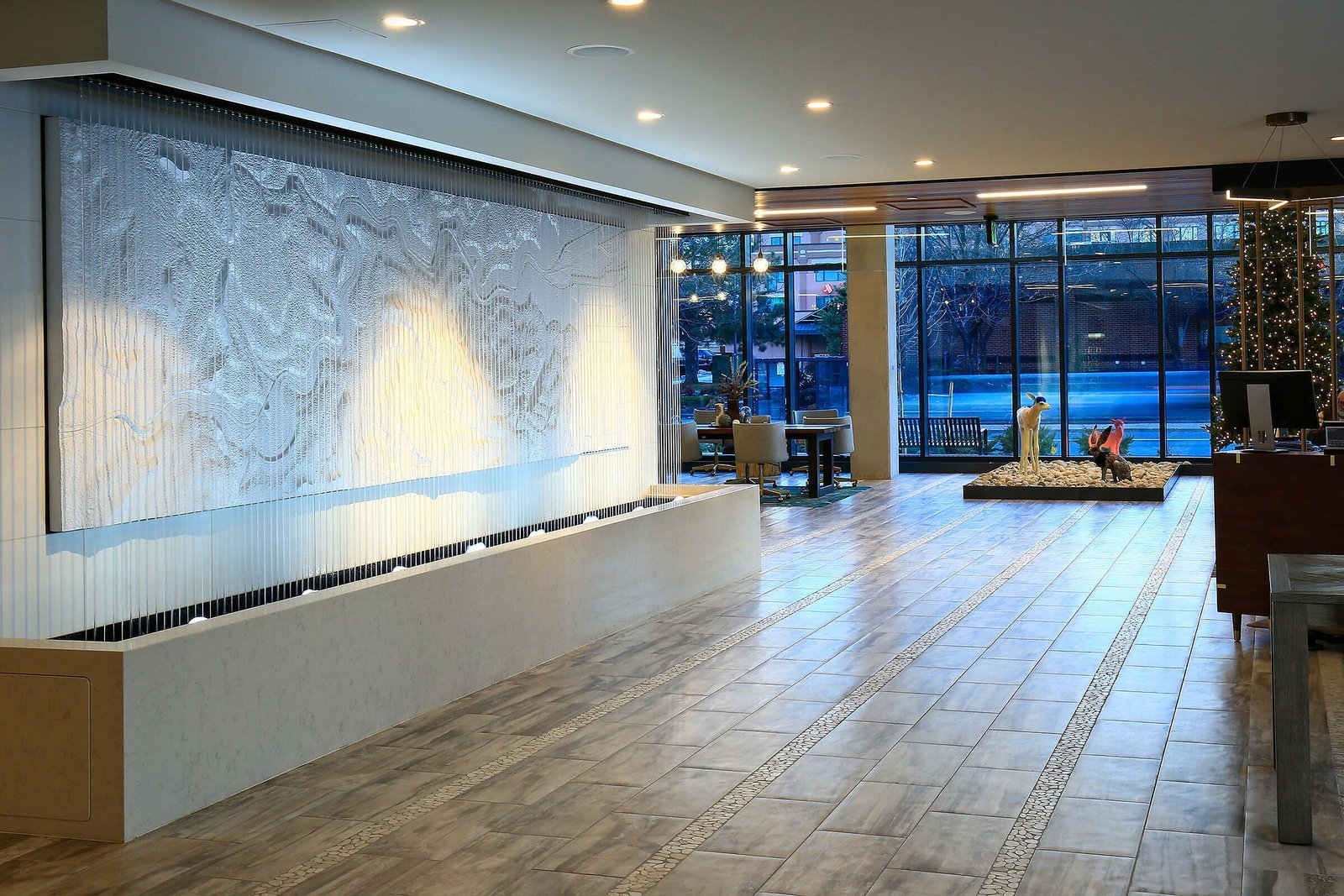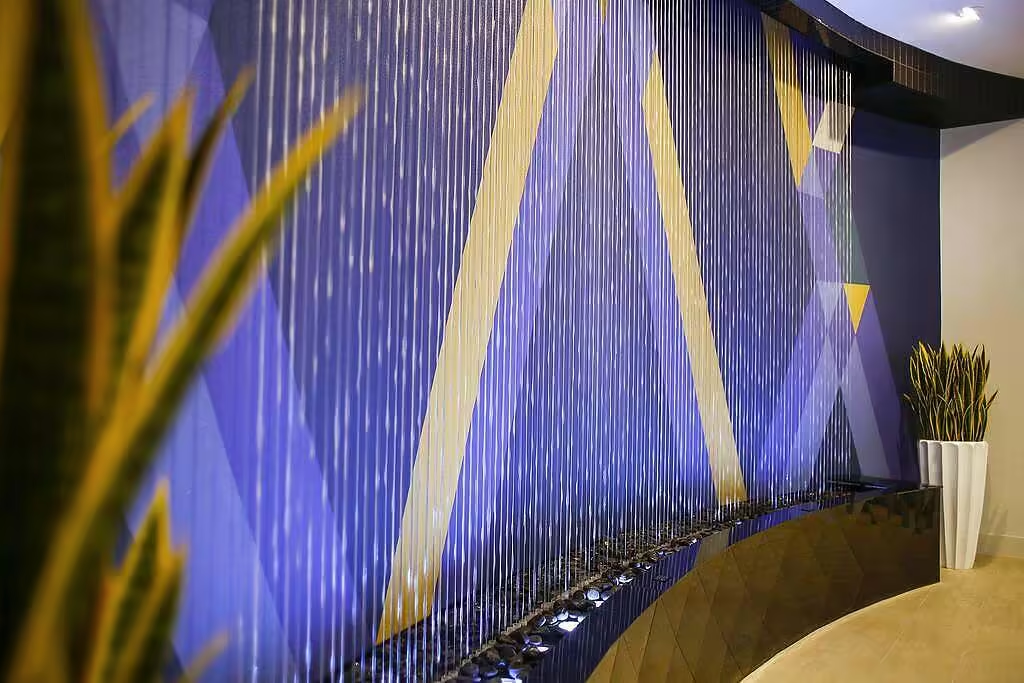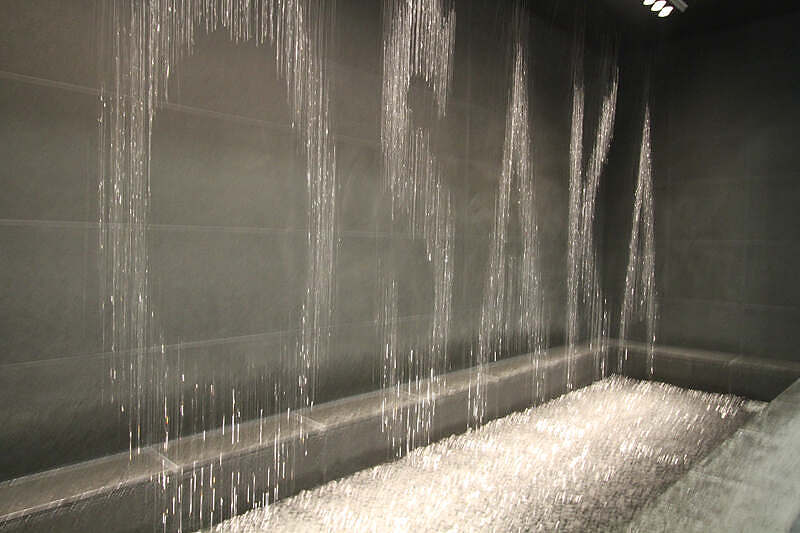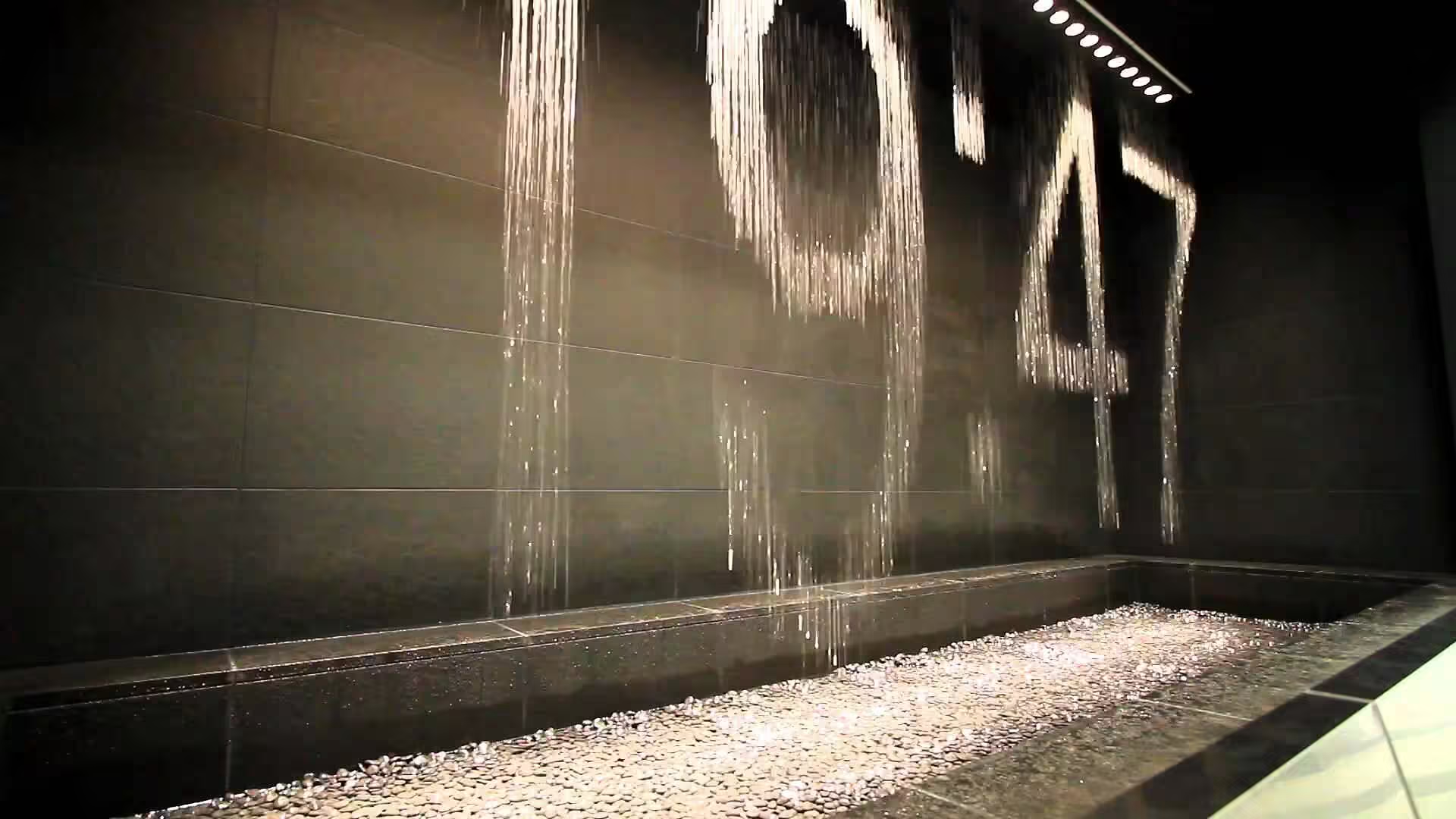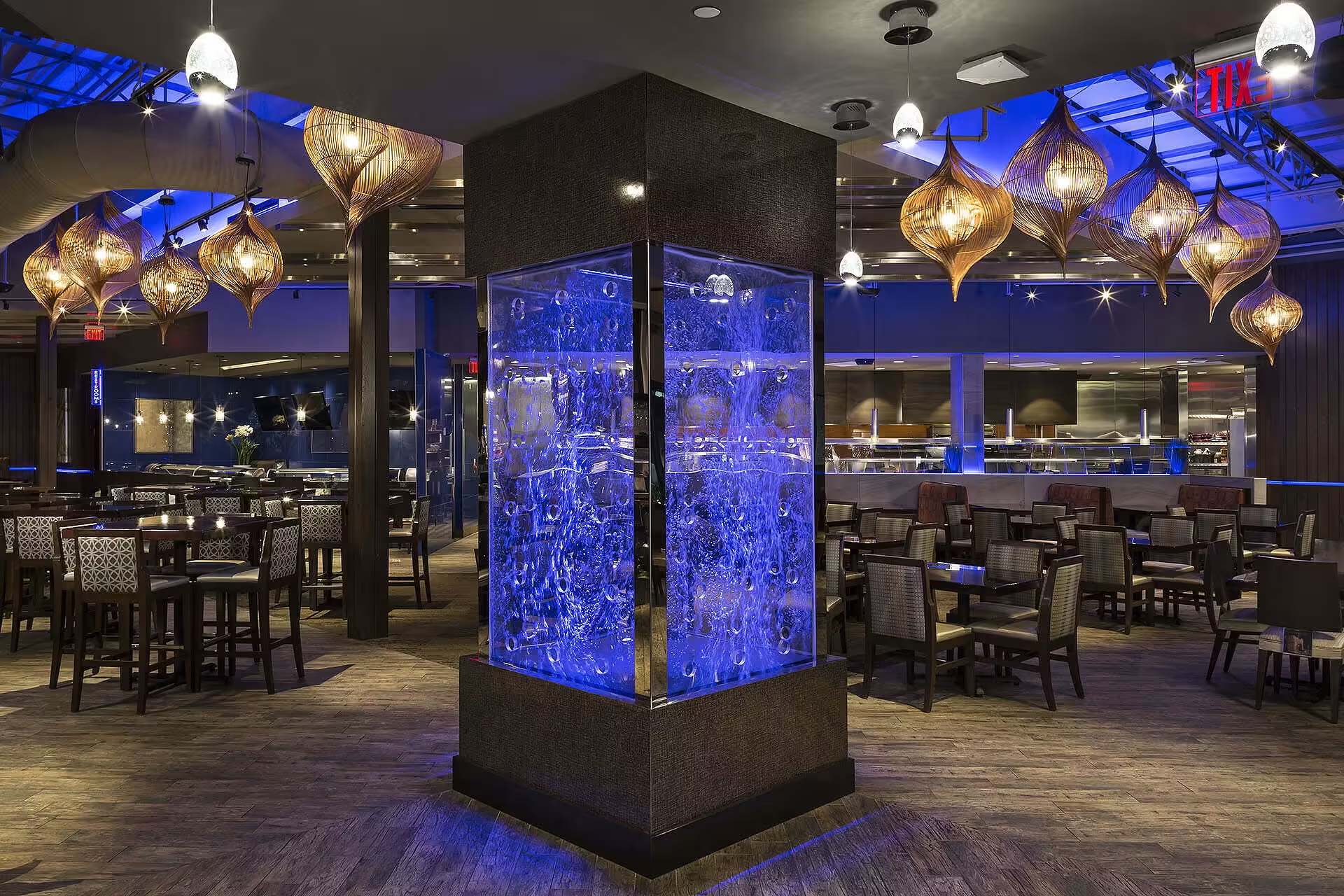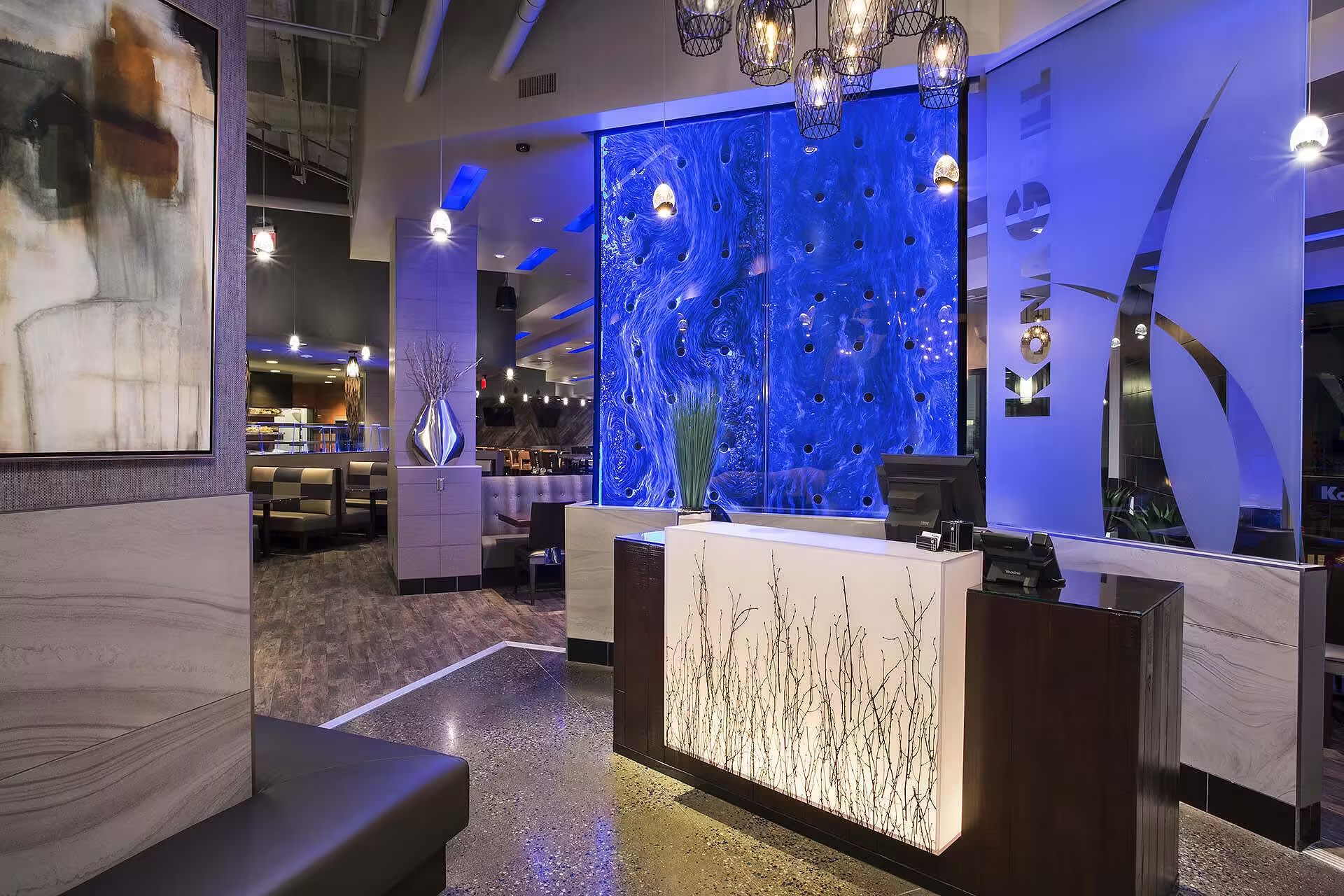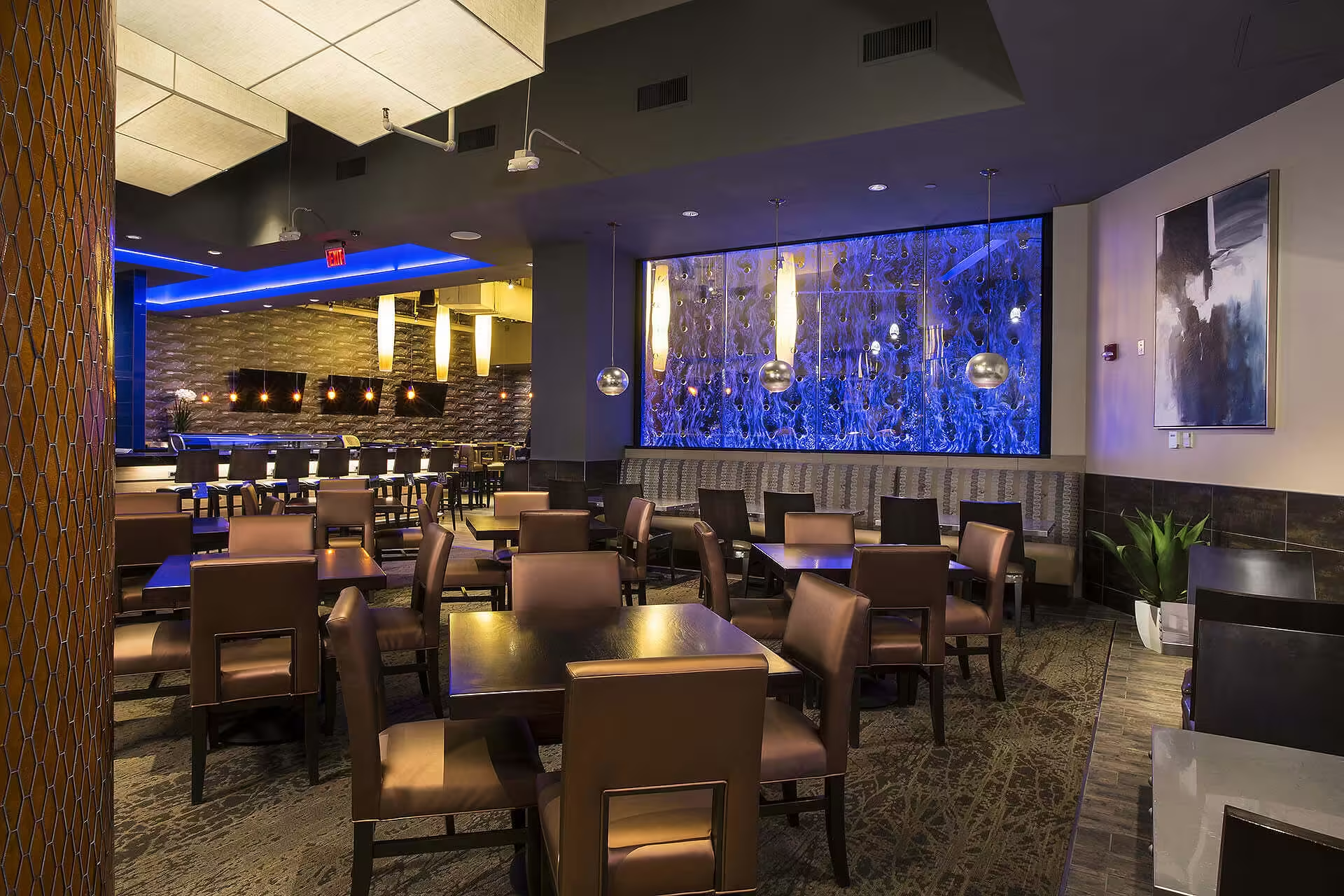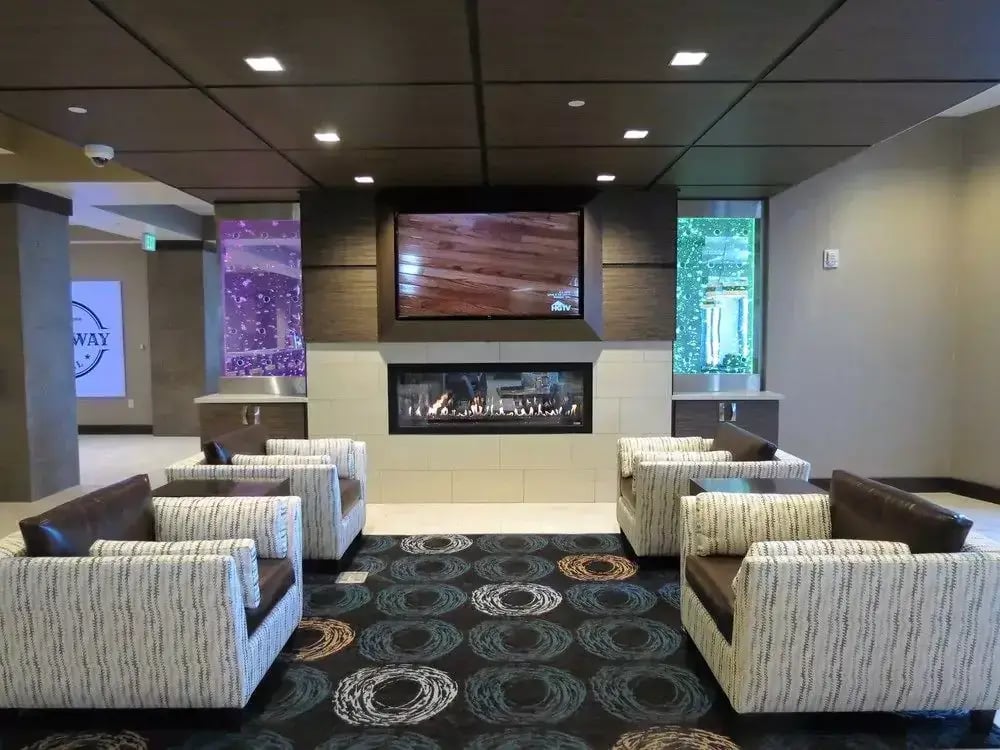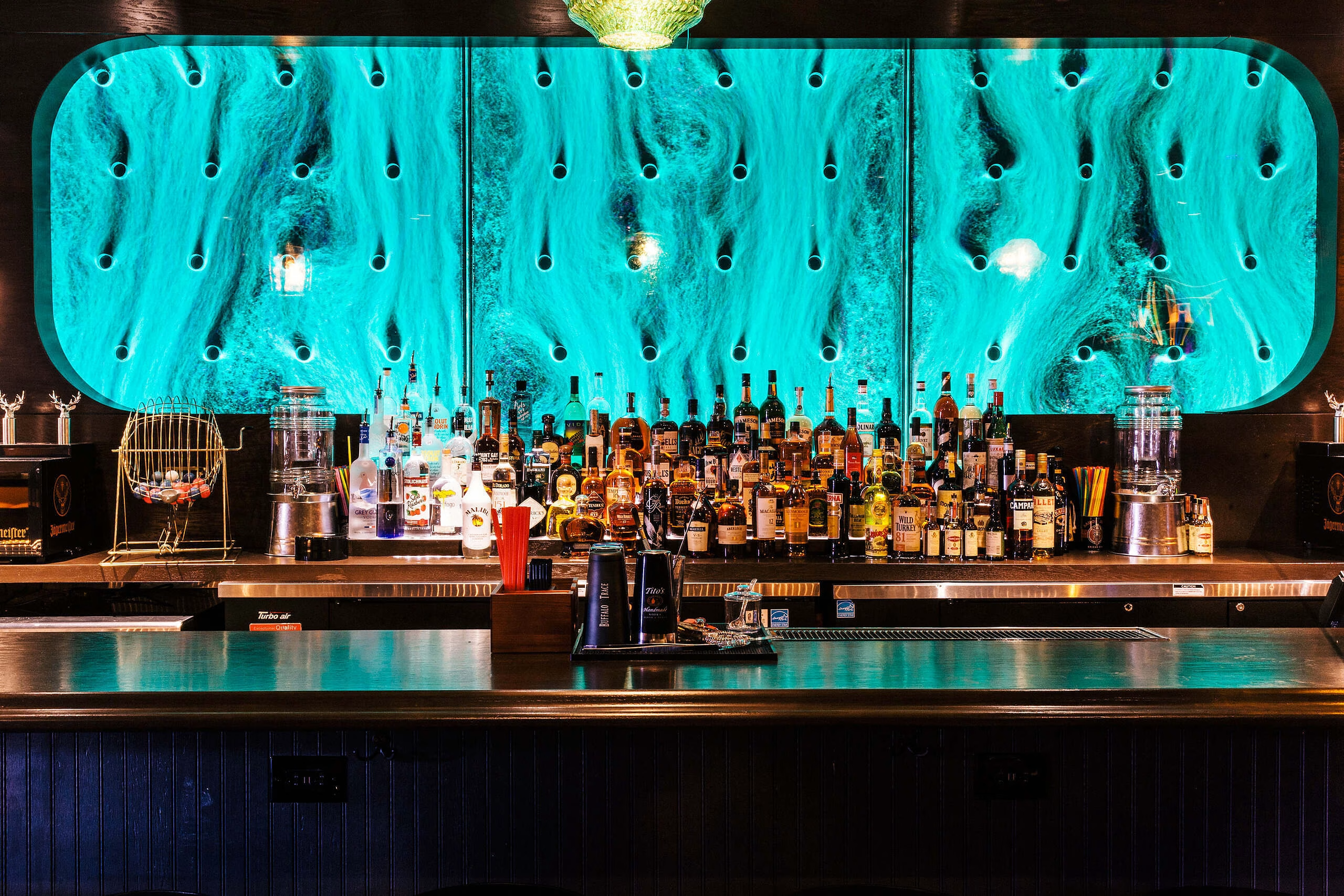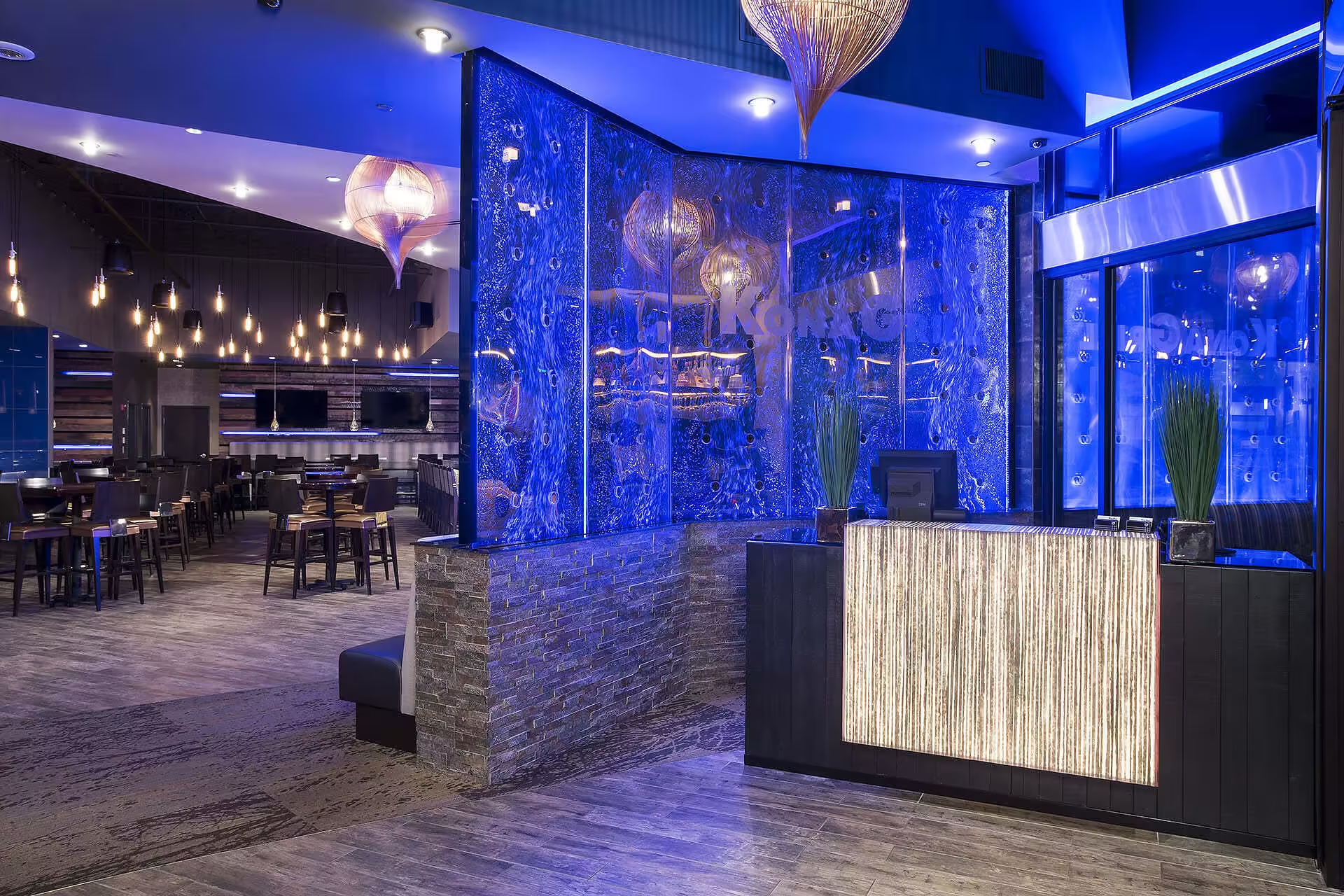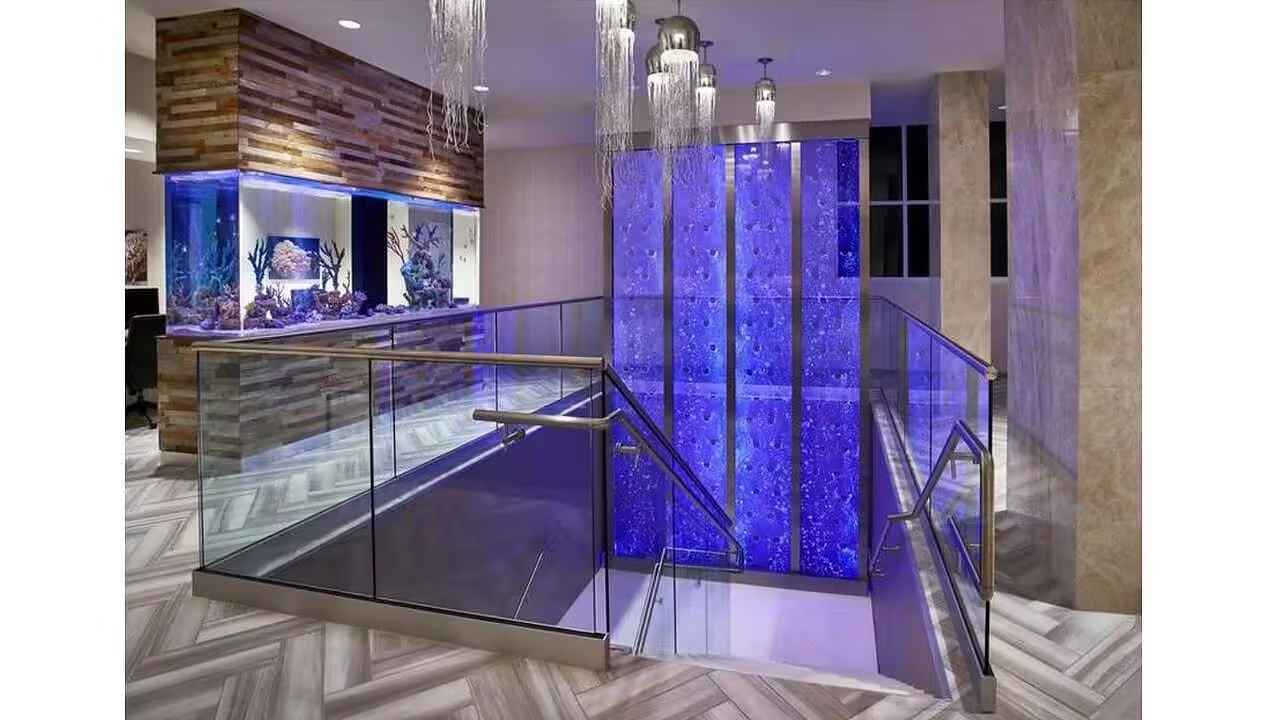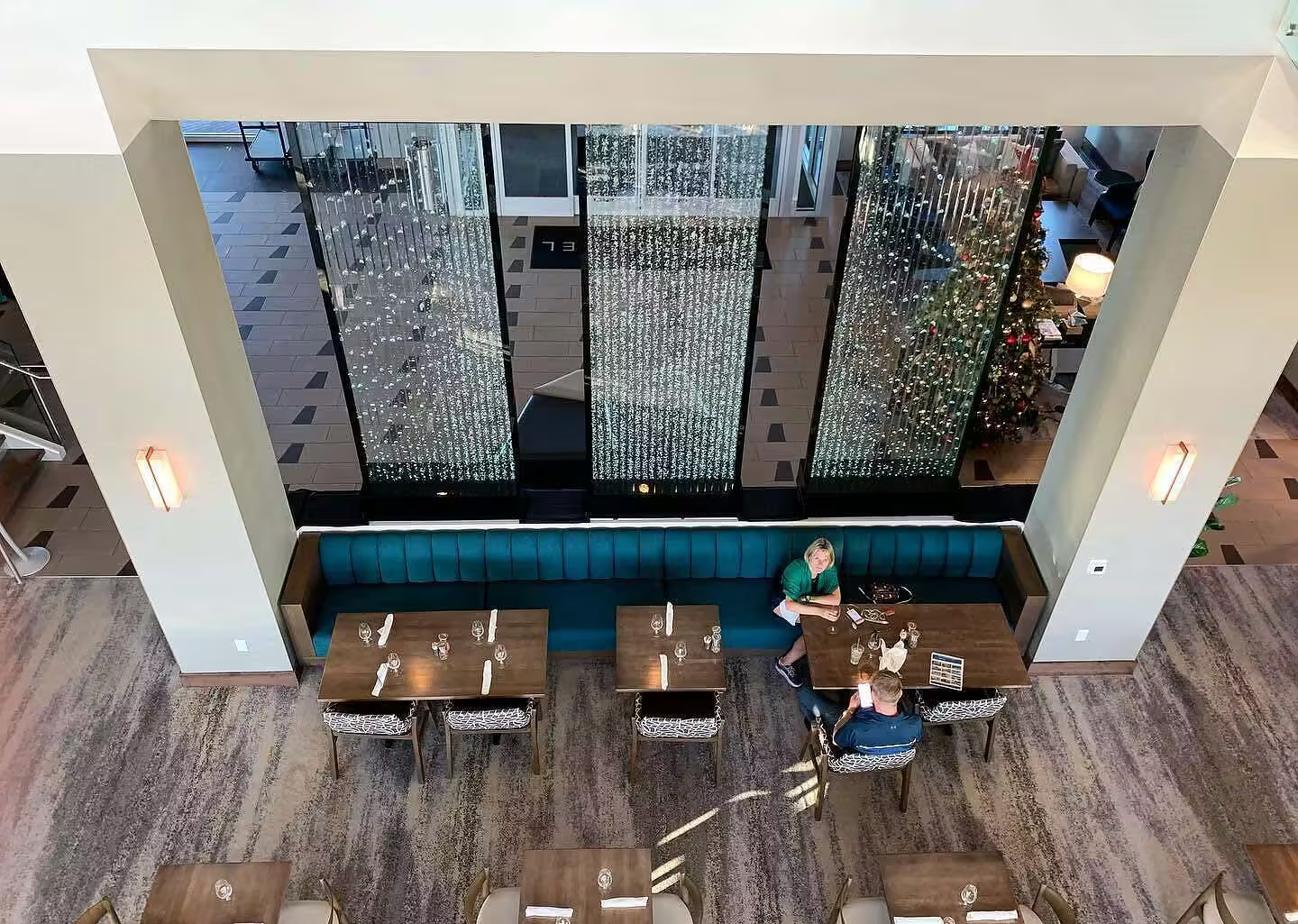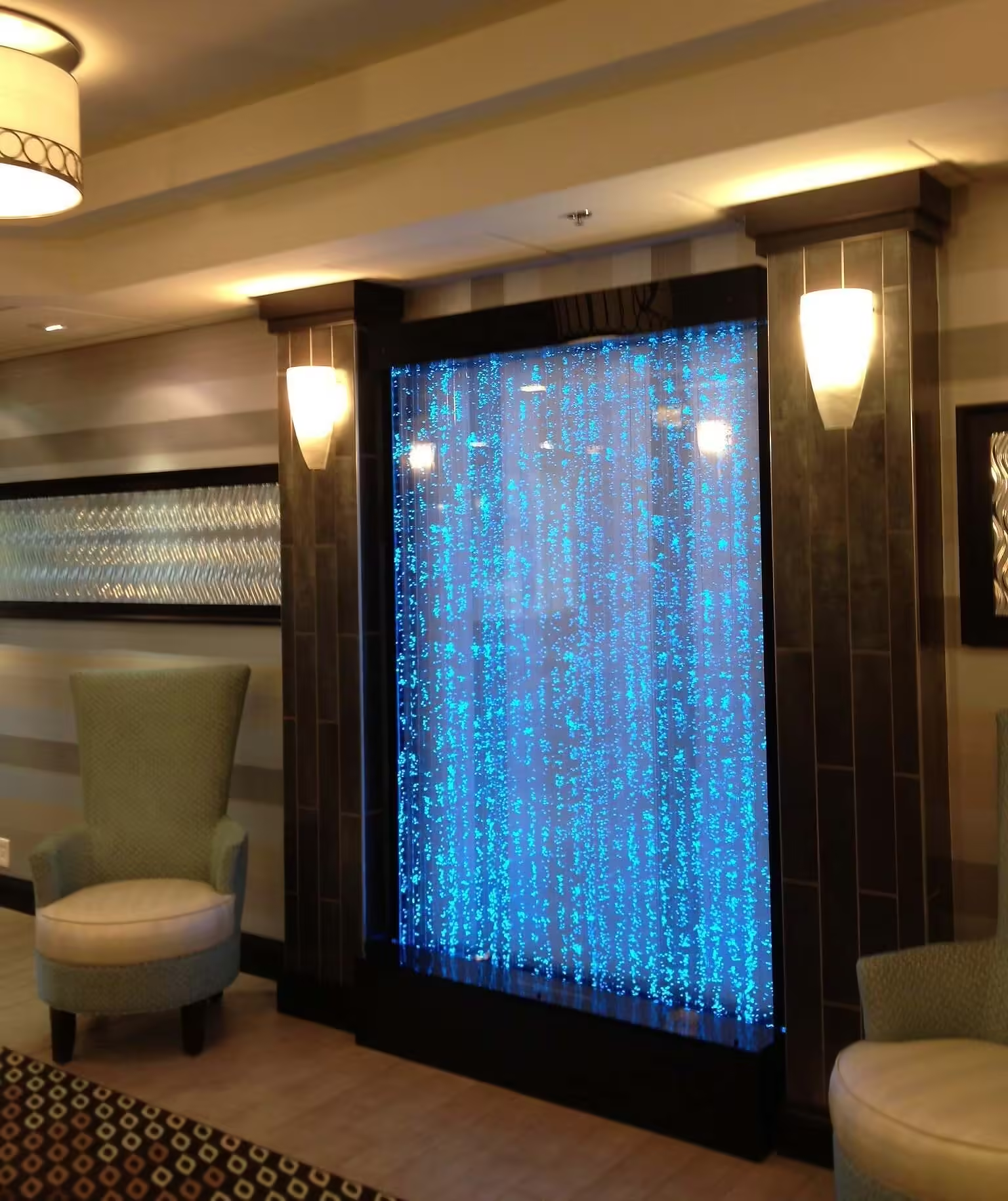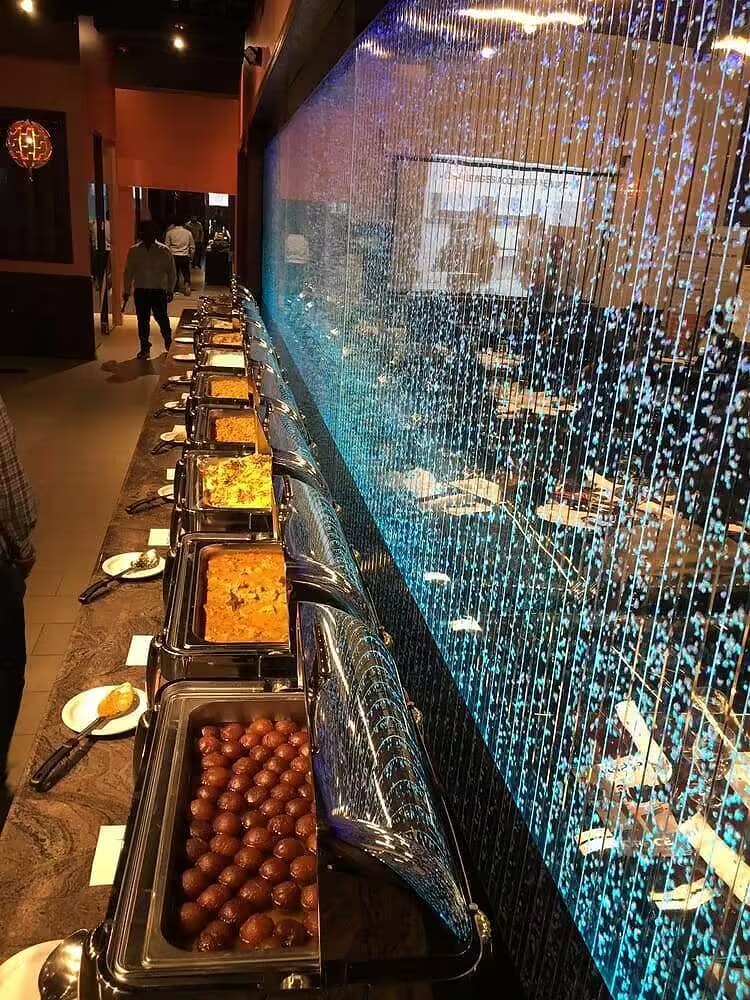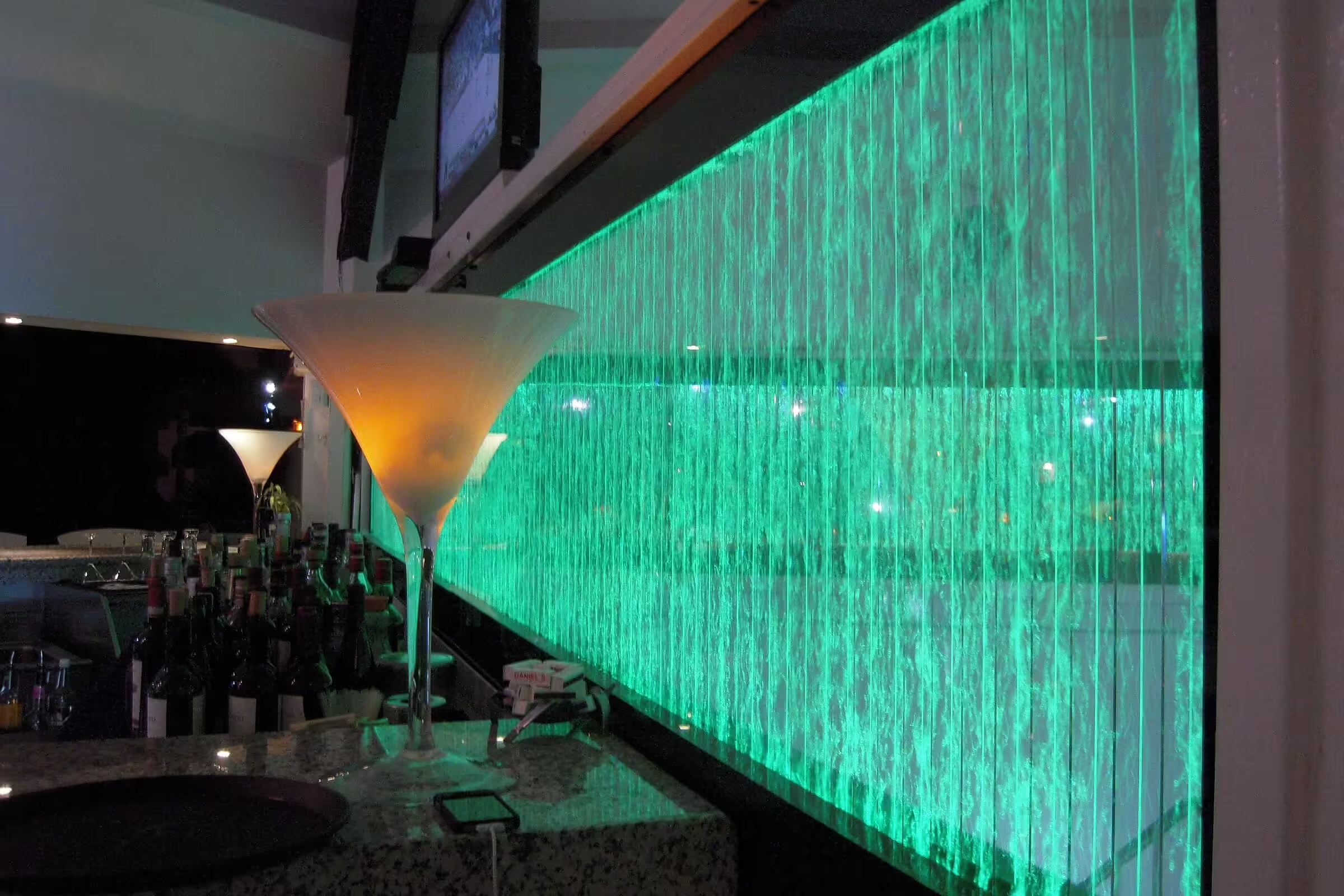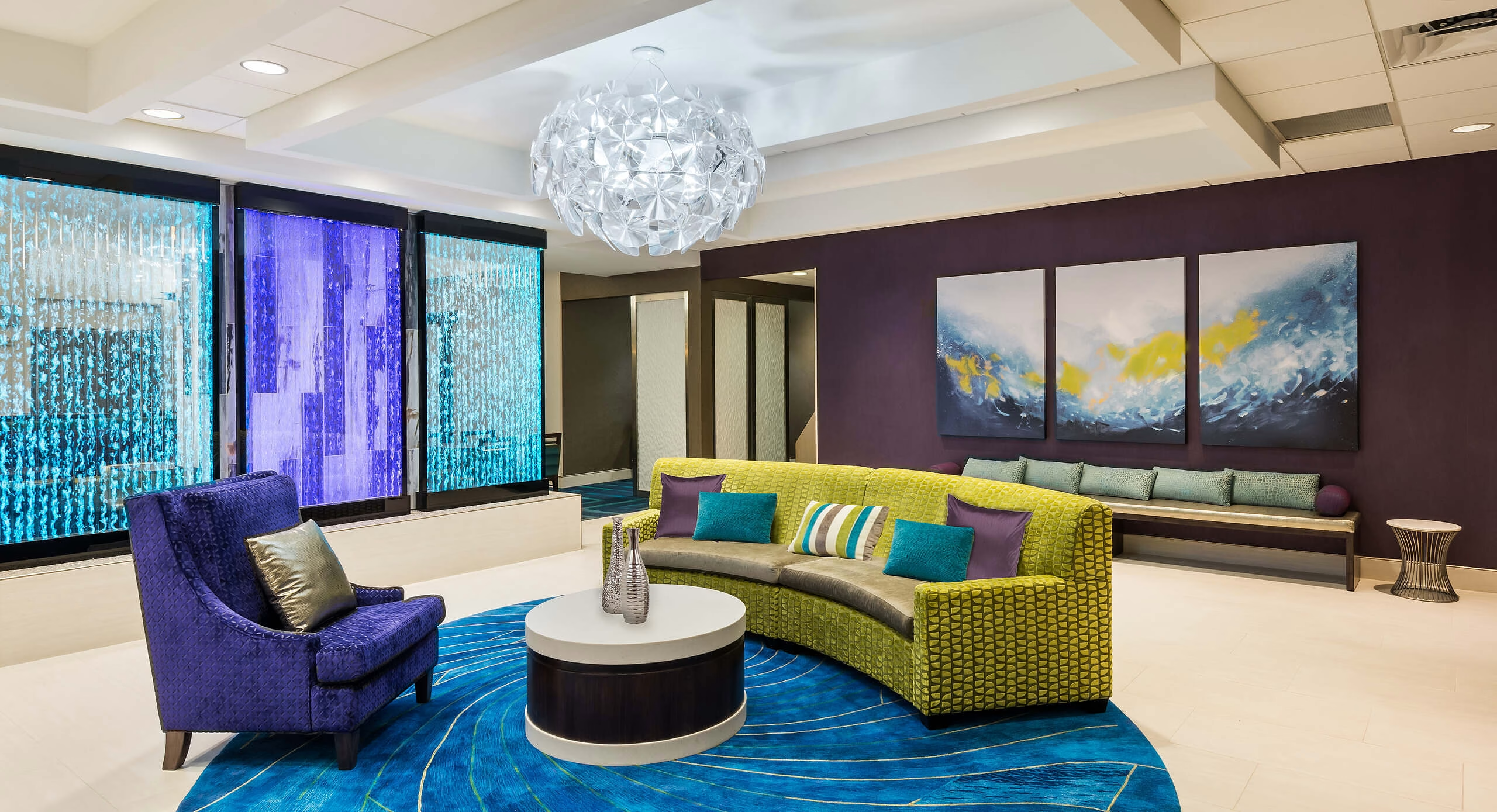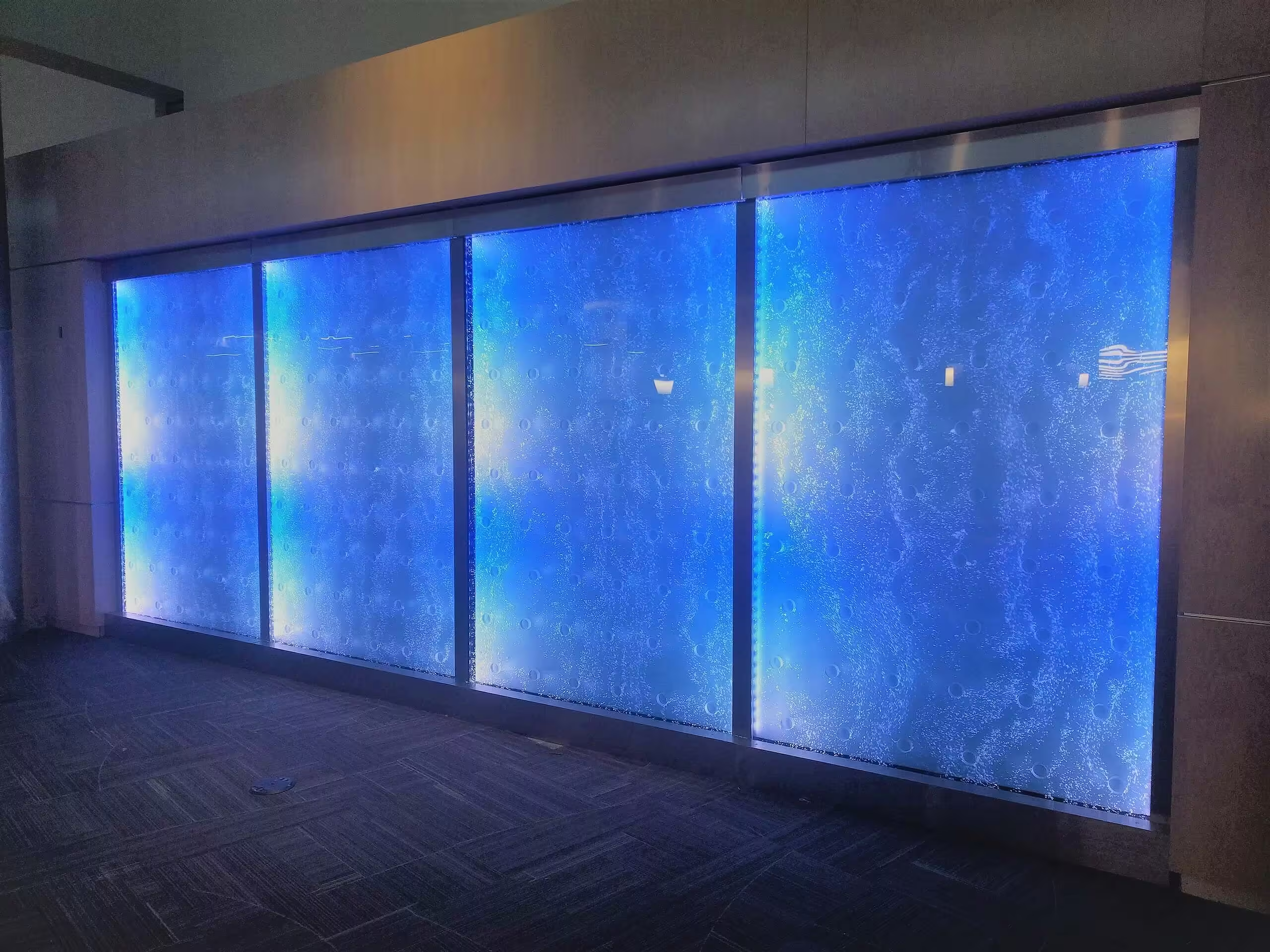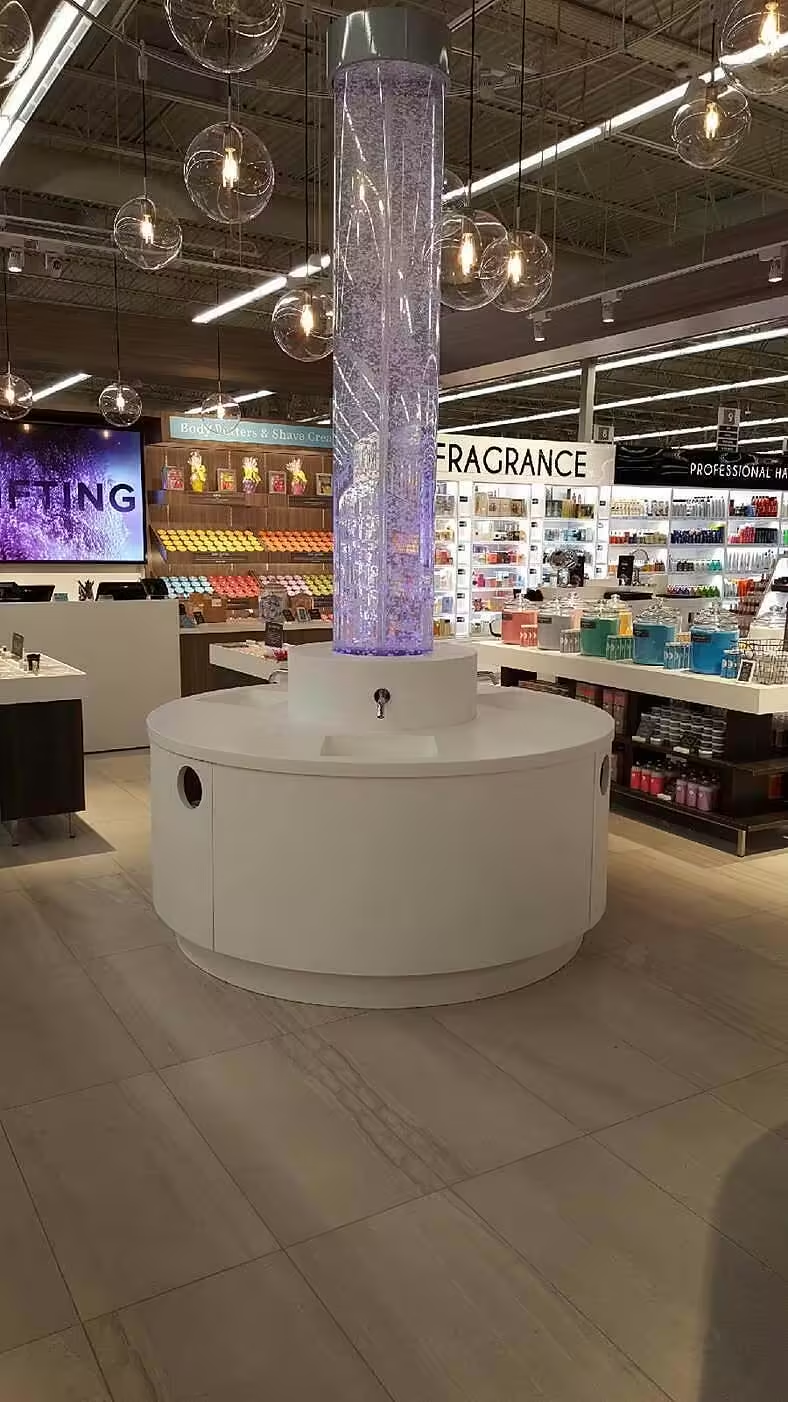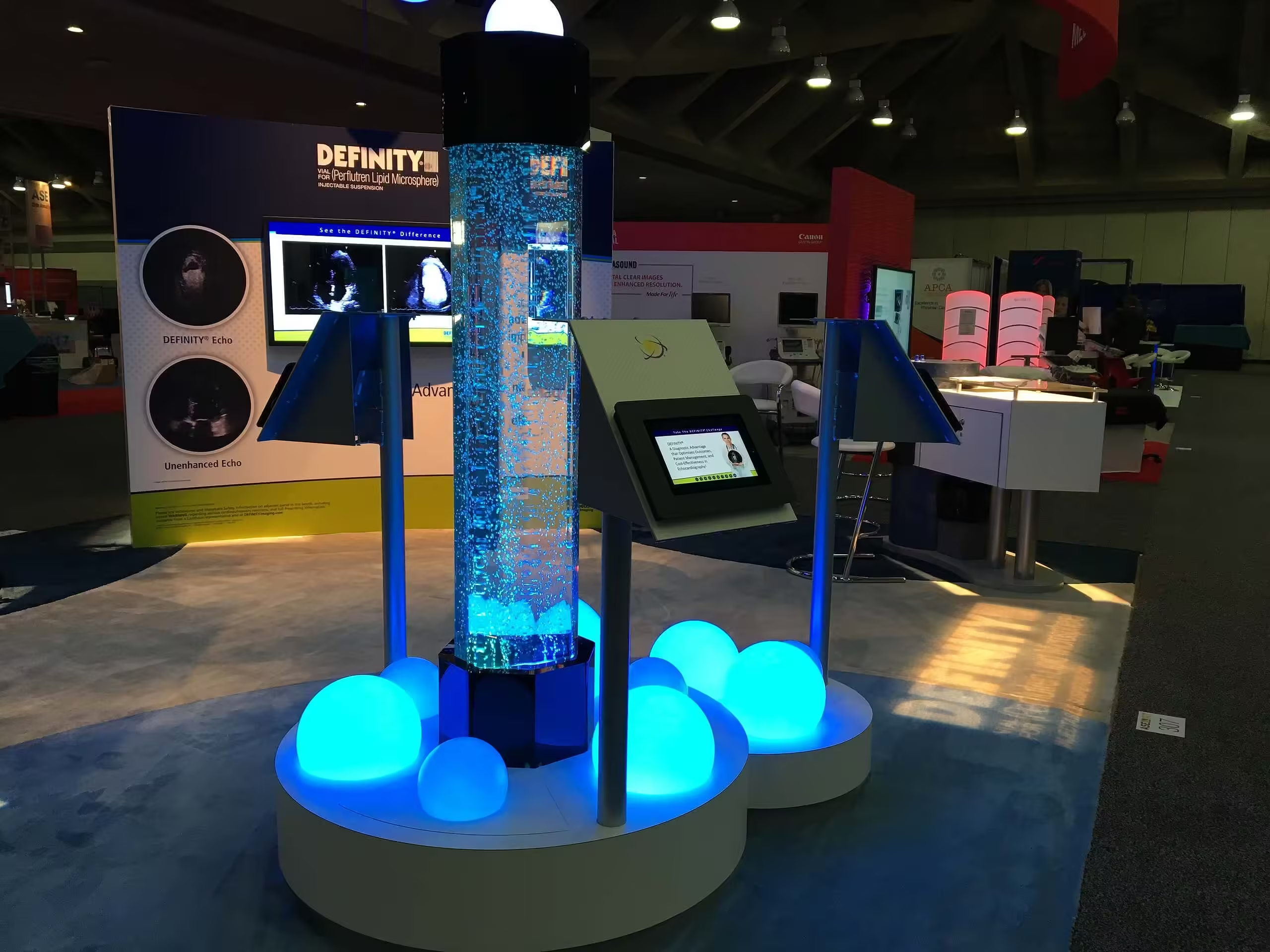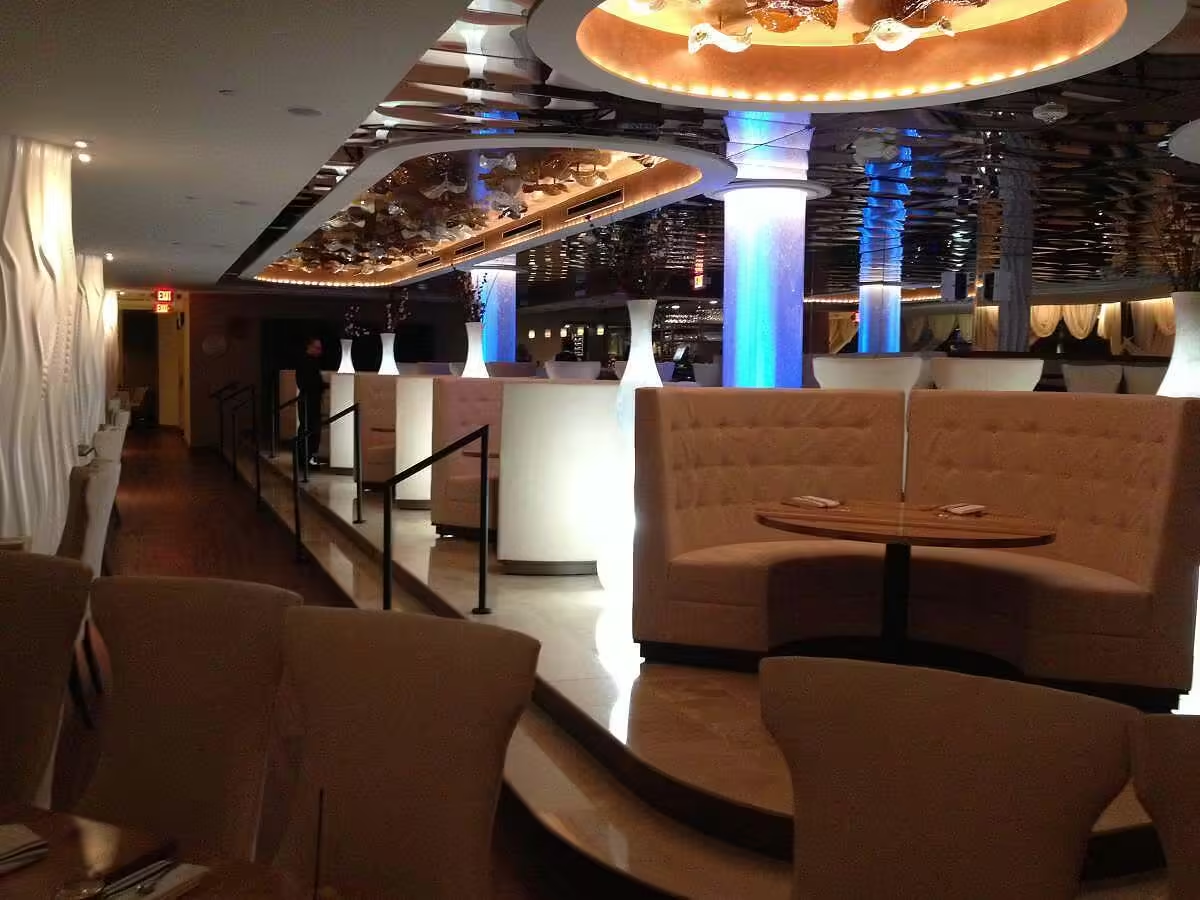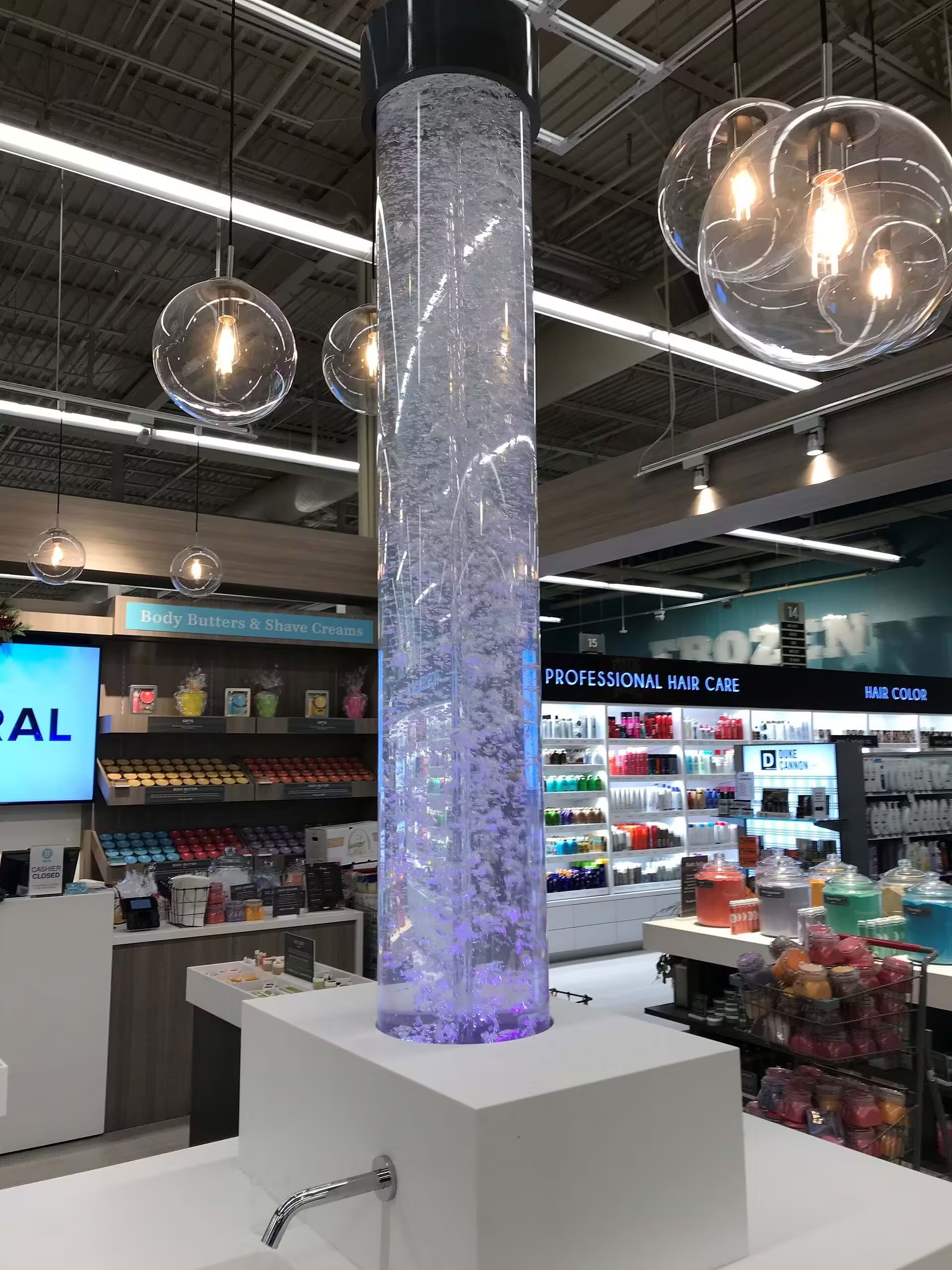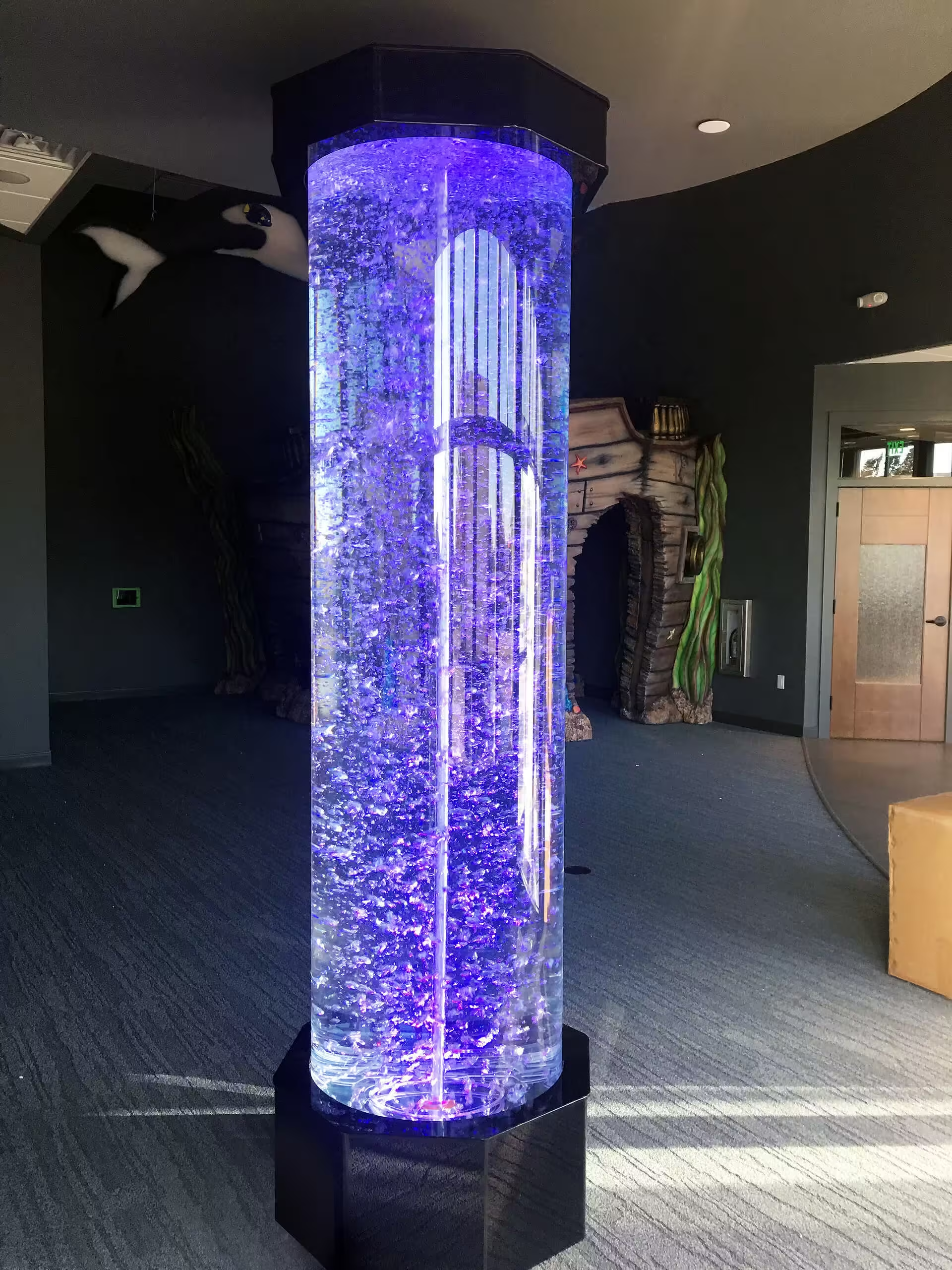Designing a Rain Wall: Tips and Inspiration
Rain Wall and Fountain Design: Complete Table of Contents
- Rain Wall Water Feature Ideas for Your Outdoor Space
- Key Takeaways
- Understanding Rain Wall Water Features
- Inspiring Rain Wall Water Feature Designs
- Maintenance Tips for Rain Wall Water Features
- Selecting the Right Location for Your Rain Wall
- Integrating Lighting With Rain Wall Features
- Enhancing Your Landscape With Complementary Features
- Conclusion
Rain Wall Water Feature Ideas for Your Outdoor Space
Rain wall water features bring a refreshing twist to outdoor spaces by combining art and function. The post covers creative design ideas, practical maintenance tips, and advice on selecting the ideal location for these features. Readers obtain actionable suggestions to tackle common design challenges and update their patios or gardens. The content offers clear strategies to incorporate rain wall water features that elevate outdoor living.
Key Takeaways
- Rain wall water features combine modern design with soothing water sounds
- Durable materials such as wood, stainless steel, and copper ensure long-lasting installations
- Energy-efficient pump and lighting systems create visually appealing and functional water displays
- Thoughtful placement and plant integration enhance overall outdoor ambiance
- Regular maintenance and proper cleaning preserve performance and prolong design lifespan
Understanding Rain Wall Water Features

Rain wall water features combine modern design with soothing water sounds from a rainfall wall setup. Various styles offer a sculptural look and utilize durable materials. Custom decals can reinforce a brand’s image while wind effects add a natural twist, making the installation both visually appealing and functional.
Definition of Rain Wall Water Features
A rain wall water feature stands as an artistic installation that channels water along a vertical surface, producing a calming sound and a refined visual appeal. The feature incorporates materials such as wood, stainless steel, and copper, meeting rigorous standards during manufacturing.
Design experts appreciate the rain wall water feature for its sleek lines and operational simplicity in outdoor environments. The integration of wood accents with stainless steel frames and copper details results in a design that withstands the test of time through skilled manufacturing.
The installation of a rain wall water feature provides a strategic enhancement to outdoor settings, offering a steady water flow that reduces ambient noise. Manufacturers focus on precision during production to ensure that the wood, stainless steel, and copper elements effectively combine into a cohesive and resilient design.
Key Benefits of Incorporating Rain Walls in Outdoor Spaces
Rain walls provide a unique way to improve the ambiance of outdoor spaces through the serene sound of flowing water. The integrated pump systems support a steady cascade that mimics a natural fountain, offering an attractive focal point that leverages energy efficiently and reduces excessive evaporation. This design choice allows property owners to enjoy a striking water installation without the common challenges associated with other outdoor water features.
The use of durable materials and advanced pump technology ensures that the water displays are reliable and maintenance-friendly. A flashing cascade effect, created by the continuous, well-regulated flow, adds a dynamic visual element that complements modern design aesthetics. Experts note that such features bring balance, as they deliver pleasing sound and sight while optimizing energy usage during the extended operation.
Incorporating a rain wall into outdoor areas offers both visual intrigue and practical benefits. Enhanced water flow management helps counter potential evaporation losses, preserving the overall water quality in the feature. The installation of a well-designed pump system ensures that every drop contributes to a consistent and engaging fountain-like performance, meeting the expectations of durable and efficient outdoor design.
Different Styles of Rain Wall Fountains
Rain wall fountains offer various design approaches, with some models featuring robust metal frameworks that provide a modern look while ensuring durability. Designers often favor metal for its strength and sleek finish in outdoor applications.
Some installations incorporate adjustable nozzles to control water flow, ensuring consistent performance and optimal pressure for a steady cascade. The integration of precision nozzle systems contributes to the overall efficiency and appeal of the water feature.
State-of-the-art lighting is a common addition in modern rain wallfountain designs, accentuating the clean lines and sophisticated structure after dark. Experts also focus on materials that resist mold formation, which helps maintain a pristine appearance and smooth operation over time.
Ideal Materials for Rain Wall Construction
Material selection remains critical in rain wall construction for outdoor water features, and designers often rely on high-quality iron to provide strength and durability. Incorporating industrial-grade pipe elements further supports efficient water flow while reflecting a design ethos similar to that seen in sturdy chimney structures in classic building projects. Customers appreciate these robust materials for achieving a balance between functionality and aesthetics.
Expert practitioners emphasize using materials that maintain their performance under varied weather conditions. They utilize components like iron and precisely engineered pipe systems to create installations that resemble familiar, reliable structure elements in contemporary building design. Customer feedback often highlights the appeal of these sturdy setups, which combine technical efficiency with refined visual cues reminiscent of a well-crafted chimney.
Practical applications in rain wall water features involve integrating selected building materials that assure longevity and effortless maintenance. Iron components paired with durable pipe assemblies offer a clear solution for regular upkeep while ensuring dynamic water flow, echoing the design simplicity of a chimney. Such thoughtful engineering meets the exacting standards of customers seeking a water feature that enhances outdoor spaces with both beauty and resilience.
The basics stand clear, grounding the reader in how these features function. The next passage offers fresh designs that spark genuine interest and practicality.
Inspiring Rain Wall Water Feature Designs

Modern minimalist rain walls use rainscreen systems, roof cladding, and optimal ventilation. Rustic stone features with stucco finishes suit natural landscapes. Elegant glass rain wall fountains suit contemporary gardens, and DIY rain wall ideas offer budget-friendly outdoor enhancements. Each design approach provides practical insights to boost outdoor space appeal while ensuring reliable performance and lasting style.
Modern Minimalist Rain Wall Features
Modern minimalist rain wall features integrate clean design principles with functionality by incorporating a masonry veneer that provides a sleek, uniform look. The construction process emphasizes efficient drainage to maintain the structure’s integrity over time. This approach results in a water feature that suits contemporary outdoor spaces and supports practical maintenance.
Designers recognize the blend of a green wall element with refined siding materials as a valuable option for outdoor enhancement. This style promotes natural aesthetics while ensuring the construction methods deliver proper drainage to prevent water-related issues. The inclusion of a masonry veneer further refines the overall appearance and functionality of the installation.
Experts in outdoor design emphasize the significance of combining quality construction techniques with durable materials. A well-applied masonry veneer, combined with strategically planned drainage and resilient siding, contributes to an installation that sustains both beauty and performance. This modern minimalist concept addresses common challenges while offering a streamlined and attractive solution for outdoor spaces.
Rustic Stone Rain Walls to Enhance Natural Landscapes
The use of rustic stone in rain wall installations provides a natural look while offering durability in various climates. Designers incorporate waterproofing techniques that rely on gravity to guide water flow and manage capillary action effectively. These methods ensure the installation remains resilient and performs consistently over time.
Engineers often include furring in the construction of stone rain walls to support structural stability and improve water distribution. The stone’s weight, combined with gravity, allows for a steady flow that minimizes seepage and retains the aesthetic appeal. This practical approach meets the challenges of outdoor environments and varying climates.
Practical installations showcase how precise waterproofing and attention to capillary action contribute to an efficient water feature. Professionals observe that enhancing stone surfaces with proper furring techniques leads to reliable drainage and sustained performance. Such strategies address common maintenance concerns and support long-term outdoor design goals.
Elegant Glass Rain Wall Fountains for Contemporary Gardens
Elegant glass rain wall fountains offer a refined aesthetic for contemporary gardens, seamlessly integrating with modern design elements. Their sleek appearance complements a robust wall assembly while maintaining optimal airflow and consistent humidity levels in outdoor settings.
Design professionals recommend using high-quality cement bases to support these installations, ensuring that the building envelope remains structurally sound. The approach facilitates a controlled environment that minimizes moisture issues and enhances overall durability:
- Precision wall assembly techniques for long-lasting performance
- Optimized airflow to regulate humidity around the fountain
- Use of durable cement for a stable building envelope
Experts note that the practical design of elegant glass rain wall fountains ensures ease of installation and low maintenance in varied climates. The combination of refined glass and resilient construction techniques provides a reliable solution for transforming outdoor spaces into sophisticated retreats.
DIY Rain Wall Ideas for Budget-Friendly Outdoor Enhancements
This DIY project for an exterior rain wall illustrates a cost-effective way to create a relaxing rain curtain effect in outdoor spaces. Home designers can incorporate water curtains using everyday materials, making a stylish water display while keeping the project budget-friendly.
By following clear online guides and tutorials that encourage readers to skip to content for detailed steps, interested individuals can build a functional water curtain that enhances their outdoor ambiance. This approach allows the creation of a visually appealing feature without the need for expensive installations.
Practical experiments have shown that a well-planned rain wall can mimic the appearance of industrial-grade water curtains with limited funds. Experts advise focusing on simple yet durable materials to achieve an impressive water curtain that transforms any exterior setting into a peaceful retreat.
Water runs steady over the intricate designs. Clear, measured steps ensure each feature stays true to its form.
Maintenance Tips for Rain Wall Water Features

This section provides practical insights into maintenance tips for rain wall water features. It covers routine cleaning processes for optimal functionality and seasonal practices to extend longevity. The content discusses how water vapor management and interior design considerations support efficient upkeep, ensuring both durability and visual appeal.
Routine Cleaning Processes for Optimal Functionality
Regular cleaning plays a central role in preserving the performance of rain wall water features, as it helps maintain both the visual appeal and operational effectiveness of outdoor installations. This routine maintenance process minimizes debris buildup, ensuring that the water flow remains consistent and the feature continues to operate efficiently.
Technicians suggest a step-by-step approach for cleaning, and a clear schedule can make the process more manageable:
| Step | Action | Frequency |
|---|---|---|
| Inspection | Examine for debris and mineral deposits | Weekly |
| Cleaning | Scrub surfaces and rinse with water | Monthly |
| Maintenance | Check pump and nozzles for buildup | Quarterly |
Expert recommendations also include using safe cleaning agents that do not damage the surface materials of the water feature. Technicians implement these methods to ensure that rain wall water features deliver optimum performance and continue to be a focal point in outdoor spaces.
Seasonal Maintenance Practices for Longevity
Property managers should plan seasonal inspections to address environmental impacts on rain wall water features. Routine evaluations include checking water flow, pump operation, and material integrity to prevent unexpected repairs.
During warmer months, focus remains on cleaning and minor fixes, while colder seasons call for protective measures to prevent freezing damage and prolong the installation’s life:
| Season | Task | Frequency |
|---|---|---|
| Spring | Inspect water flow and clean surfaces | Once per season |
| Summer | Perform routine cleaning and check pump operation | Monthly |
| Fall | Inspect materials and adjust system settings | Once per season |
| Winter | Implement freeze-protection measures | Once per season |
Expert maintenance practices improve overall performance and durability of rain wall water features. Adhering to a seasonal schedule minimizes repair costs while ensuring the installation continues to beautify outdoor spaces effectively.
Practical upkeep ensures your water feature stays strong and clear. Next, a well-chosen spot lets the rain wall perform as it should.
Selecting the Right Location for Your Rain Wall

Careful planning drives every rain wall installation. Key factors such as optimal garden placement and strategic positioning for enhanced privacy and serenity form the focus. The content below outlines essential installation considerations and methods to achieve a tranquil outdoor space with a rain wall water feature, providing practical guidance for making informed decisions.
Factors to Consider for Installation in Your Garden
Planning a rain wall water feature installation in a garden requires careful review of the available space and surrounding environment. Professionals assess the layout to ensure the installation fits harmoniously with existing garden elements and paths. Choosing the correct spot contributes significantly to the overall appeal of the outdoor setting.
Garden conditions, such as soil drainage and sunlight exposure, greatly influence the functionality of a rain wall water feature:
| Factor | Consideration |
|---|---|
| Orientation | Assess natural sunlight and shade patterns |
| Drainage | Evaluate soil absorption and water flow |
| Accessibility | Ensure easy maintenance routes |
| Utilities | Confirm the presence of nearby power sources |
Space planning remains a key element in achieving the best effect for a rain wall water feature in any garden. Experienced designers recommend selecting a location that reduces exposure to harsh weather while maintaining easy access for routine servicing. This strategic planning helps secure long-lasting performance and a pleasant outdoor atmosphere.
Enhancing Privacy and Serenity With Strategic Placement
Strategic placement plays a key role in achieving a rain wall water feature that enhances privacy and serene atmosphere. A well-chosen location allows the installation to act as a barrier and focus for natural sounds, adding to the outdoor space’s overall calm.
Design experts emphasize assessing surrounding elements such as vegetation and architectural features to create a secluded environment. Selecting a spot with natural obstacles contributes to a more intimate setting and helps reduce external distractions:
| Factor | Benefit |
|---|---|
| Vegetation | Provides natural screening and soft background noise |
| Architectural Layout | Creates visual boundaries and enhances focus on the installation |
| Orientation | Optimizes the display by reducing exposure to harsh elements |
Professional designers find that positioning a rain wall water feature to take advantage of existing landscape features results in a setting that offers both comfort and functionality. This deliberate approach helps property managers achieve a harmonious balance between privacy and an engaging outdoor experience.
A well-chosen spot gives strength to the structure. Next, clean lines of light work with water to create a bold effect.
Integrating Lighting With Rain Wall Features

This section reviews top lighting options that emphasize water movement and explains techniques for creating ambiance with color-changing LEDs. The discussion provides practical ideas for outdoor designs, ensuring that rain wall water features offer both visual impact and a refined atmosphere.
Best Lighting Options to Highlight Water Movement
LED lighting systems offer a precise method to accentuate water movement on rain wall features. Experts note that LED options with adjustable brightness and color temperature allow designers to create a dynamic effect that enhances the visual fluidity of the cascading water.
Precision spotlights positioned along the water flow bring focus to subtle movements. Professionals recommend installing these lights at strategic angles to emphasize the refined details of each water stream, ensuring the outdoor space maintains an inviting atmosphere.
Diffuse lighting presents another effective option for highlighting water movement. Designers find that soft light diffusion minimizes harsh contrasts and evenly illuminates the rain wall, resulting in a balanced display that reinforces the feature’s sophistication.
Creating Ambiance With Color-Changing LEDs
Color-changing LED lights offer an efficient method to adjust the mood around a rain wall water feature. Professionals use these LEDs to shift hues and brightness levels, creating a soothing atmosphere that enhances outdoor spaces.
Industry experts highlight that dynamic LED lighting transforms the visual appeal of rain wall installations. The ability to change colors in real time allows for tailored displays that meet different environmental and event needs.
Skilled designers recommend using programmable LED systems for projects involving rain walls to achieve a vibrant yet balanced display. This approach provides a practical solution for creating a striking and adaptable outdoor ambiance.
Clear, strong lights trace every line of the rain wall and bring out its clean, raw beauty. The design now shifts to features that shape and refine the entire landscape, inviting a closer look.
Enhancing Your Landscape With Complementary Features

Pairing rain wall water features with vibrant plant life creates a lush, inviting outdoor space. Incorporating well-designed seating areas offers a practical spot to enjoy soothing water sounds. These insights emphasize functionality and visual appeal, ensuring each element works in harmony to enhance the overall landscape.
Pairing Rain Walls With Plant Life for a Lush Environment
Pairing rain walls with plant life transforms outdoor spaces into vibrant, balanced environments. Strategic integration of greenery softens the sharp lines of water installations while creating a welcoming atmosphere for relaxation and conversation.
Designers often opt for carefully chosen shrubs and groundcover that thrive in local climates, which complements the clean design of rain wall water features. Practical examples show that local plant selections not only improve visual harmony but also assist in managing water flow naturally.
Experts advocate for the use of low-maintenance native species to maximize efficiency and durability in outdoor settings. Field experience confirms that thoughtful placement of vegetation beside rain walls contributes to a lush environment and supports an attractive, well-functioning landscape design.
Incorporating Seating Areas for Enjoying the Sound of Water
Design professionals recommend incorporating comfortable seating near a rain wall water feature to offer a dedicated area for relaxation. Practical layouts position seating to capture both visual appeal and the soothing sound of flowing water, allowing guests to unwind and enjoy the outdoor environment.
Strategic seating arrangements complement the overall landscape by framing the water installation effectively. Experts suggest using durable, weather-resistant furniture that blends with the rain wall’s aesthetic while providing a secure spot to indulge in the calming atmosphere.
Maintenance experts stress the importance of regular checks on seating areas to ensure longevity and comfort in outdoor spaces. Careful planning and selection of quality materials guarantee that these complementary features continue to serve their purpose, offering a tranquil setting that enhances the overall appeal of the property.
Conclusion
Rain wall water feature ideas provide a distinctive way to transform outdoor spaces into inviting and serene retreats. Designers use these installations to blend modern materials with natural water flows and dynamic lighting options that enhance visual appeal and functionality. Maintenance experts recommend precise cleaning and seasonal practices to sustain these features and ensure lasting performance. Property managers and homeowners benefit from a balance of aesthetic elegance and practical durability when they adopt these innovative design solutions.

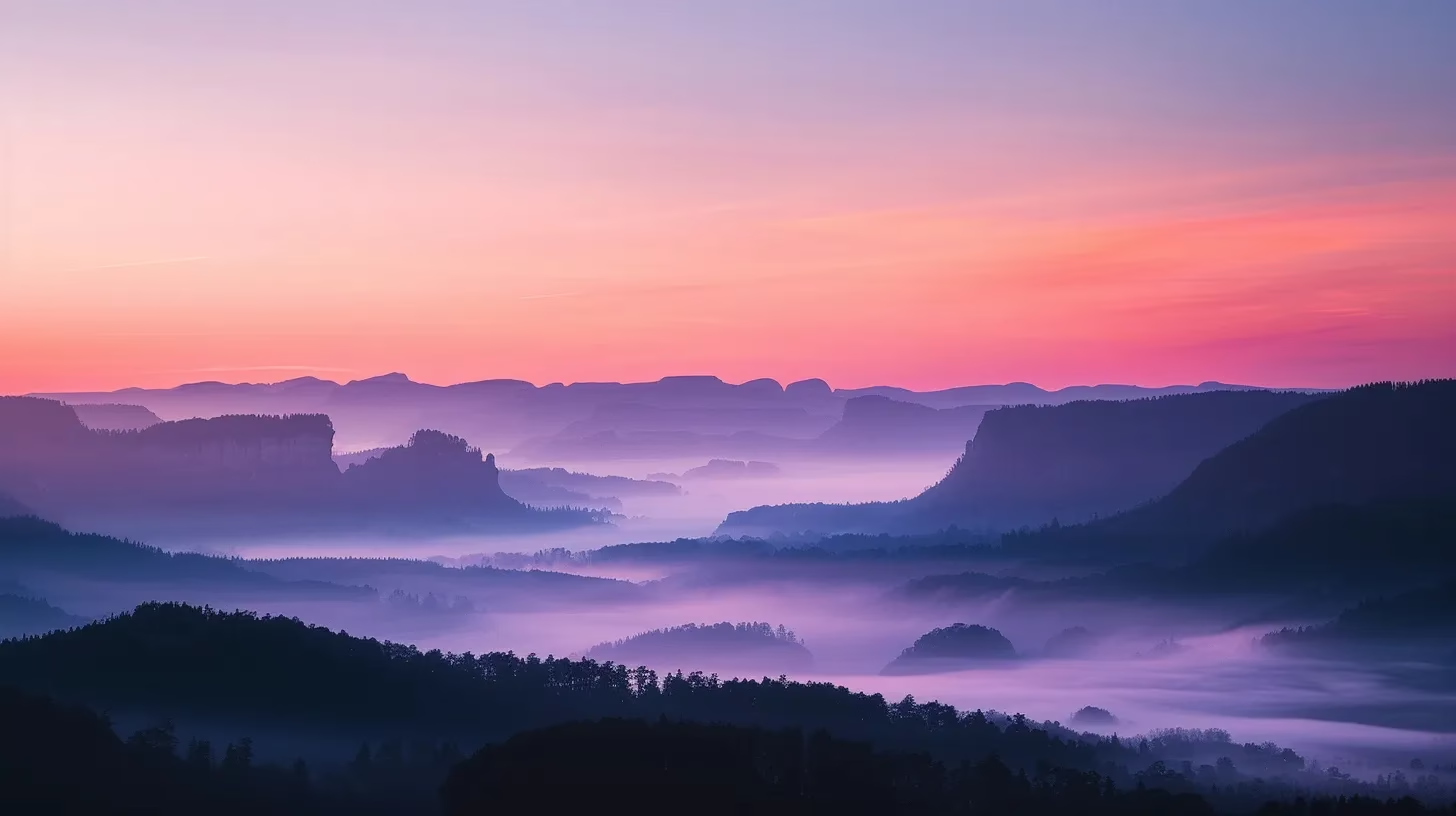

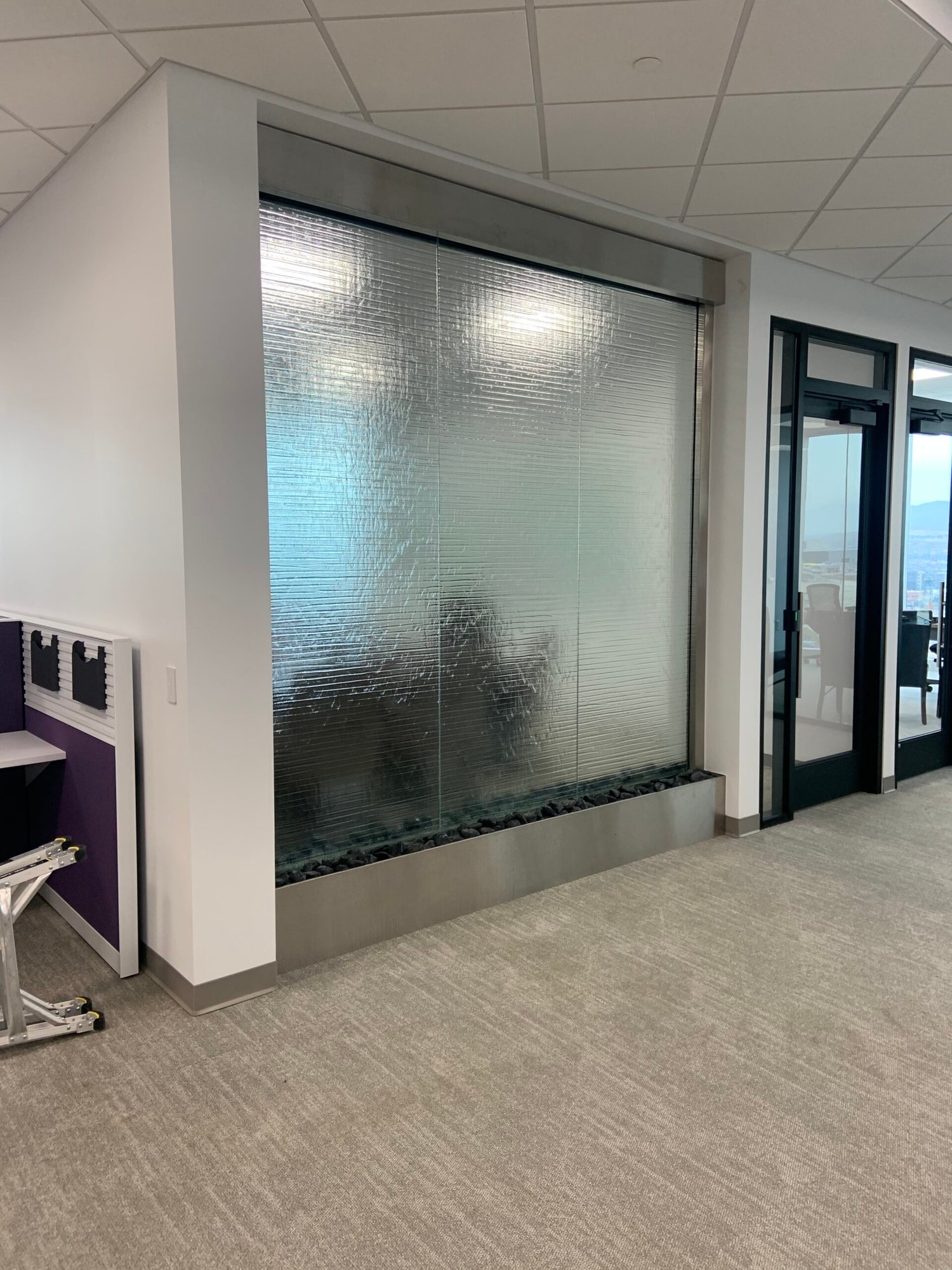
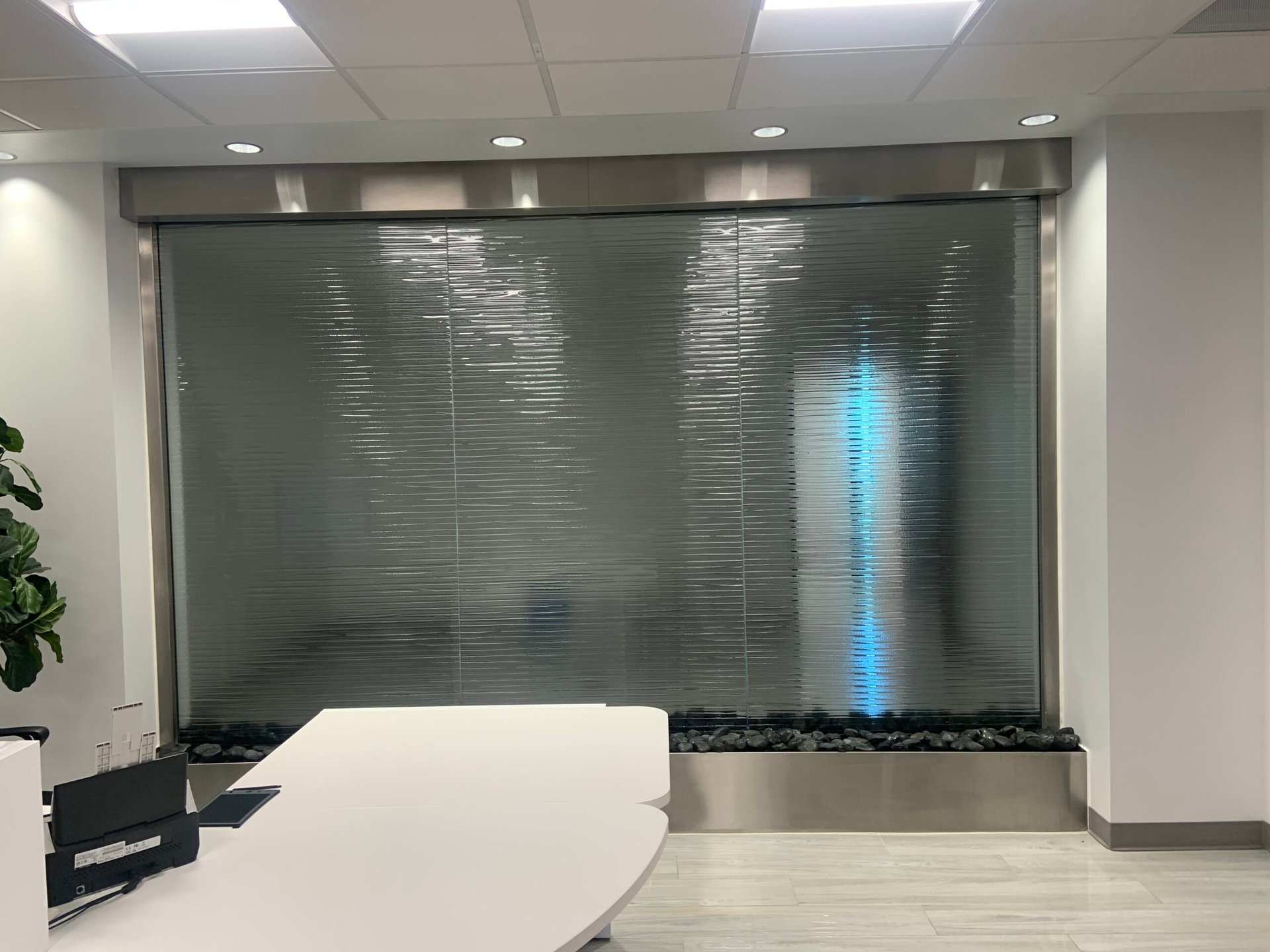
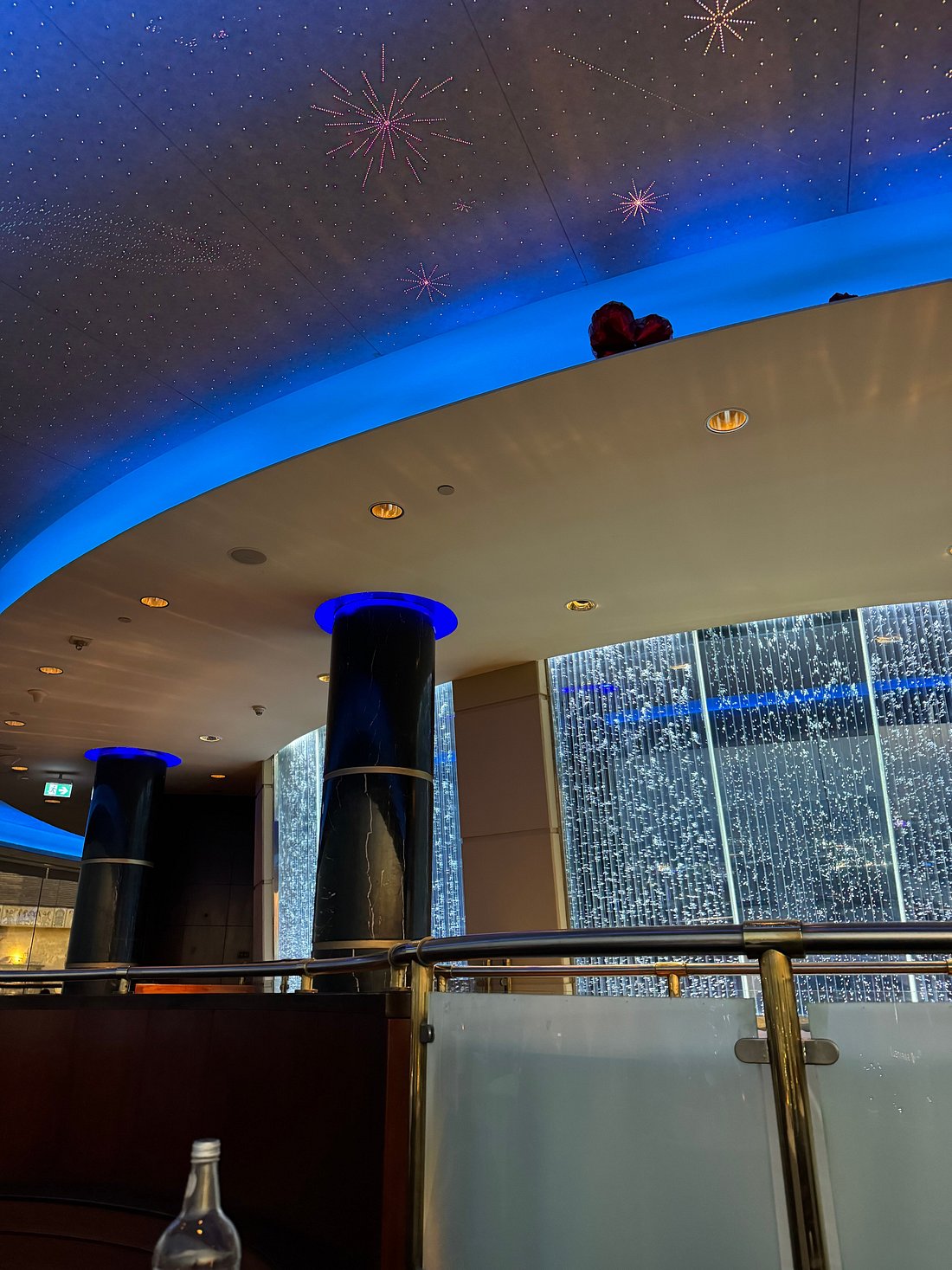

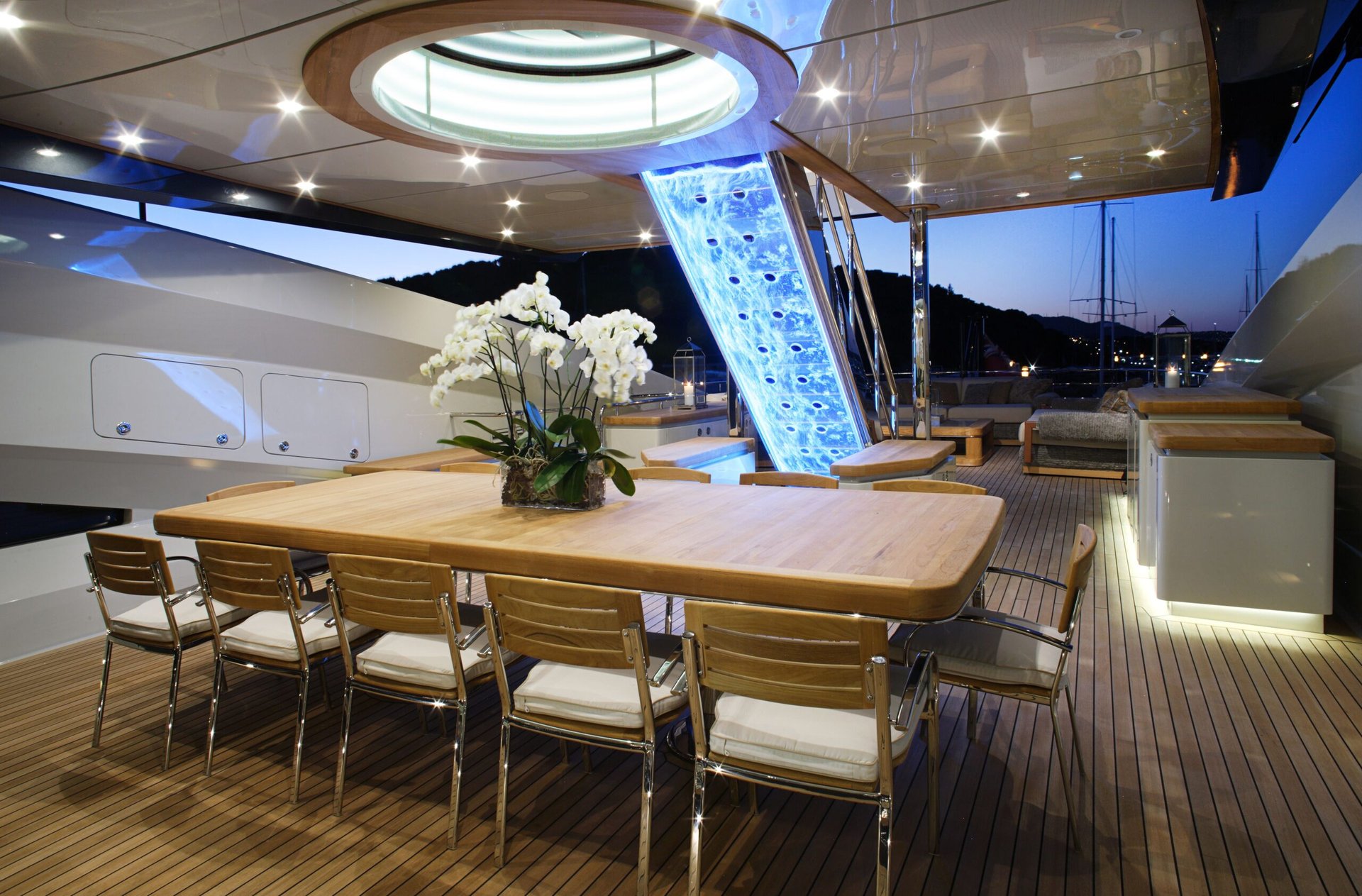

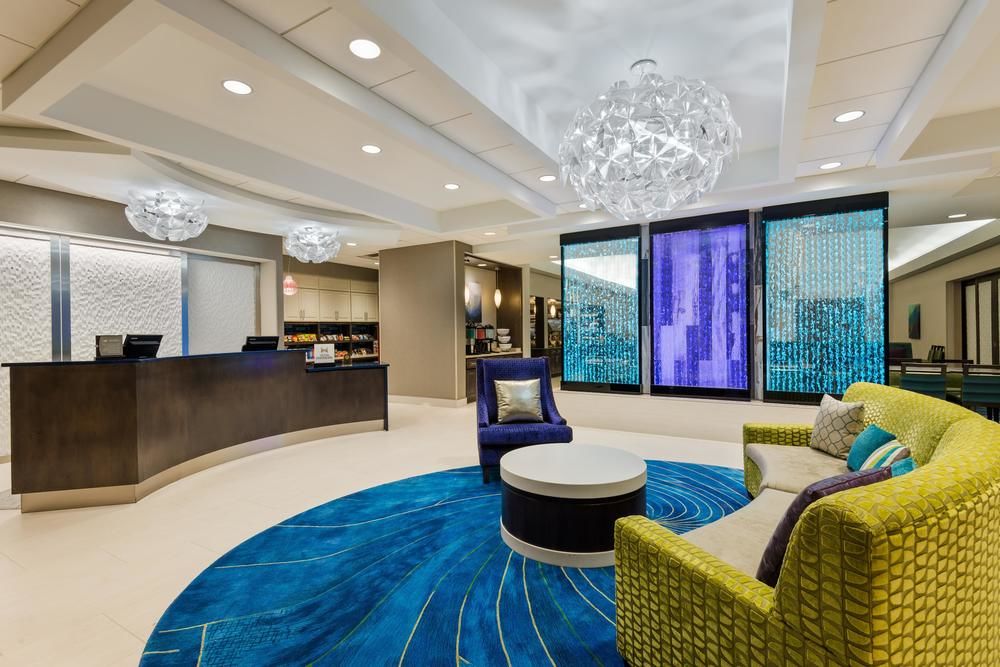
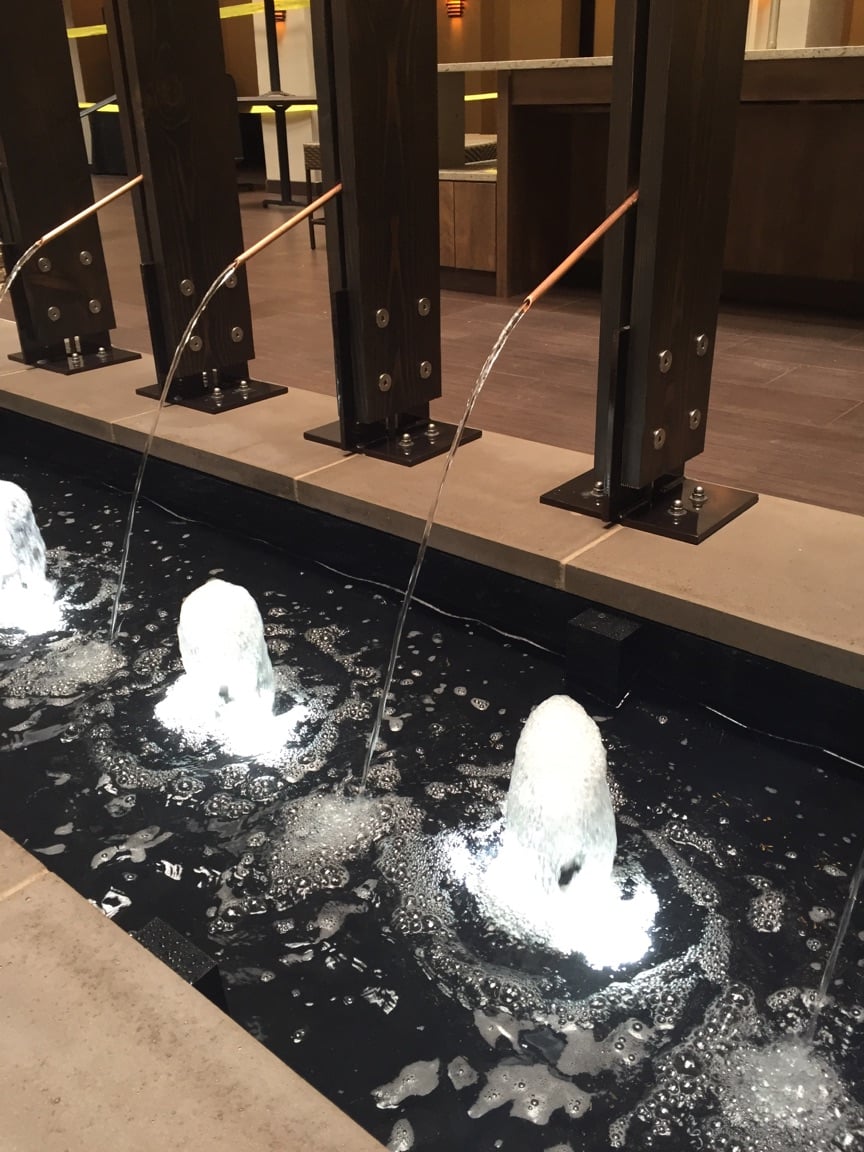
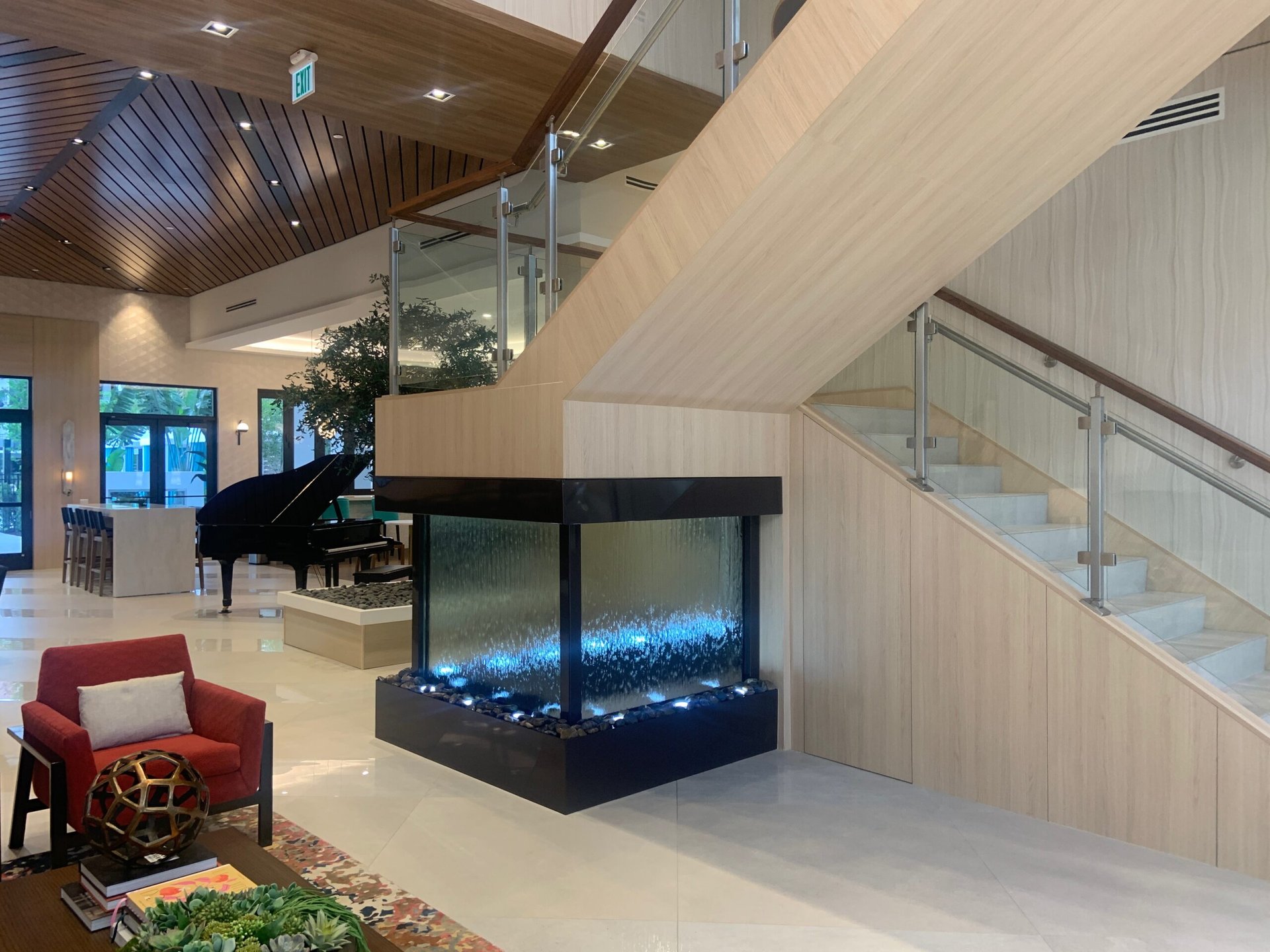
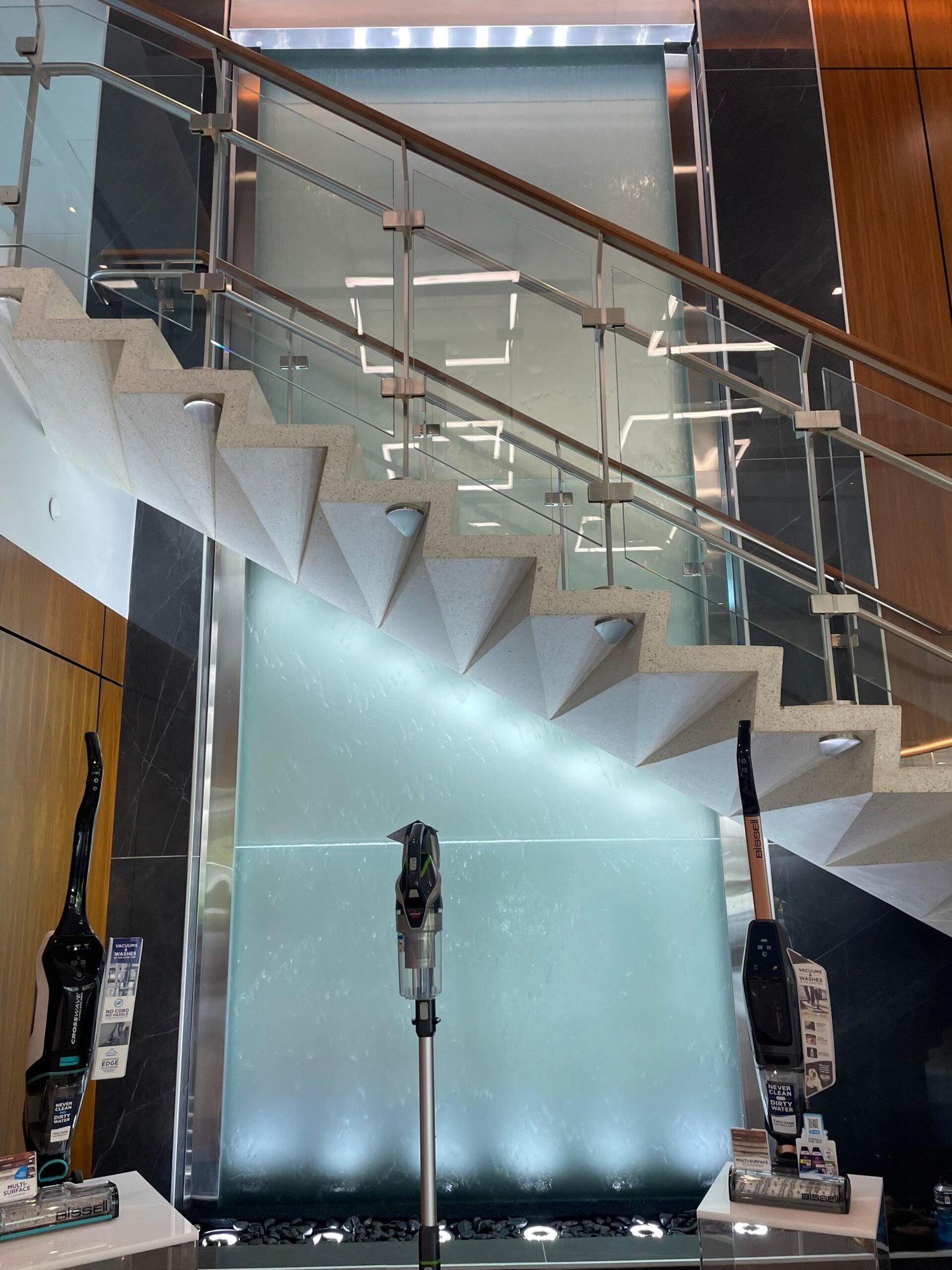


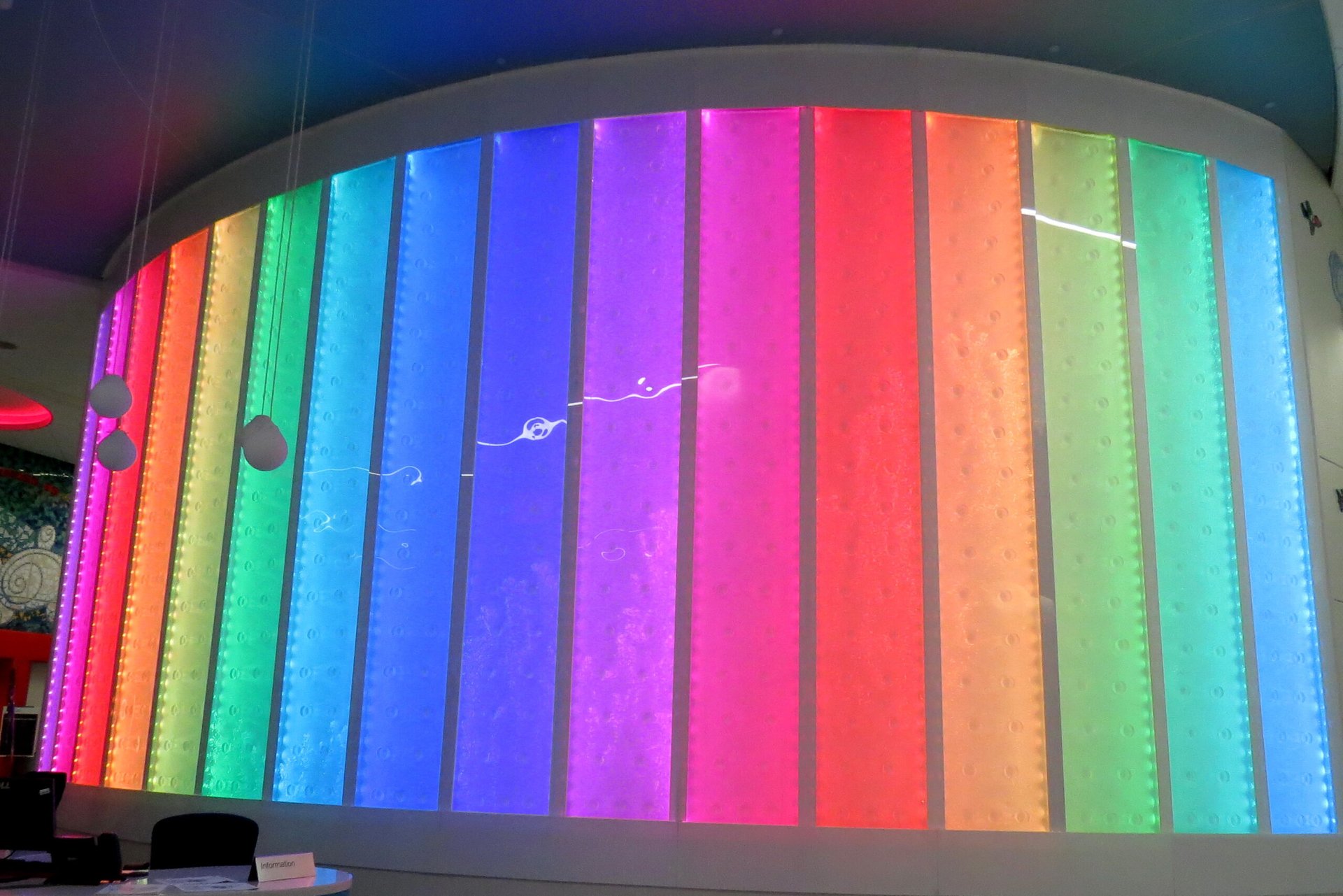
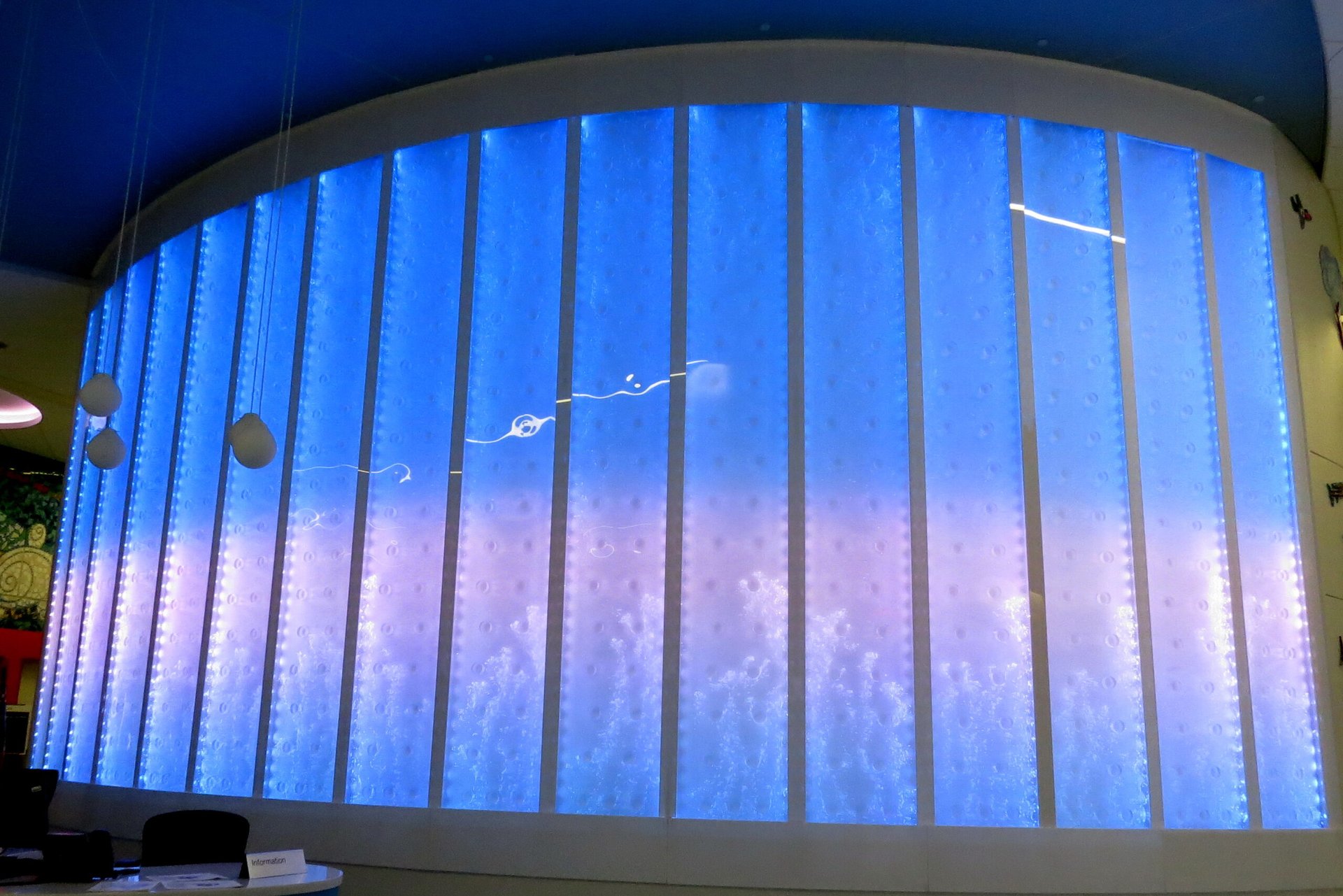
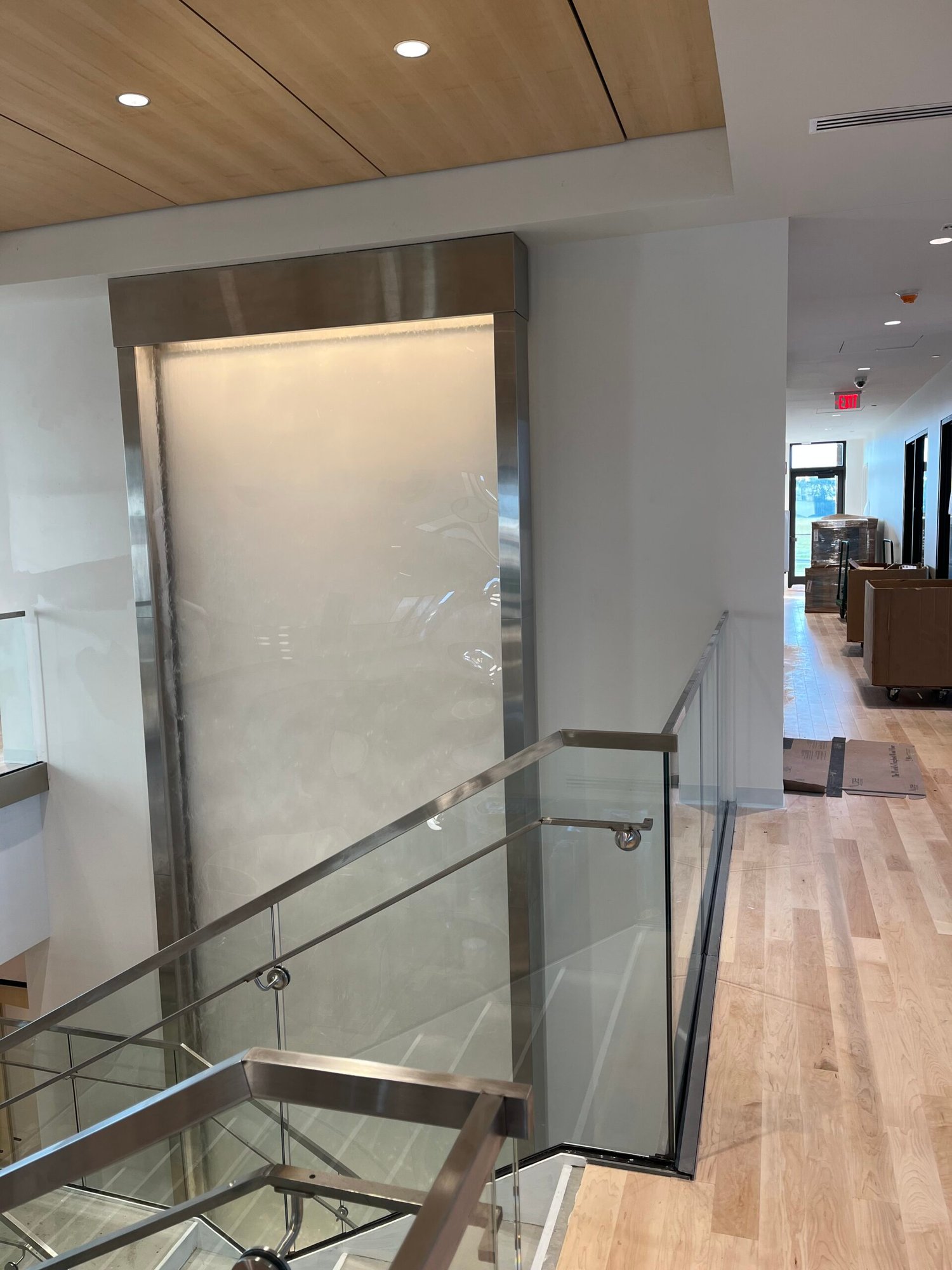
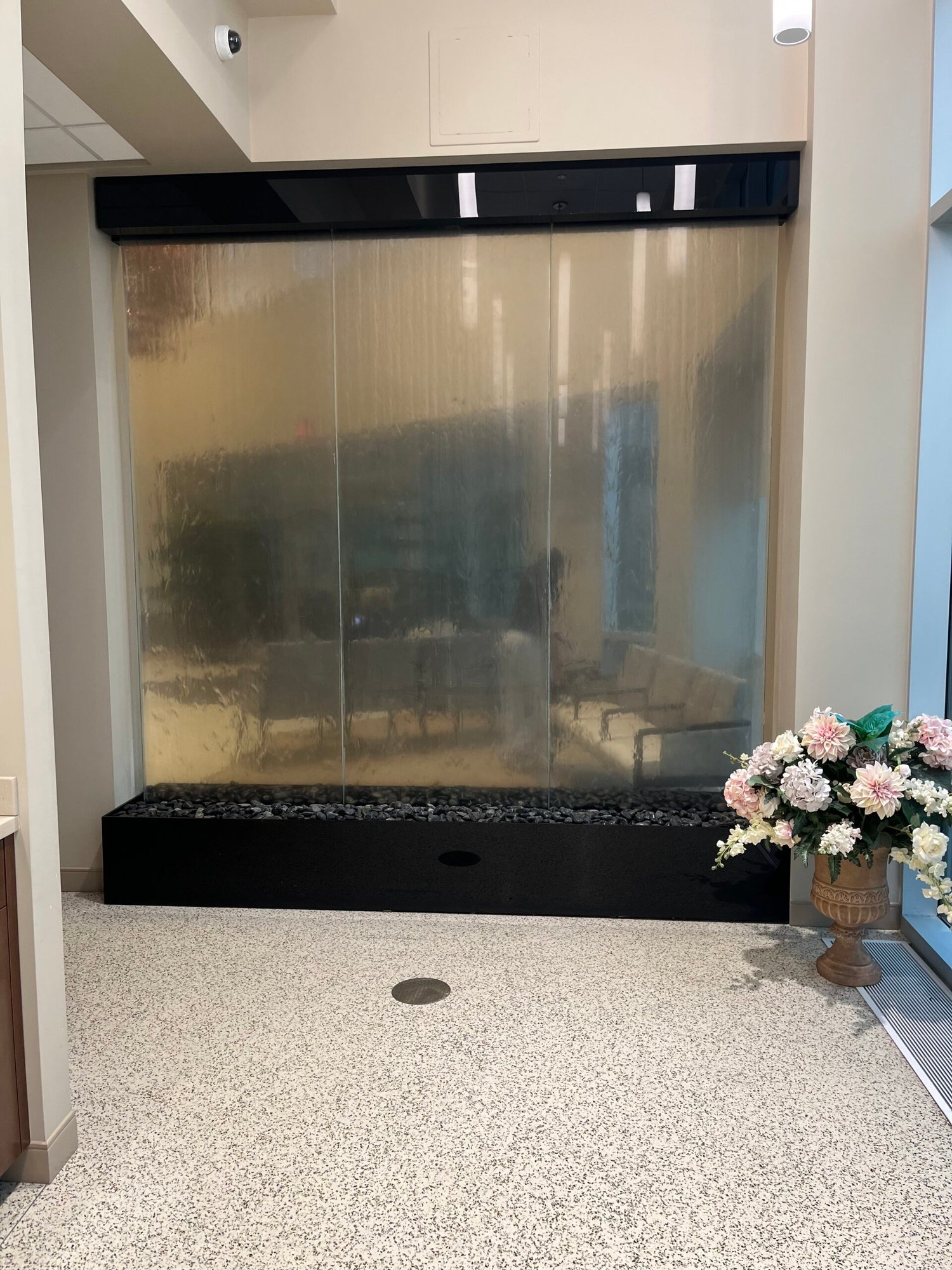
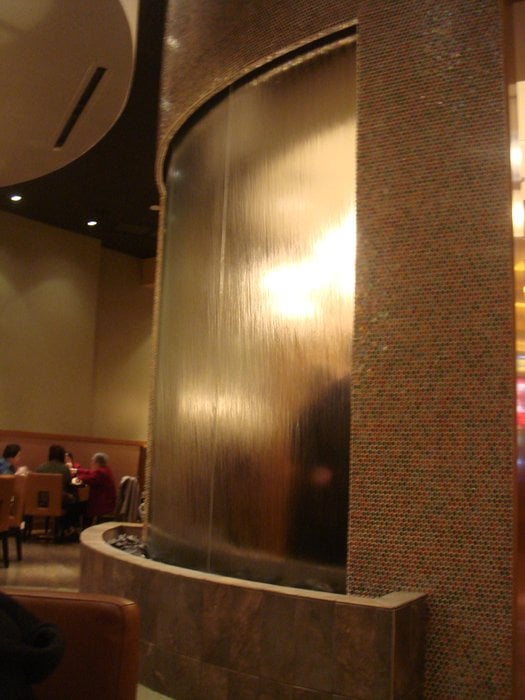

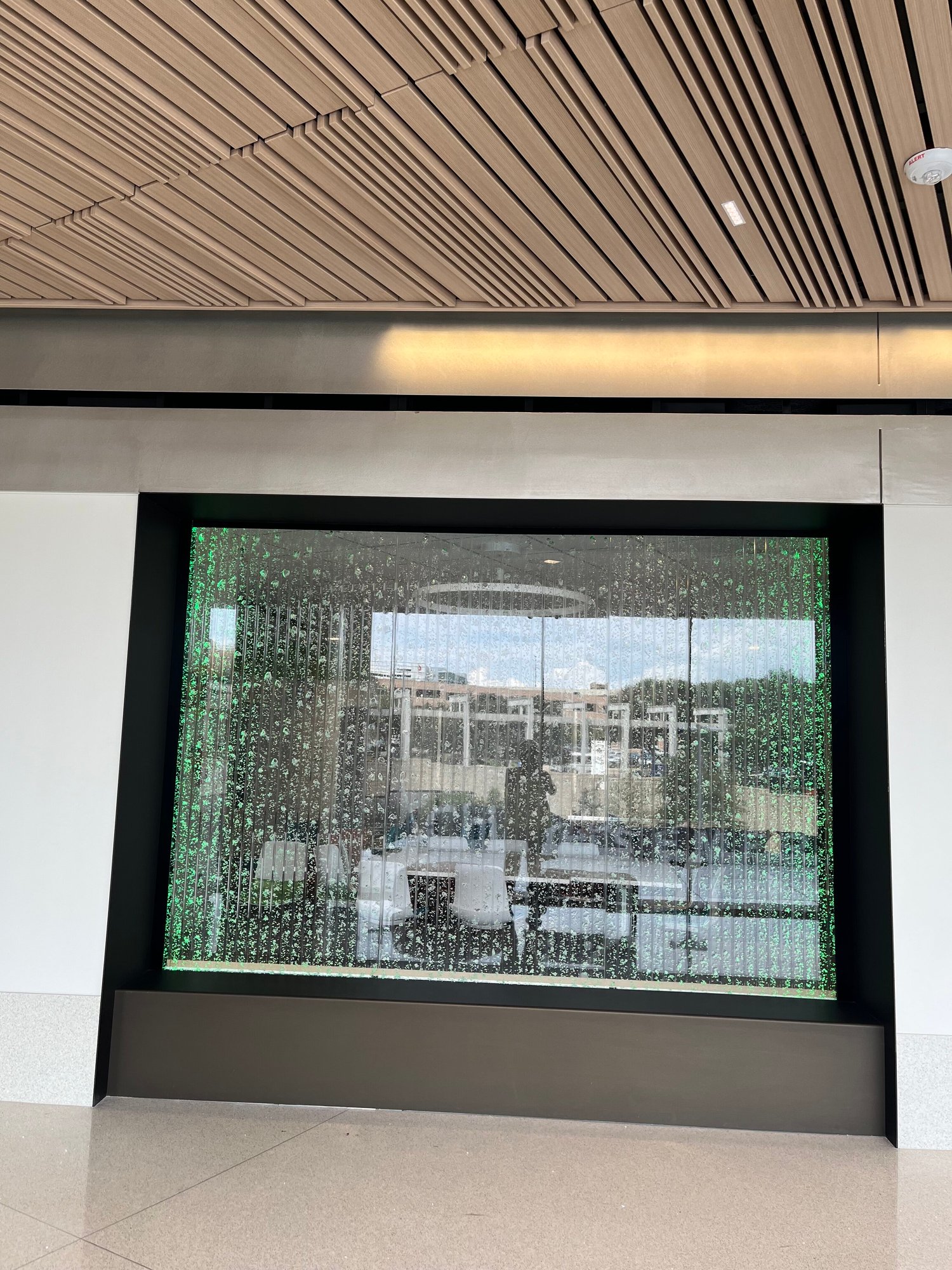
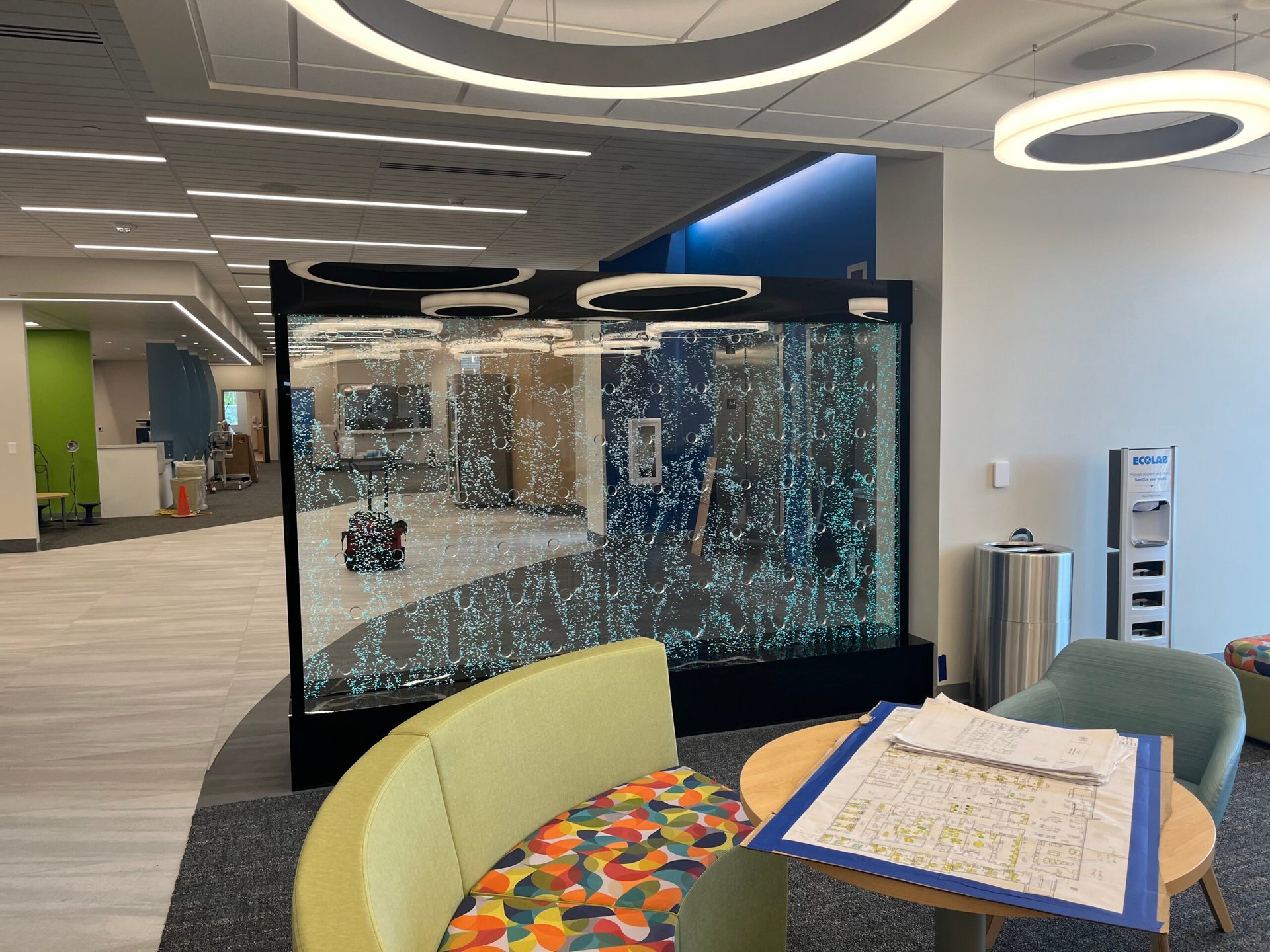
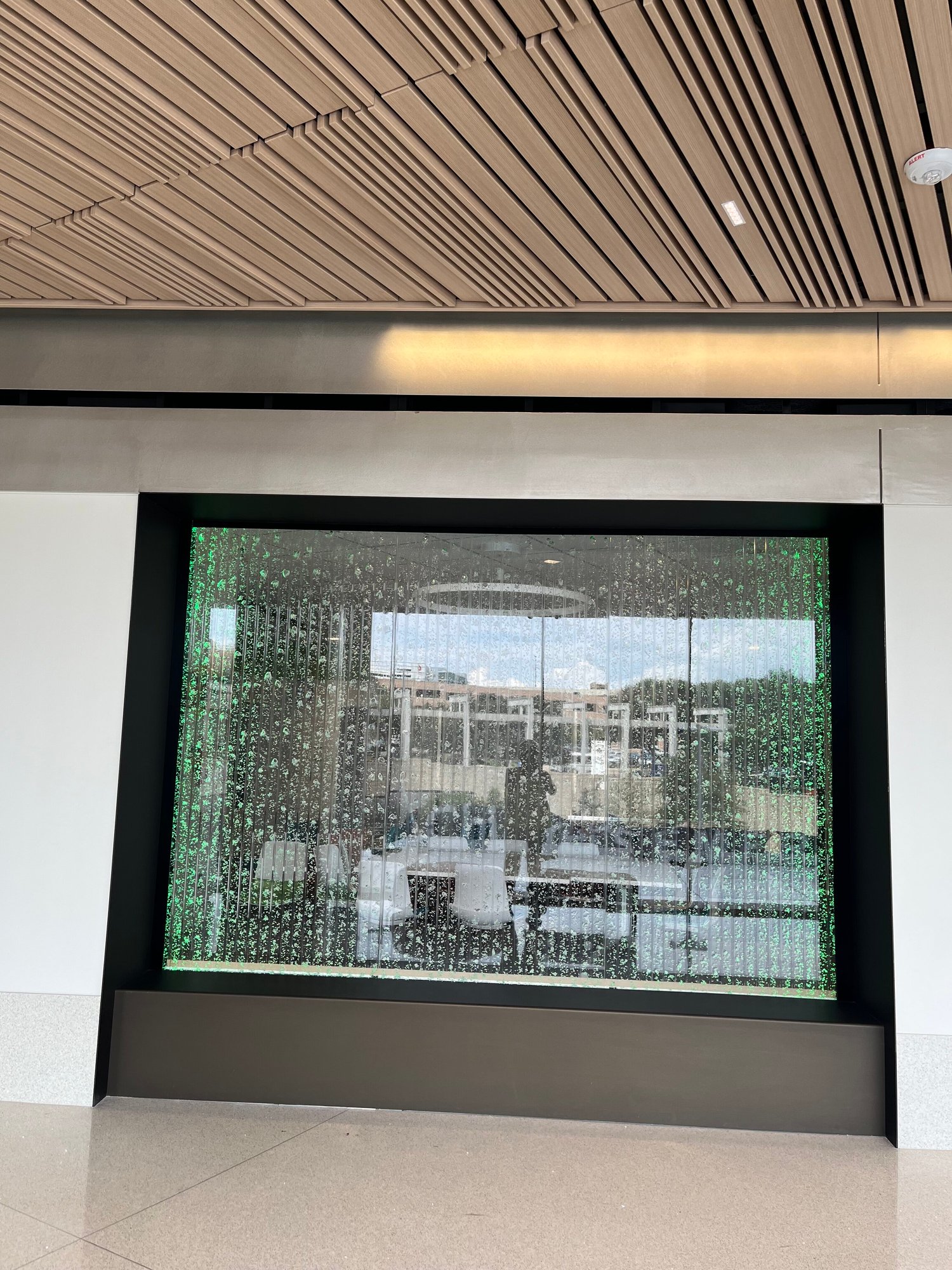
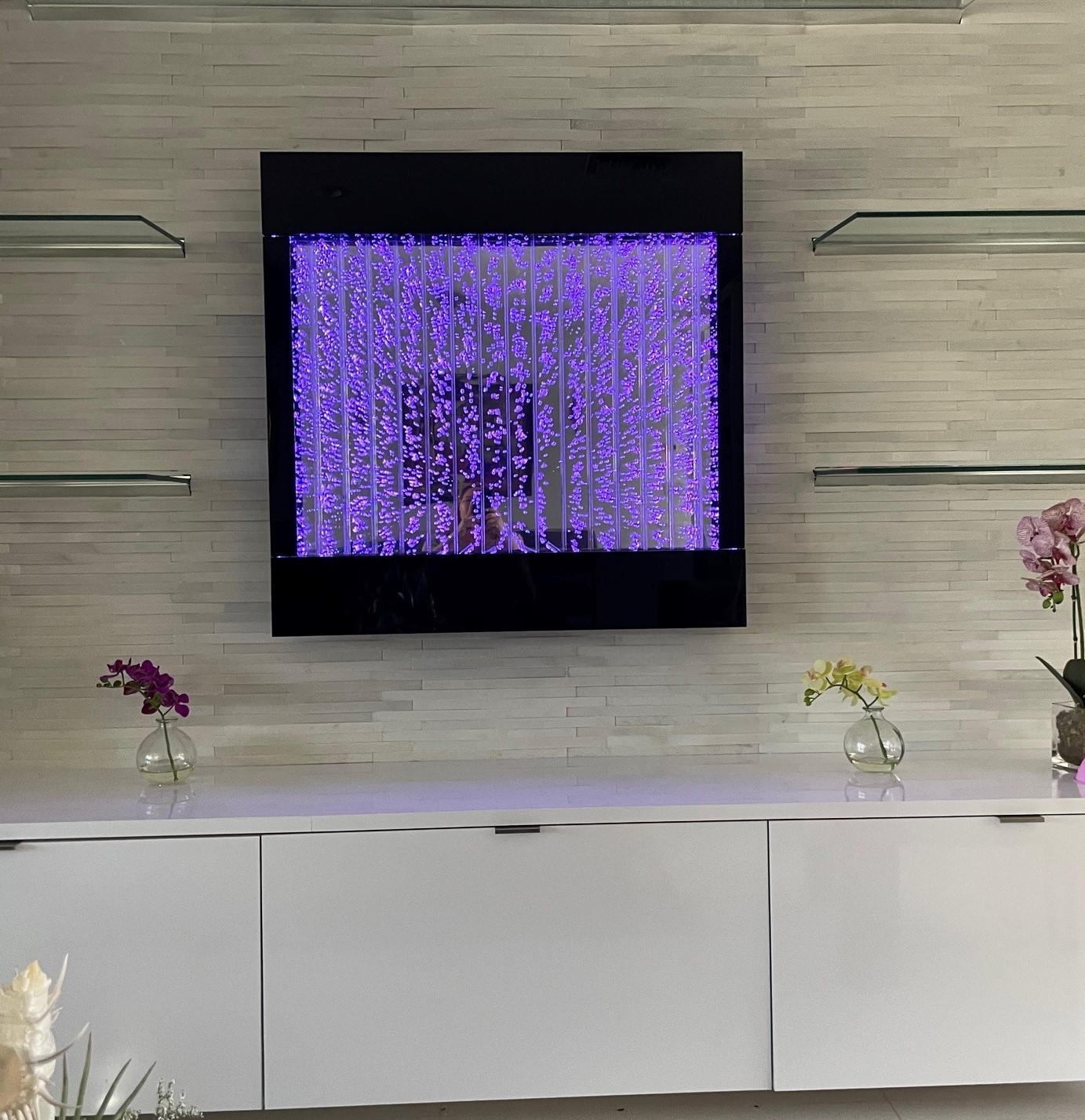
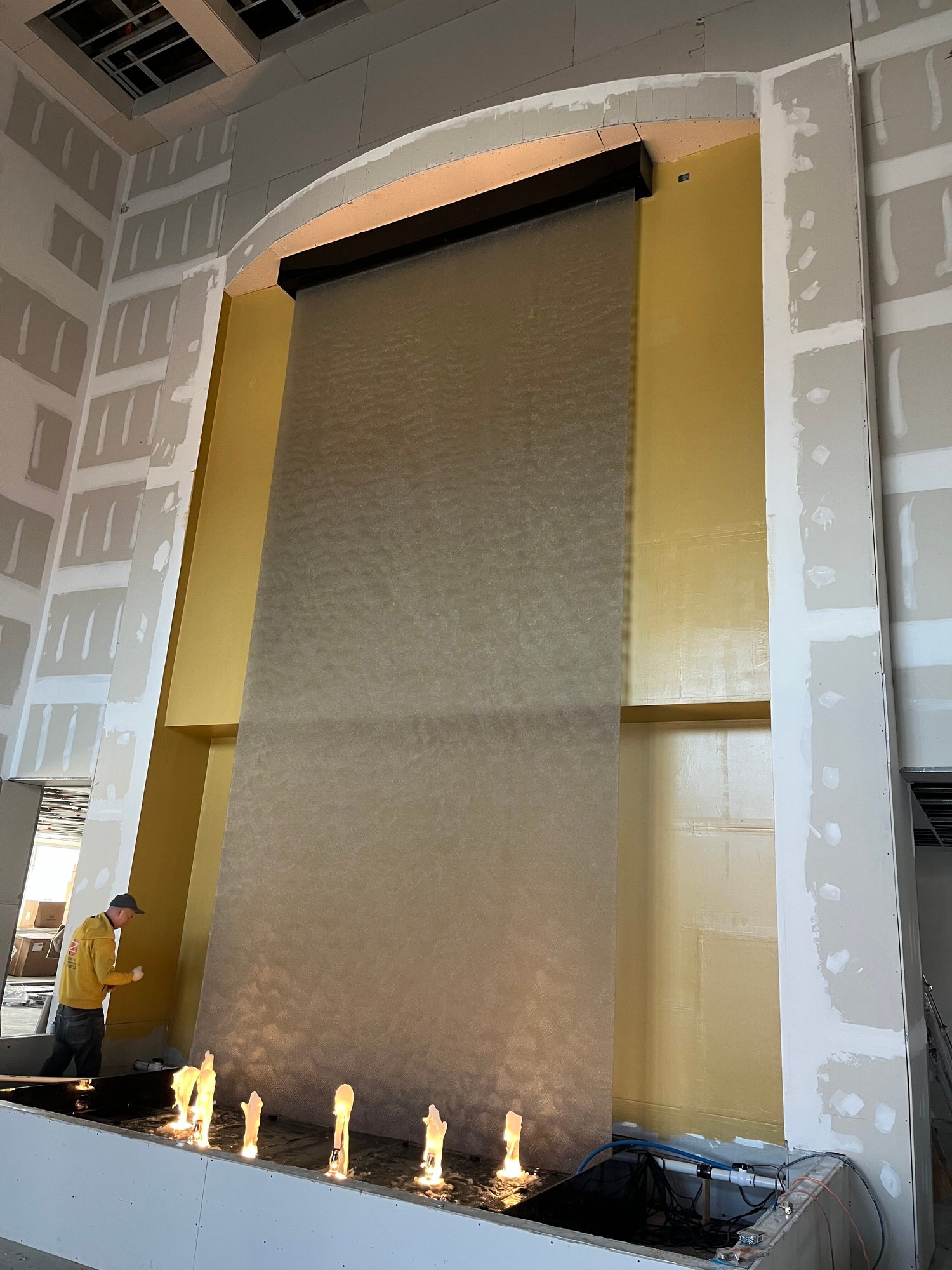
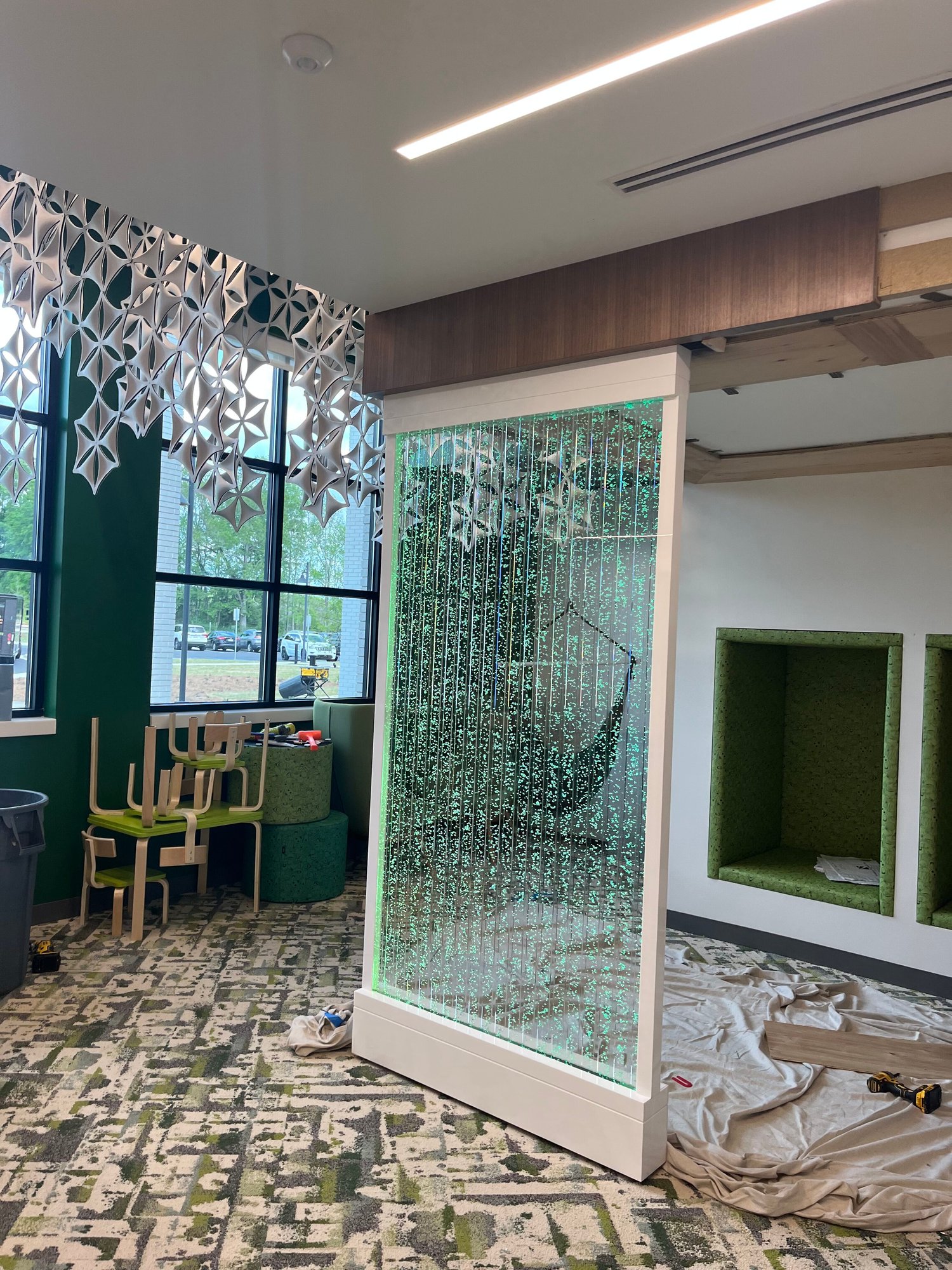
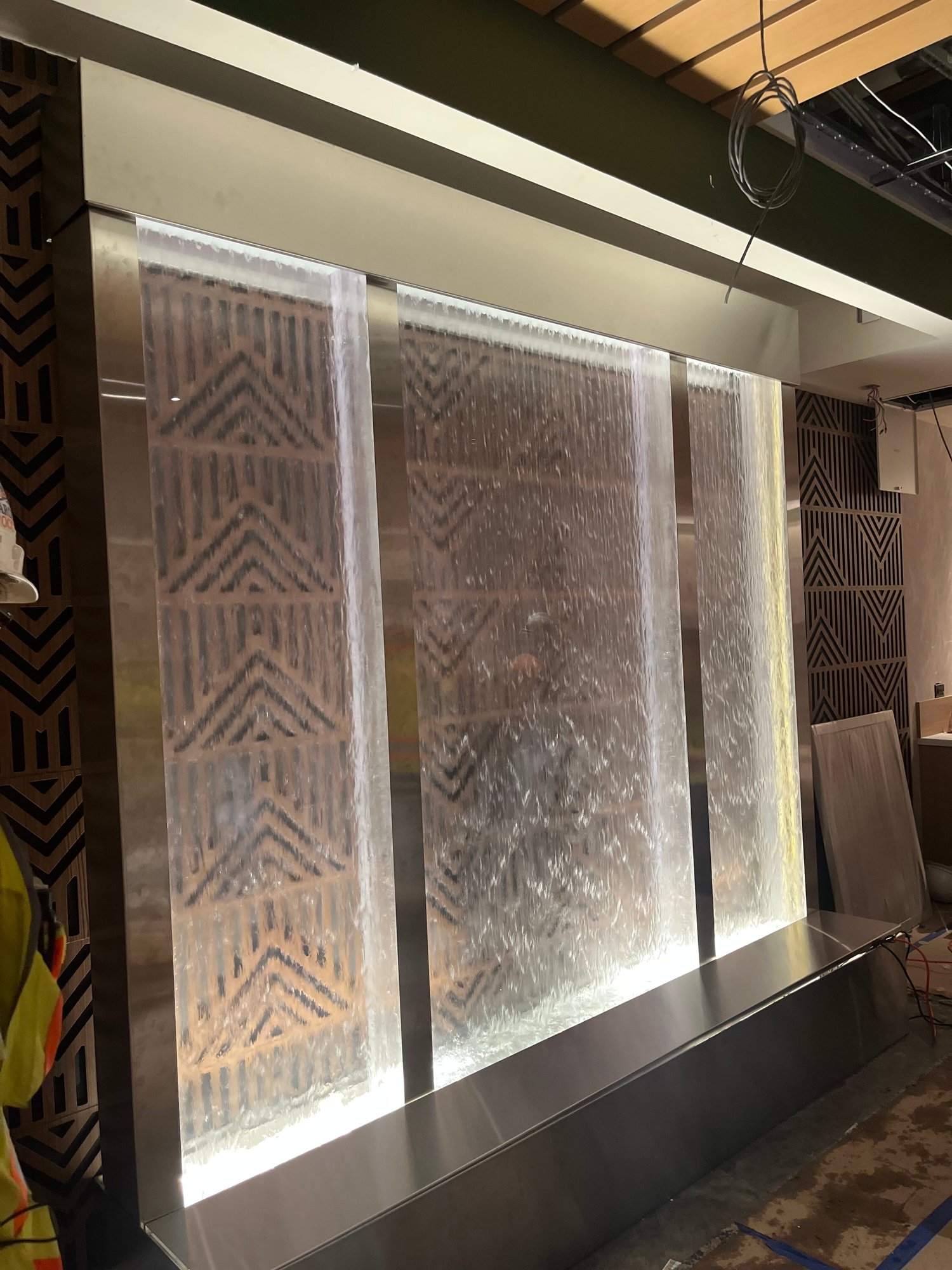

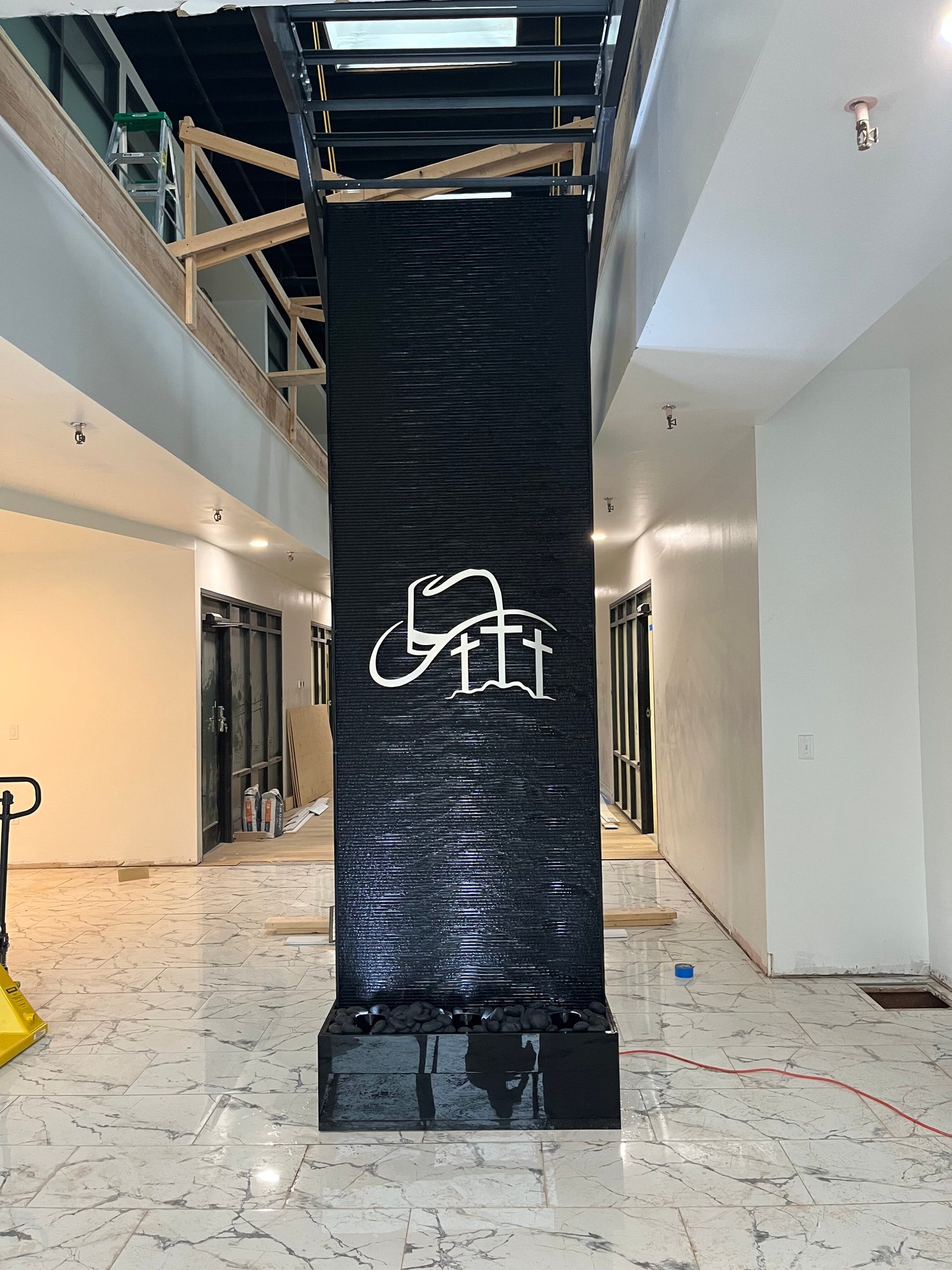
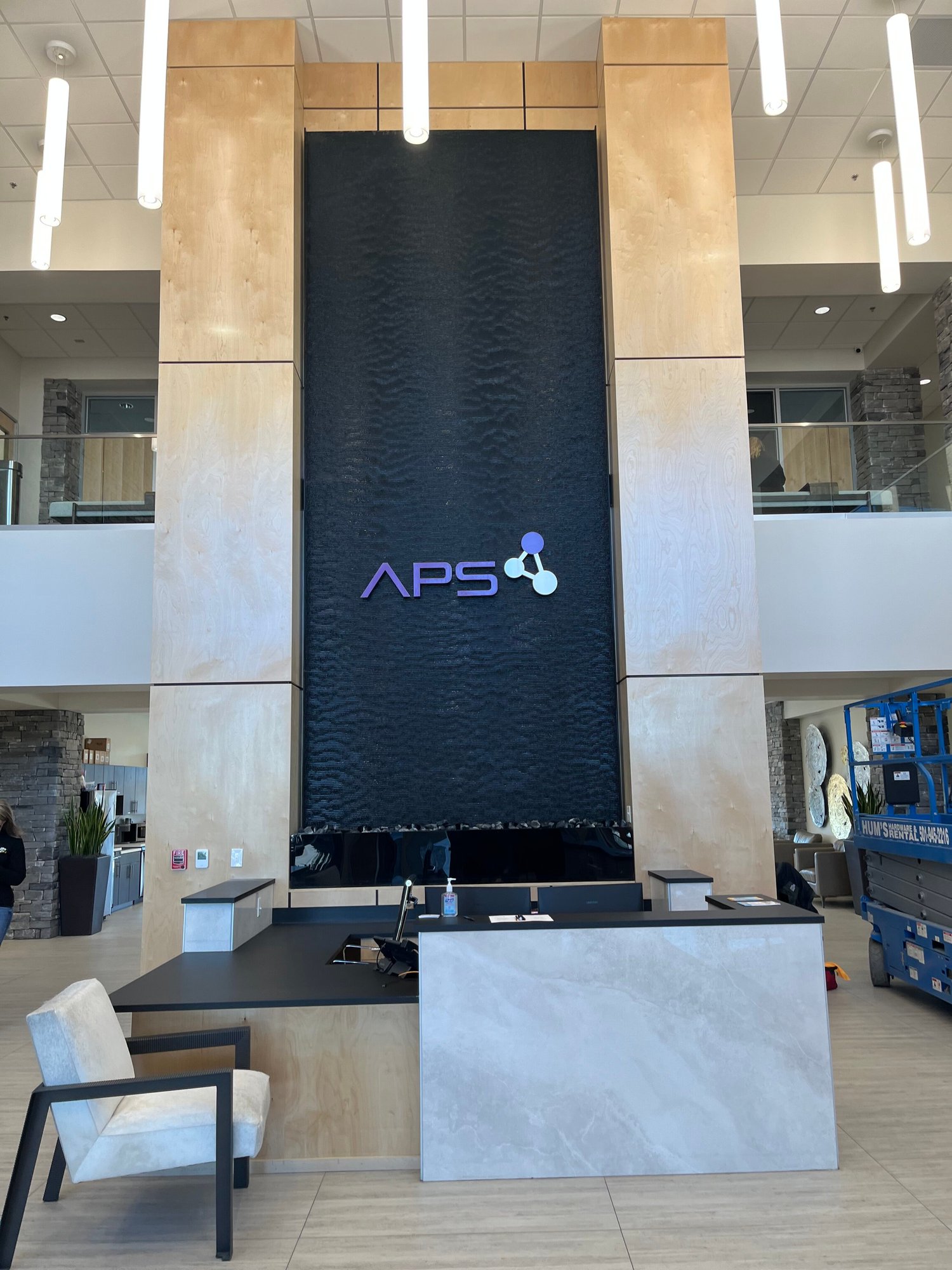
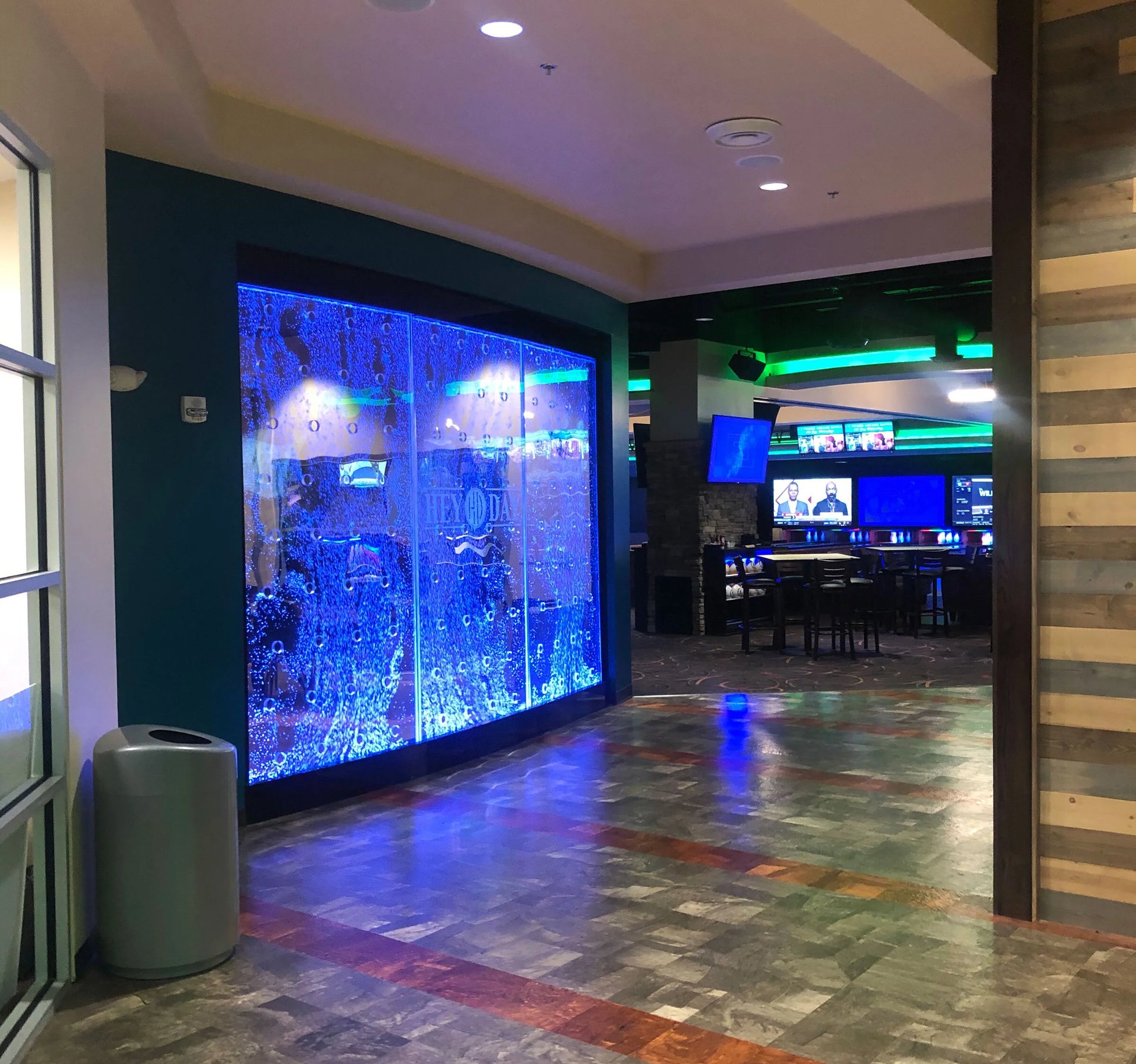
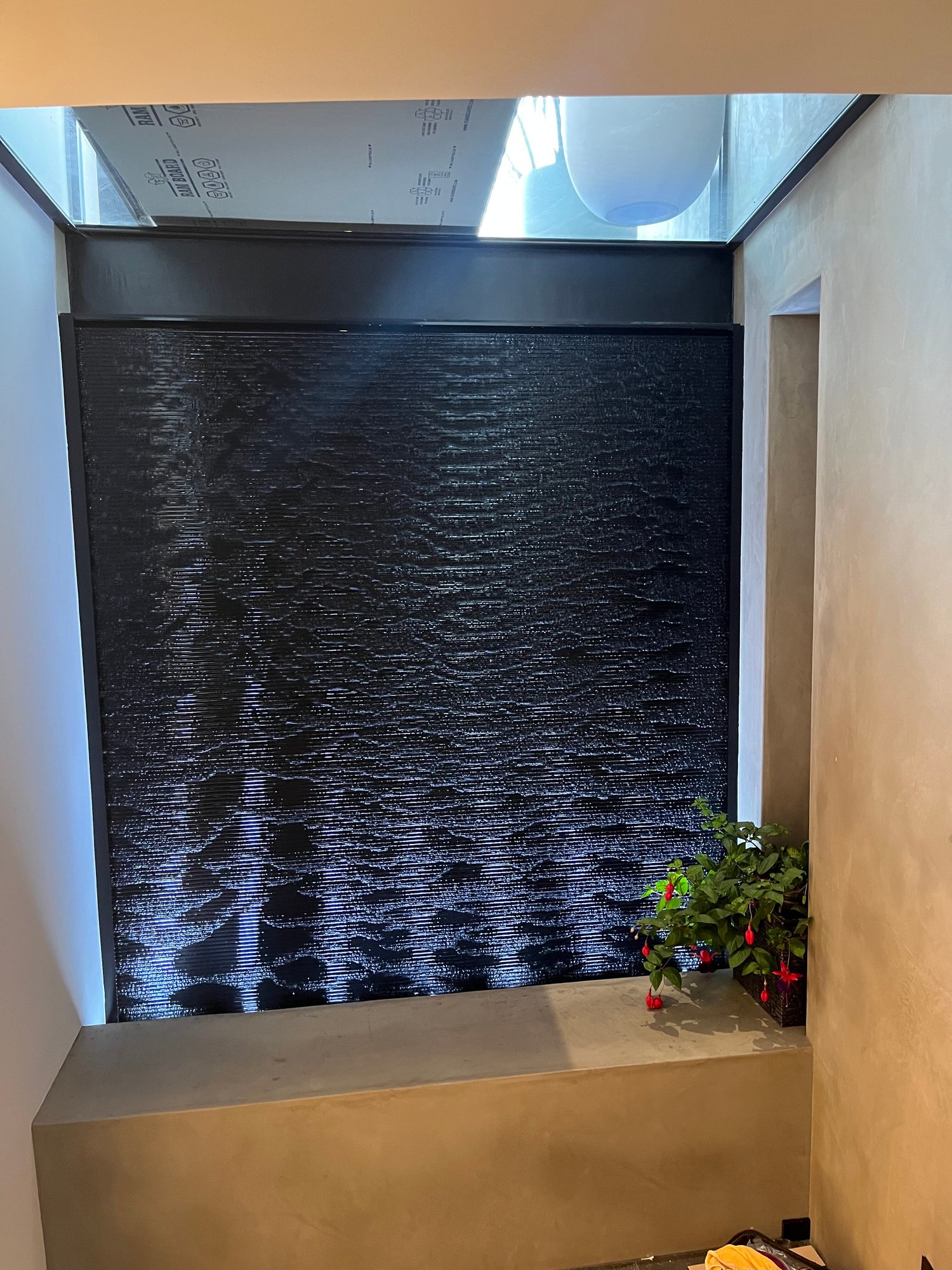

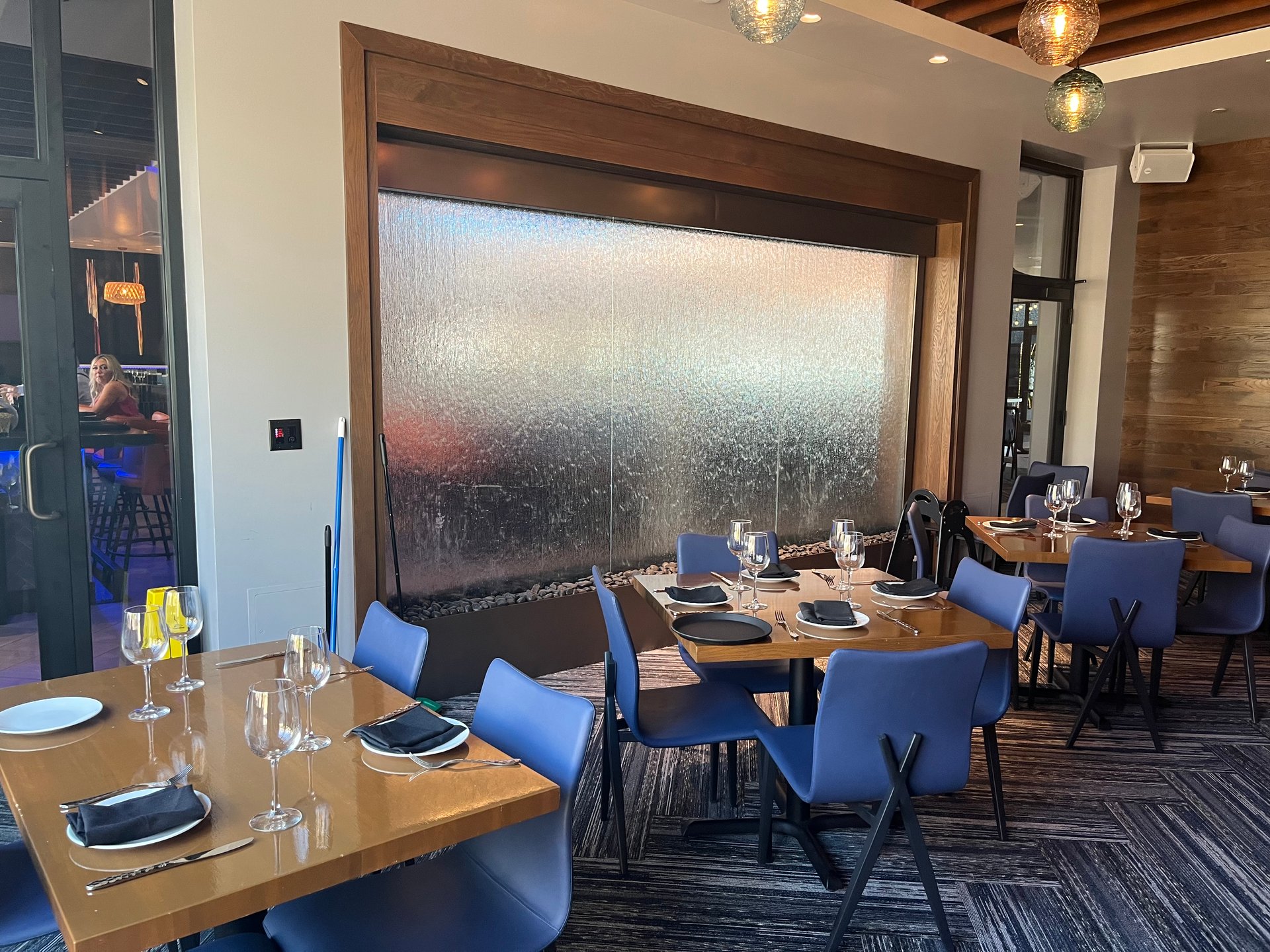
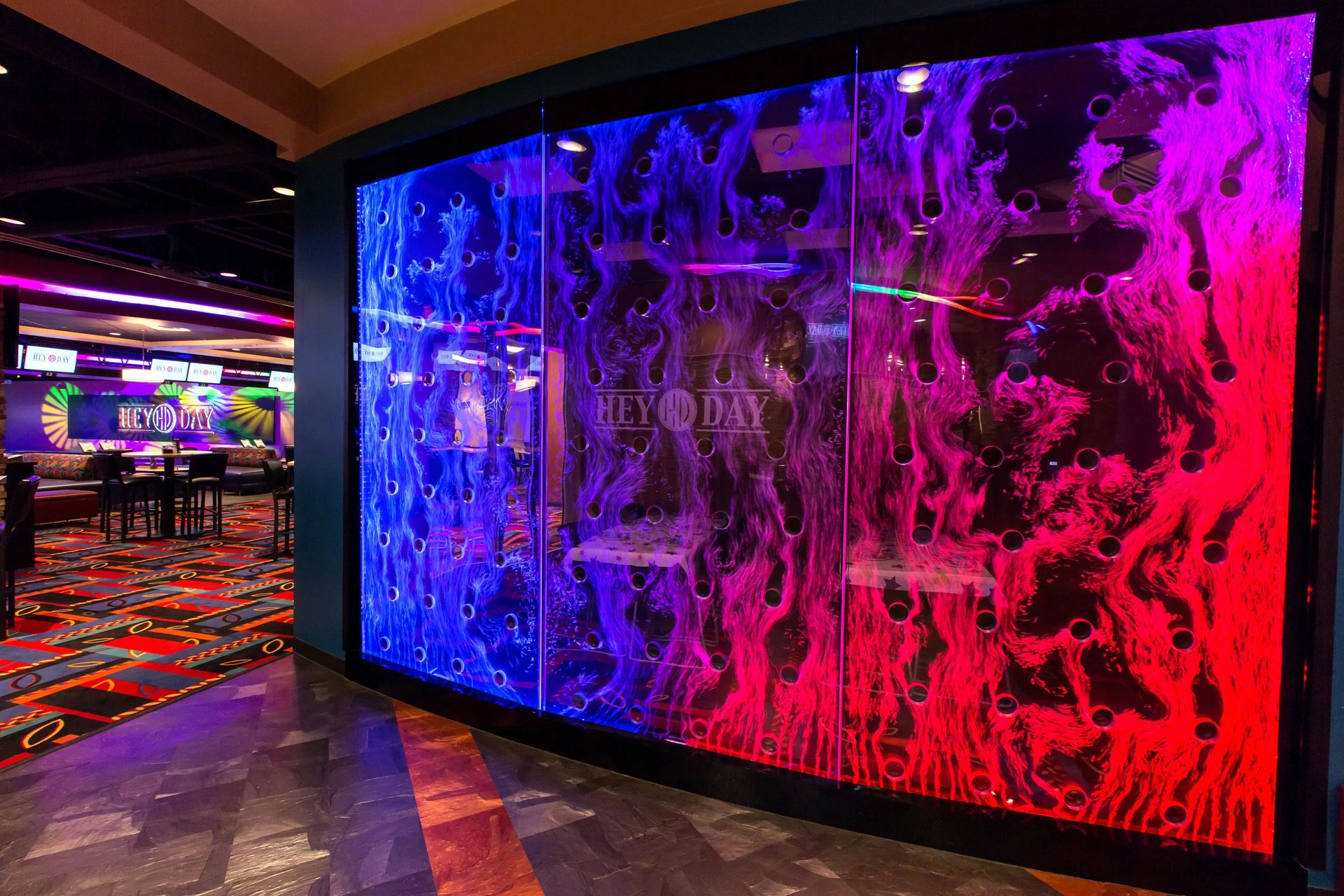
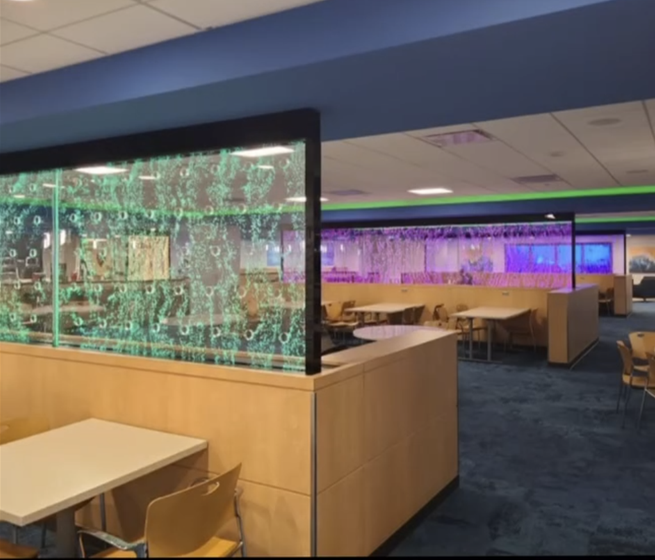
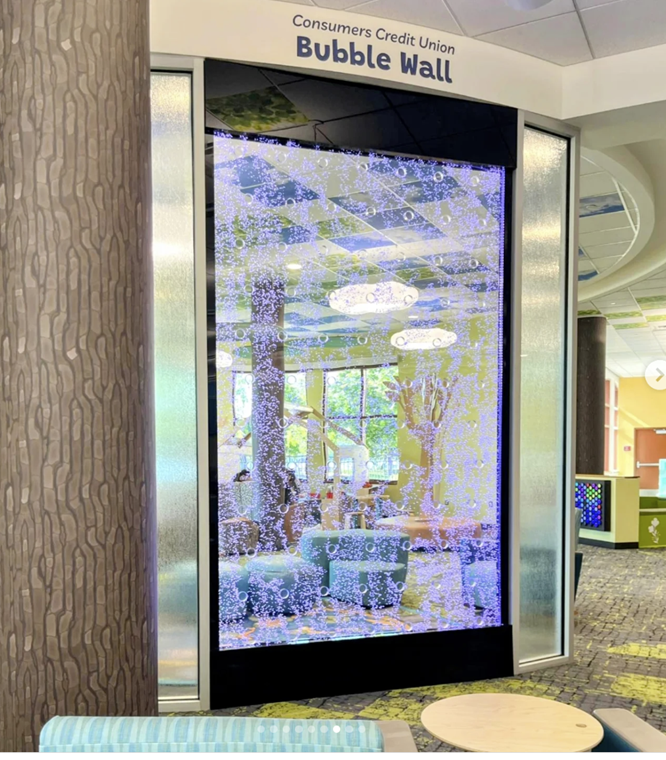
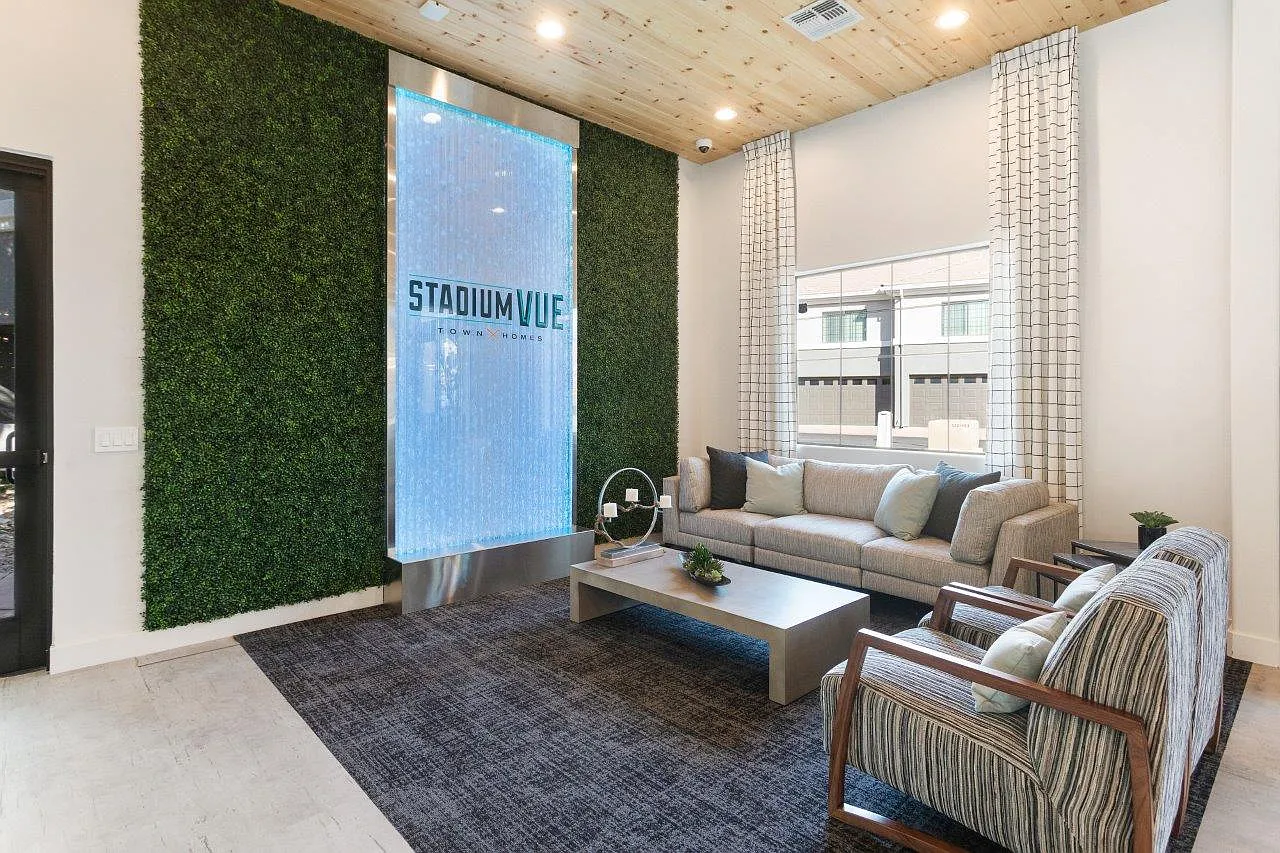

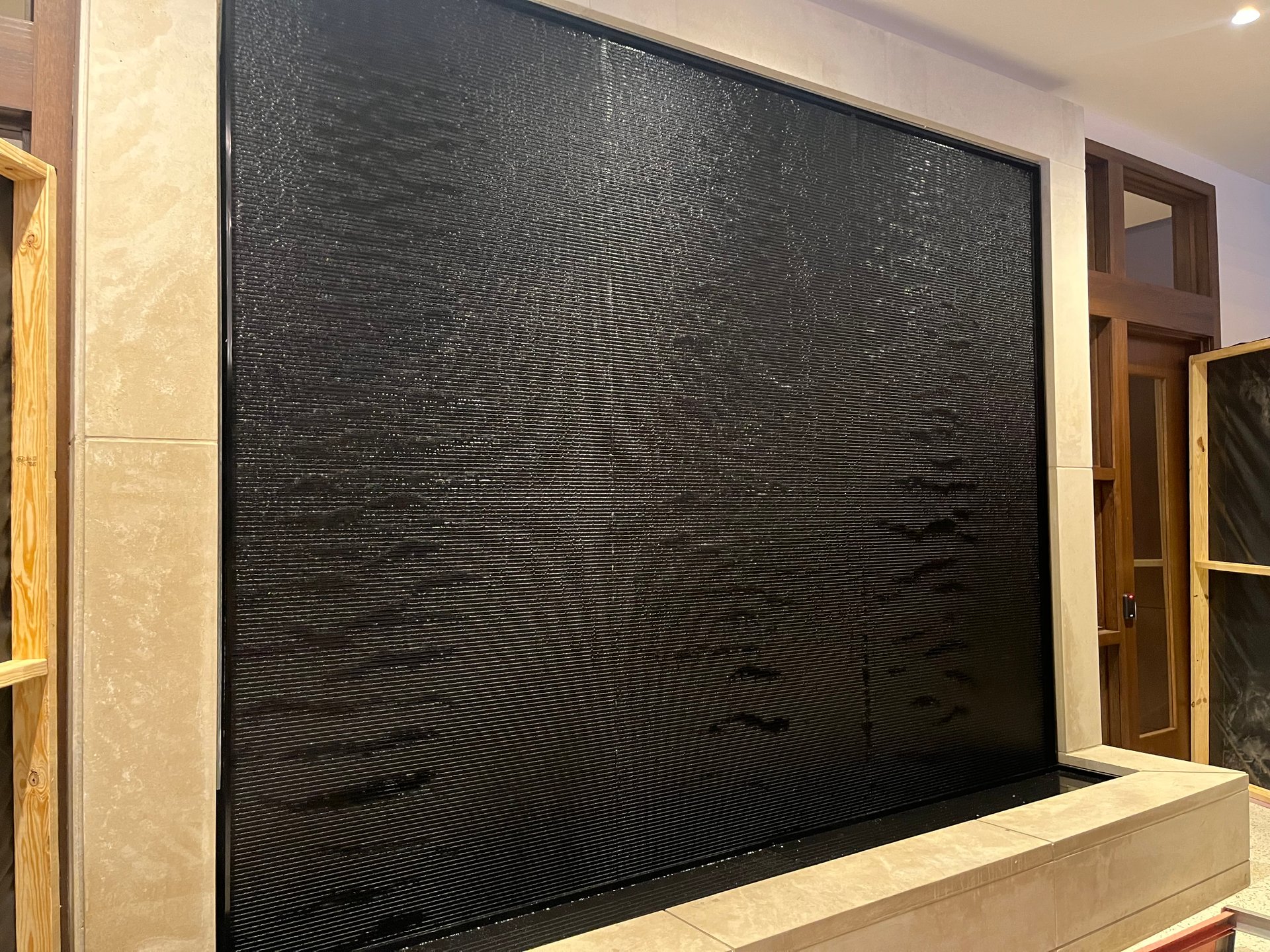
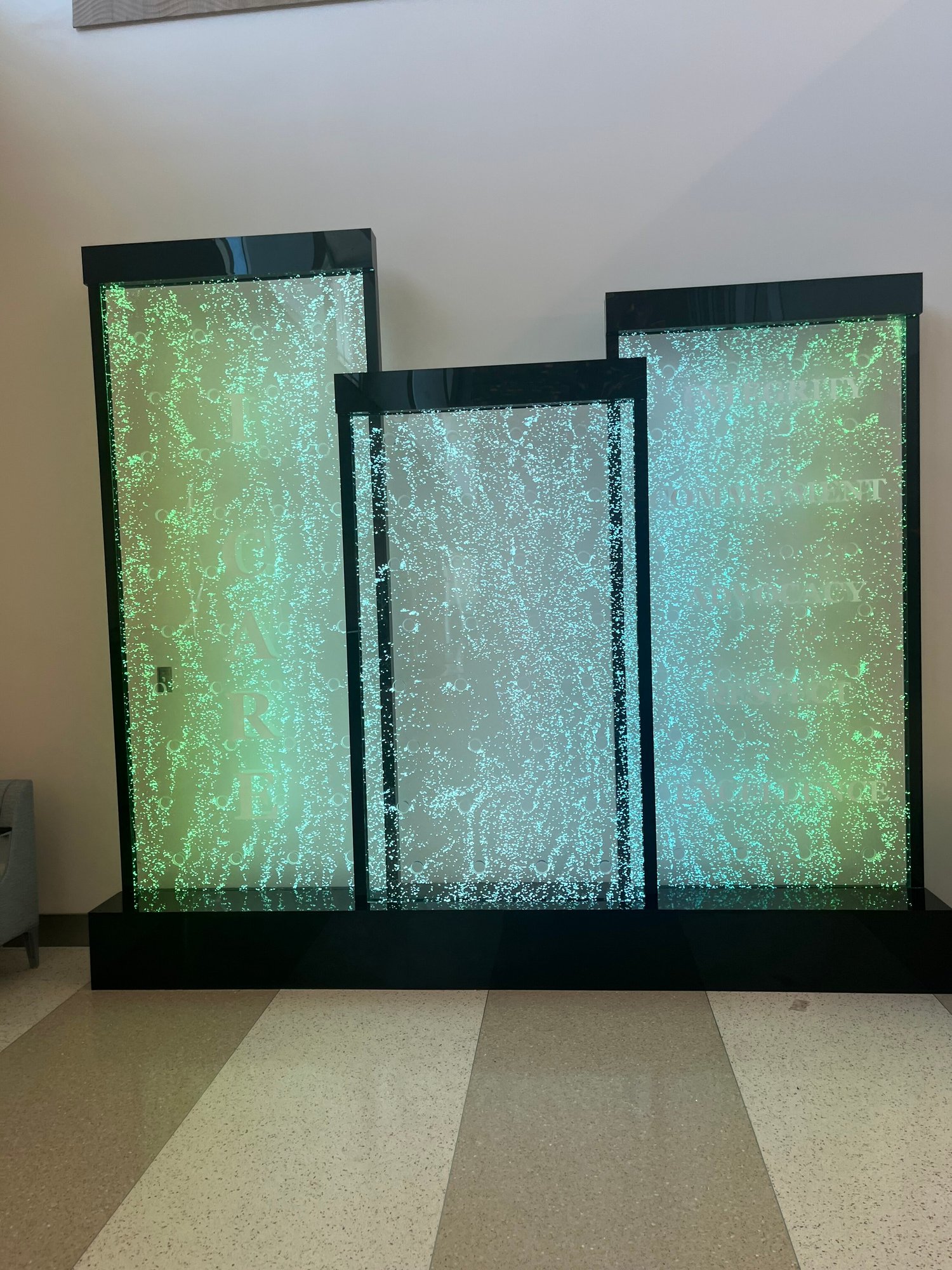
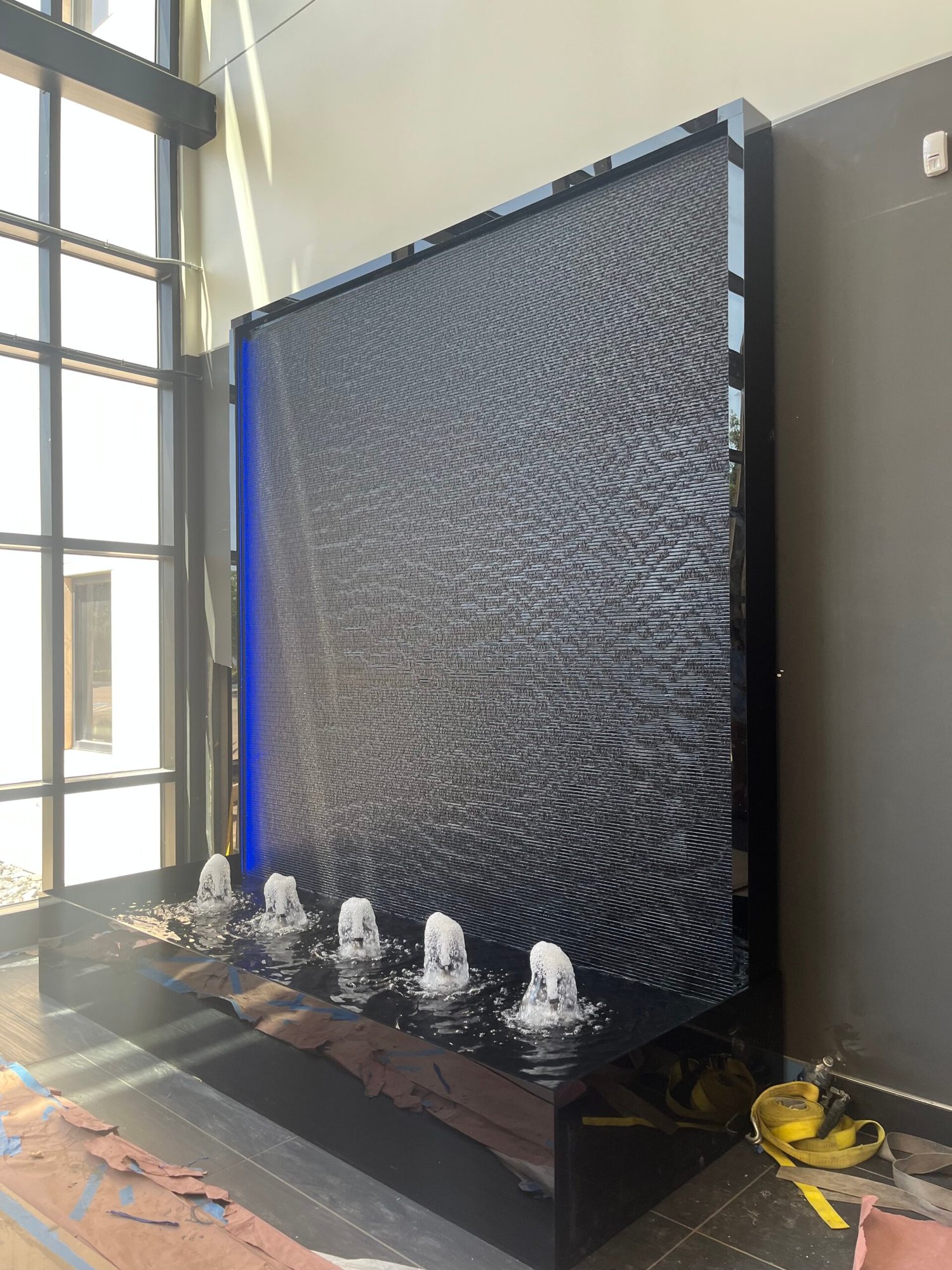
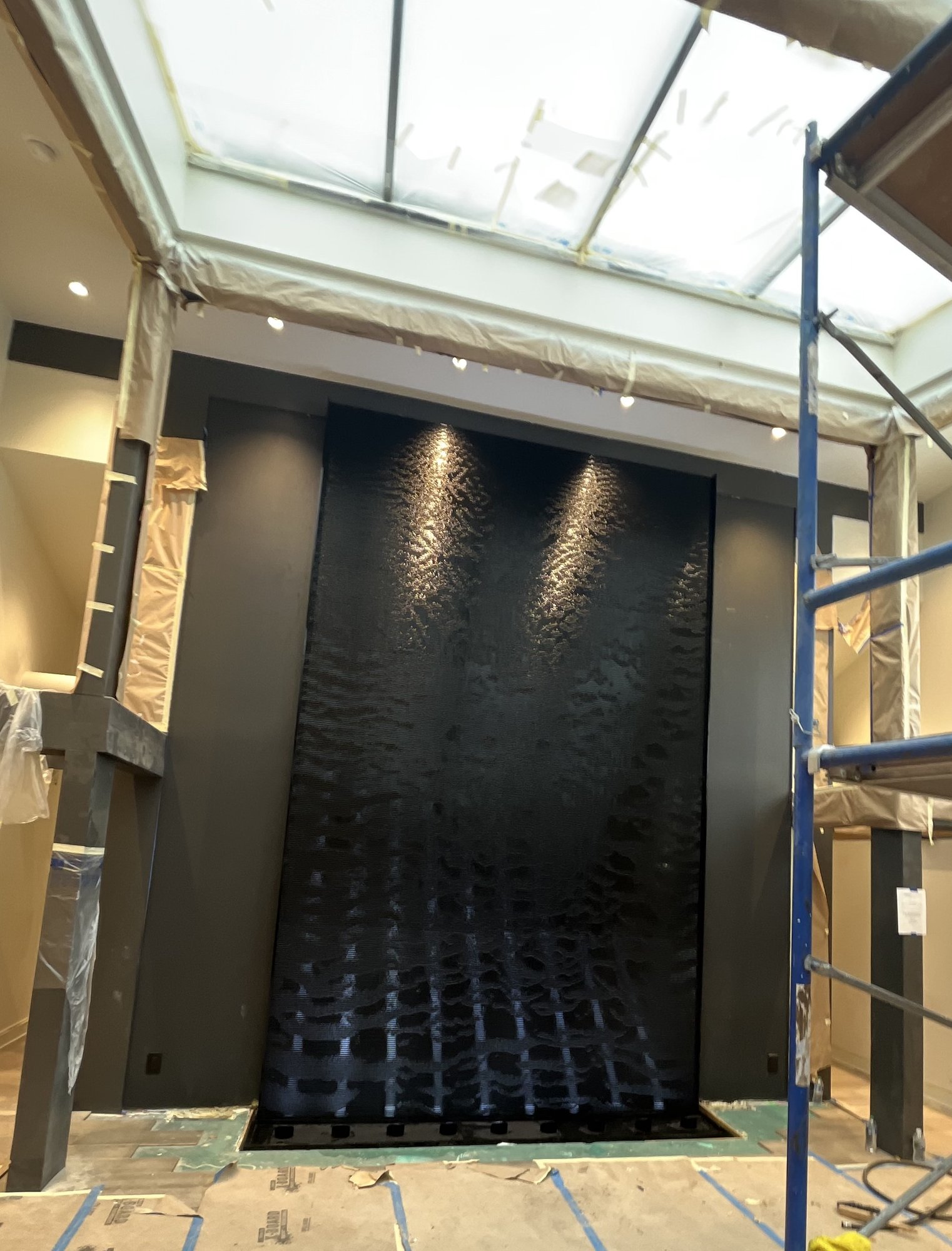
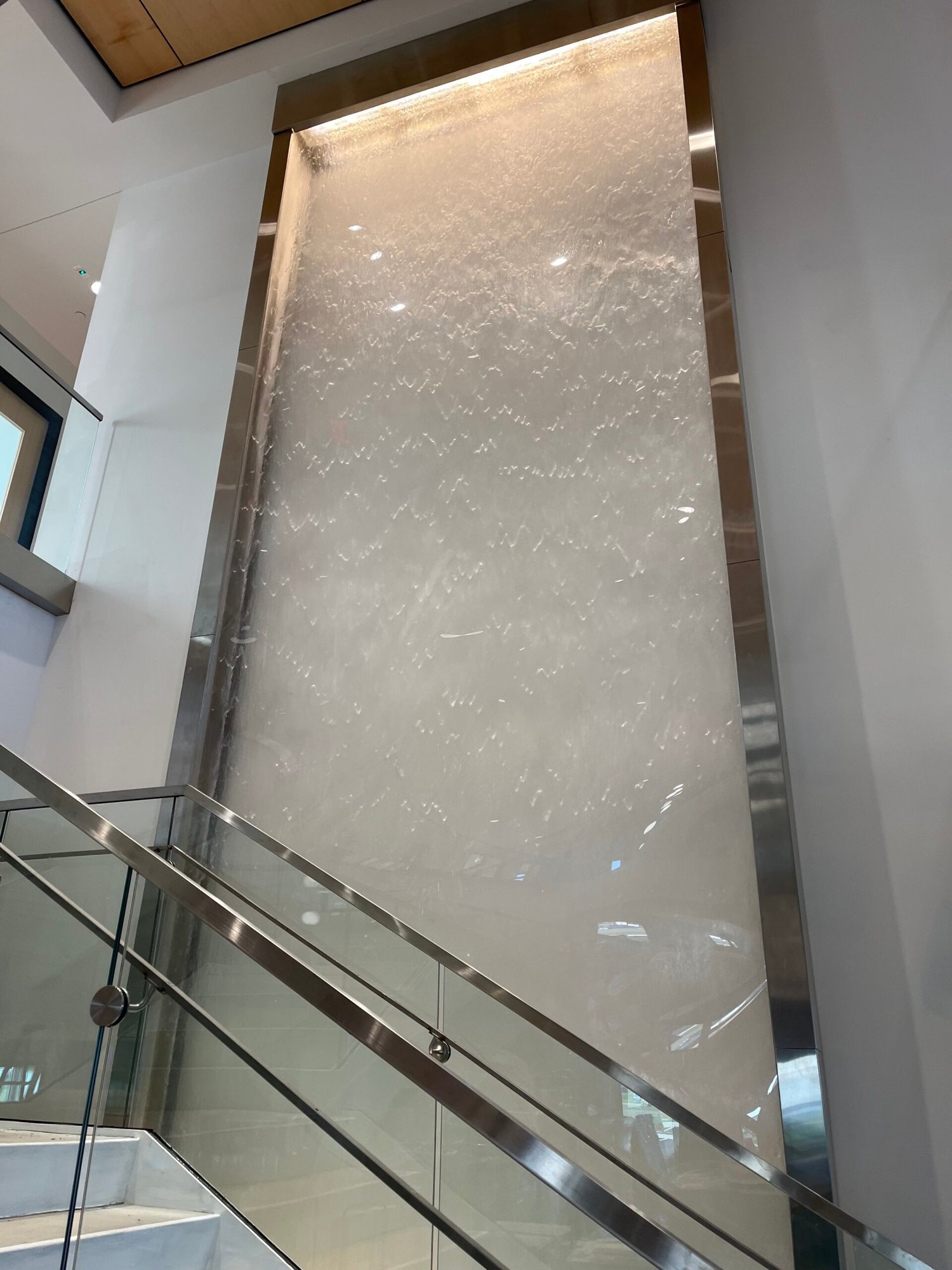
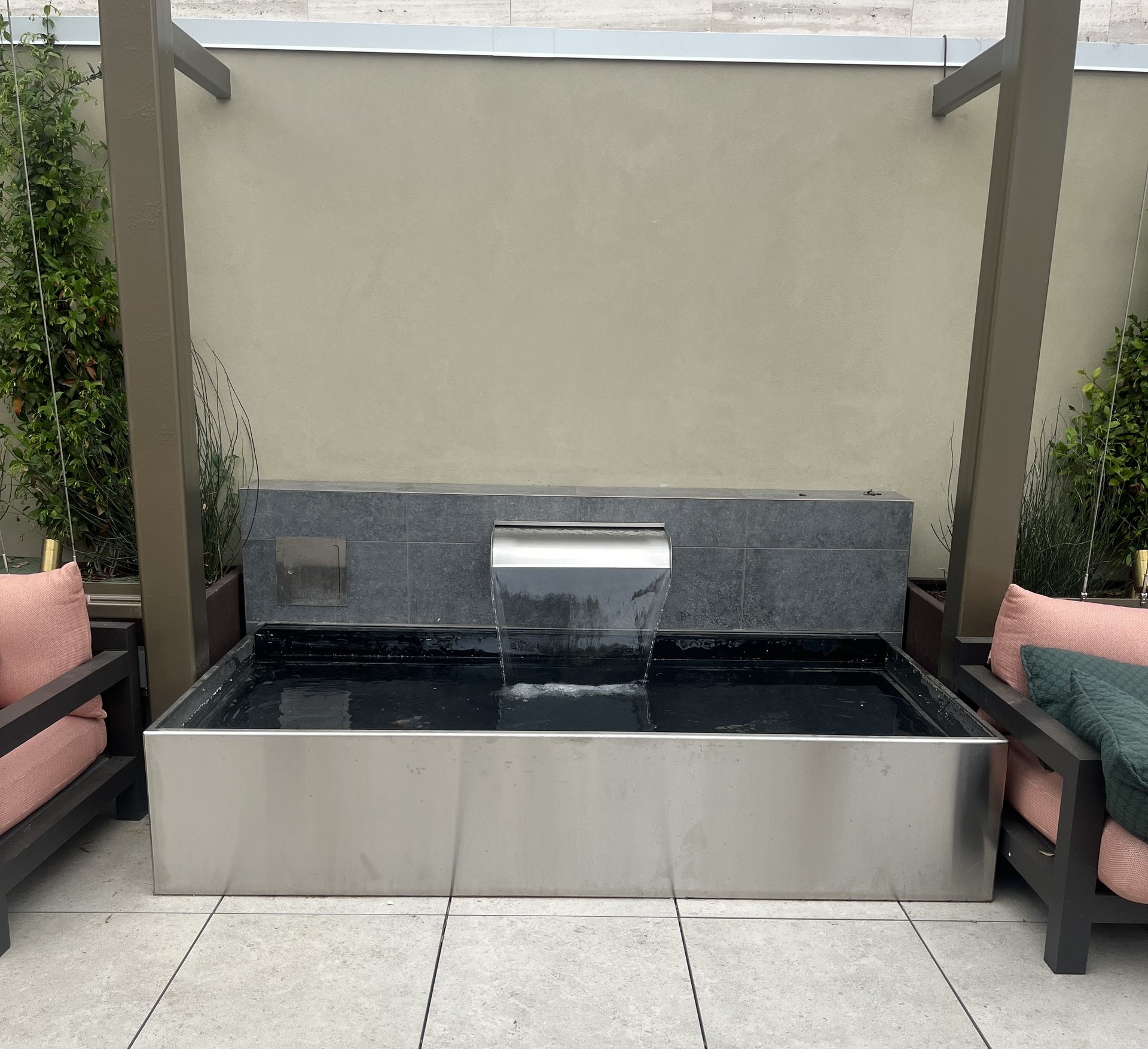
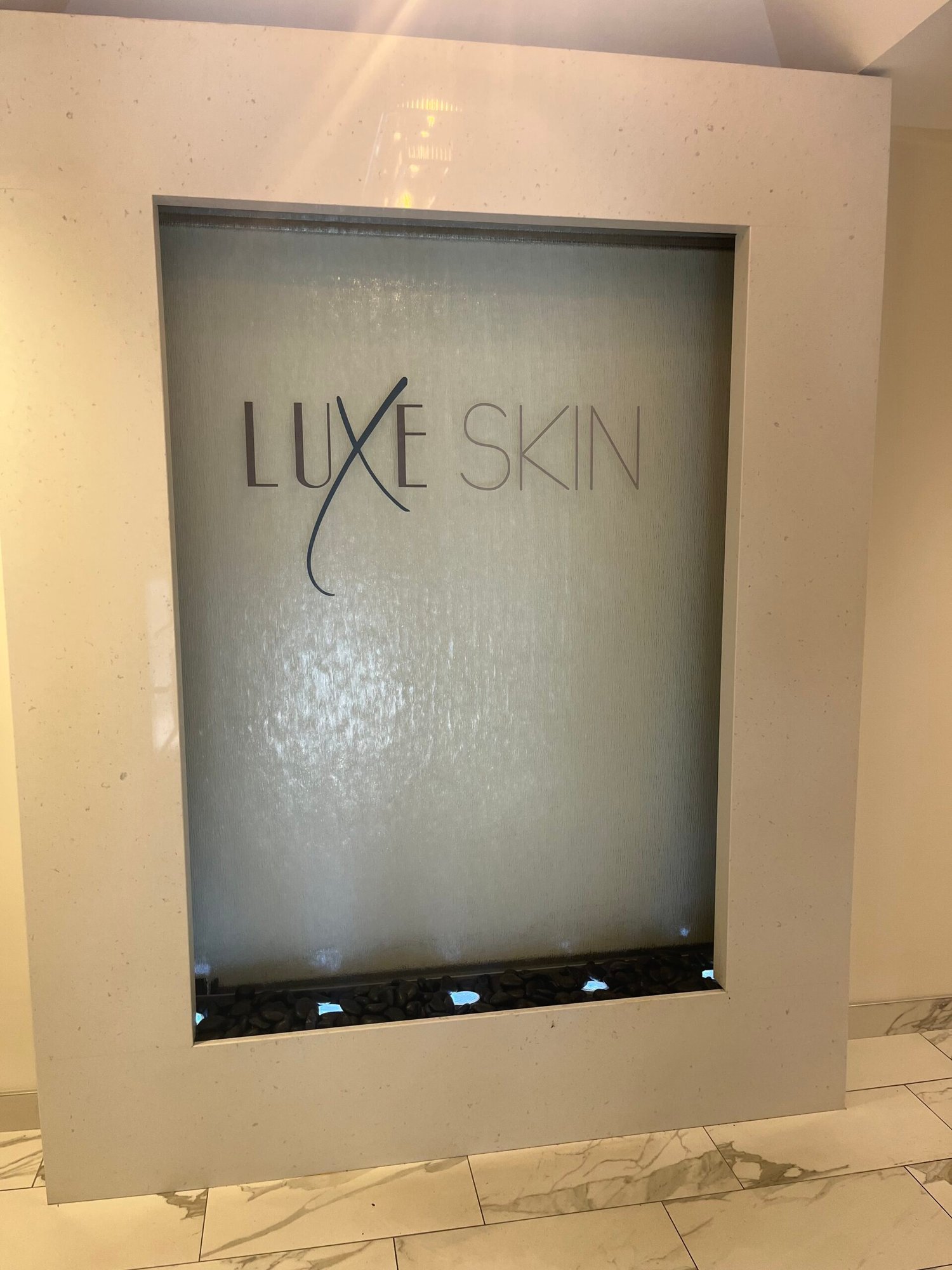
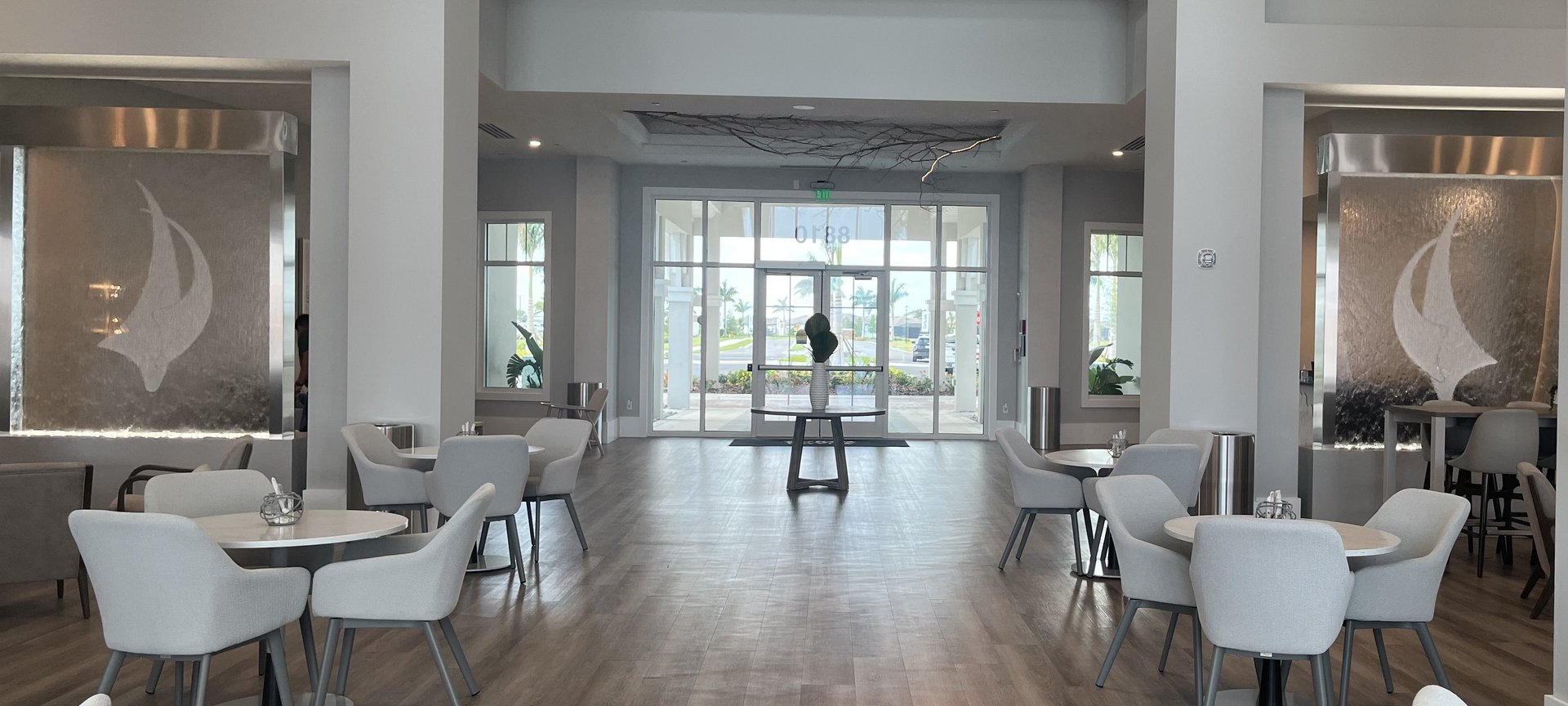
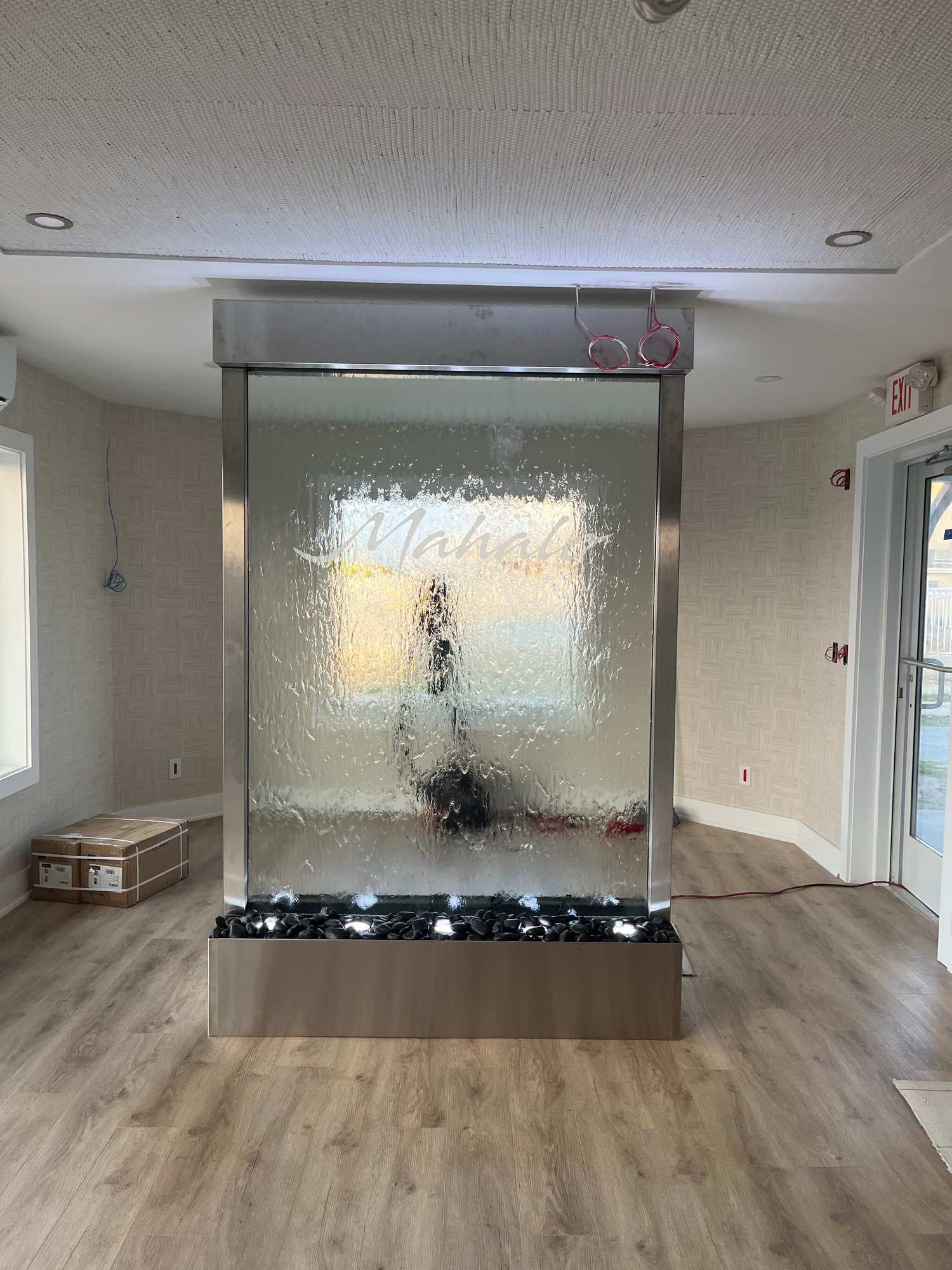
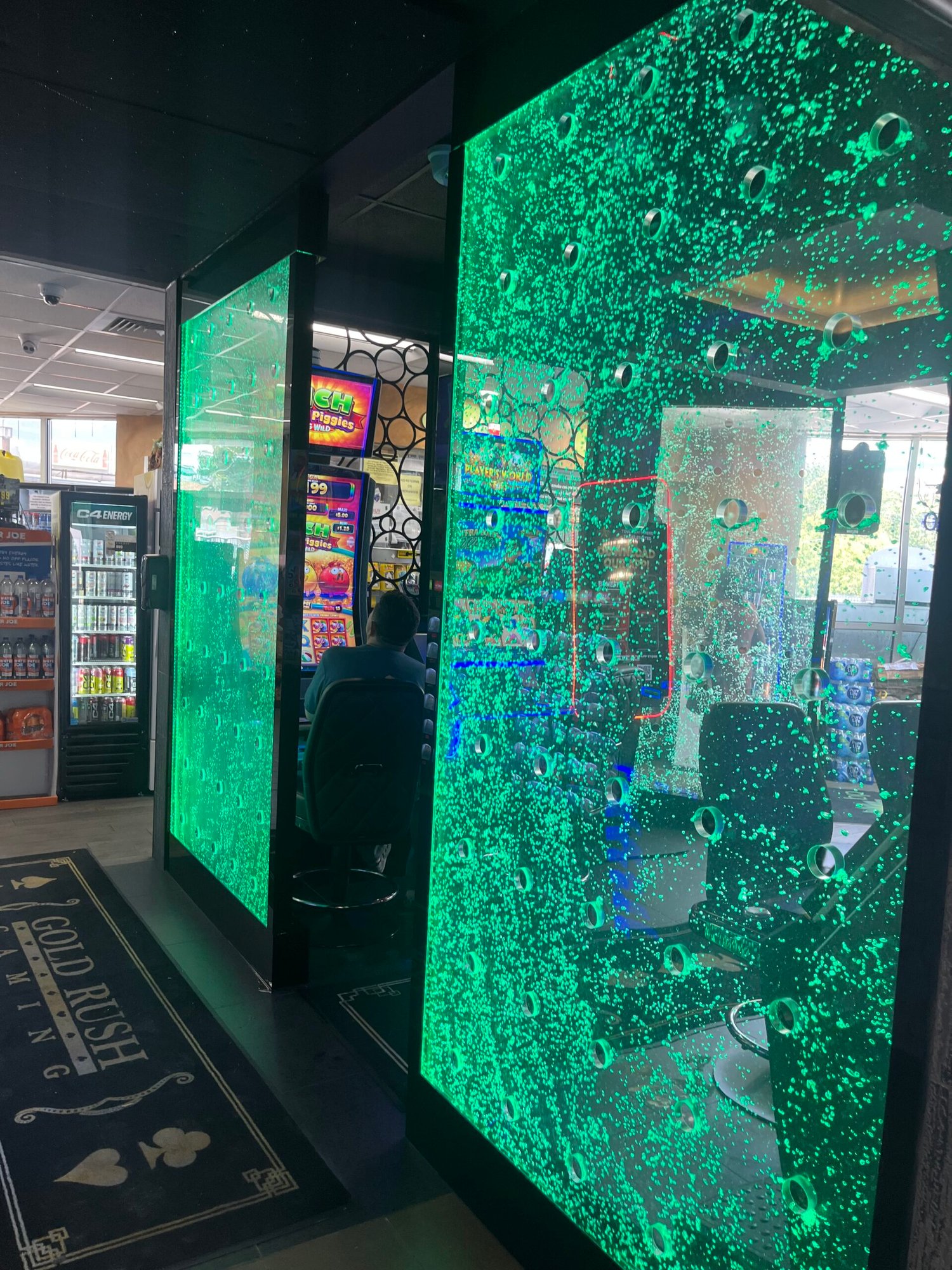

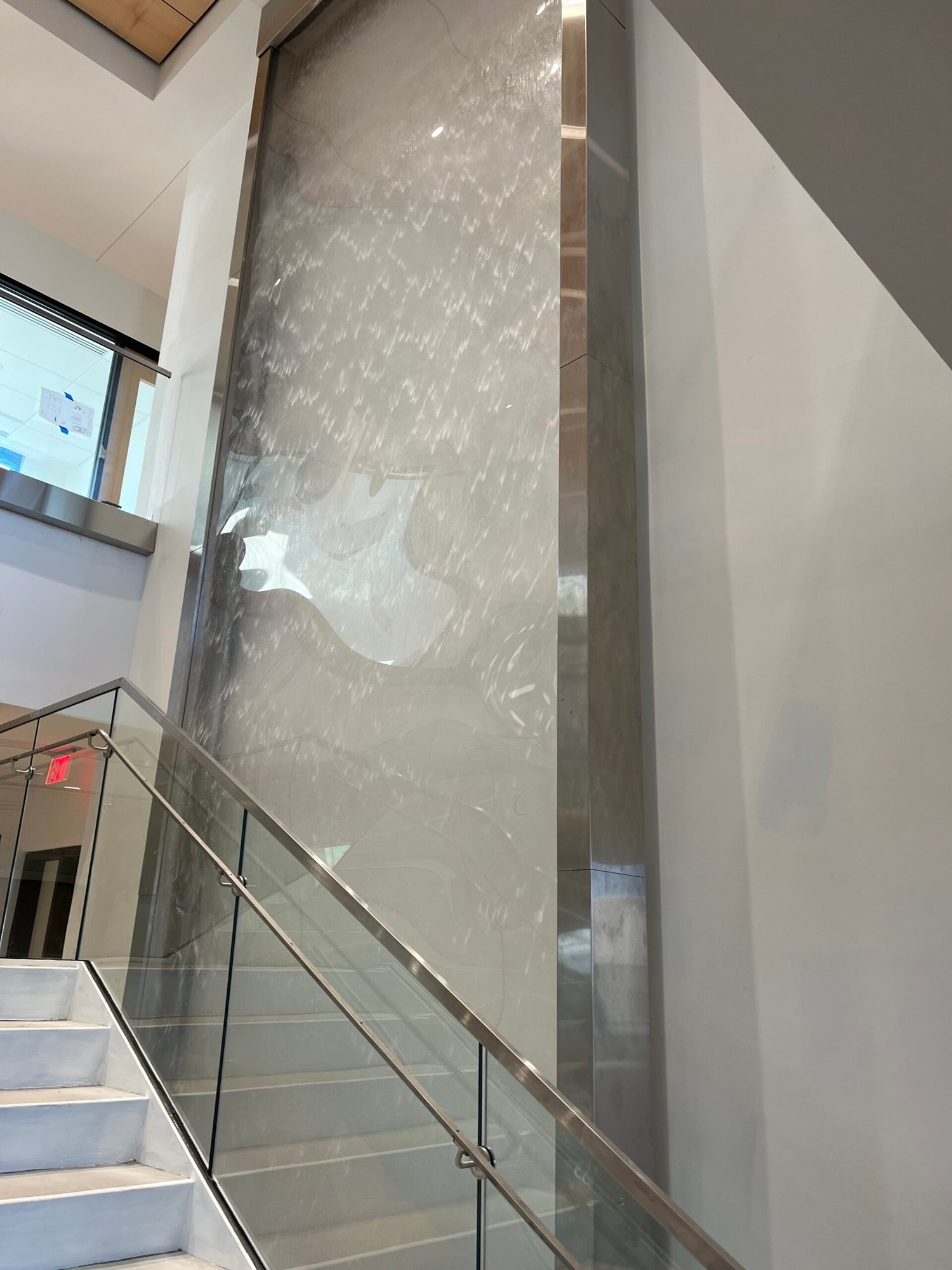
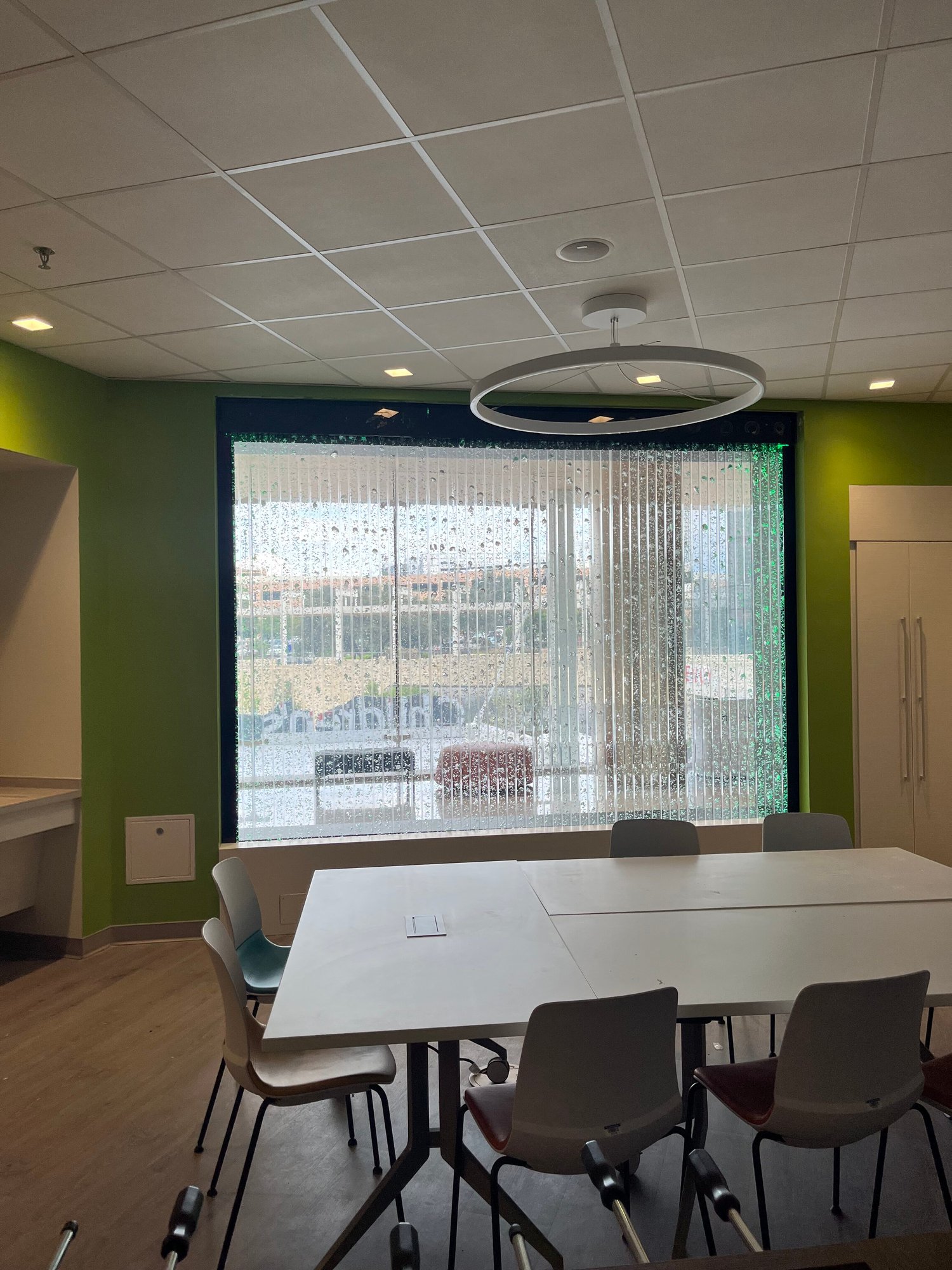
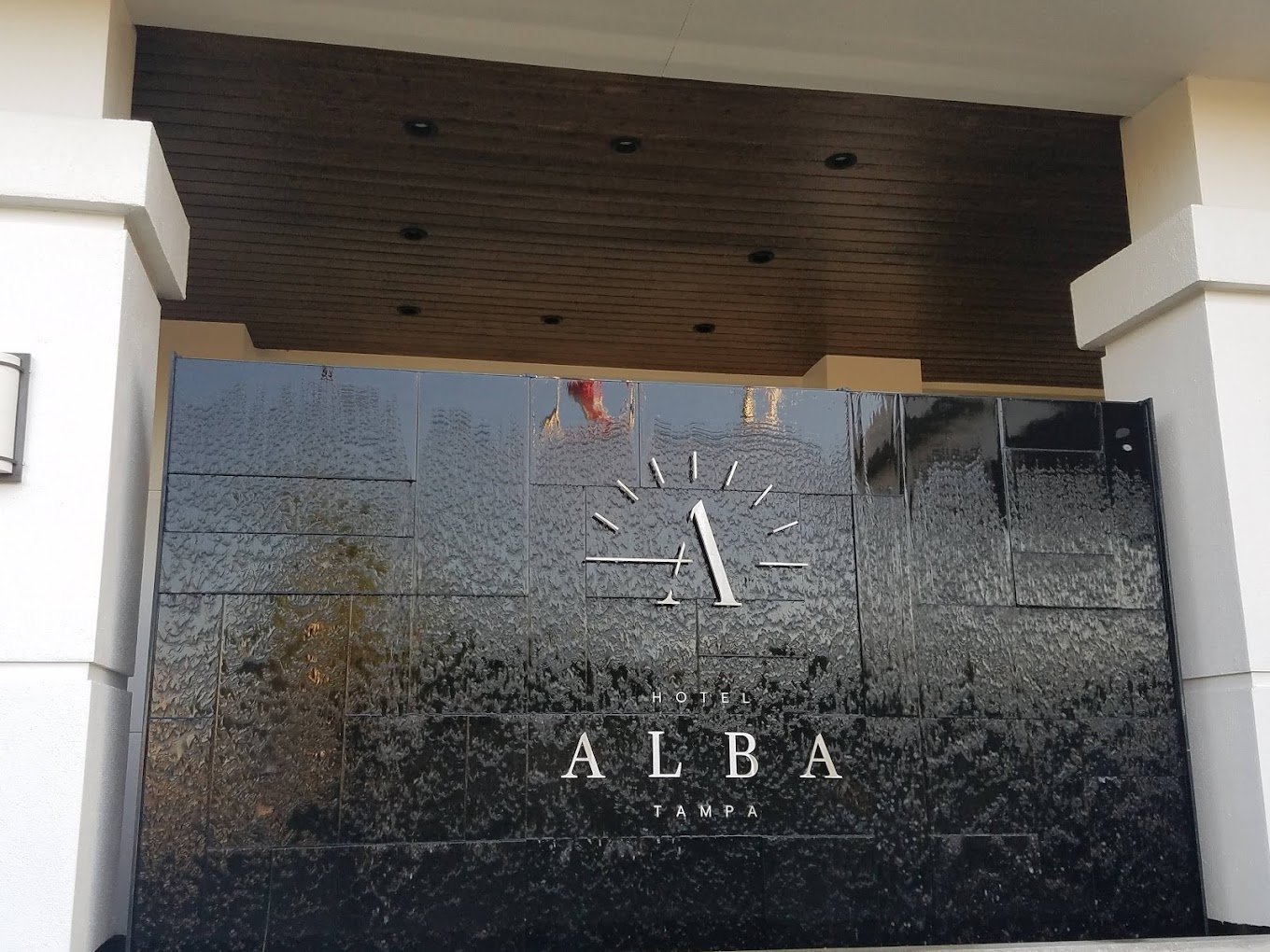
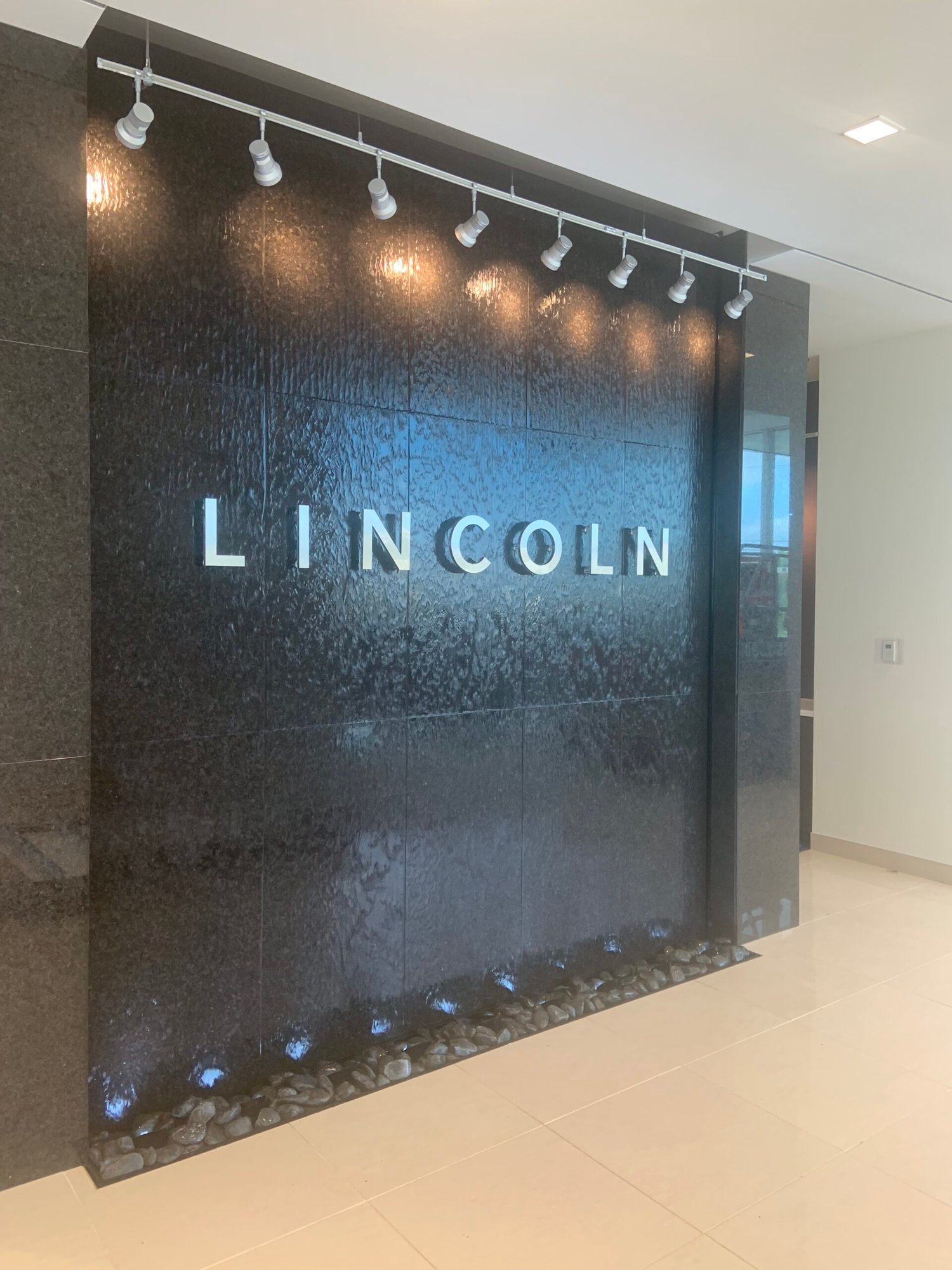
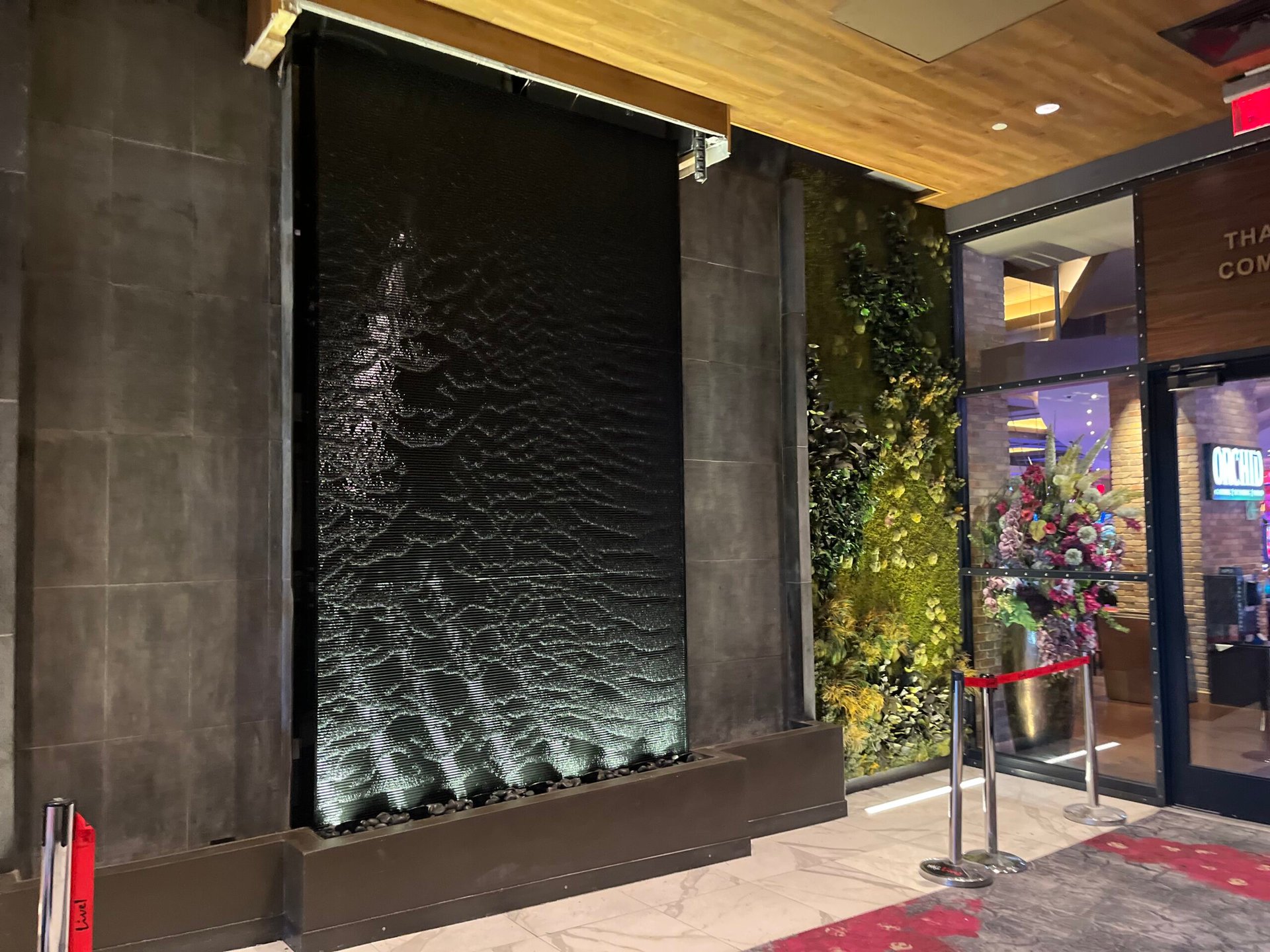
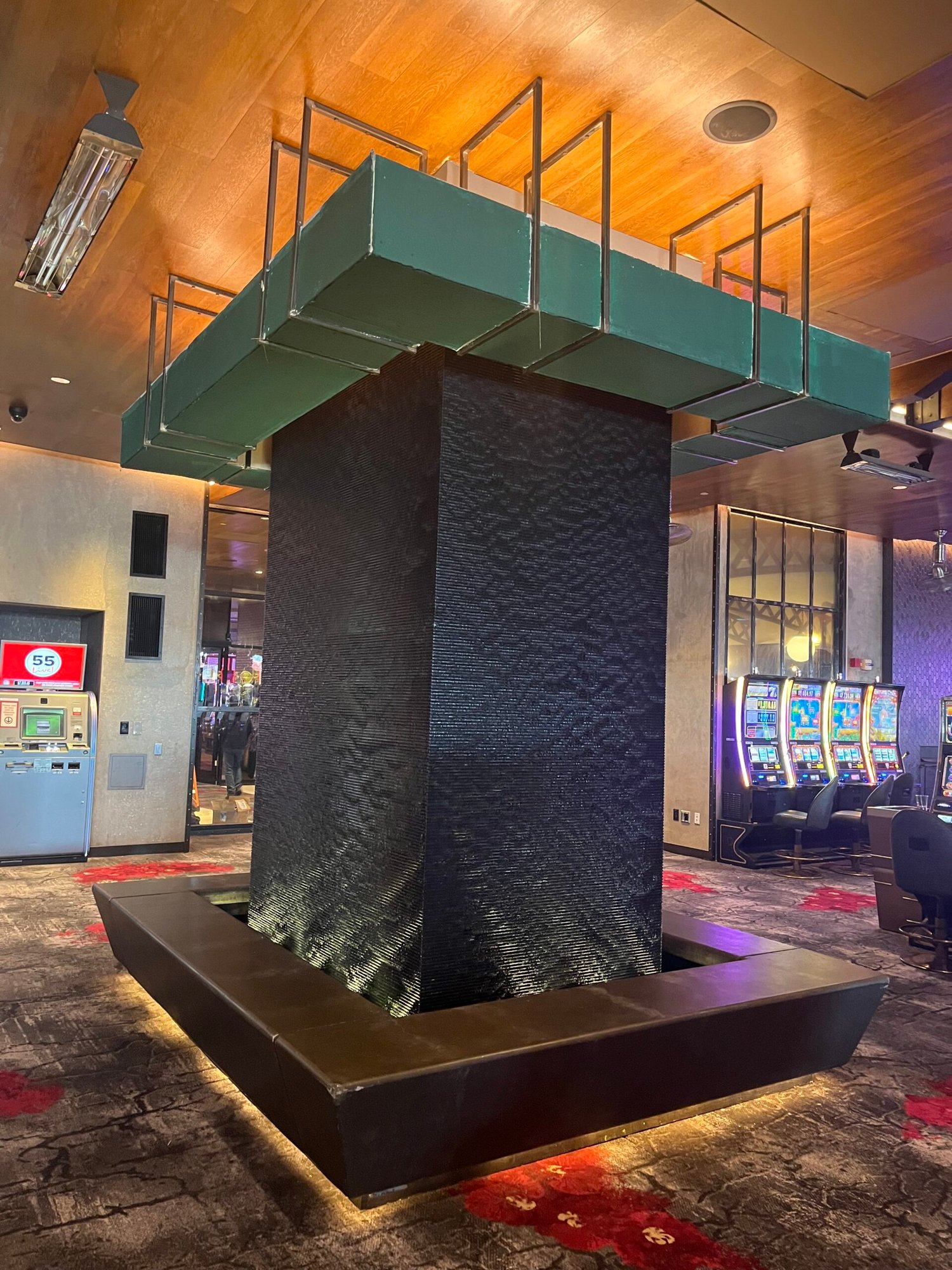
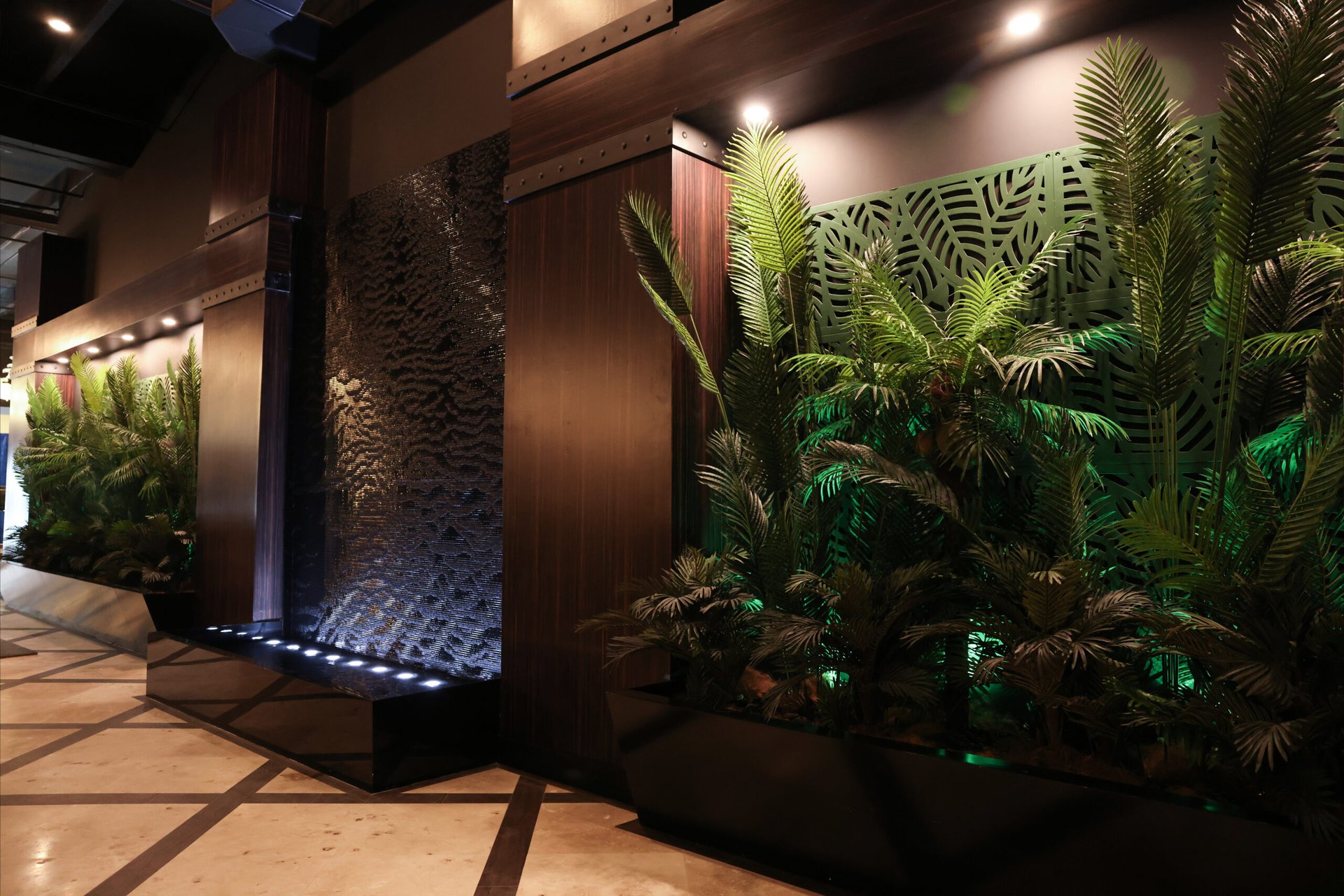
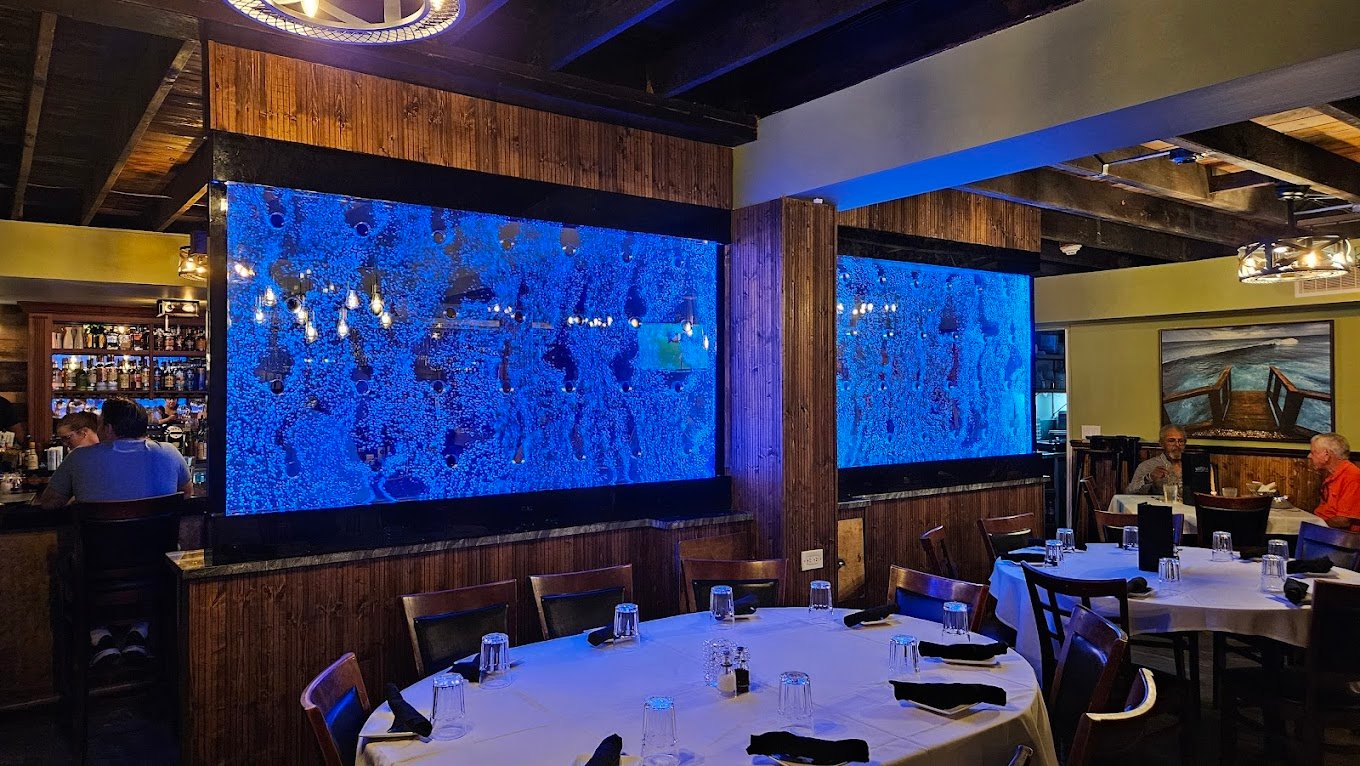
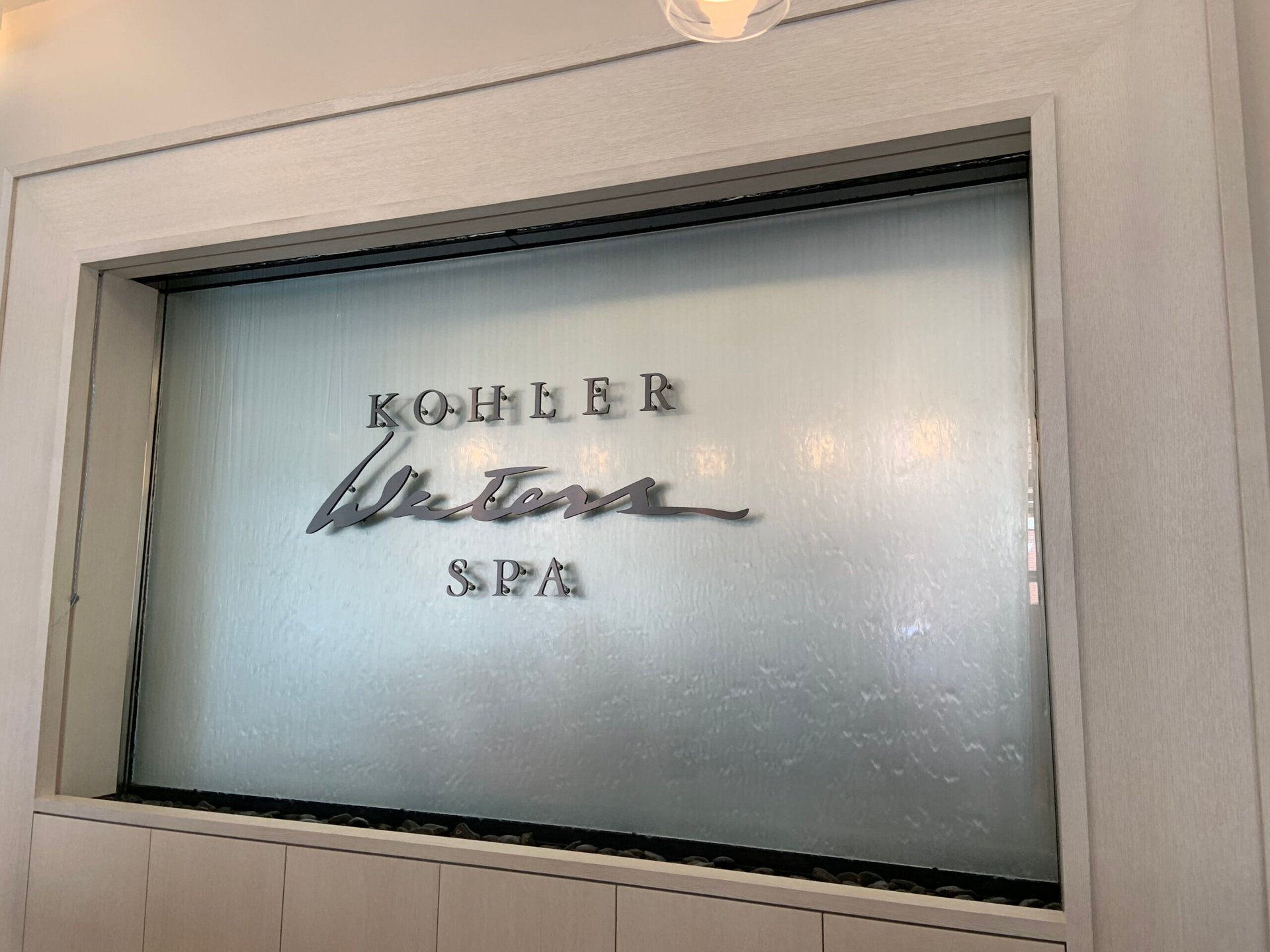
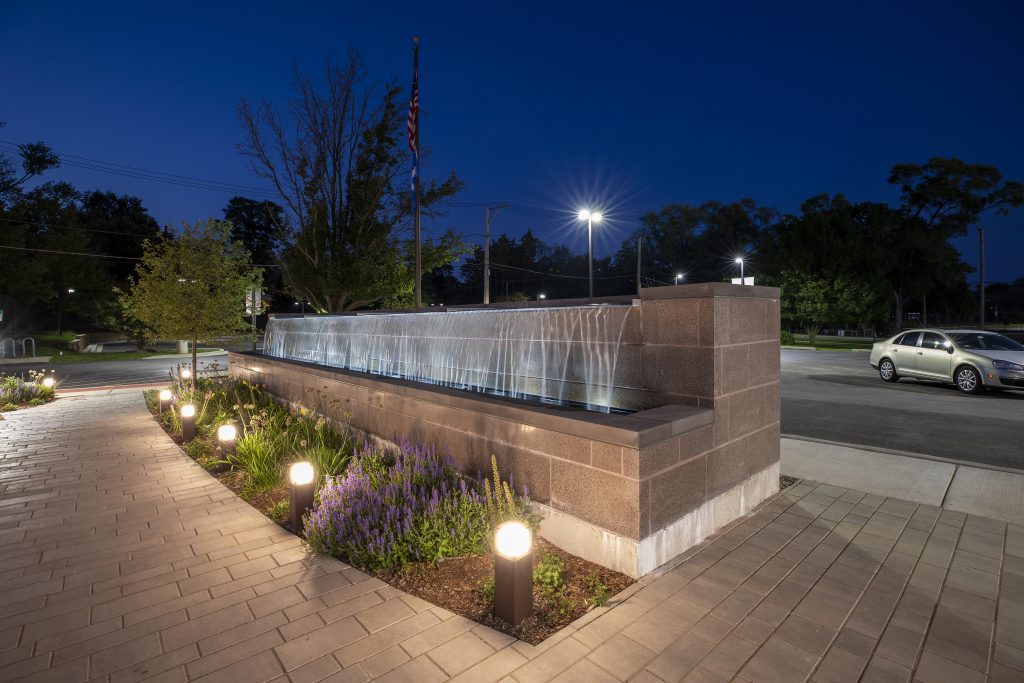
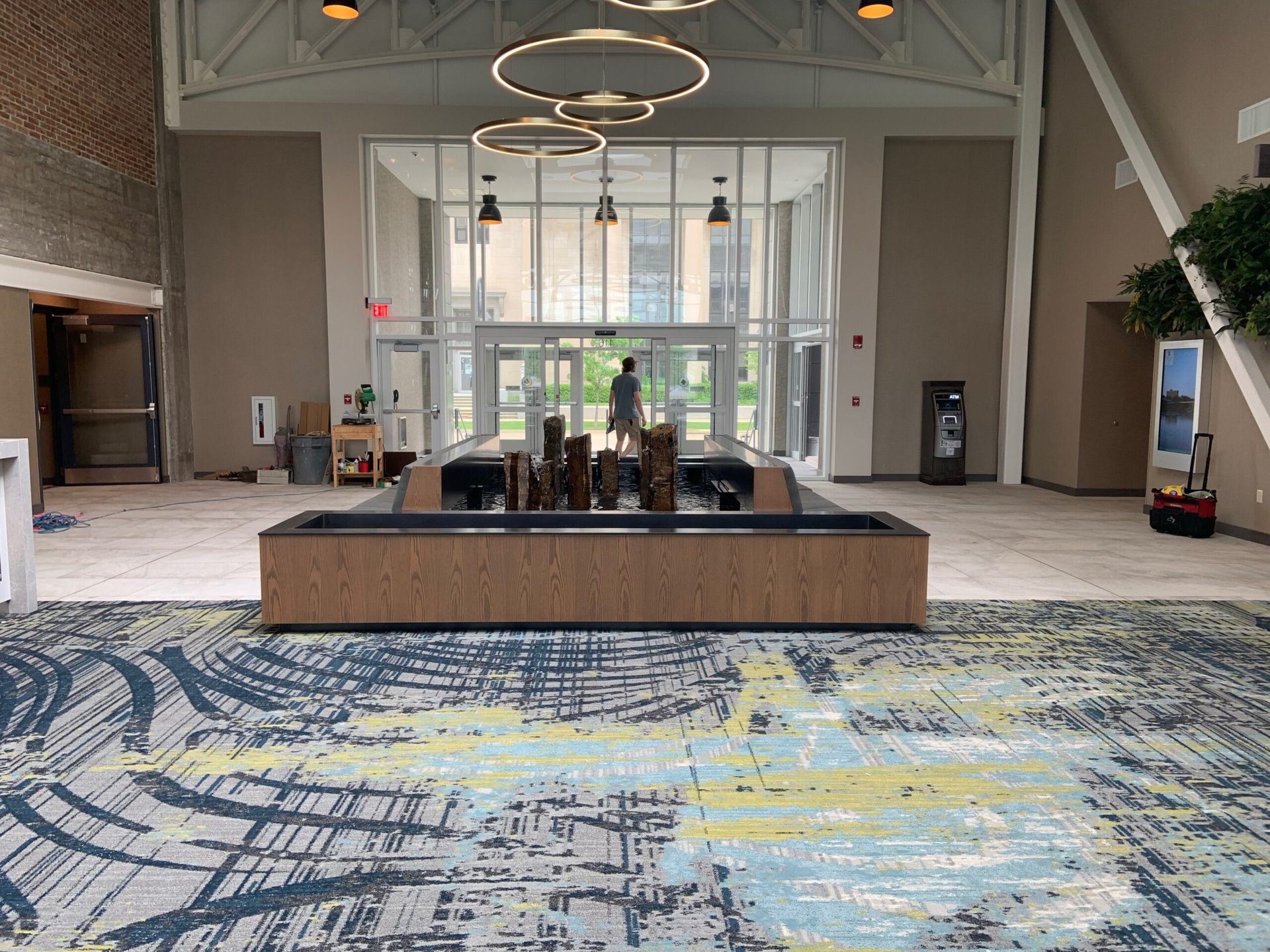
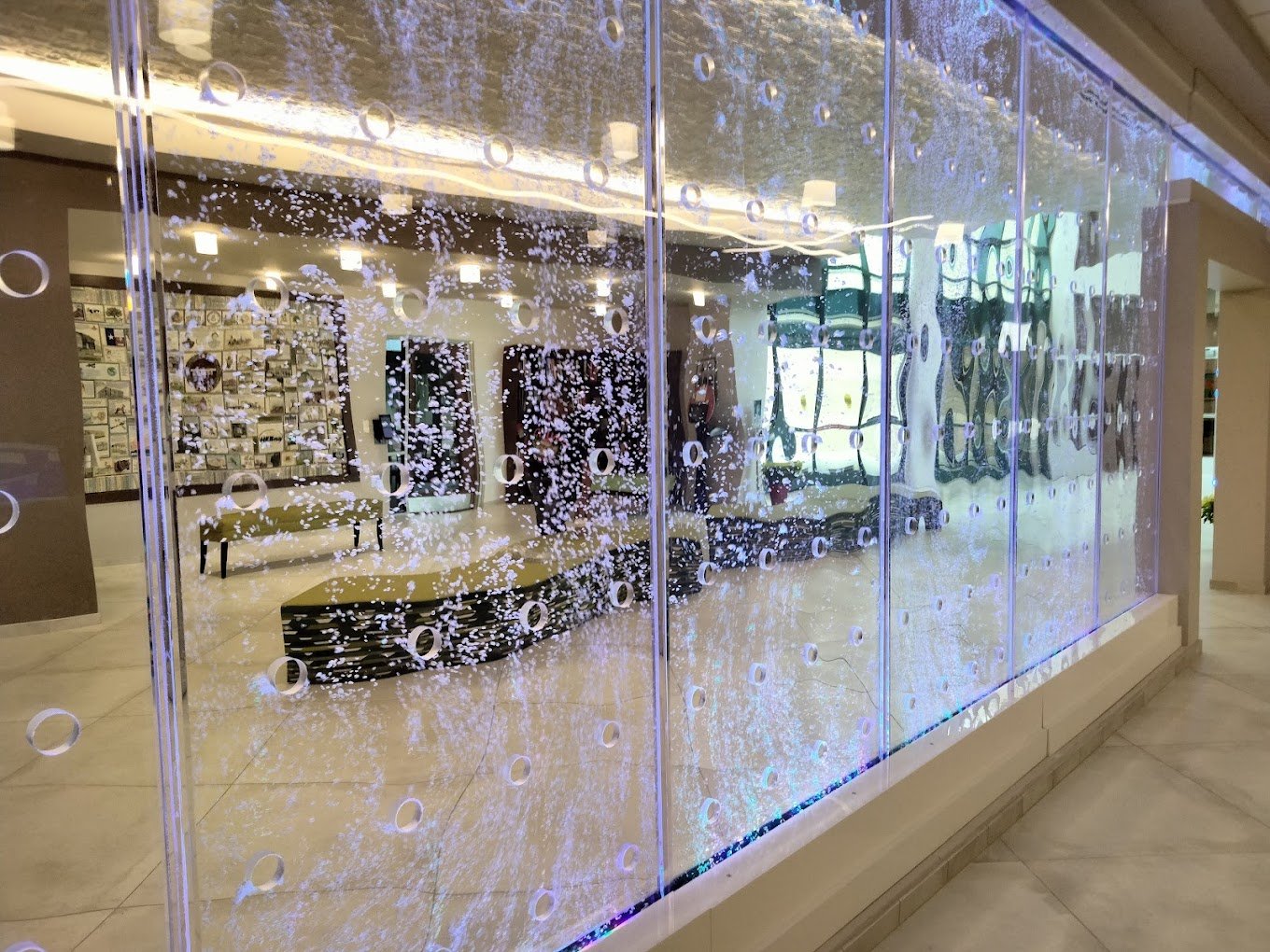
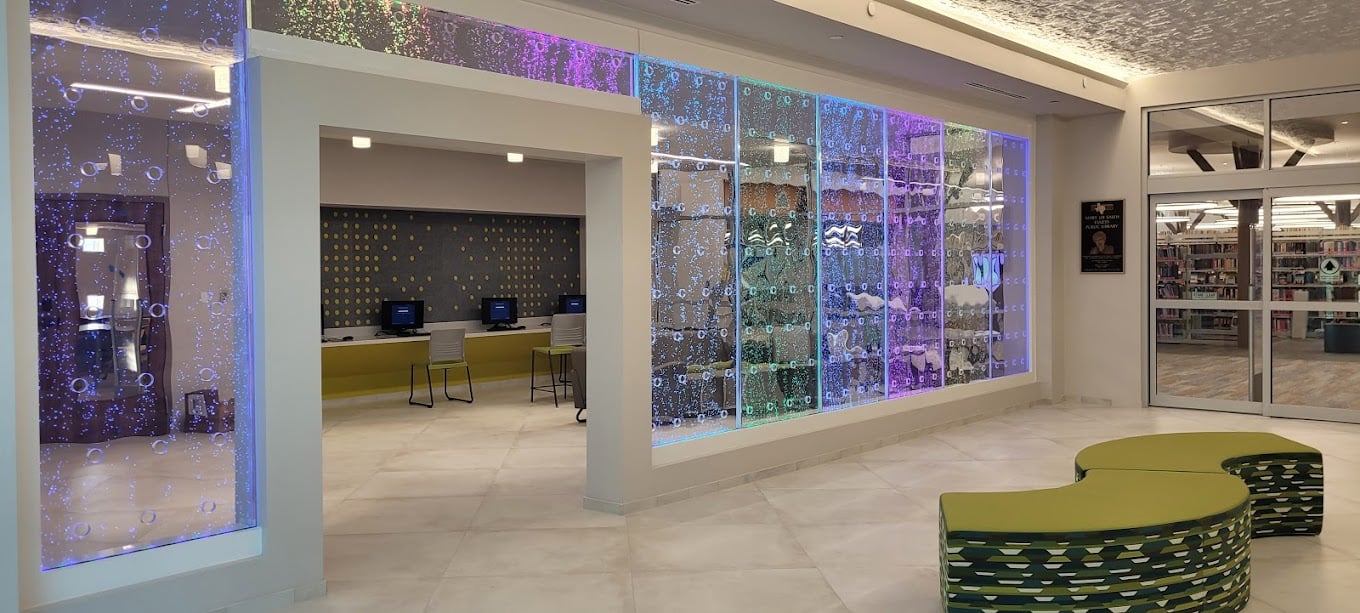
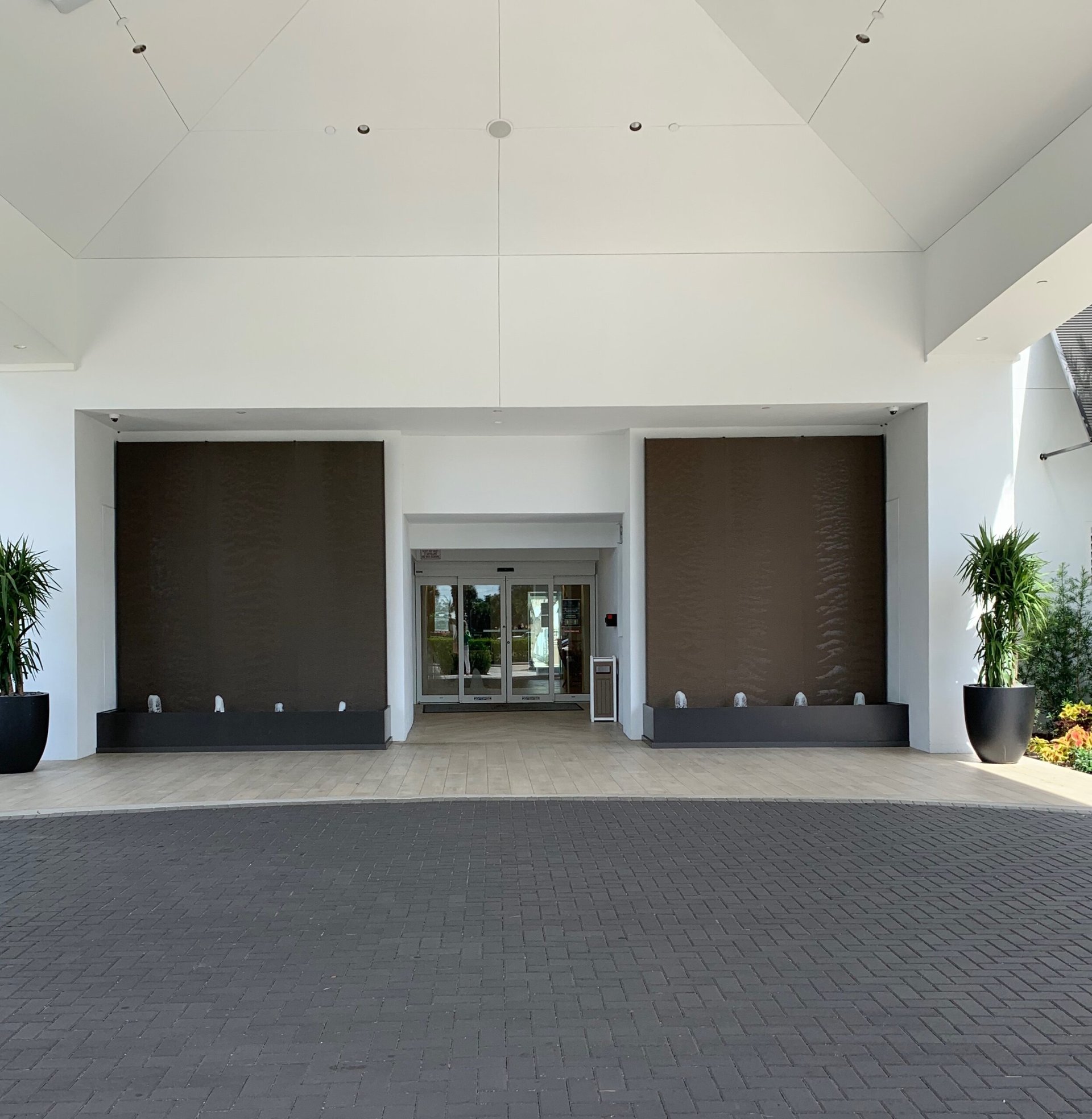
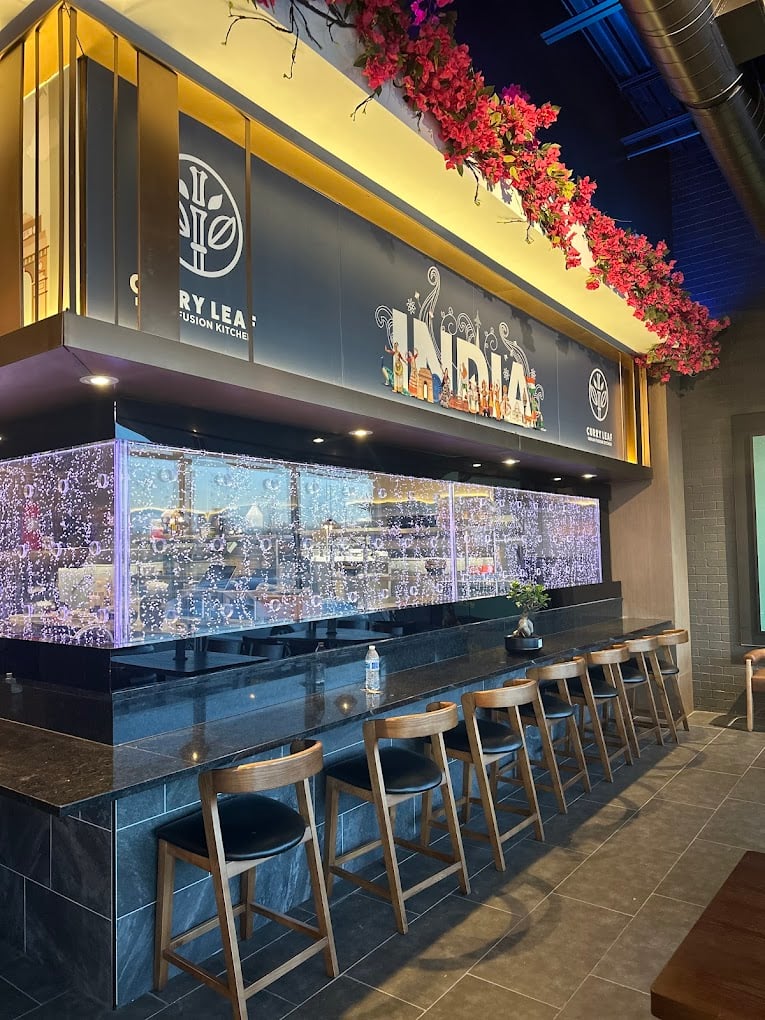


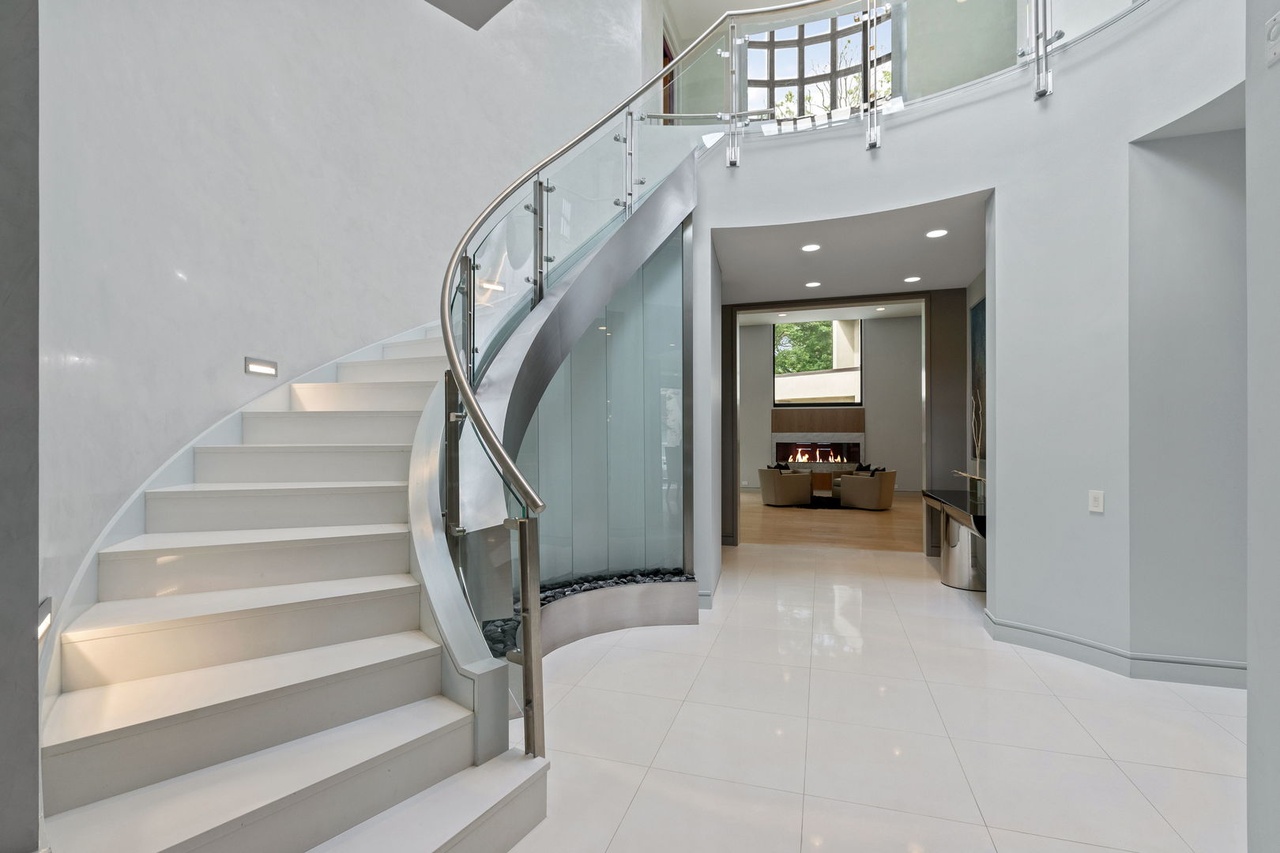
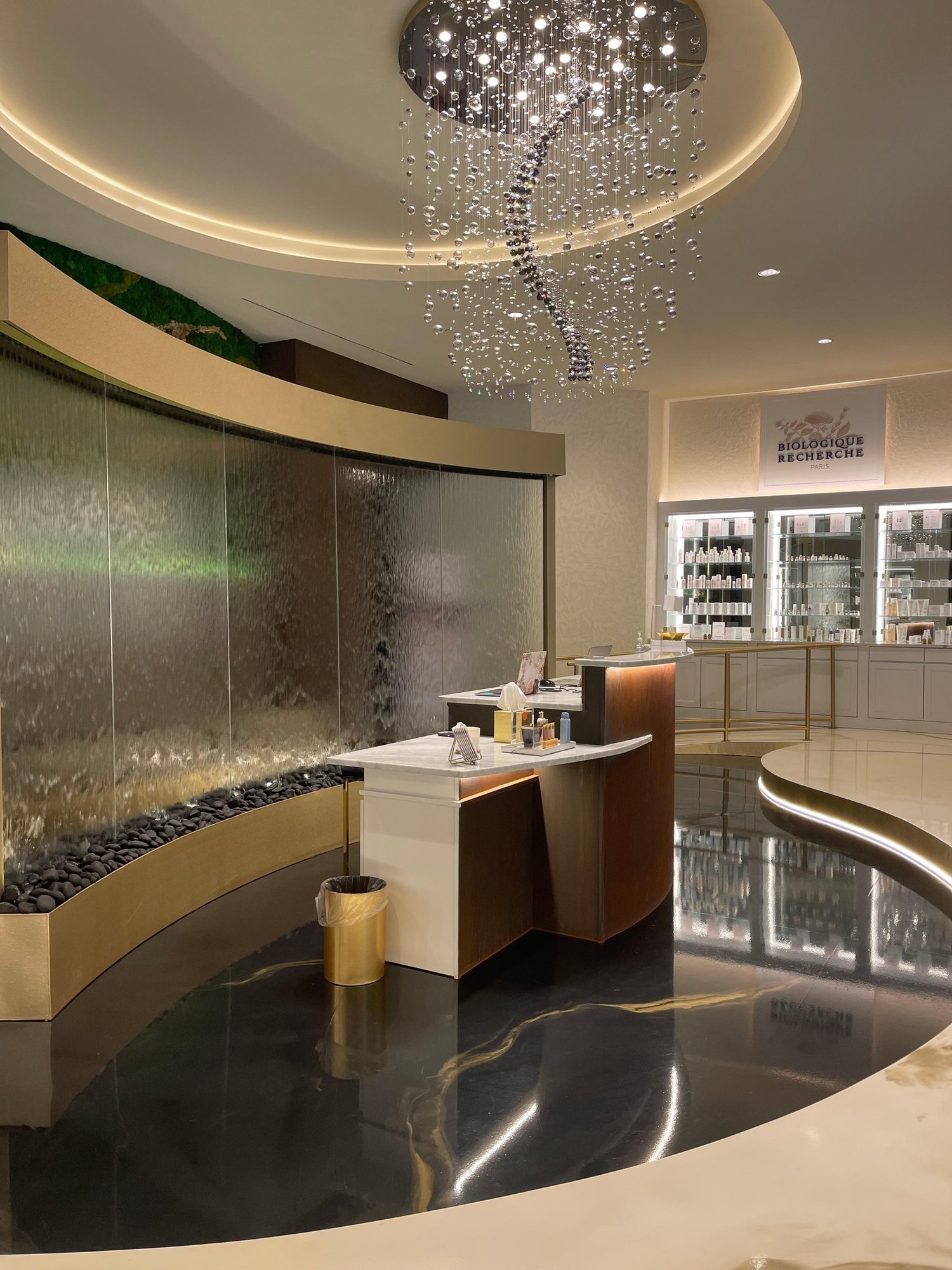
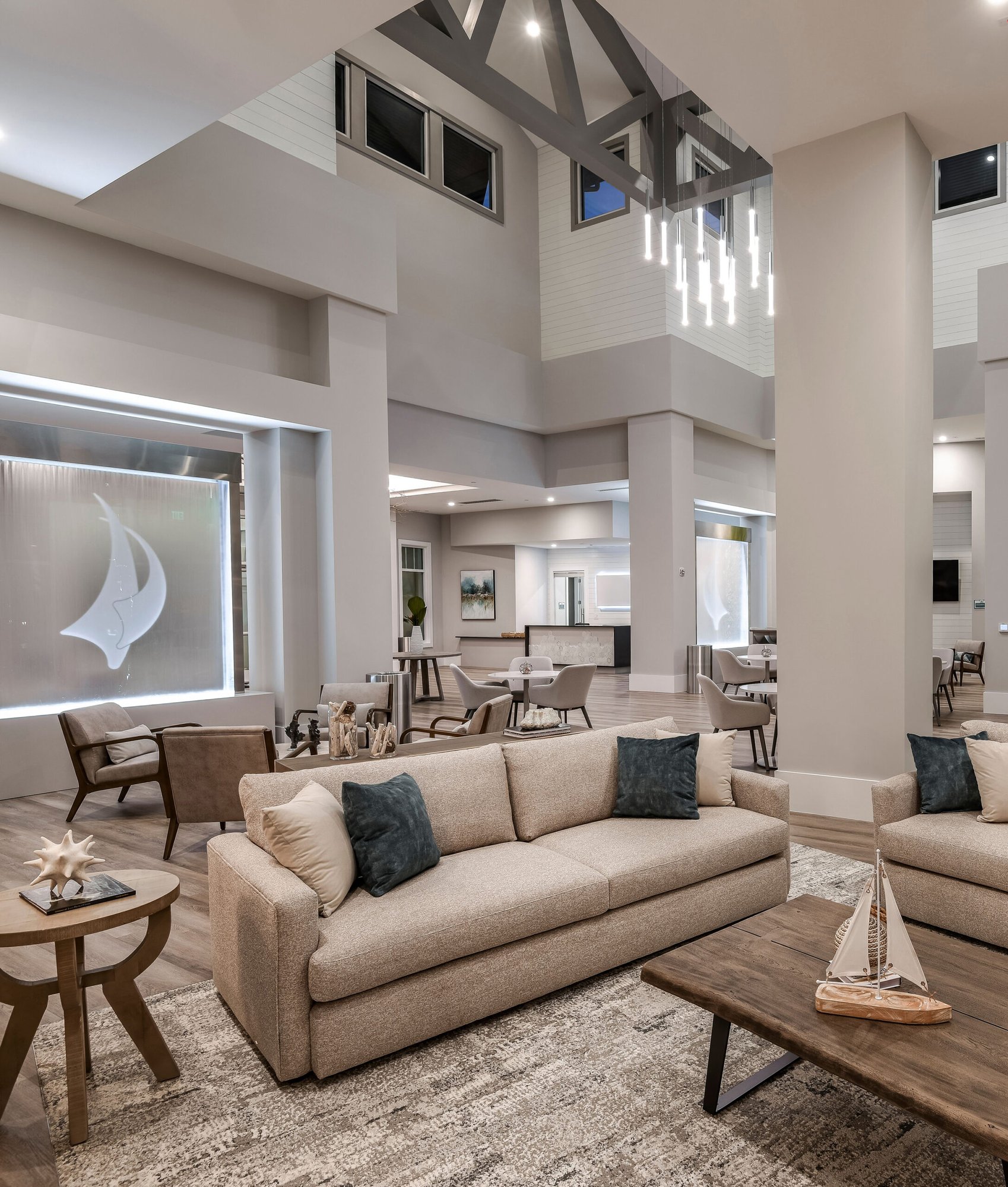

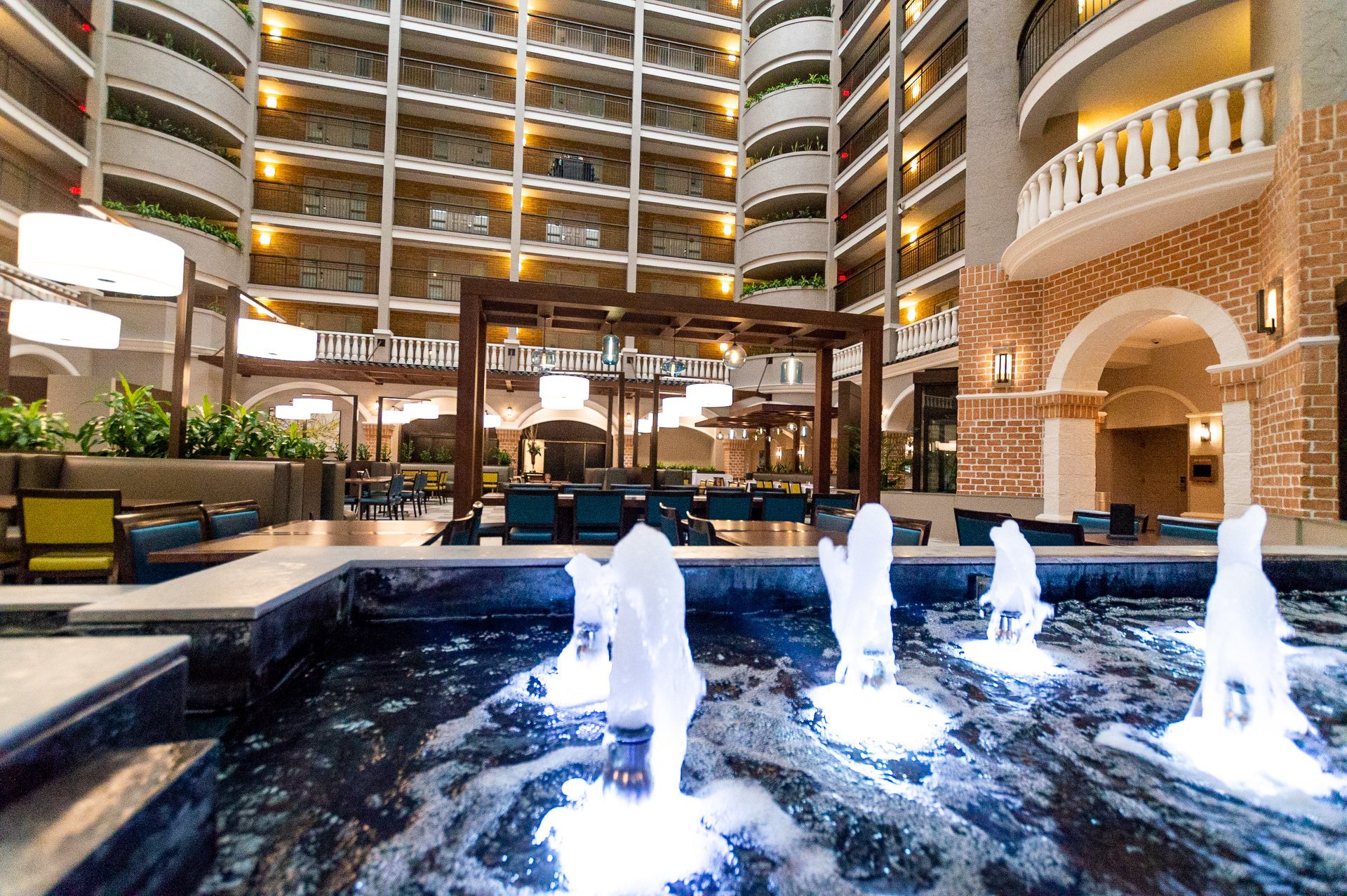
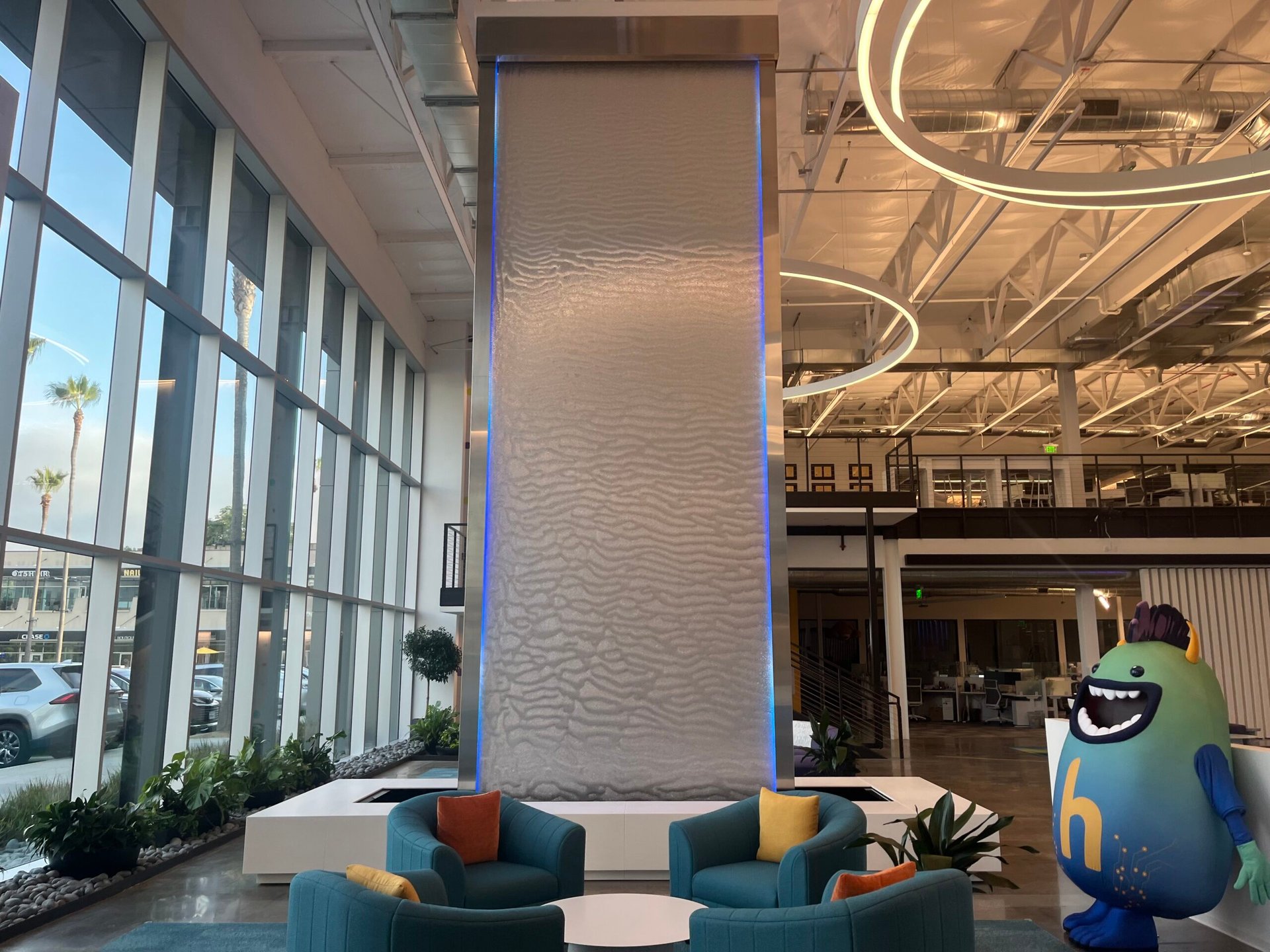
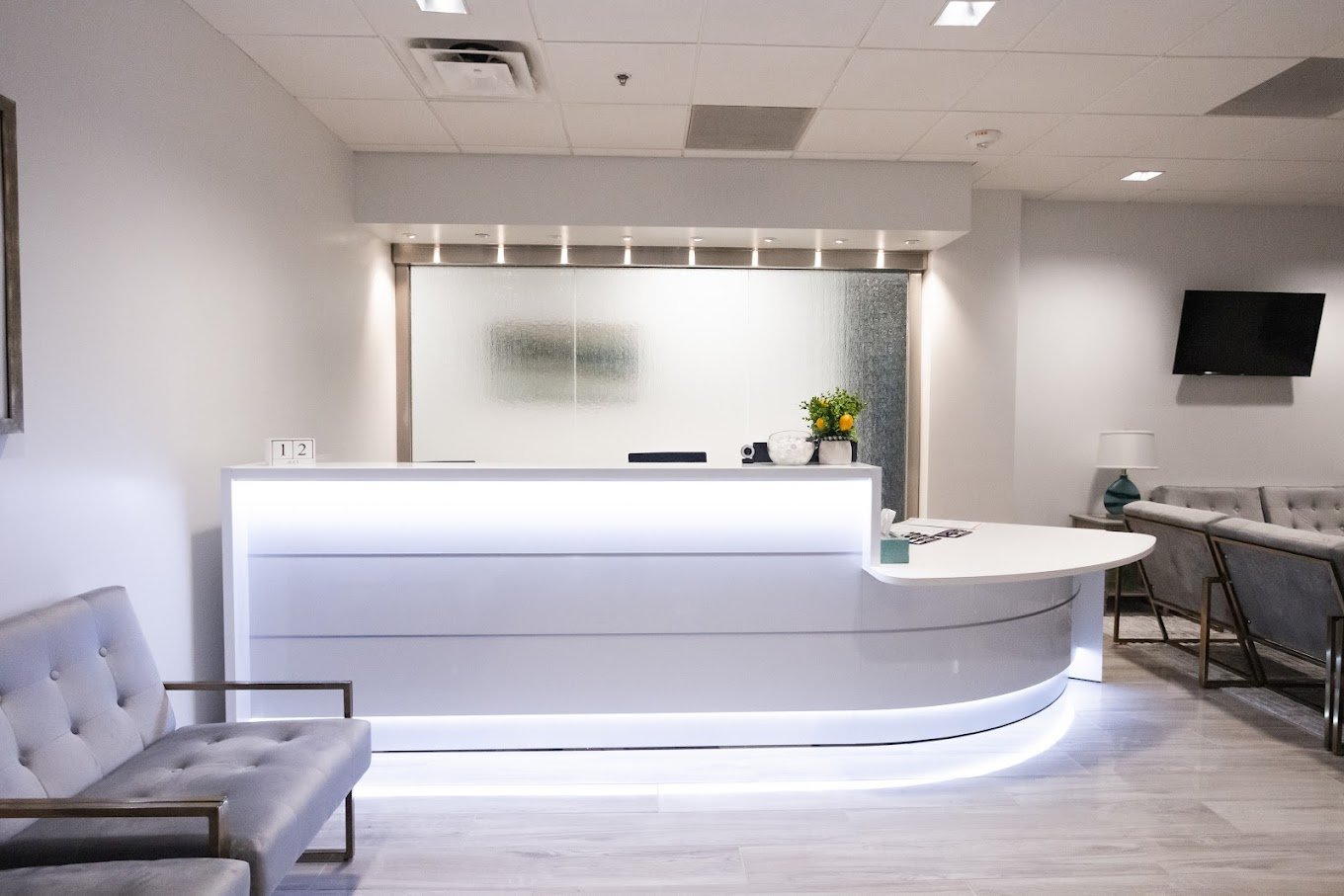
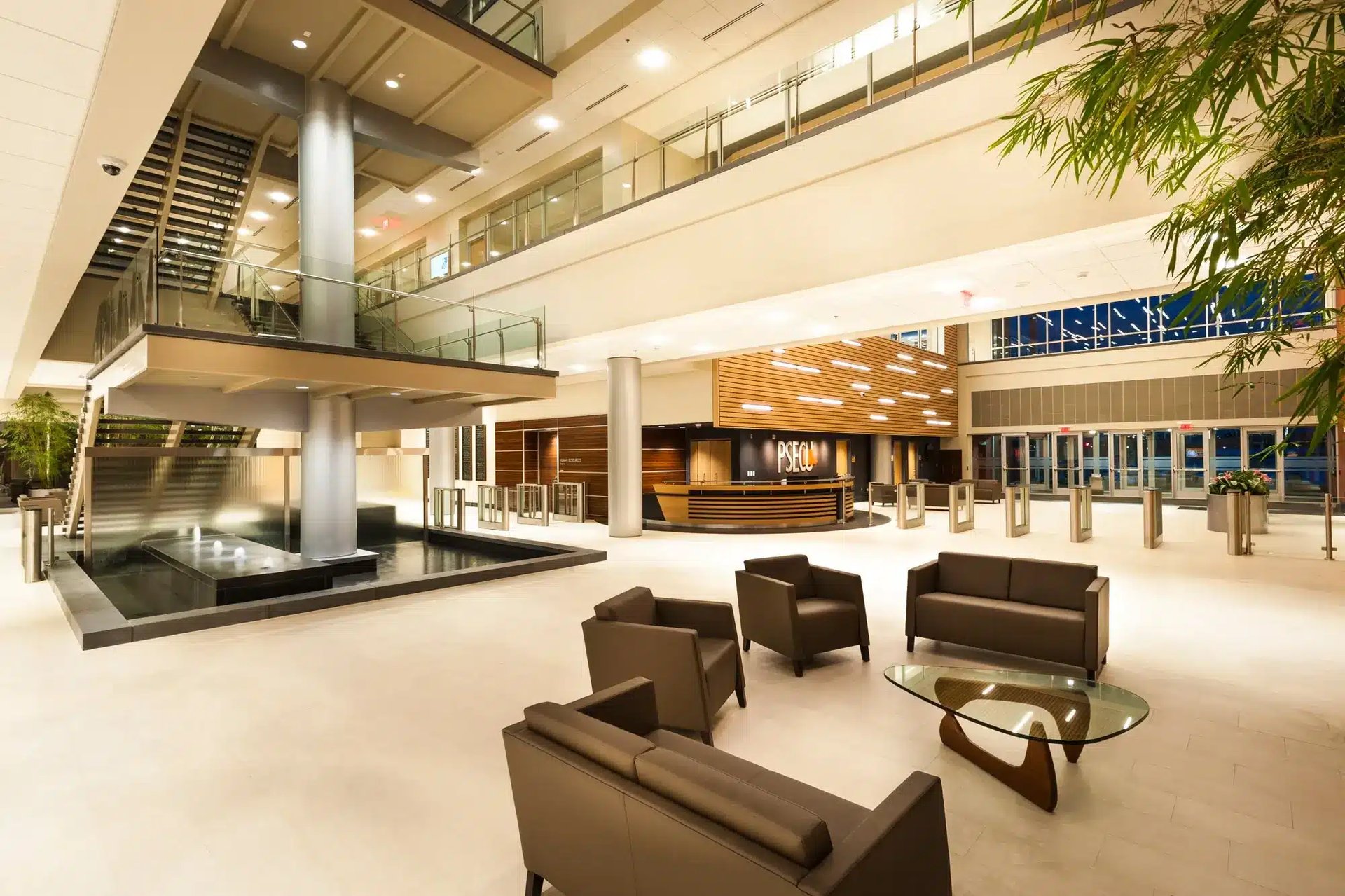
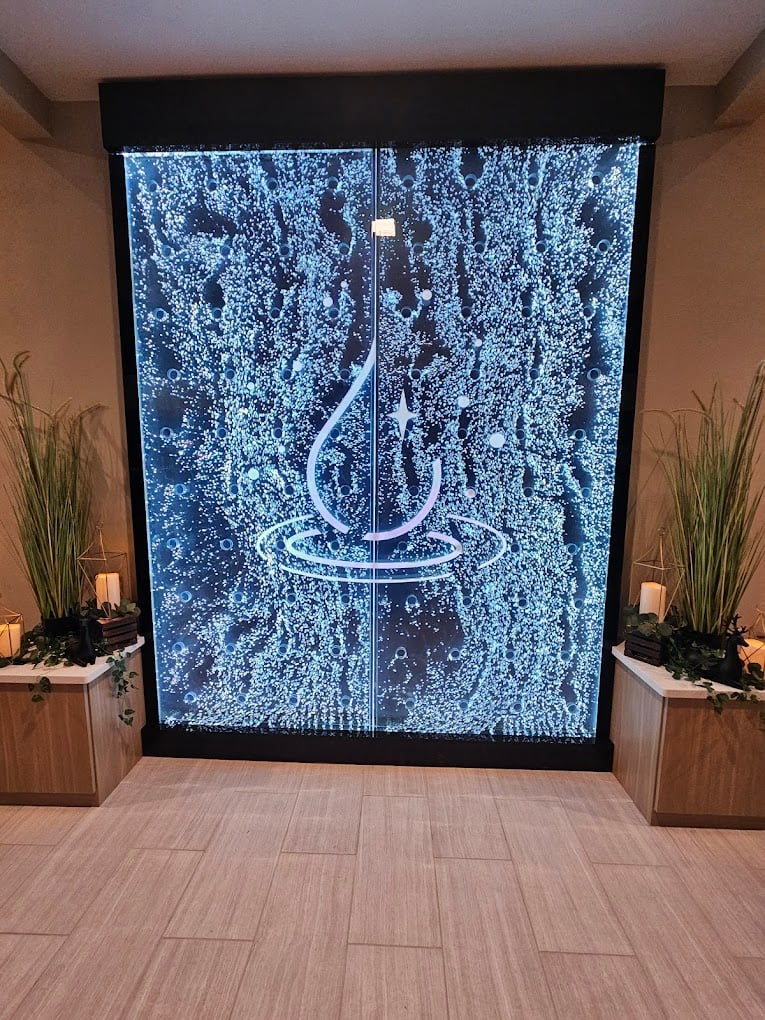
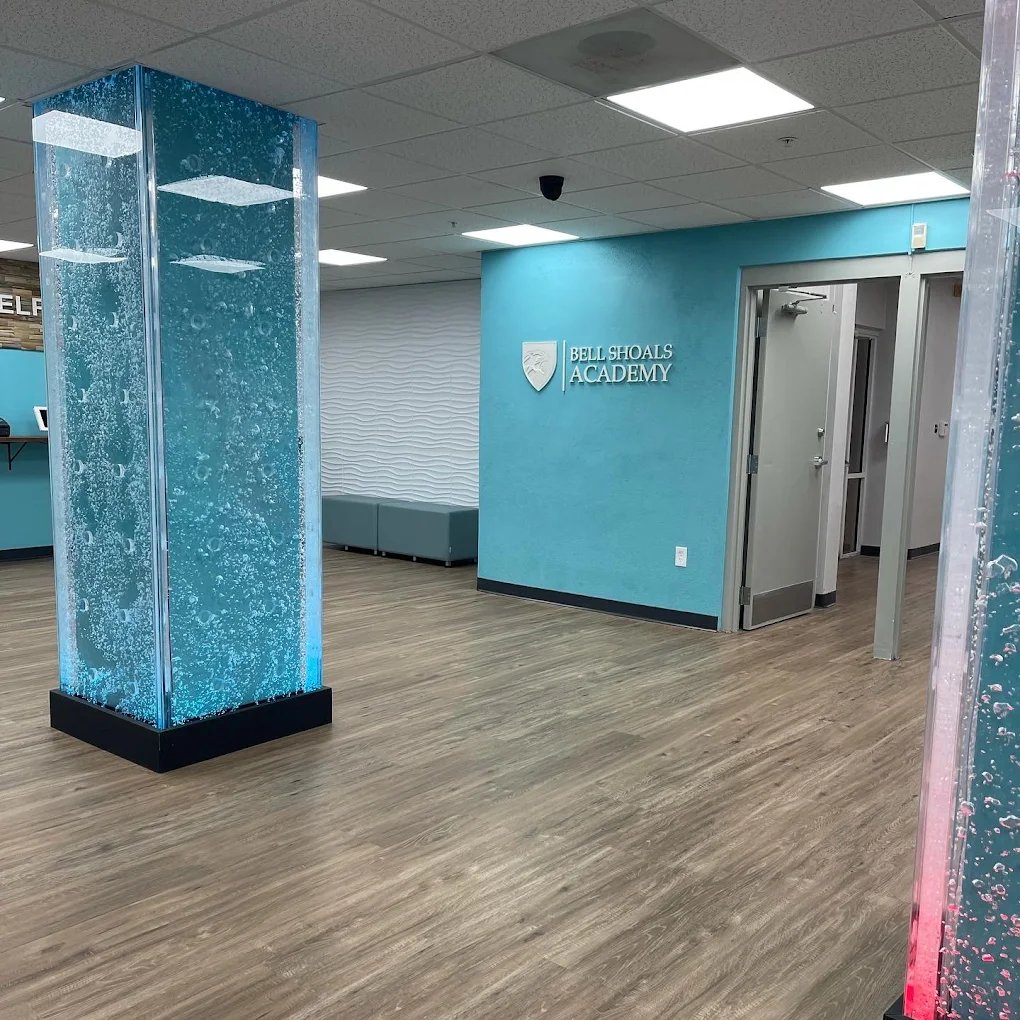
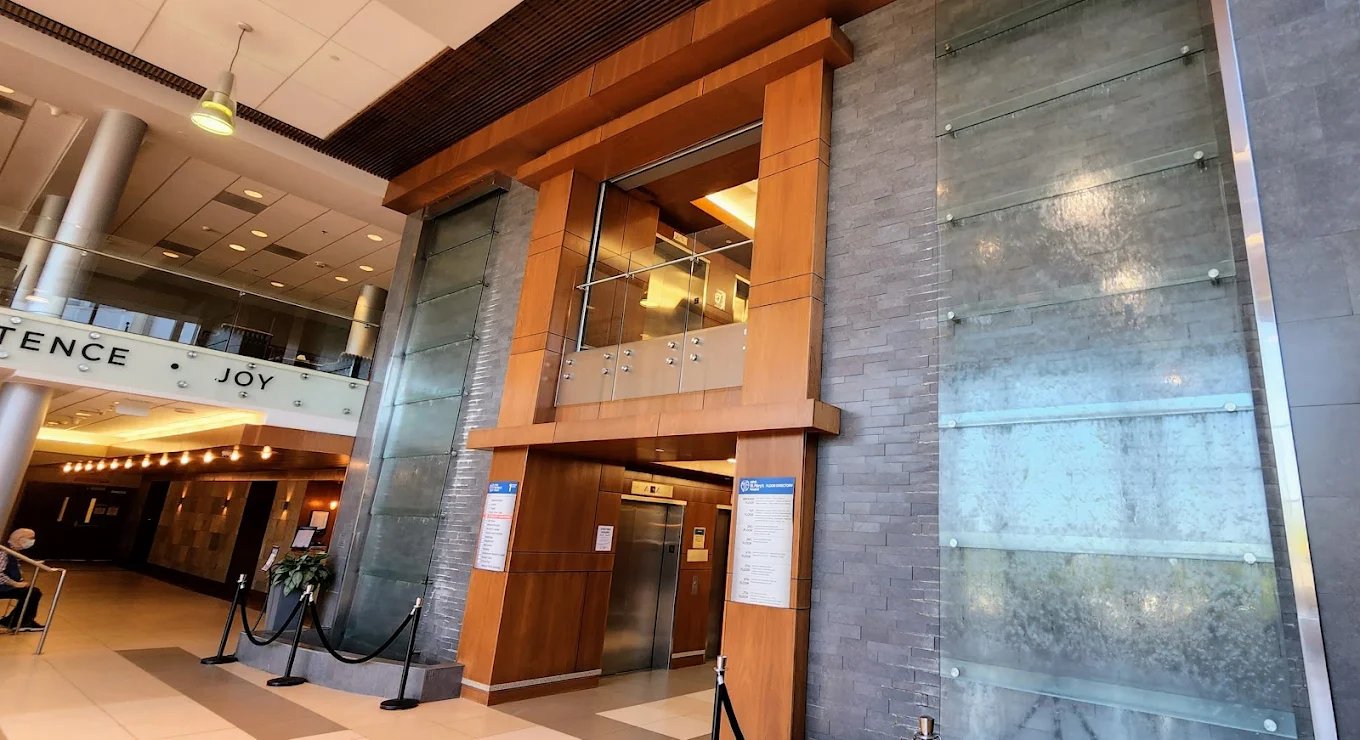
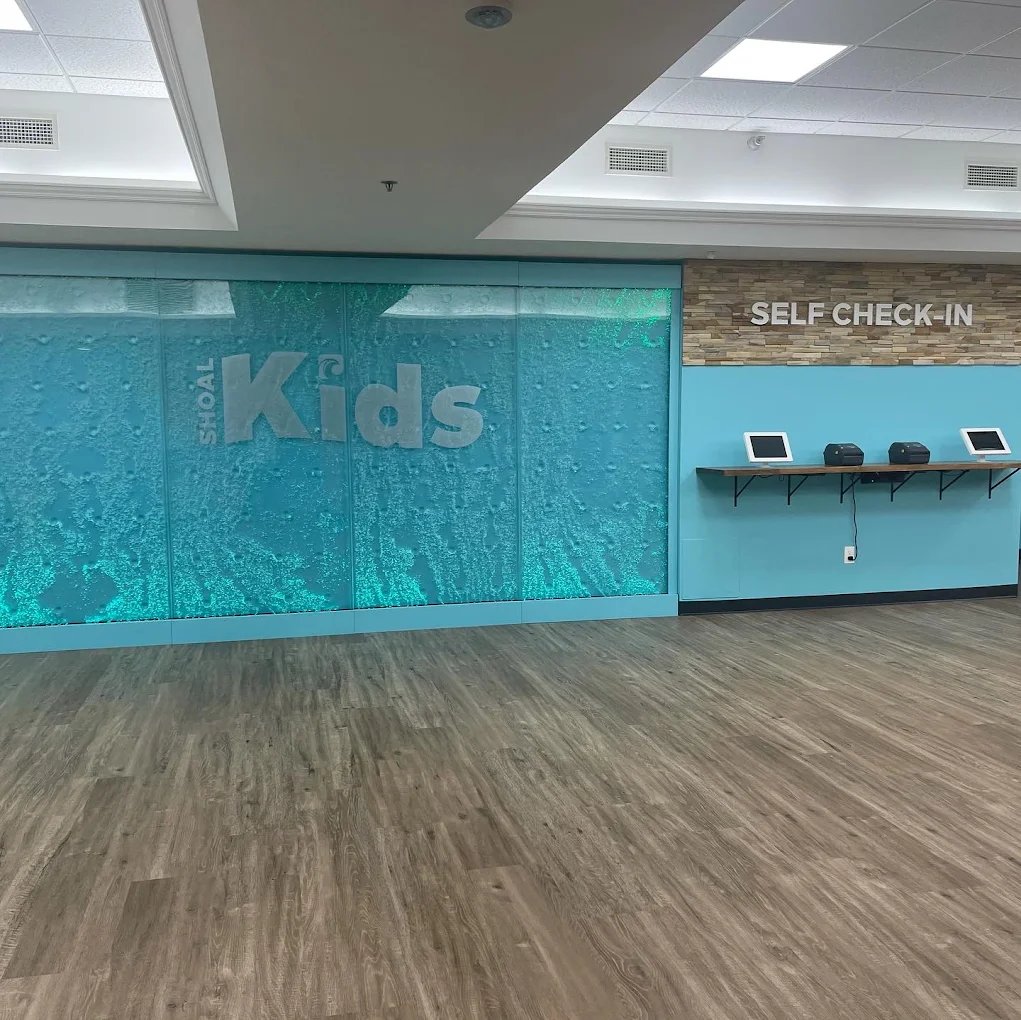
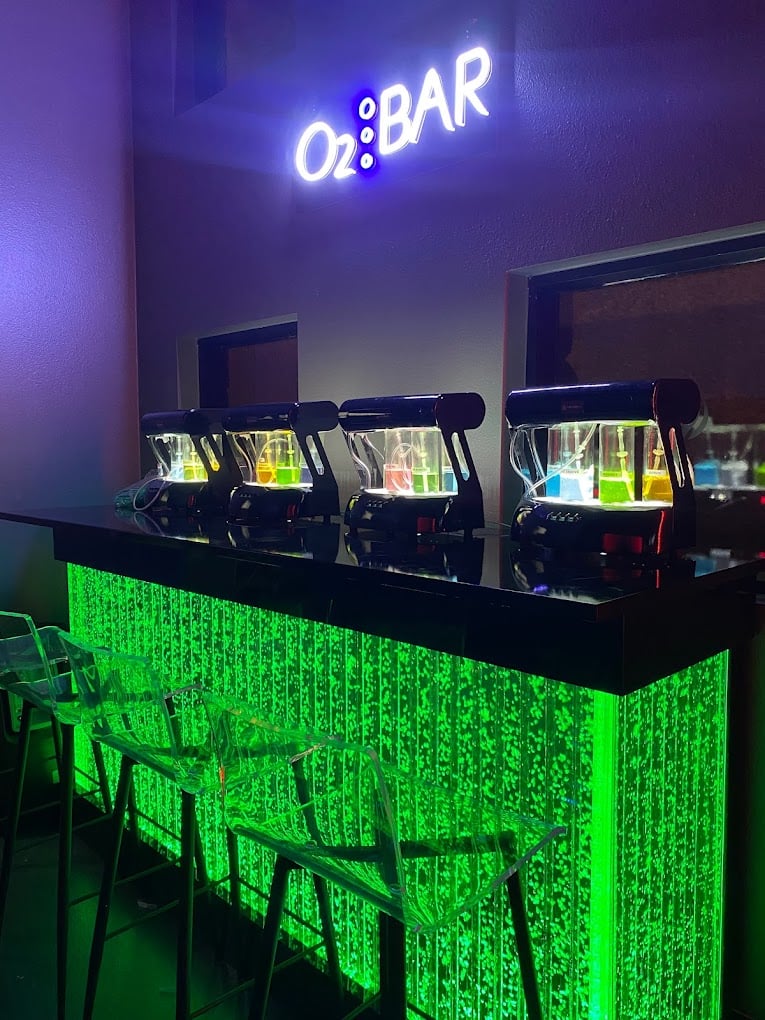


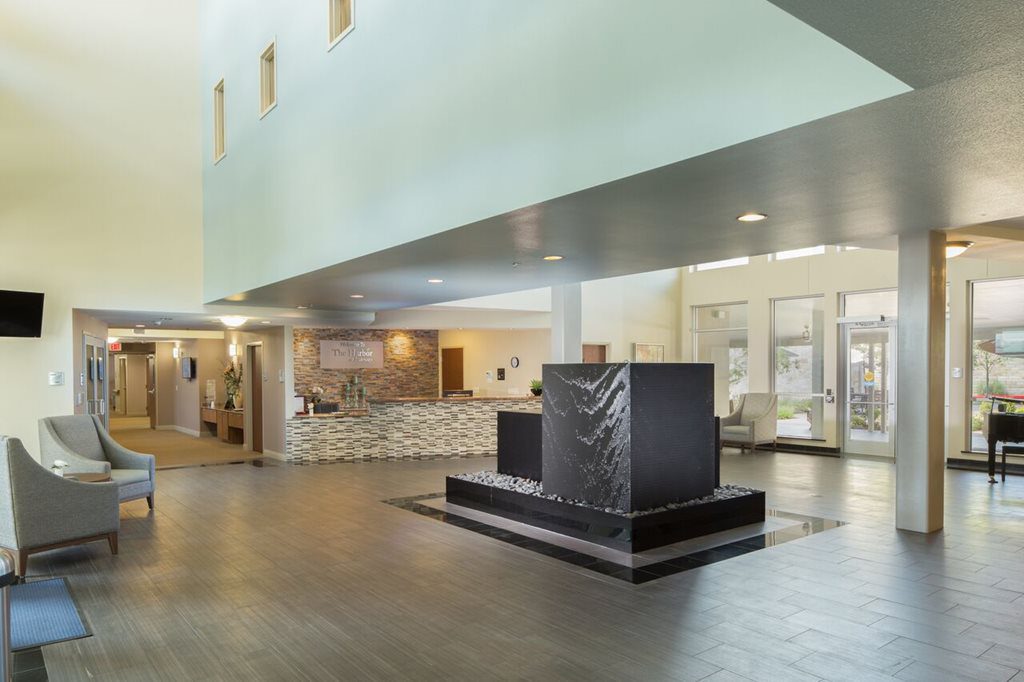
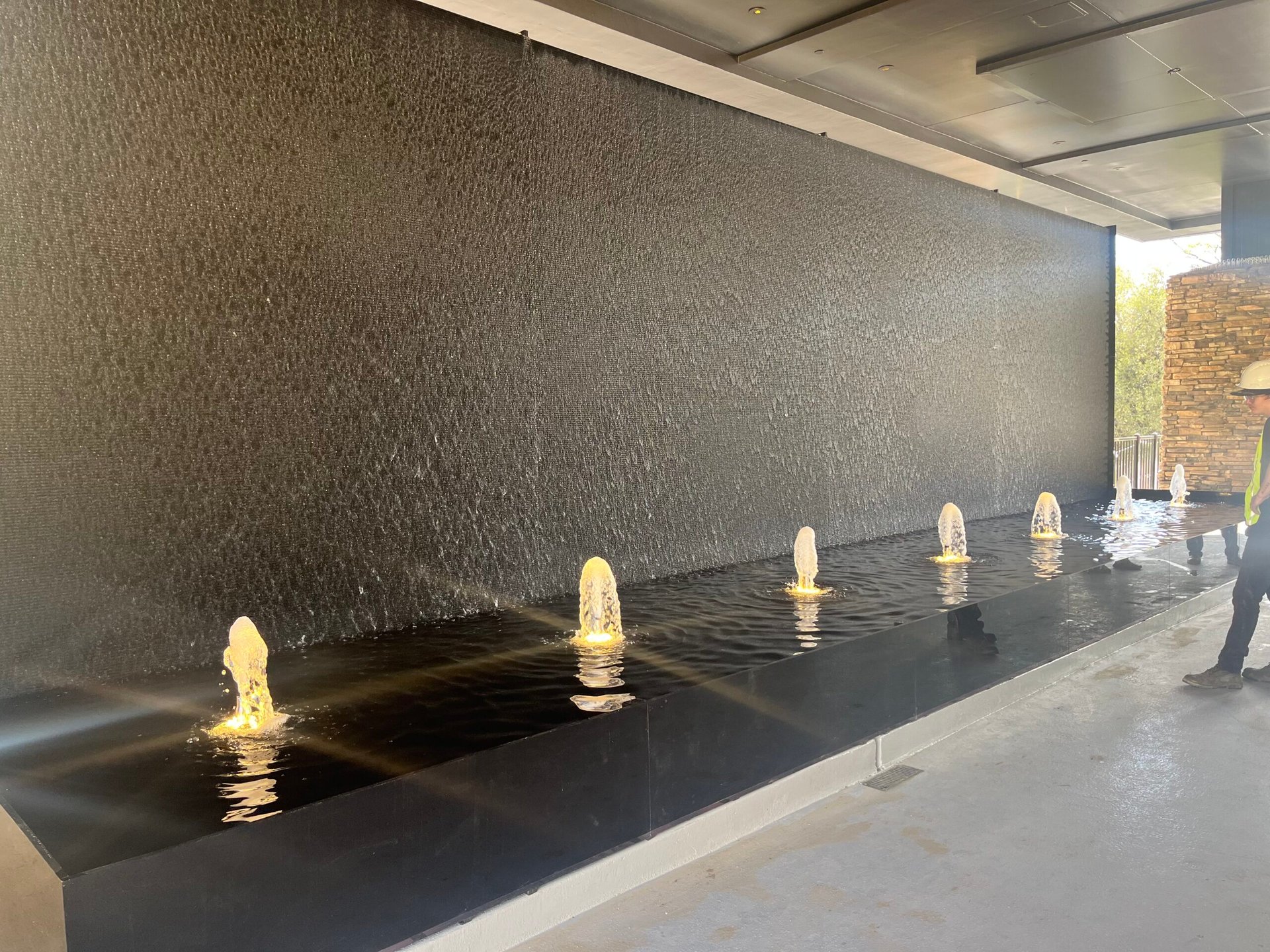
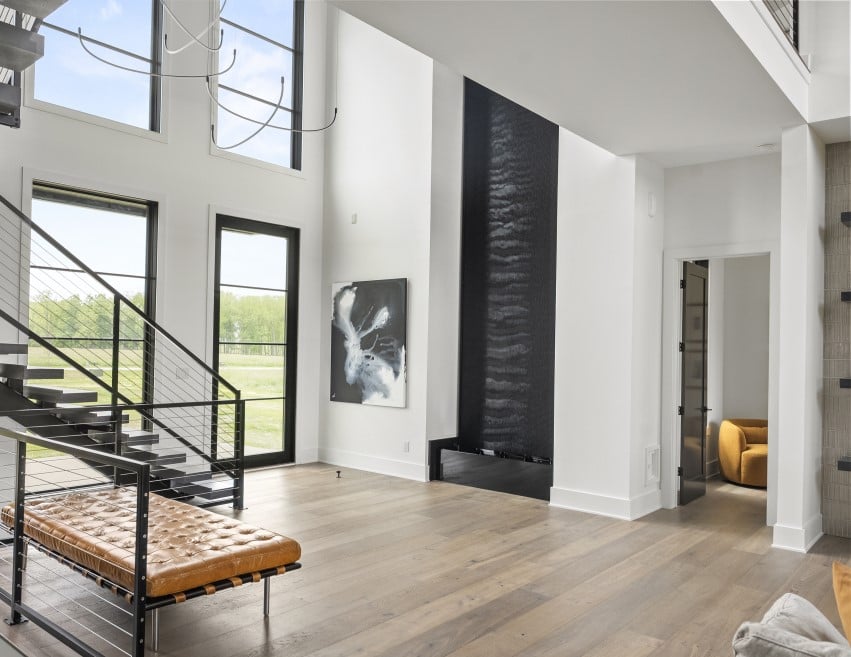
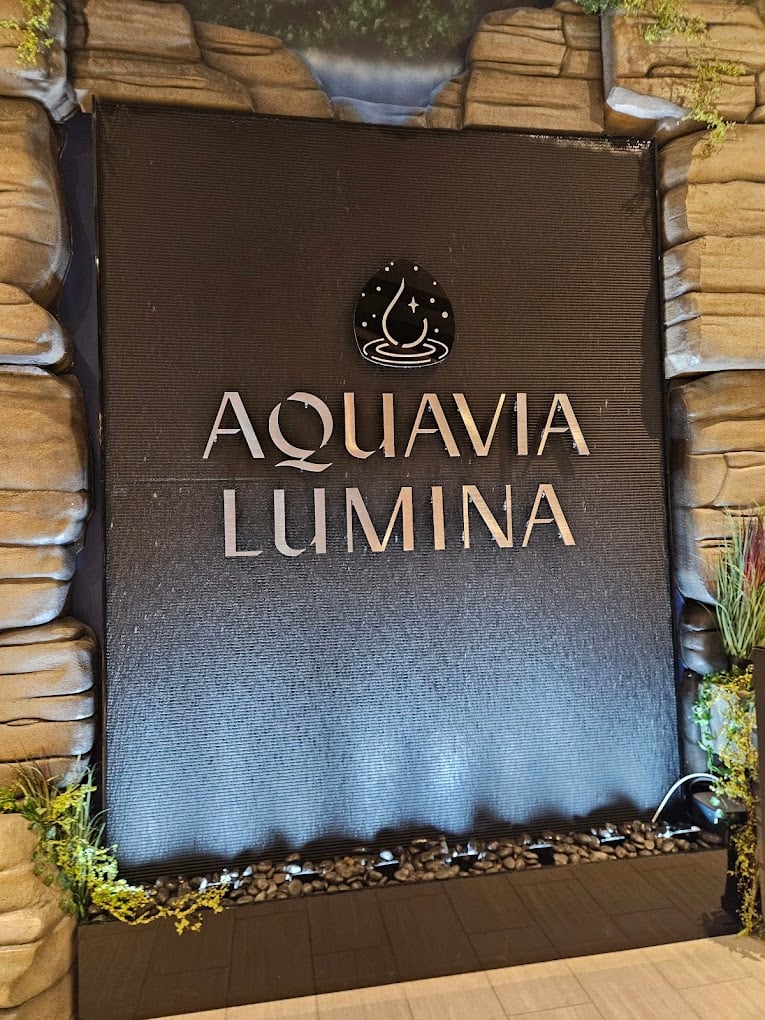
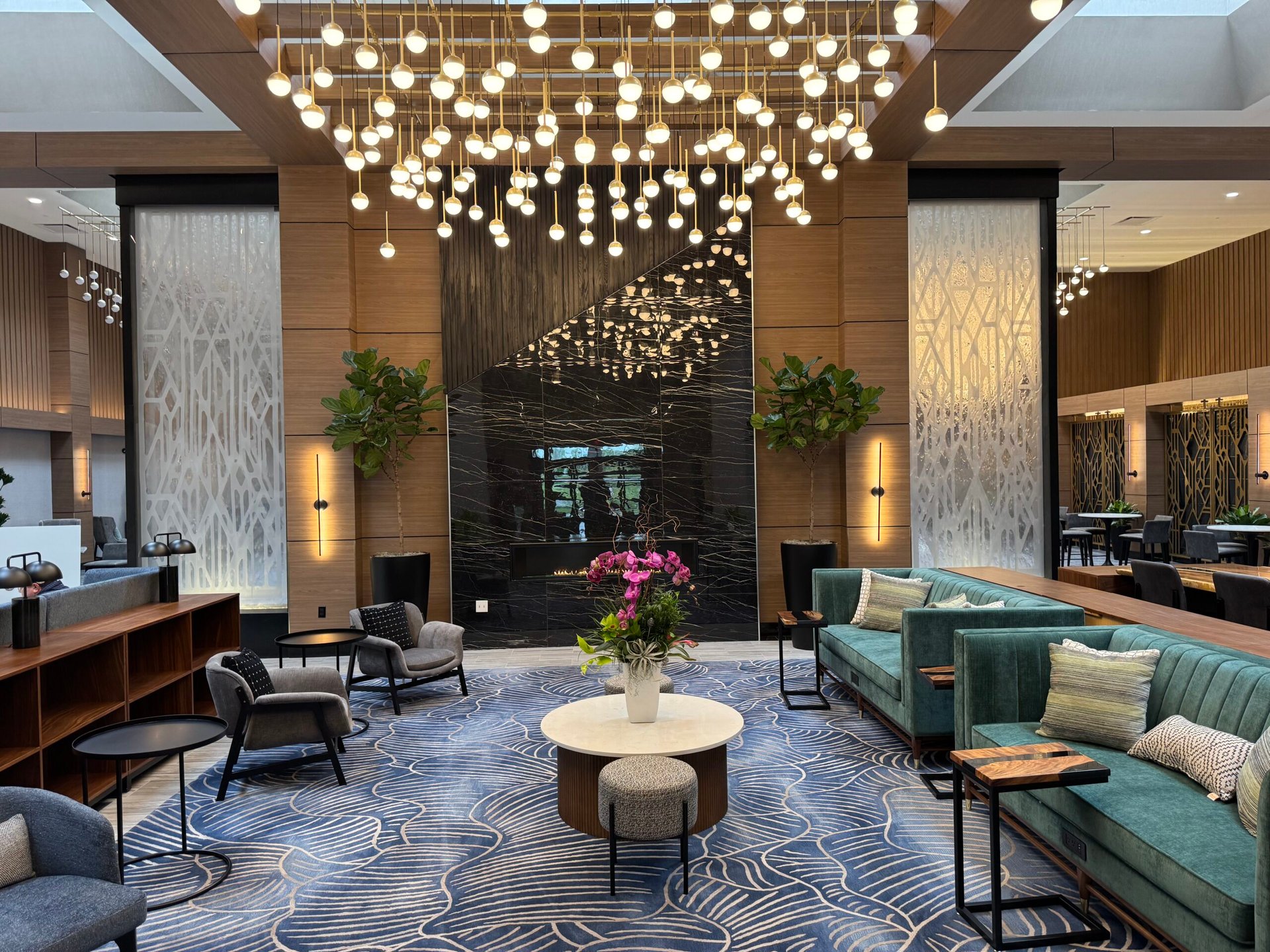
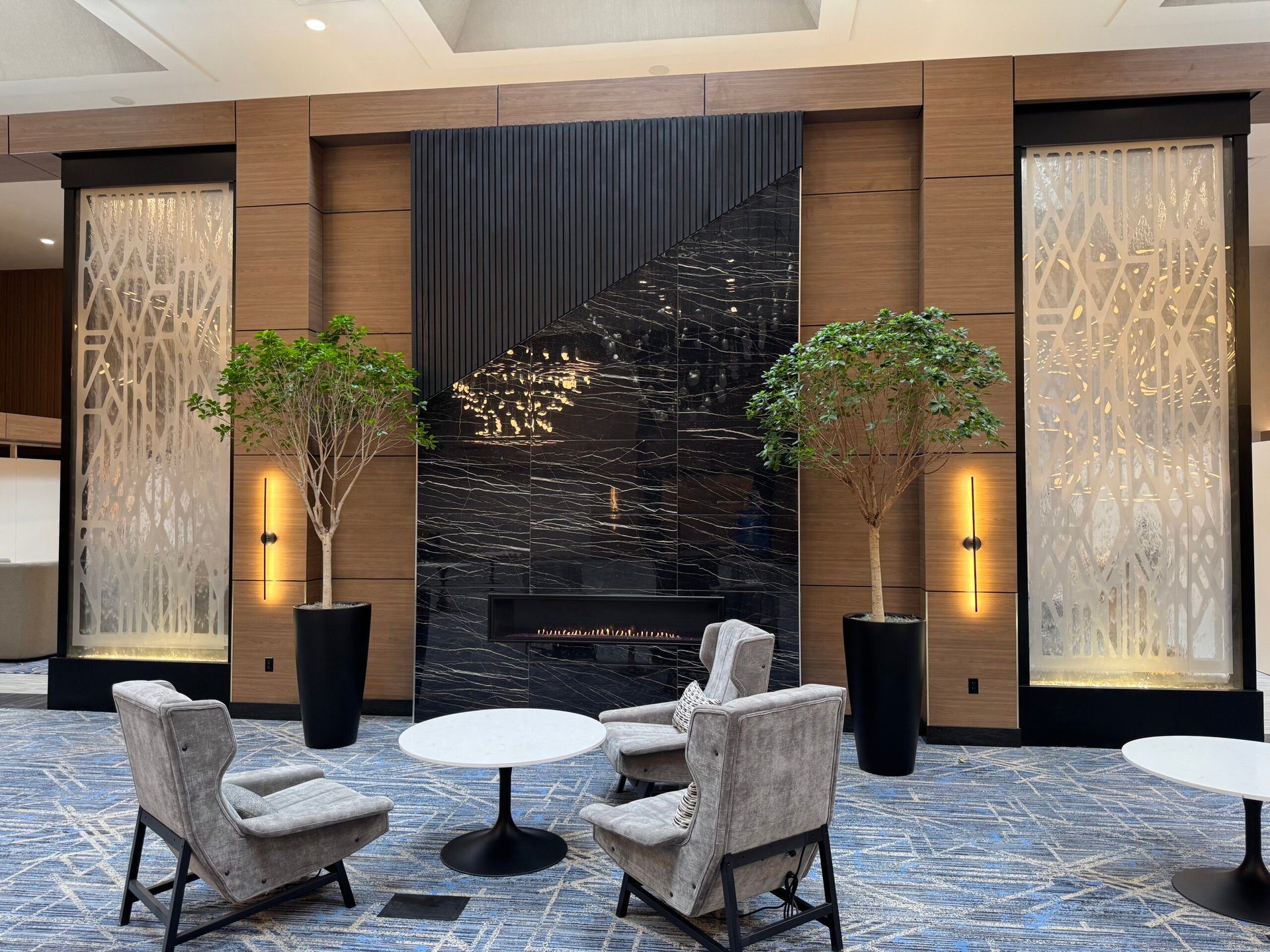
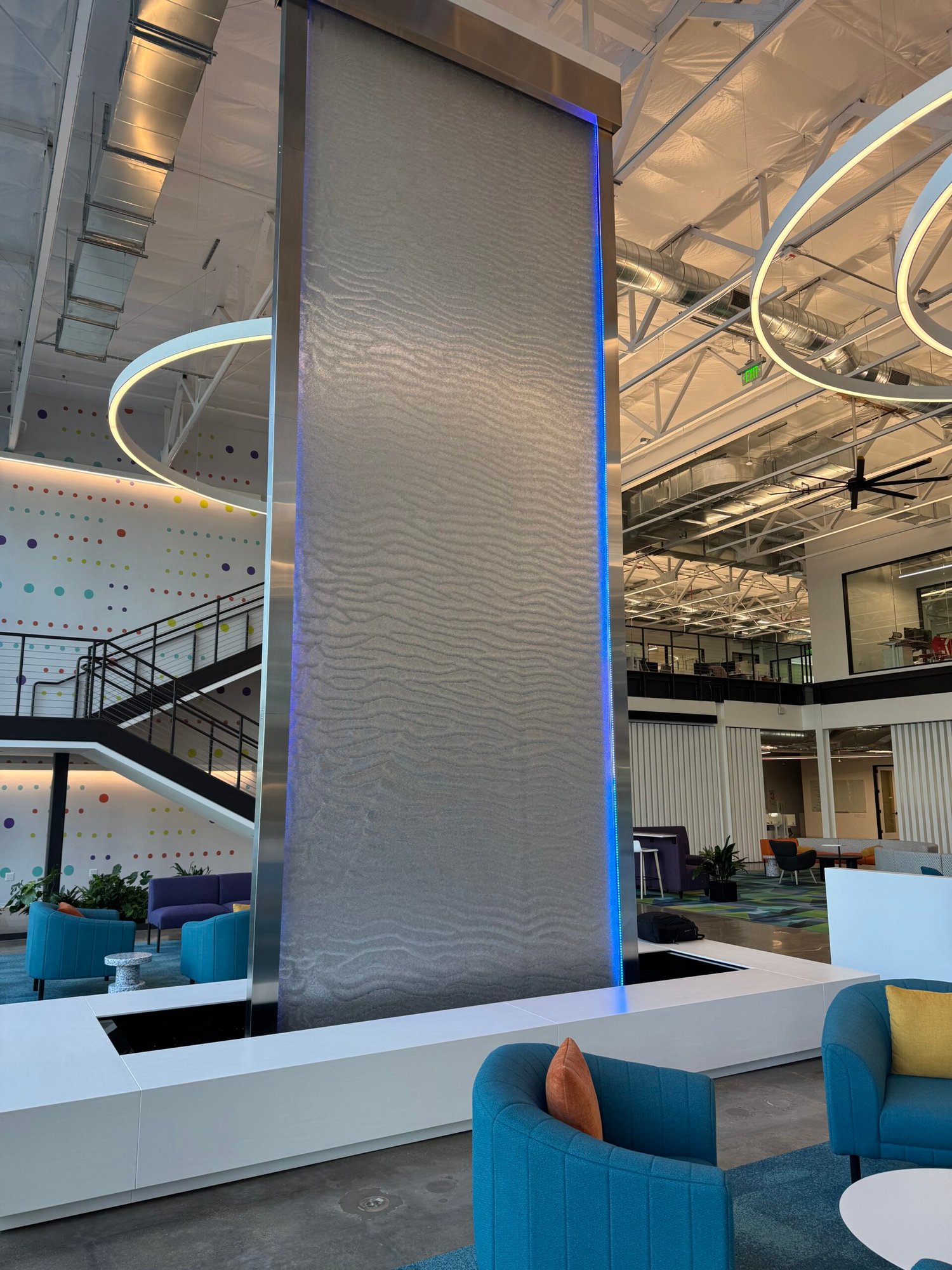
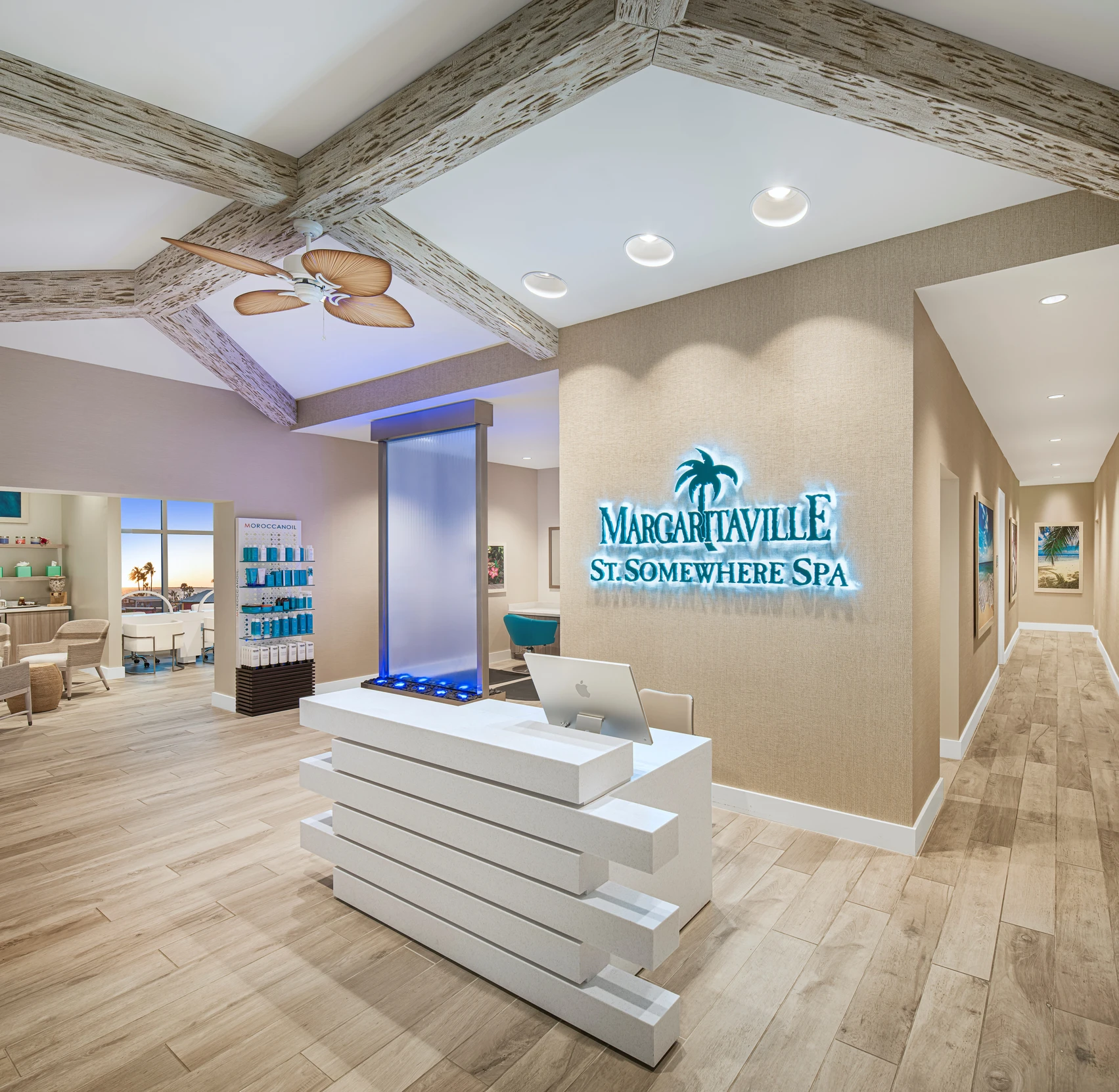
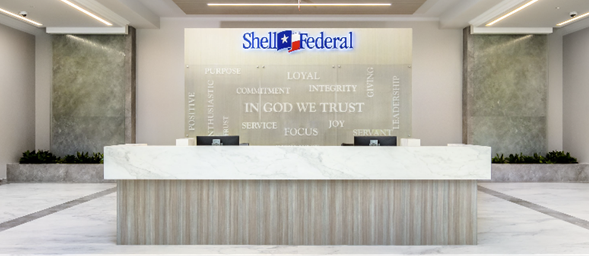
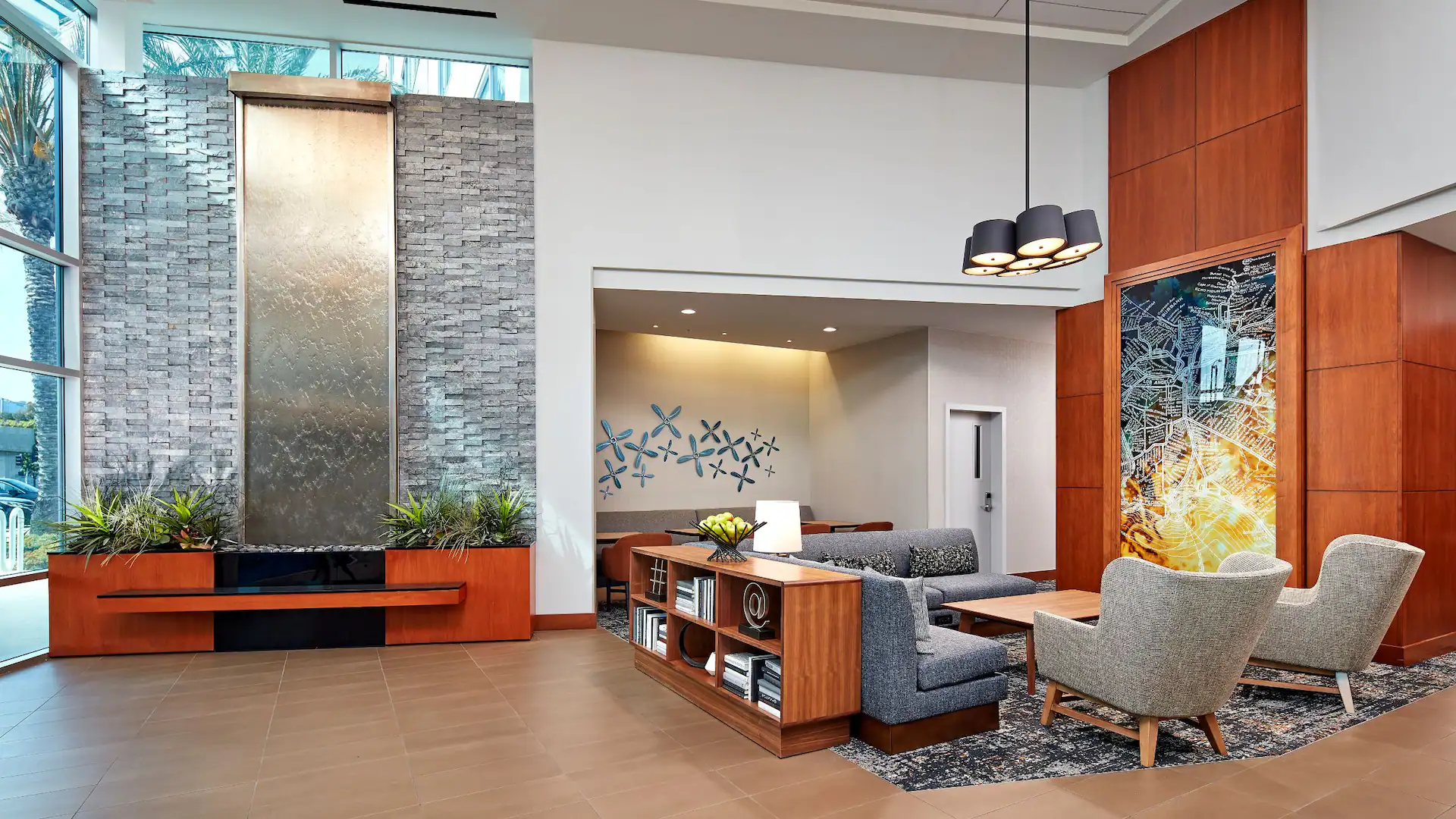



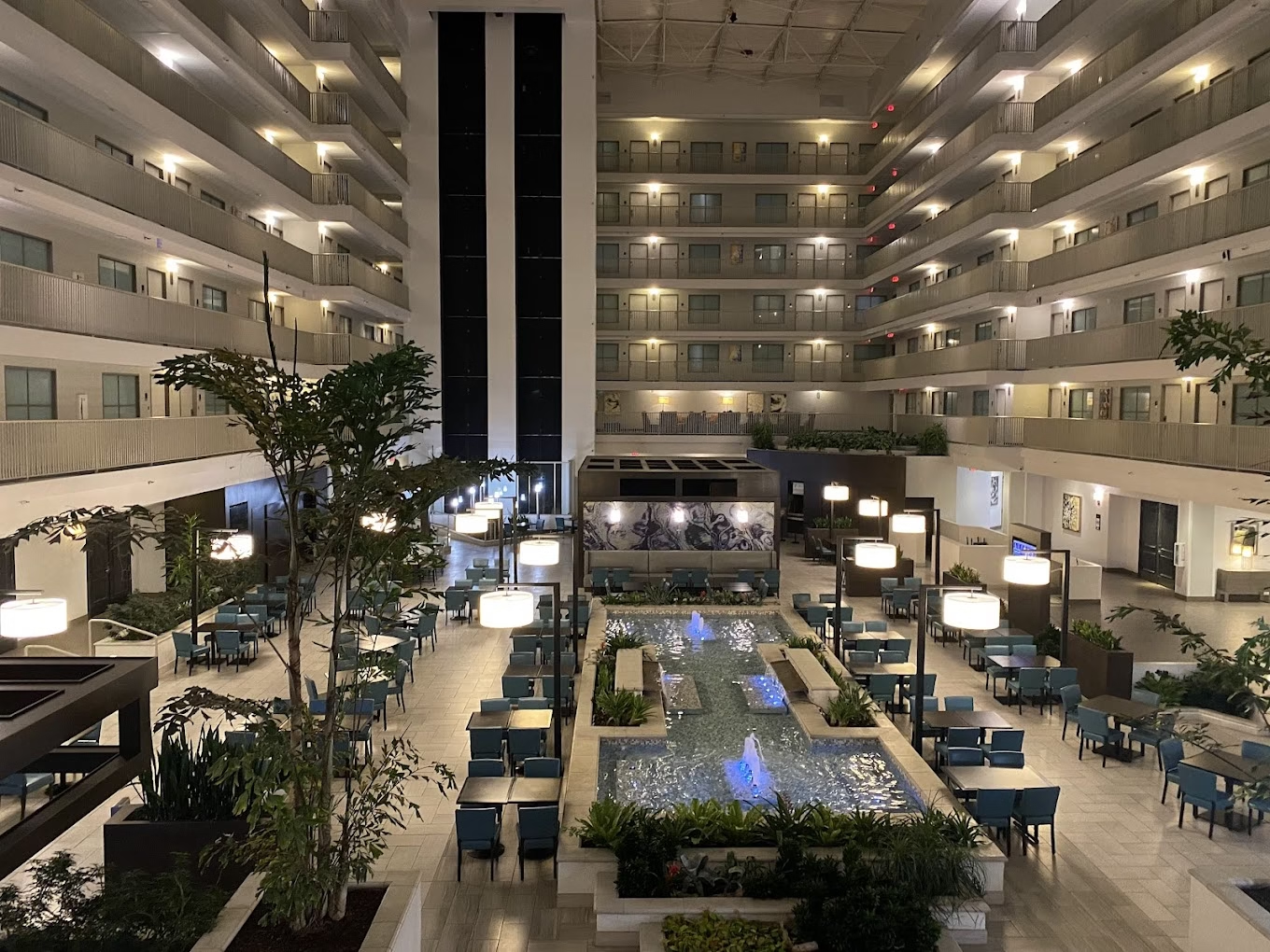

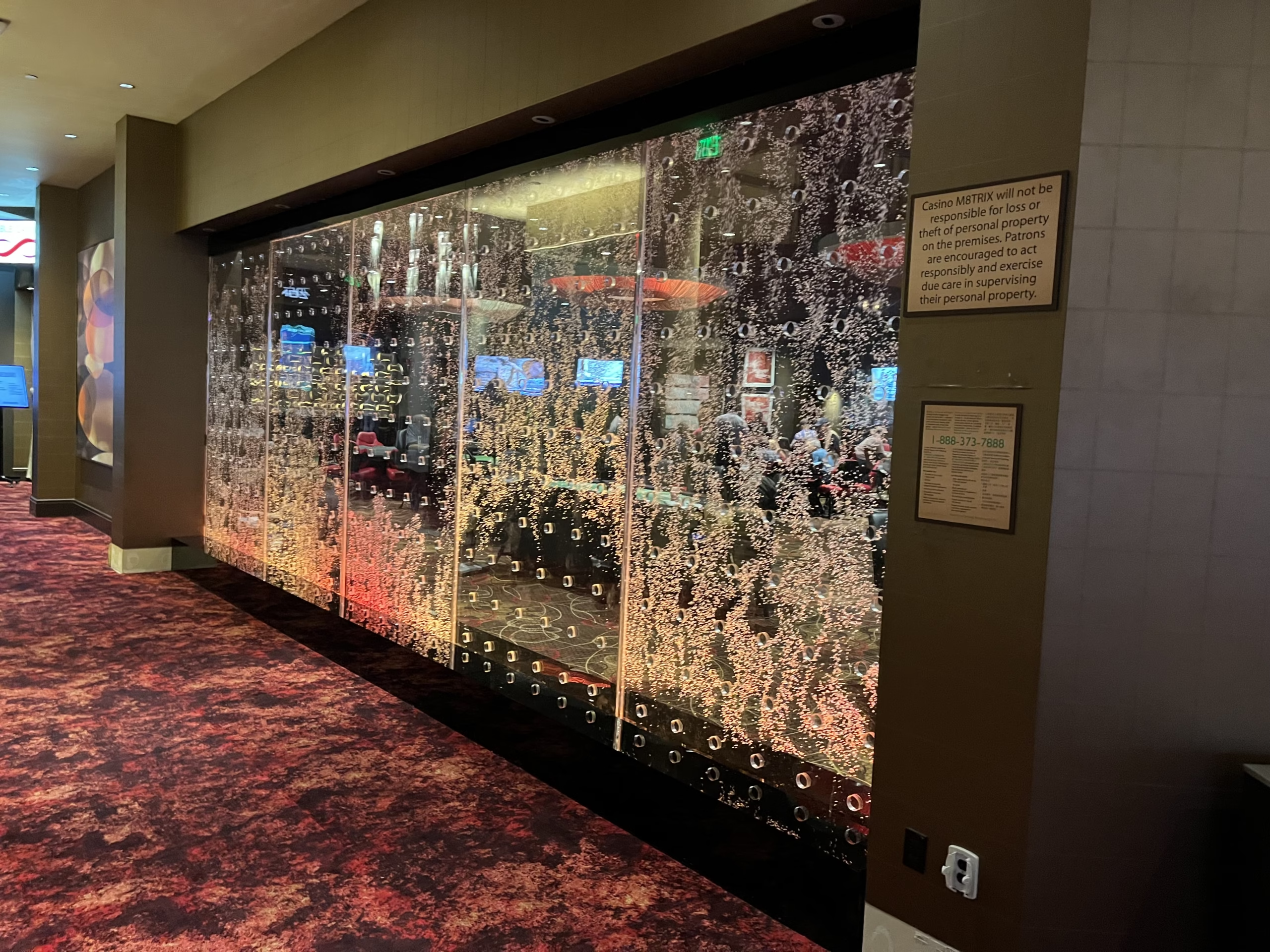

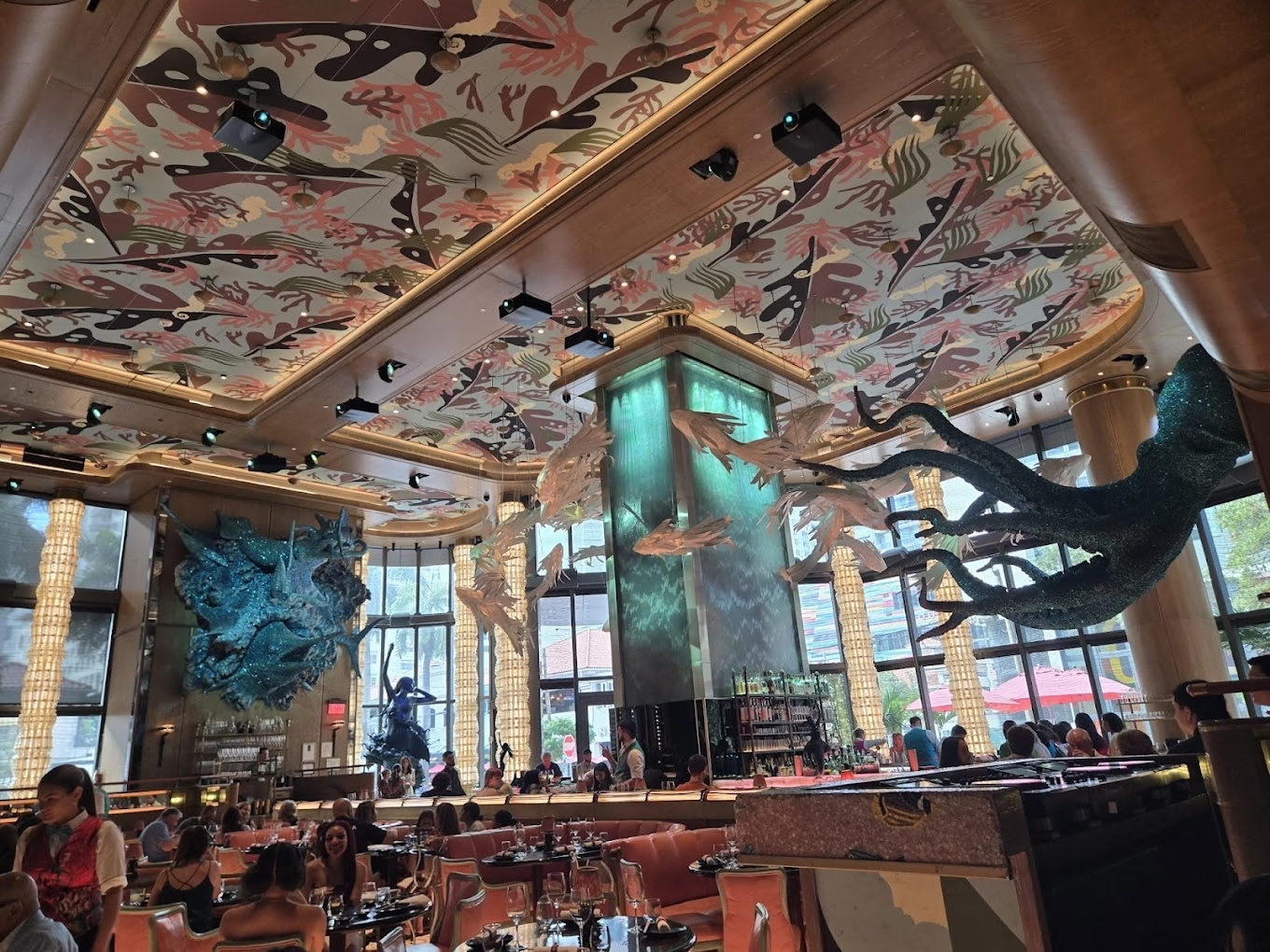
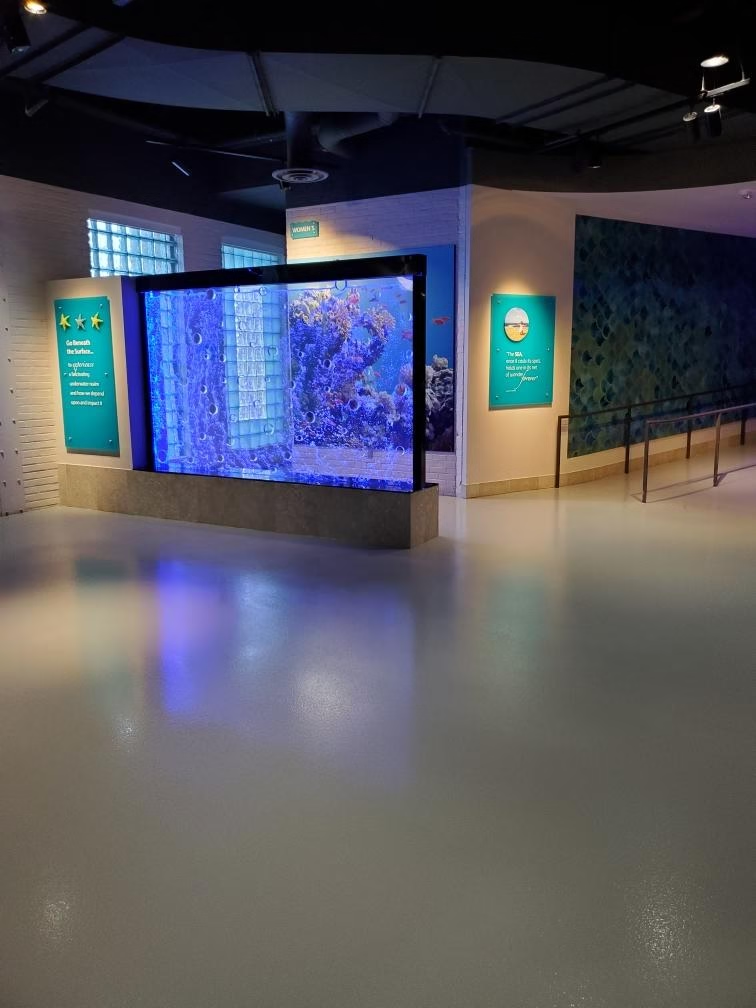
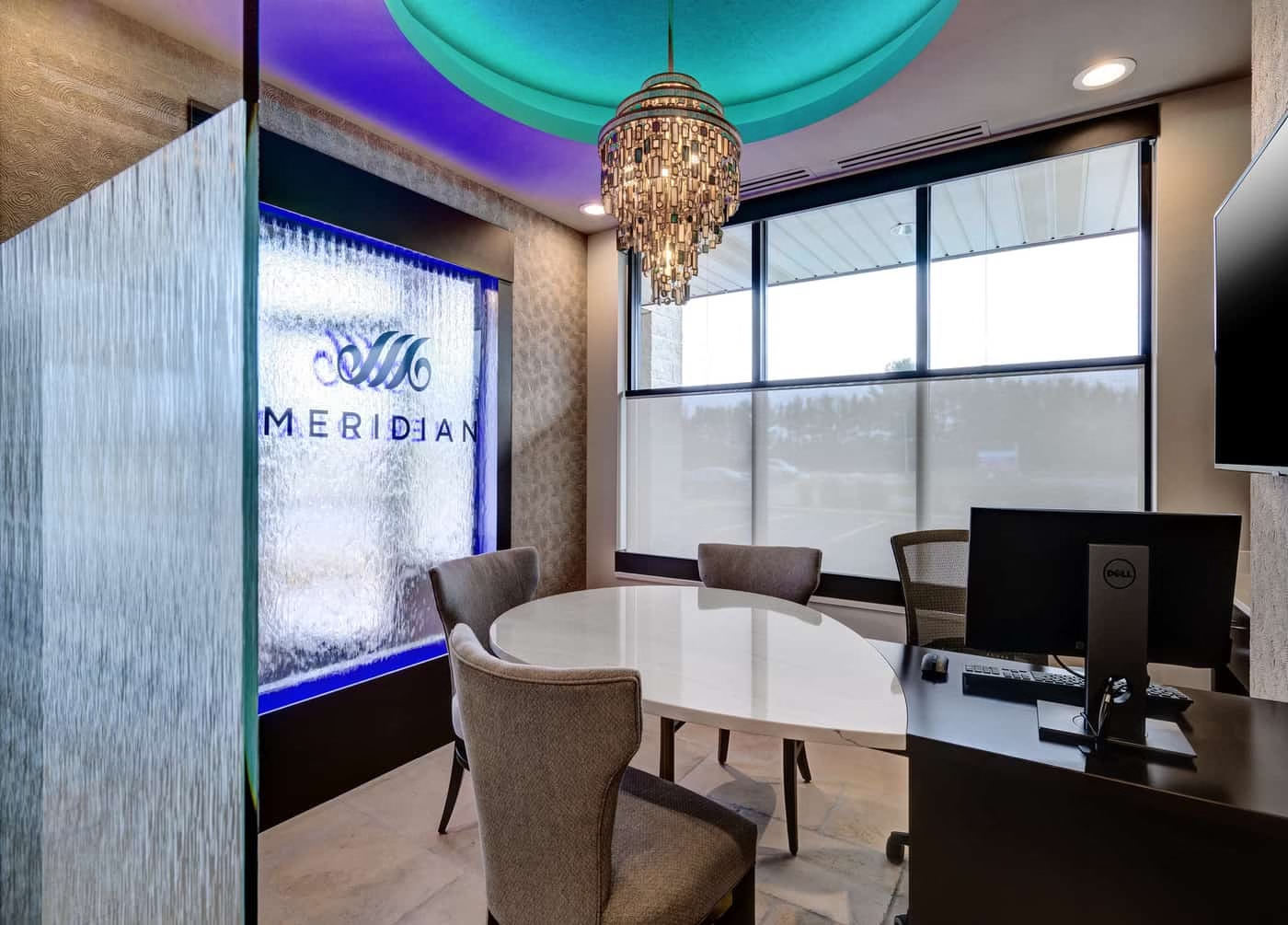
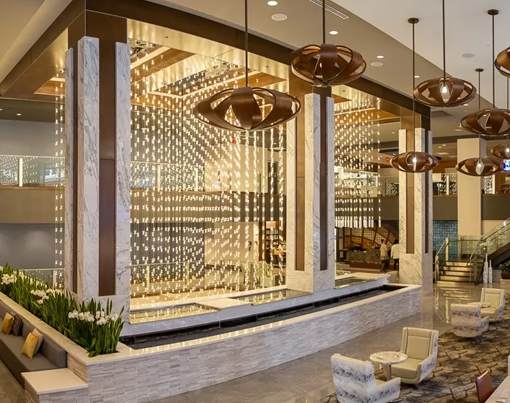

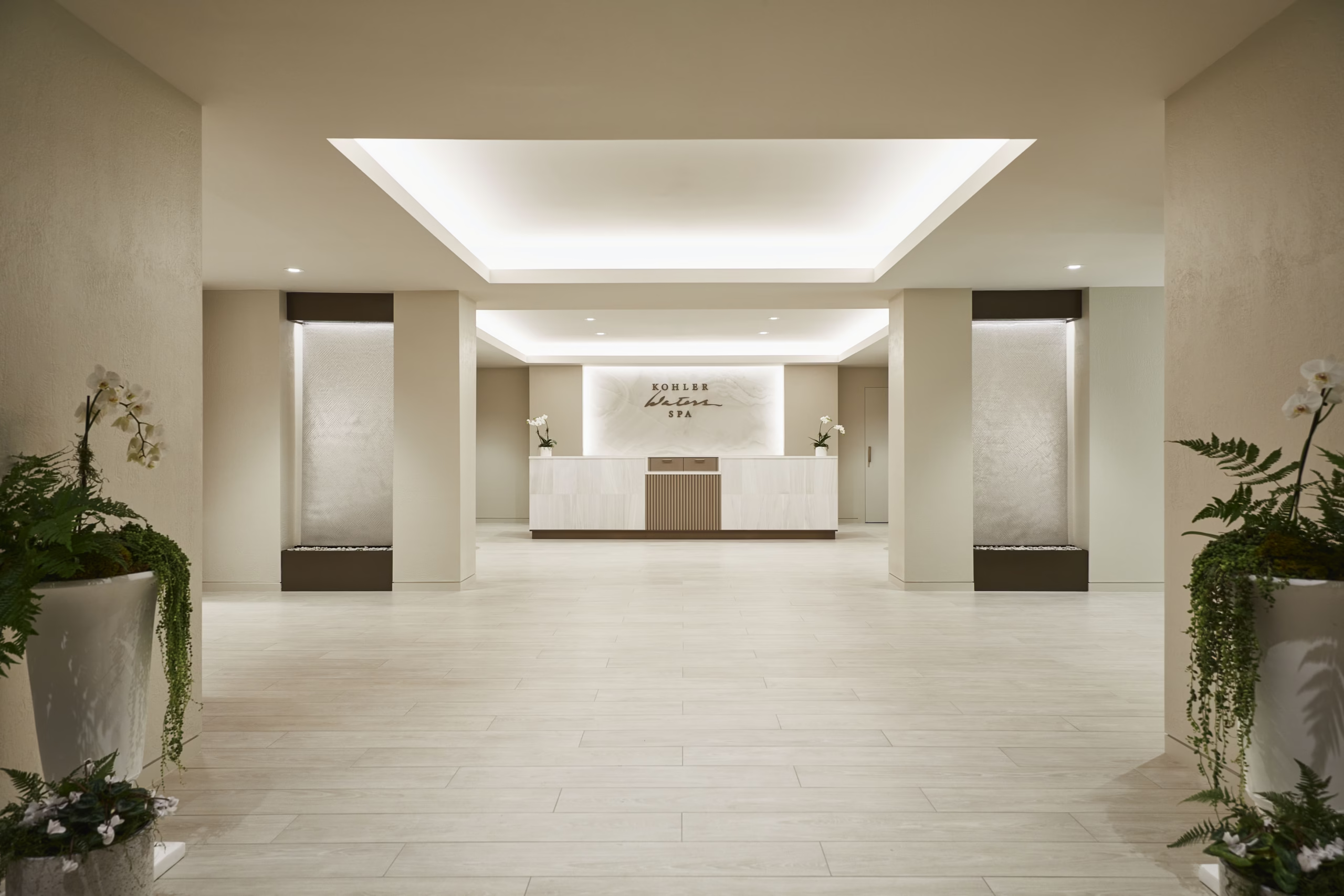
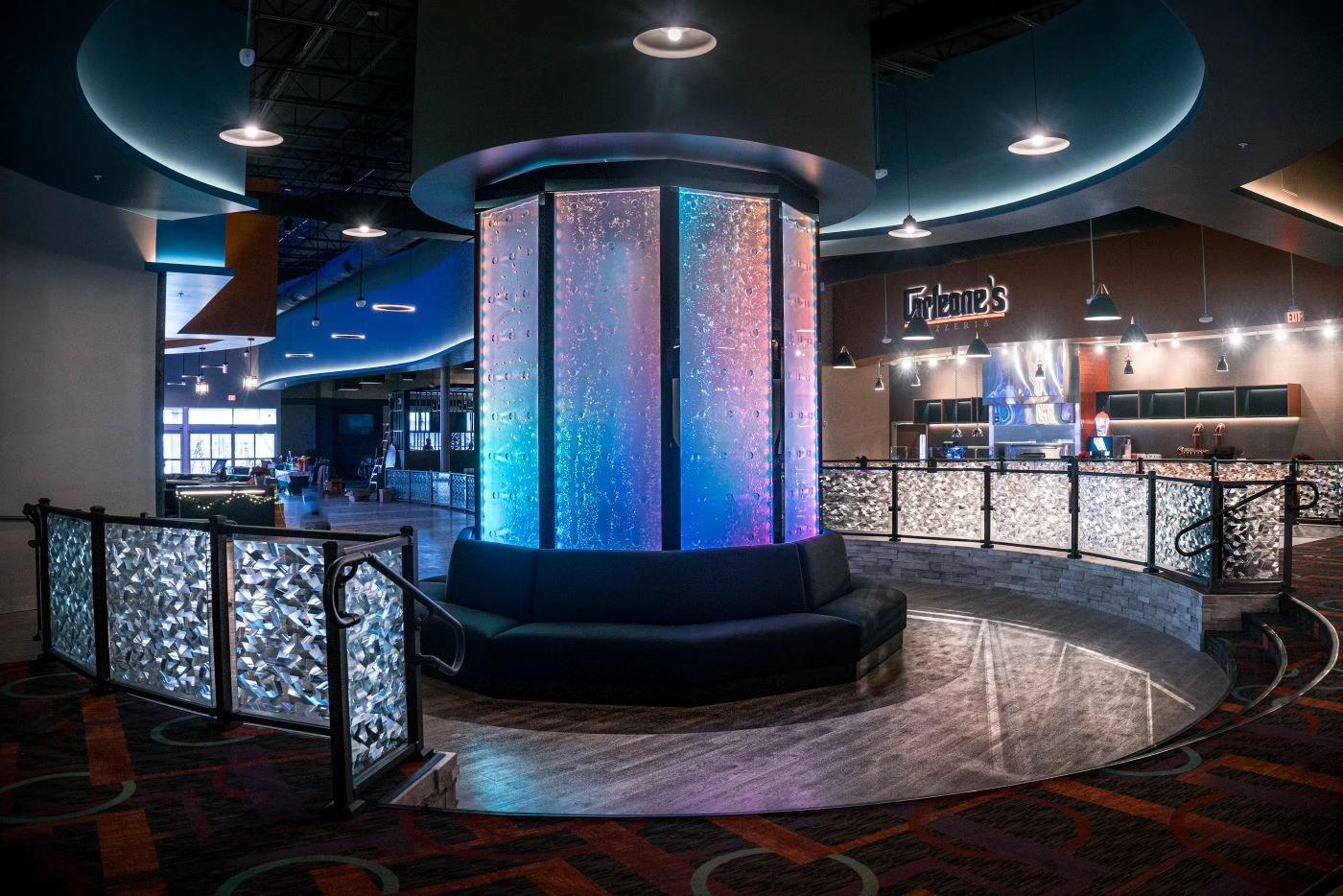
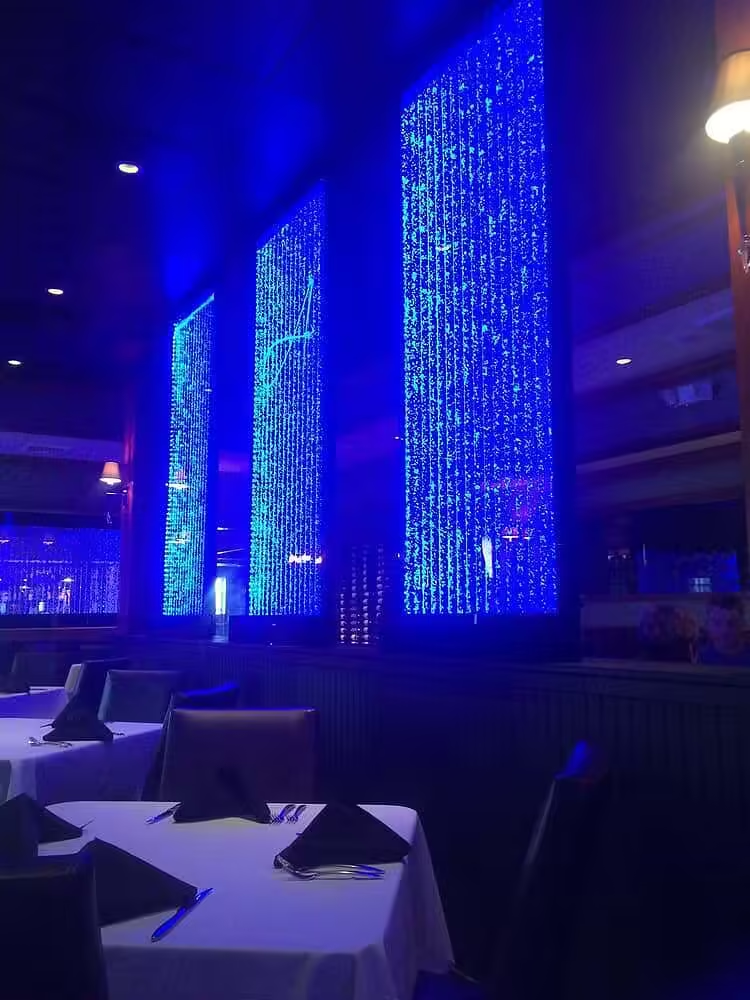
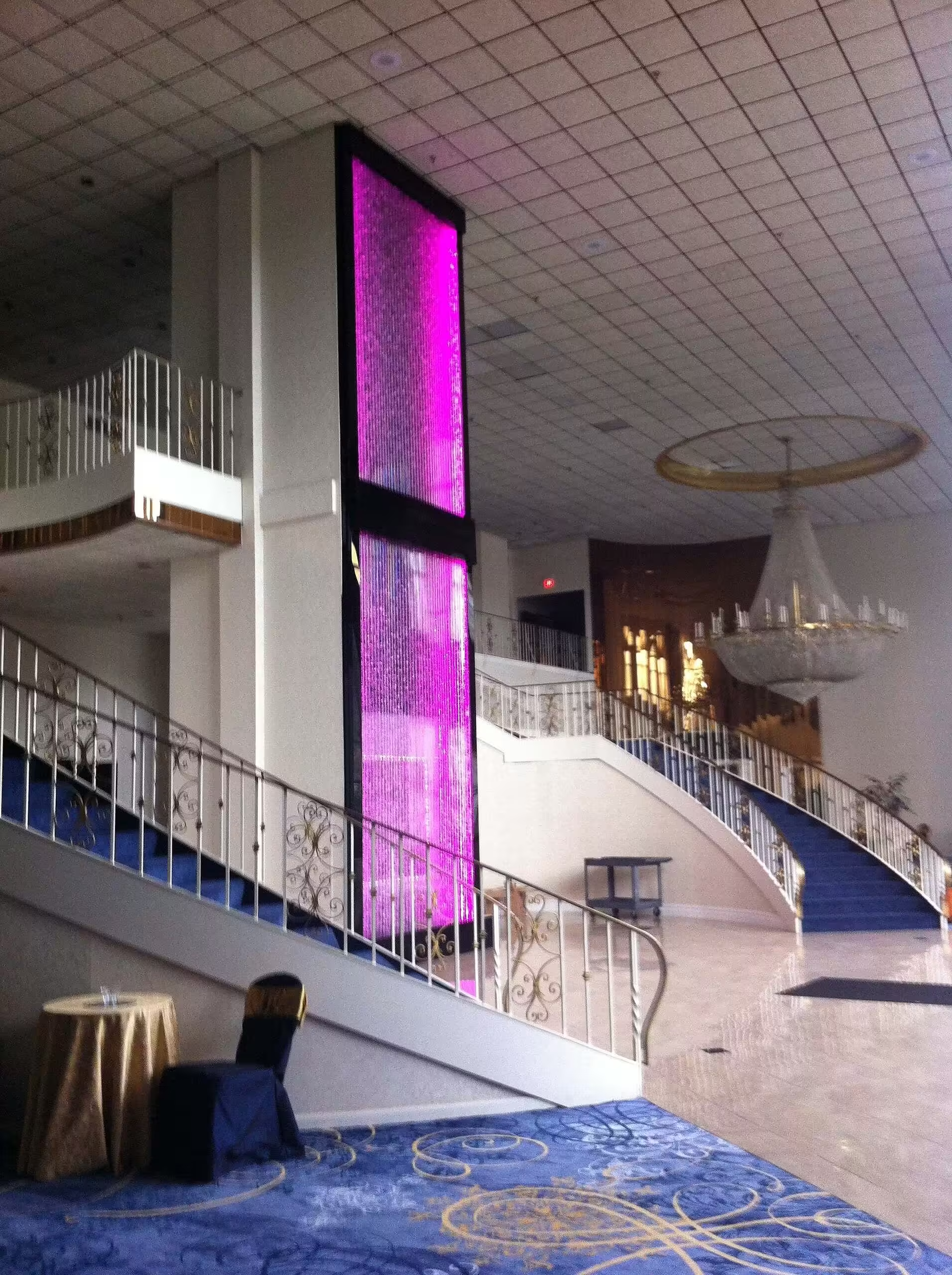
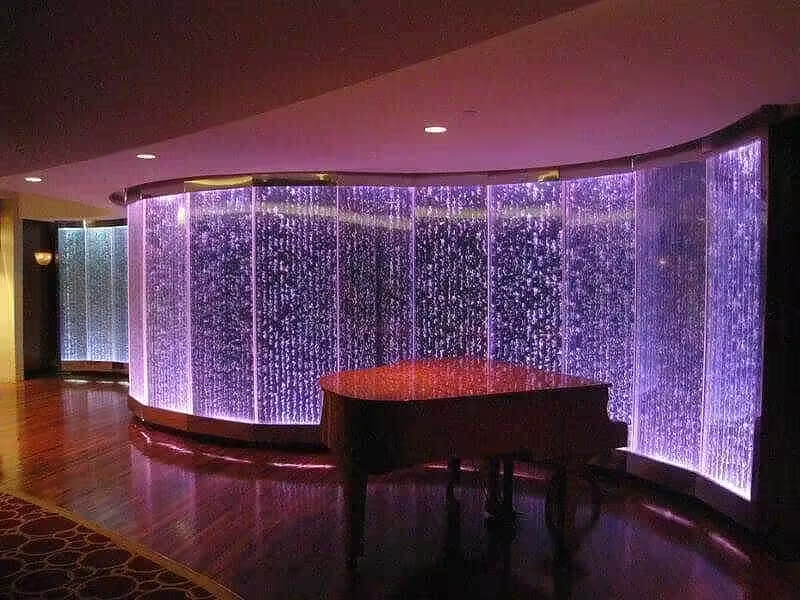
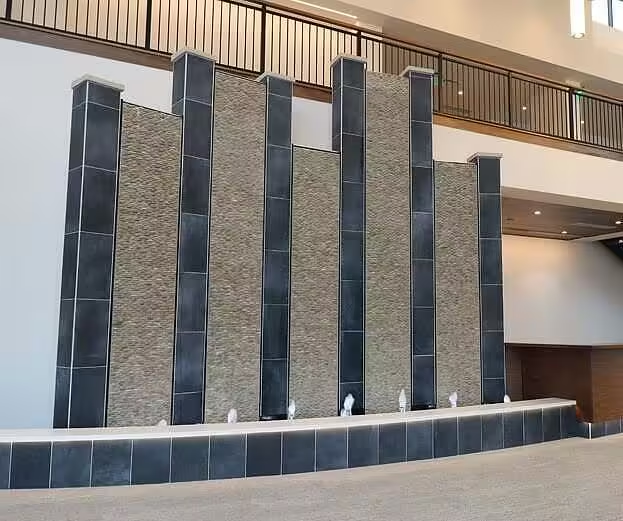
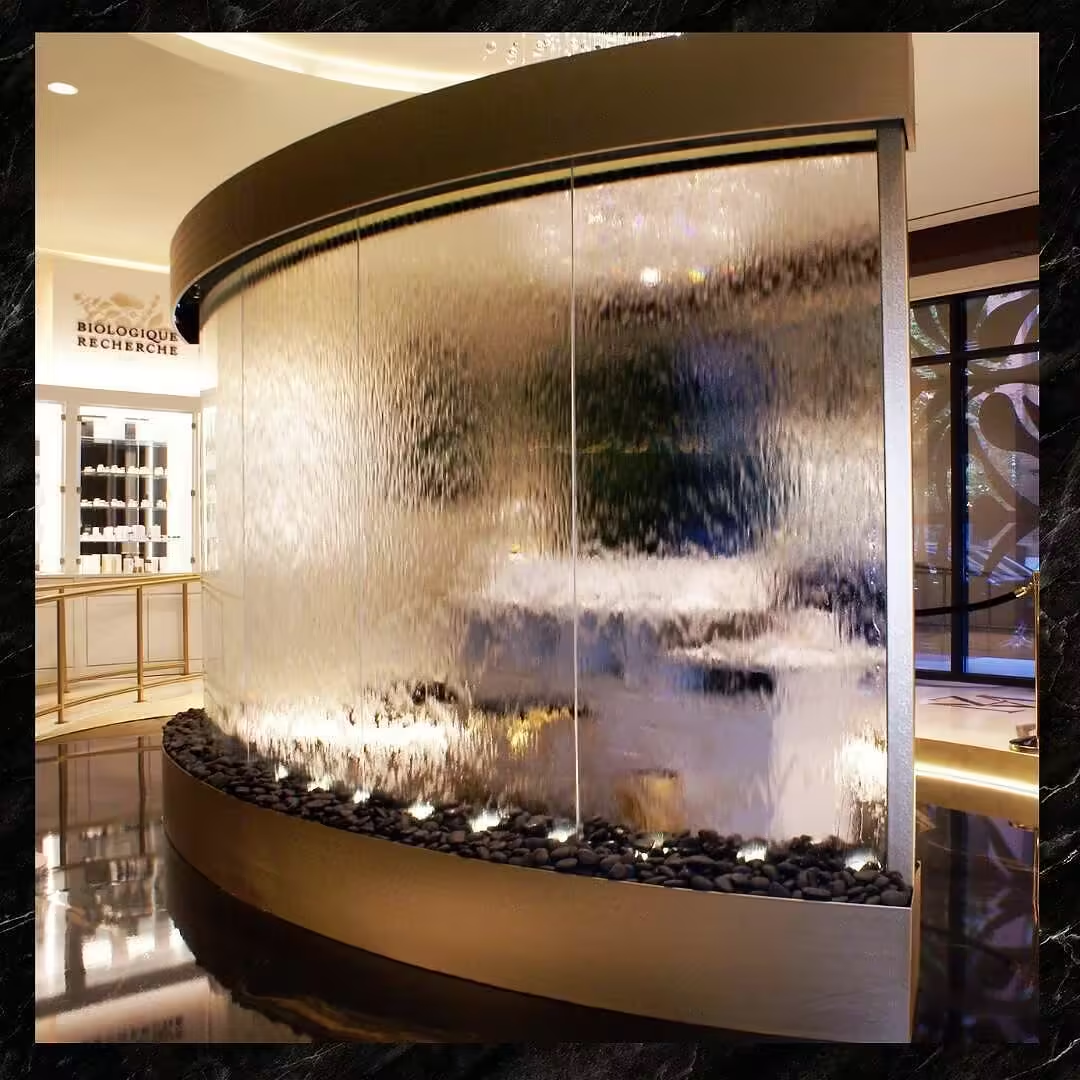
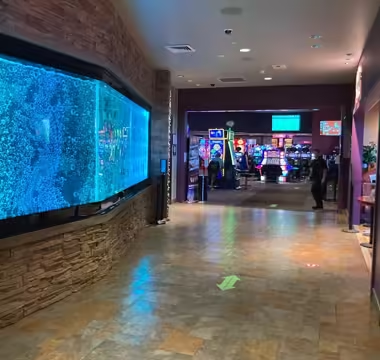
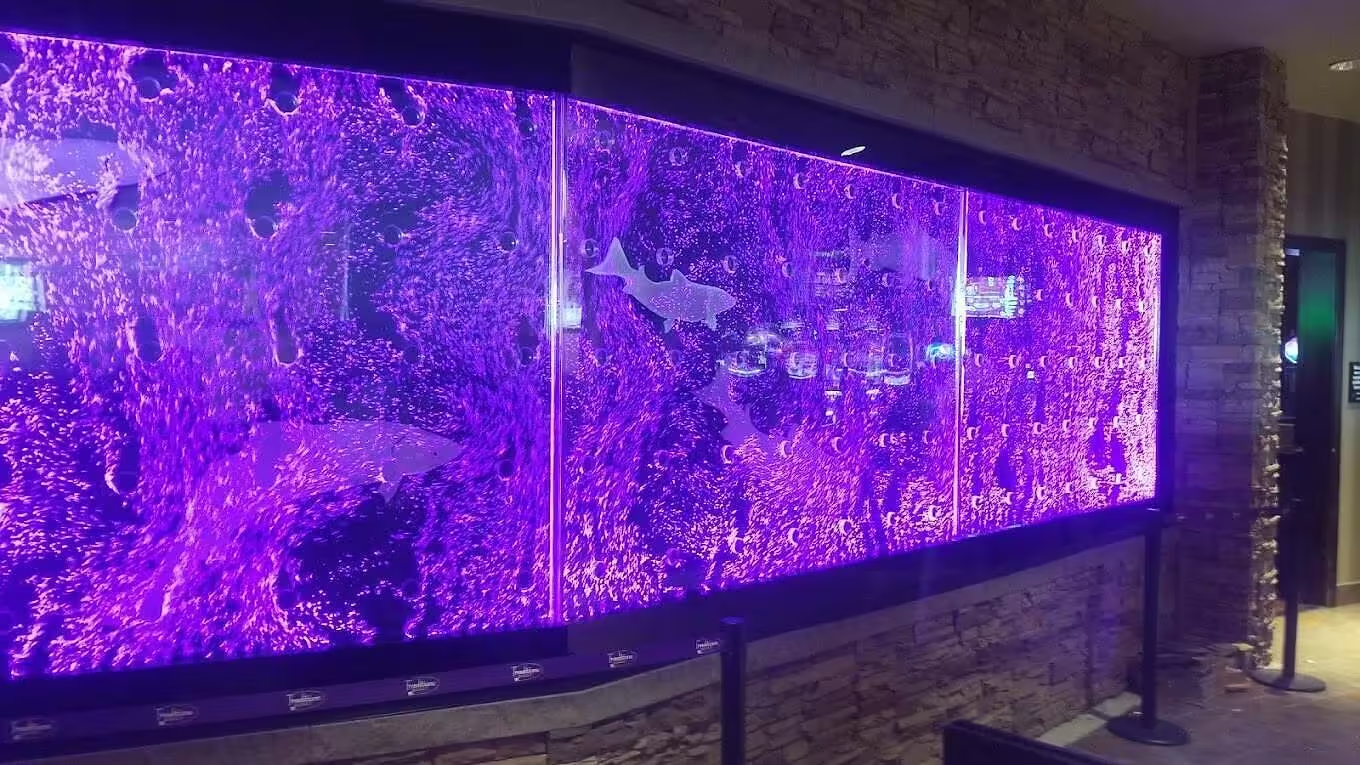
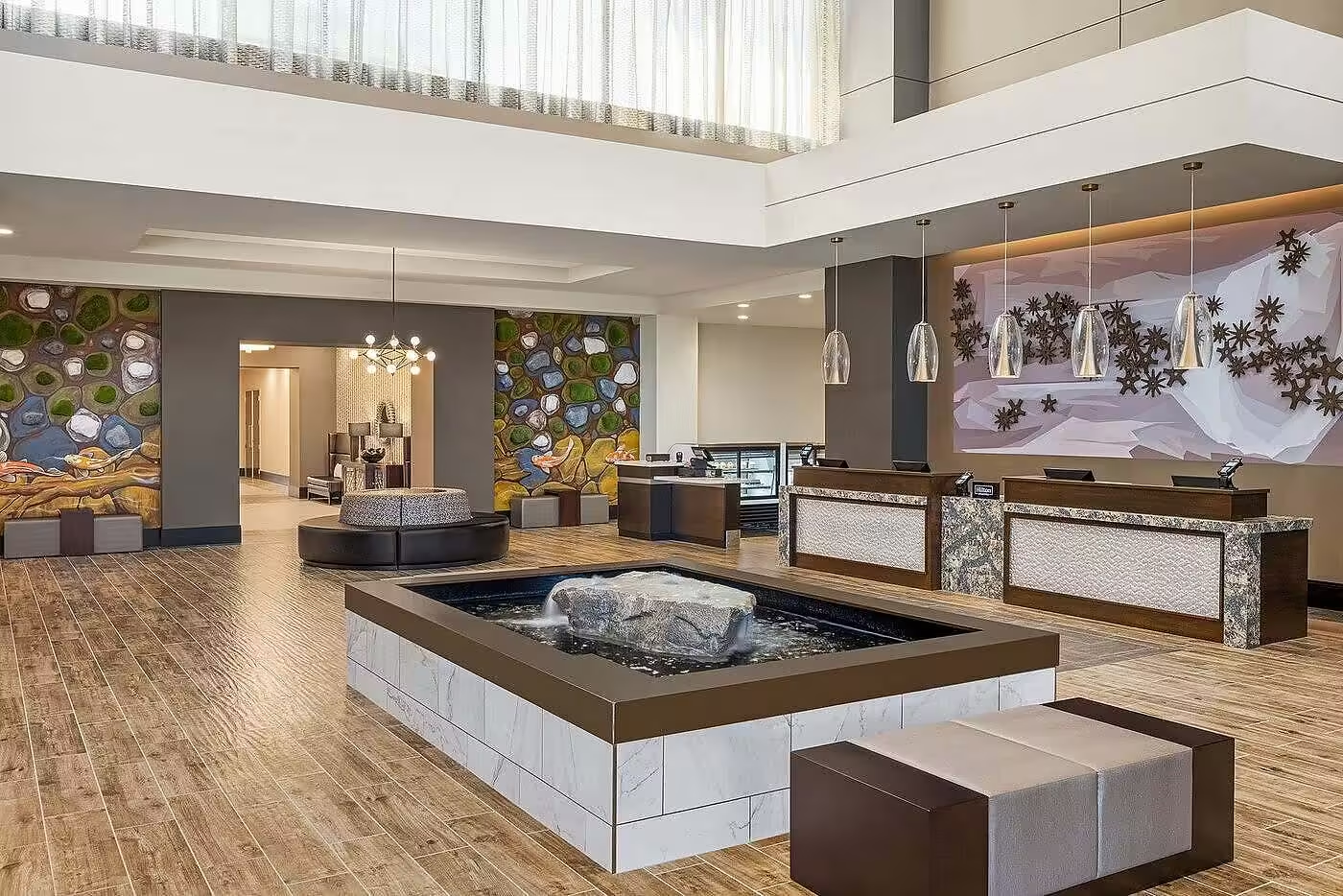
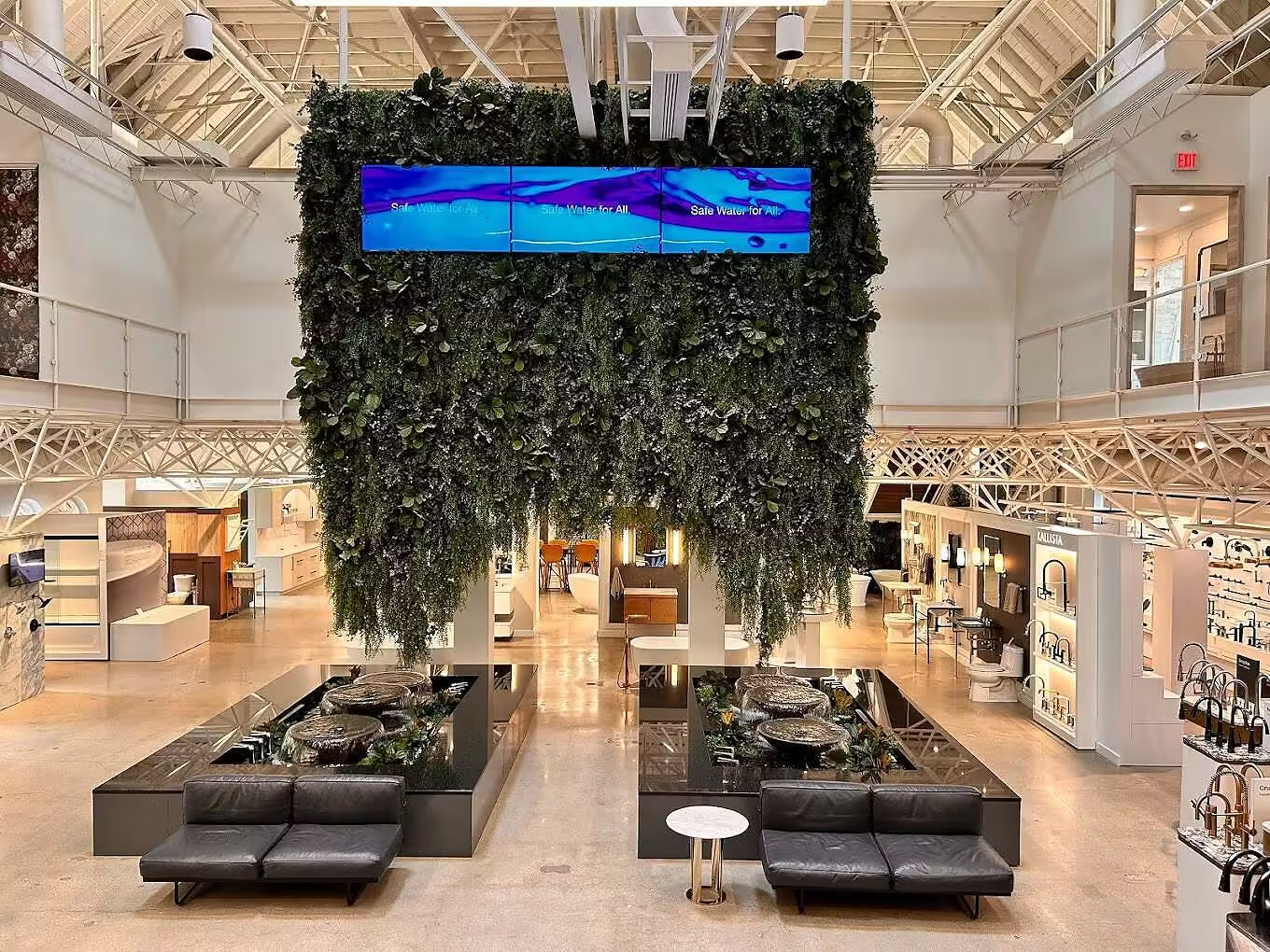
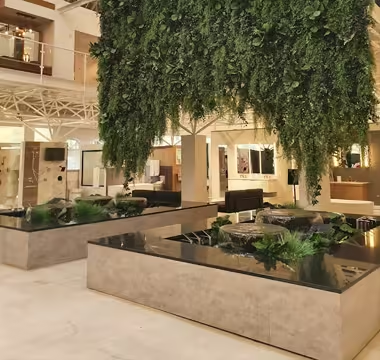
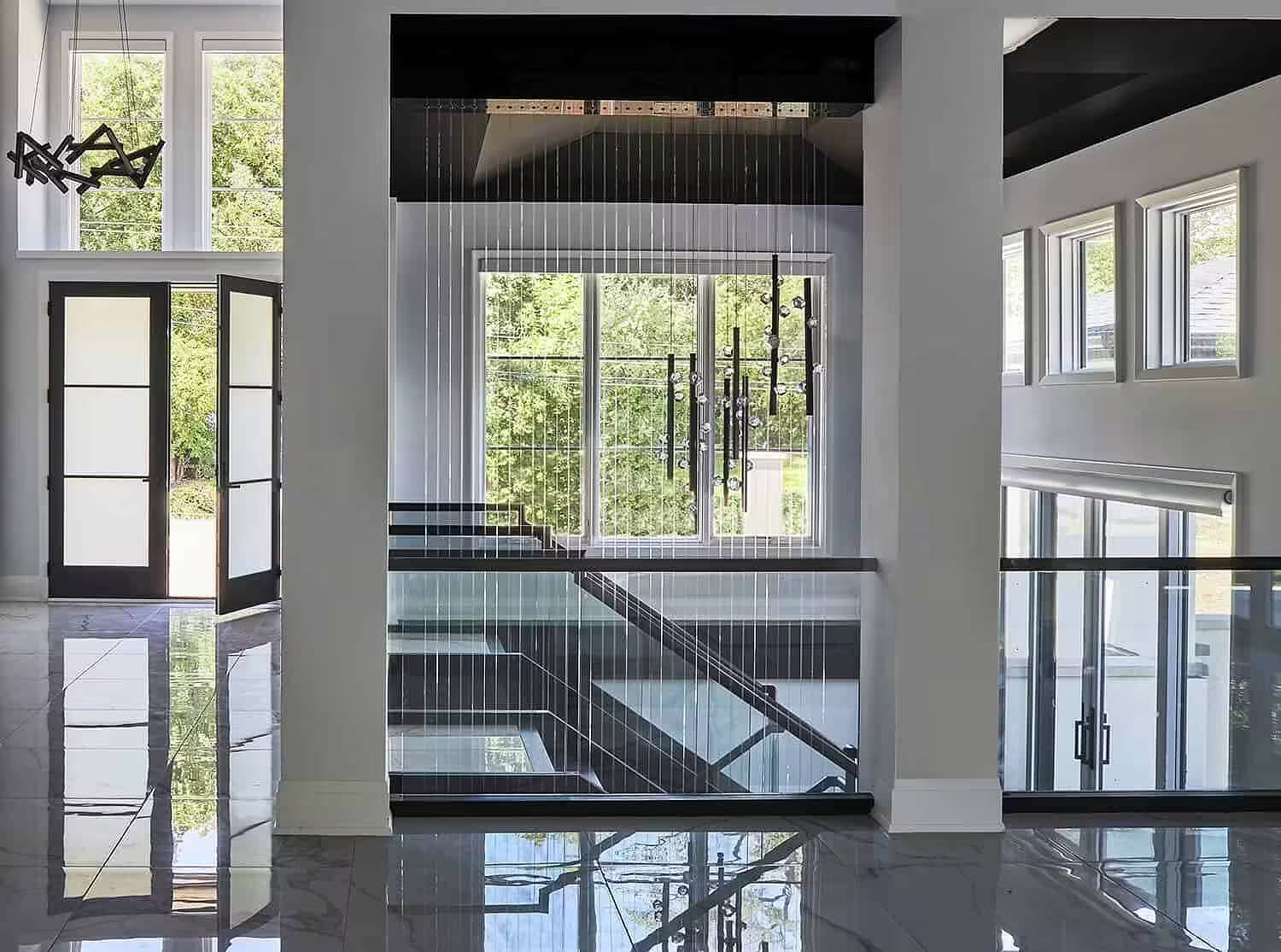
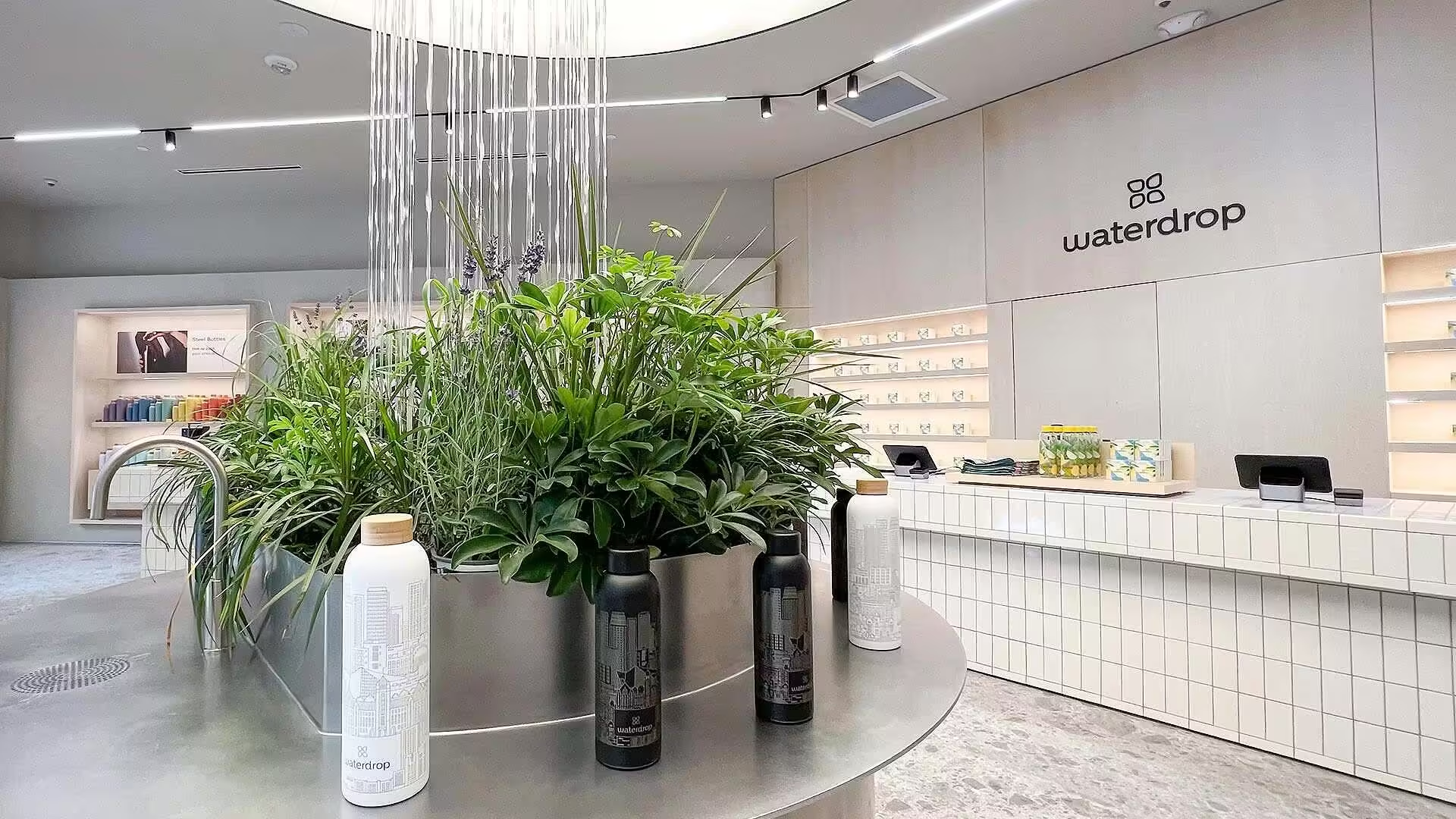


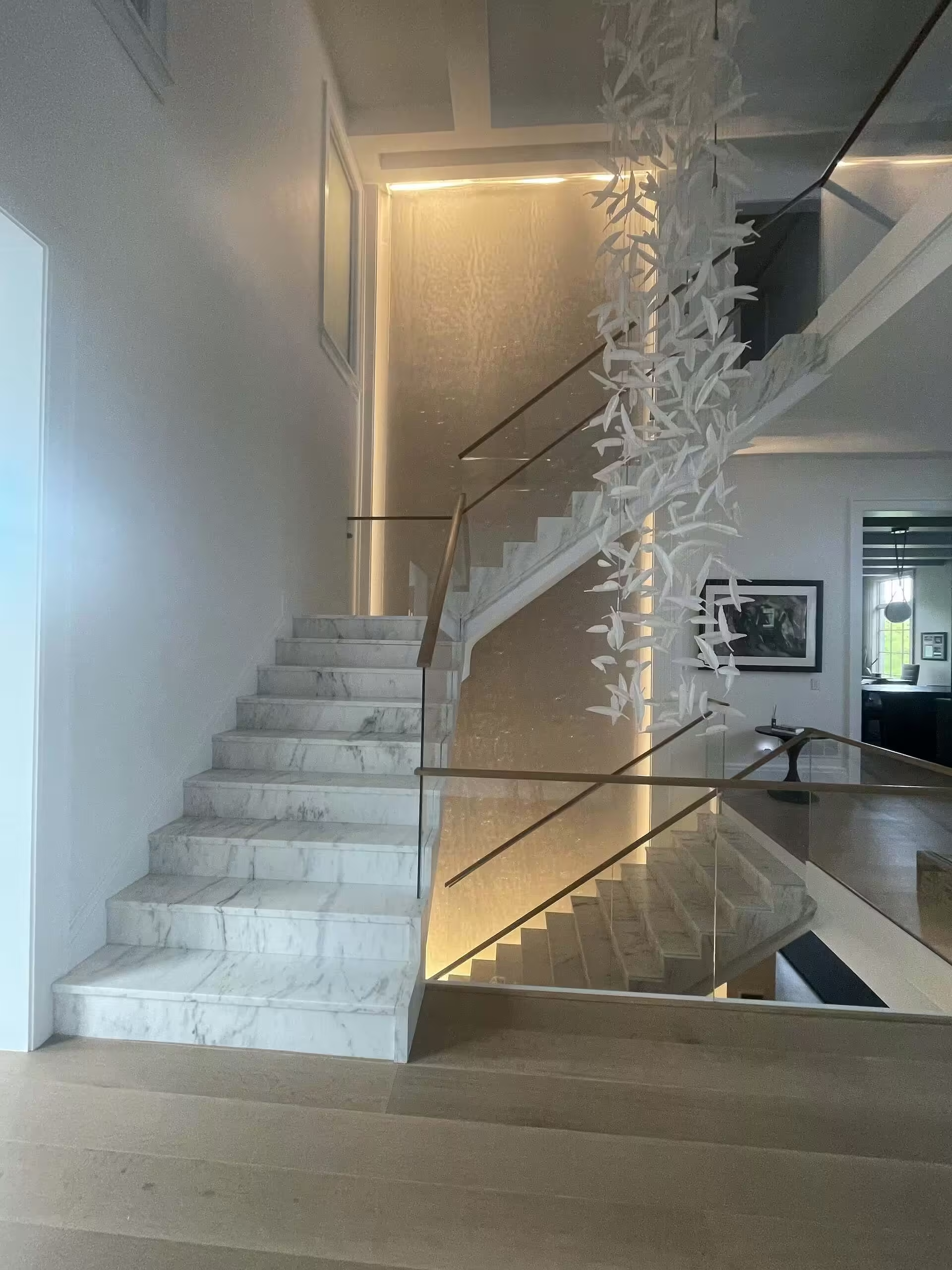
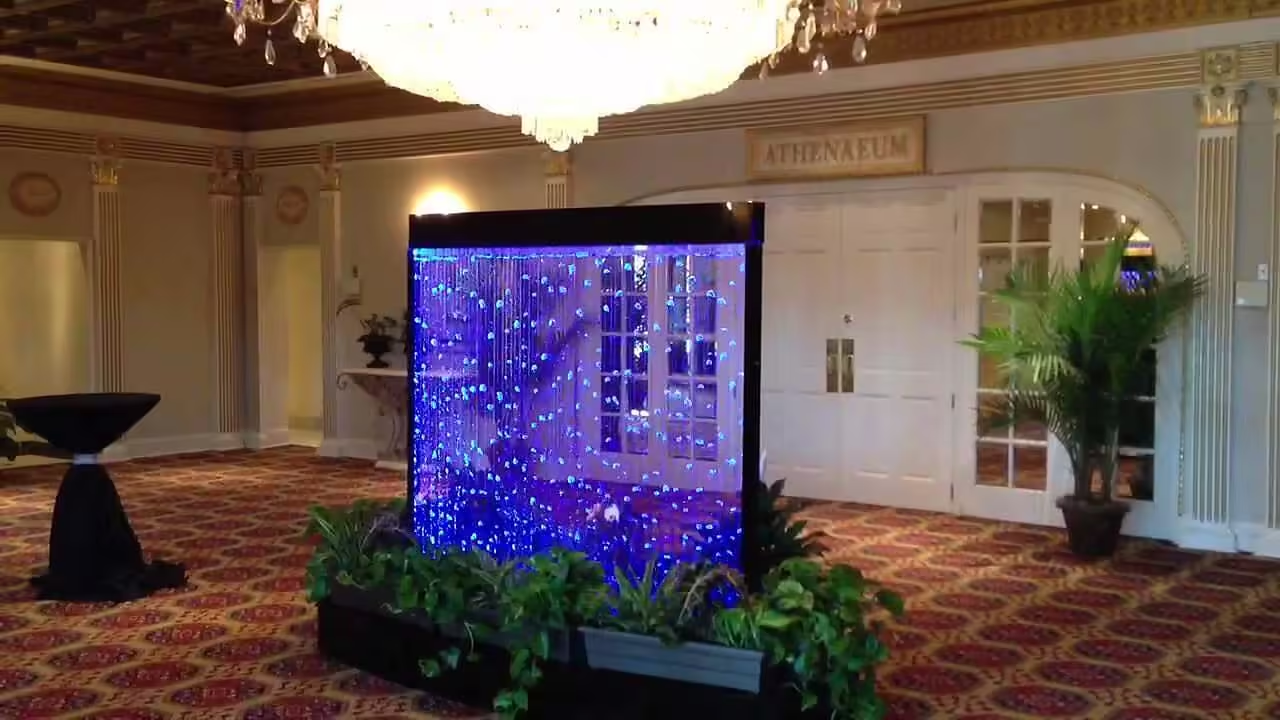
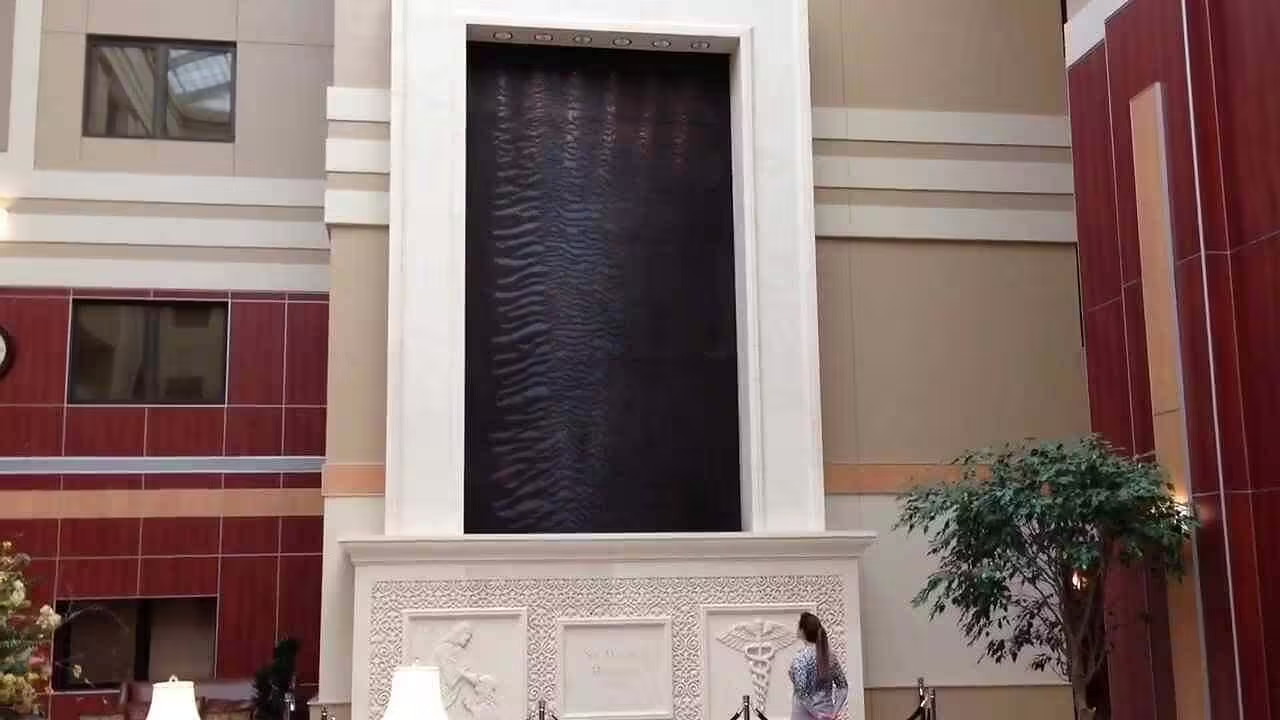
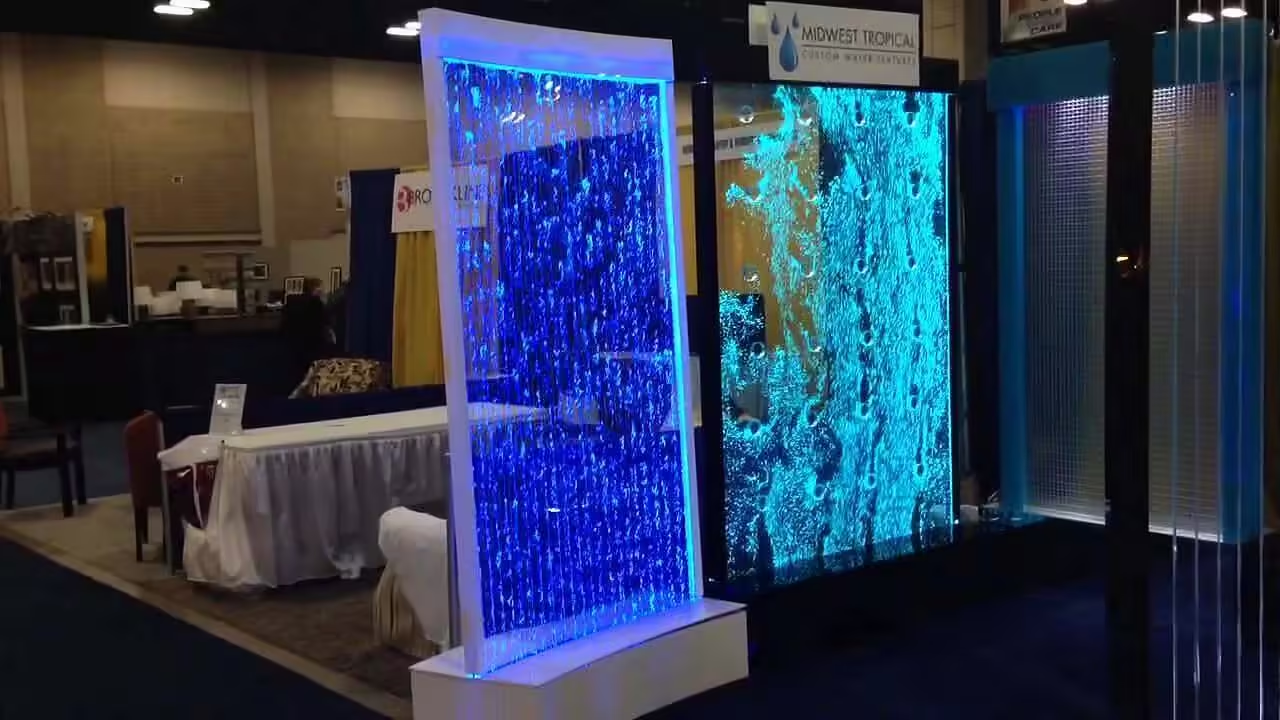
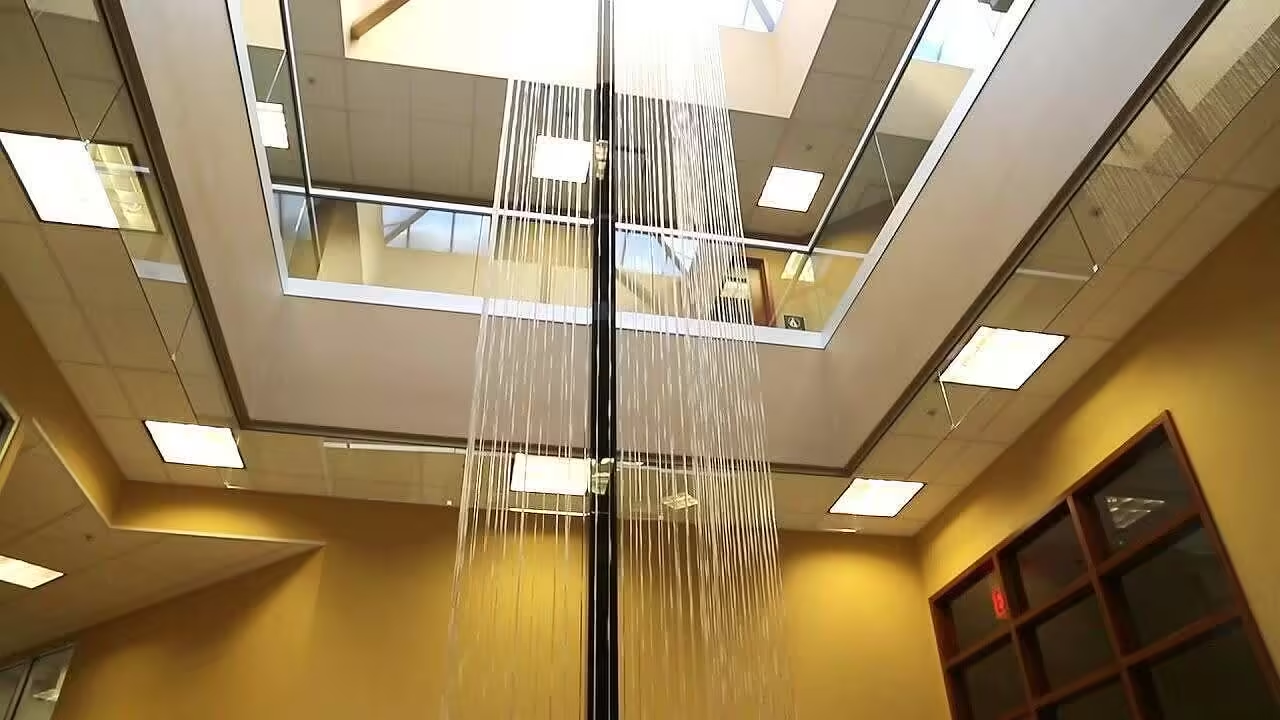

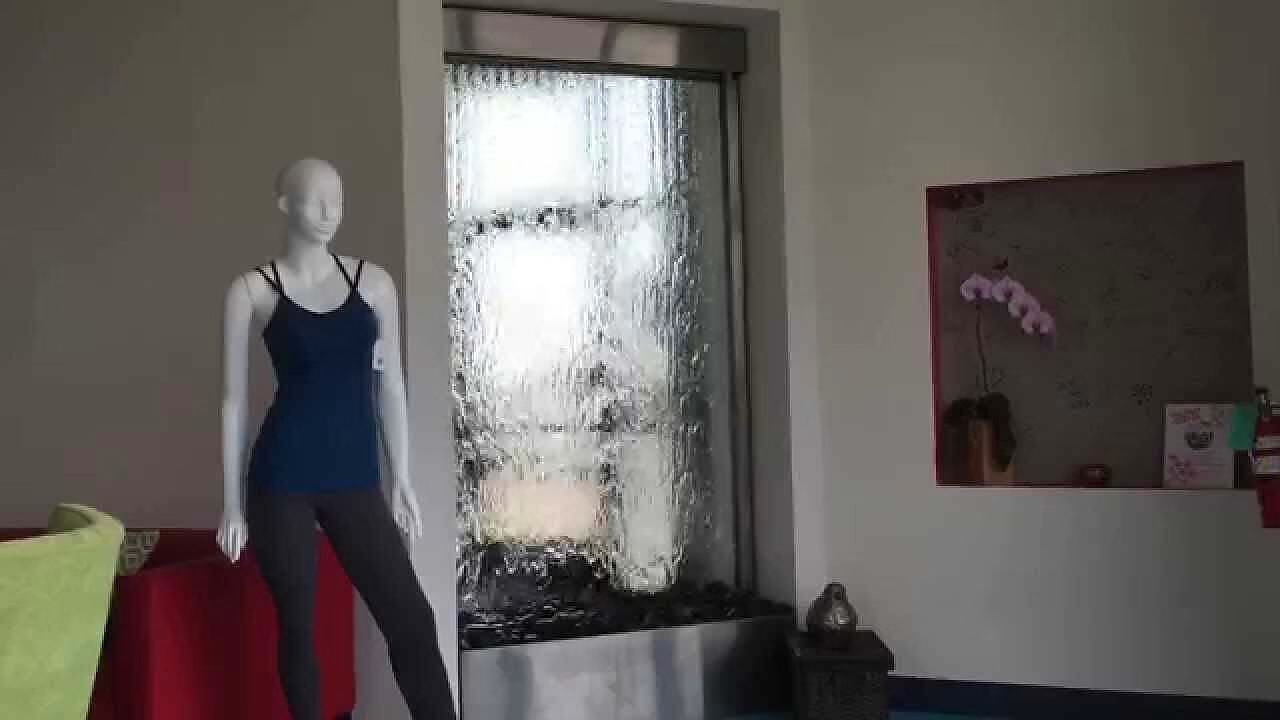

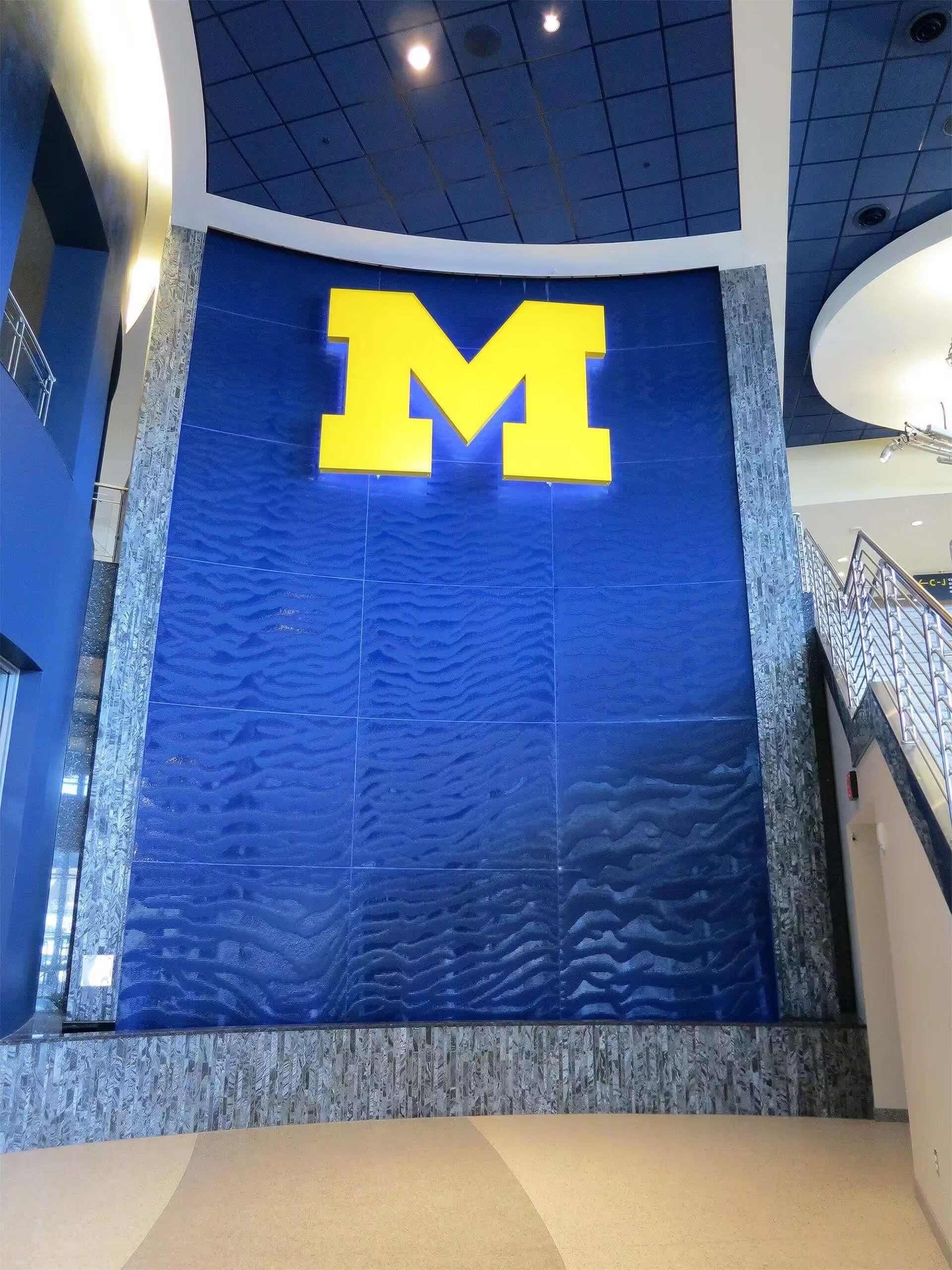
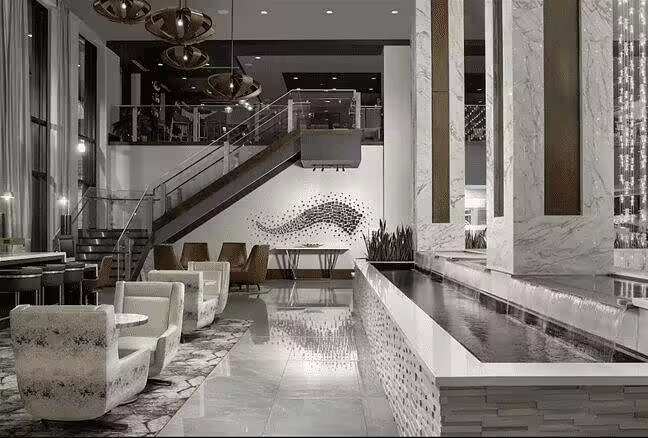
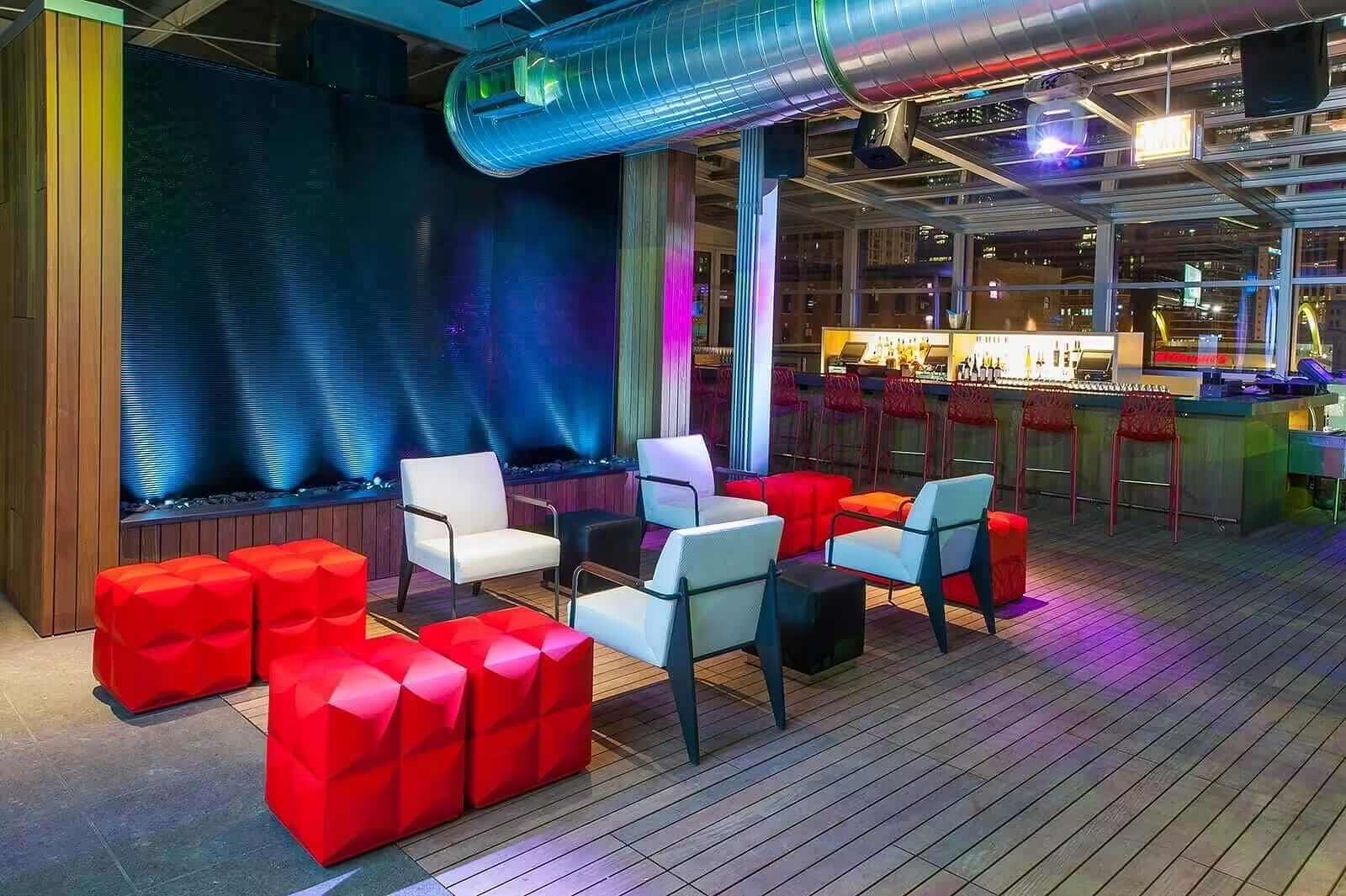
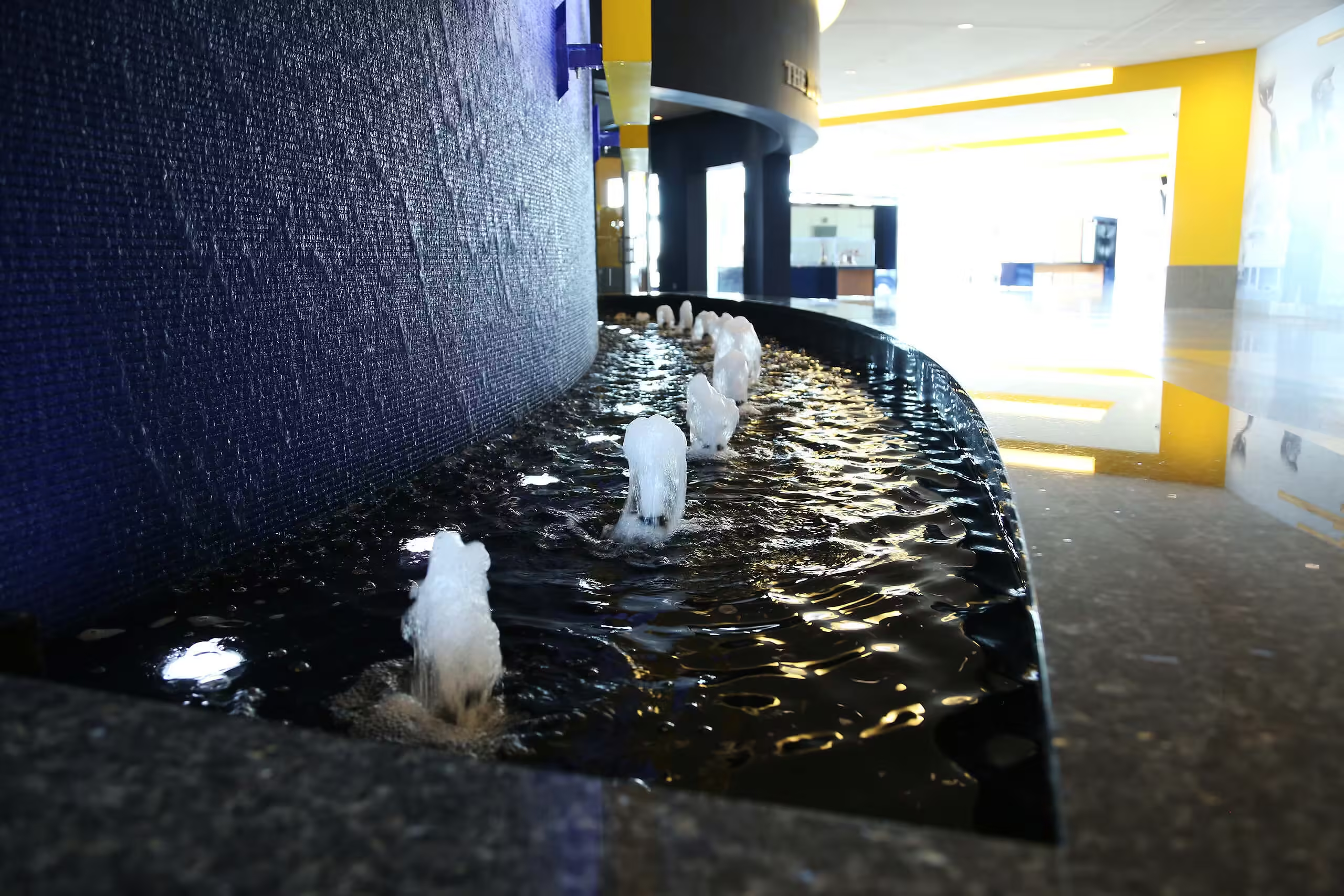
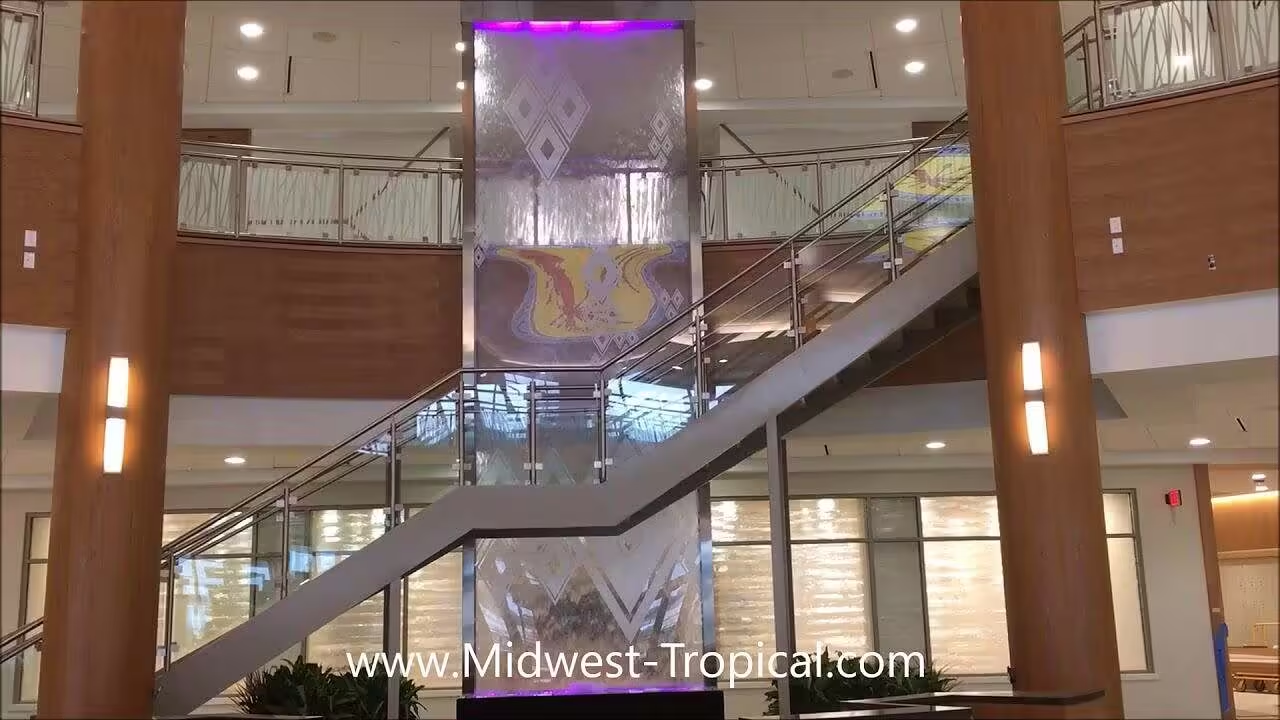
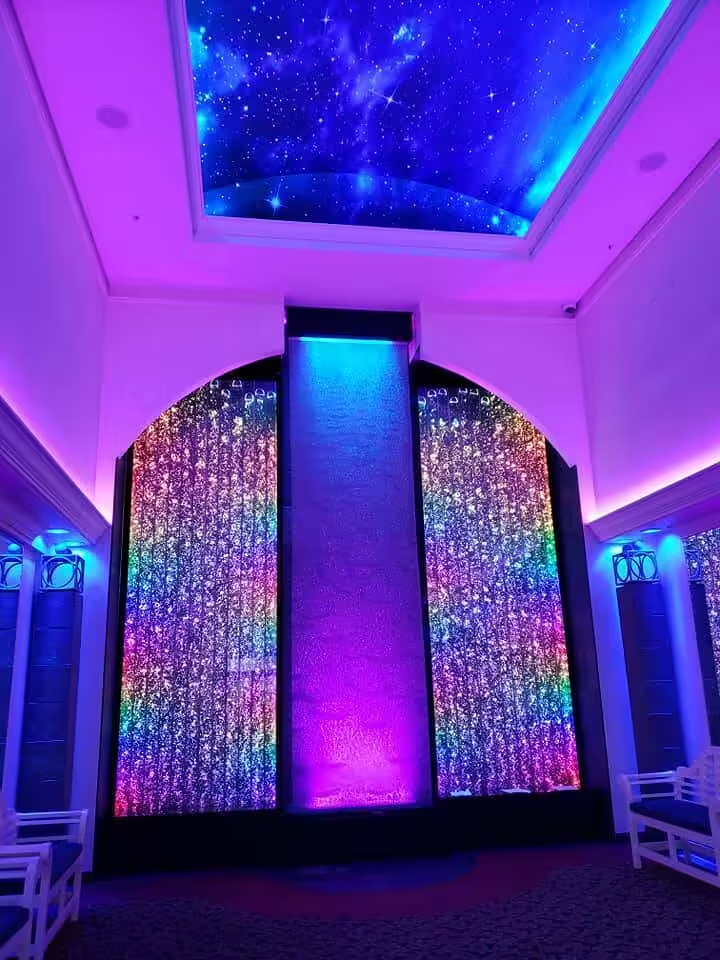
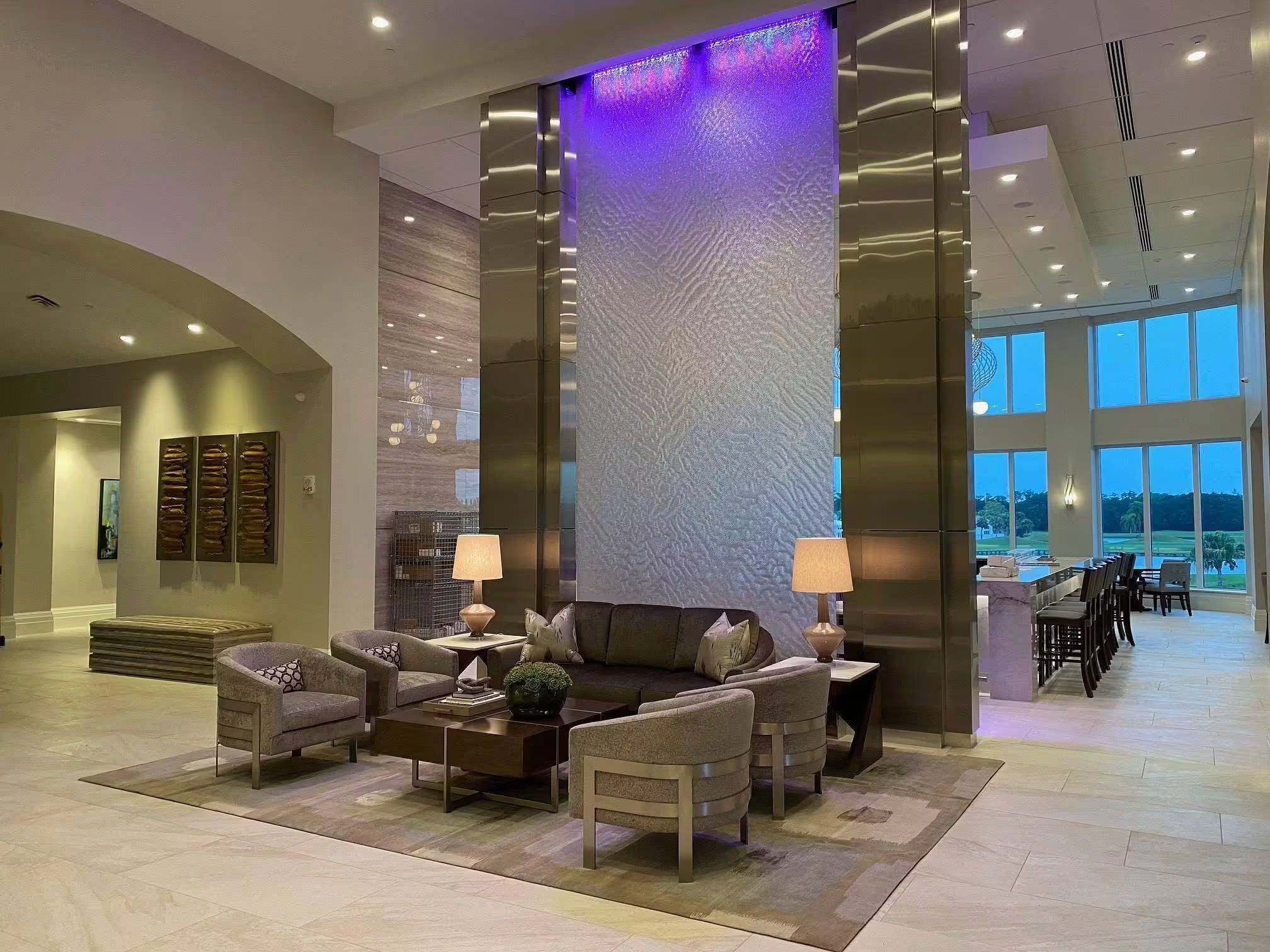
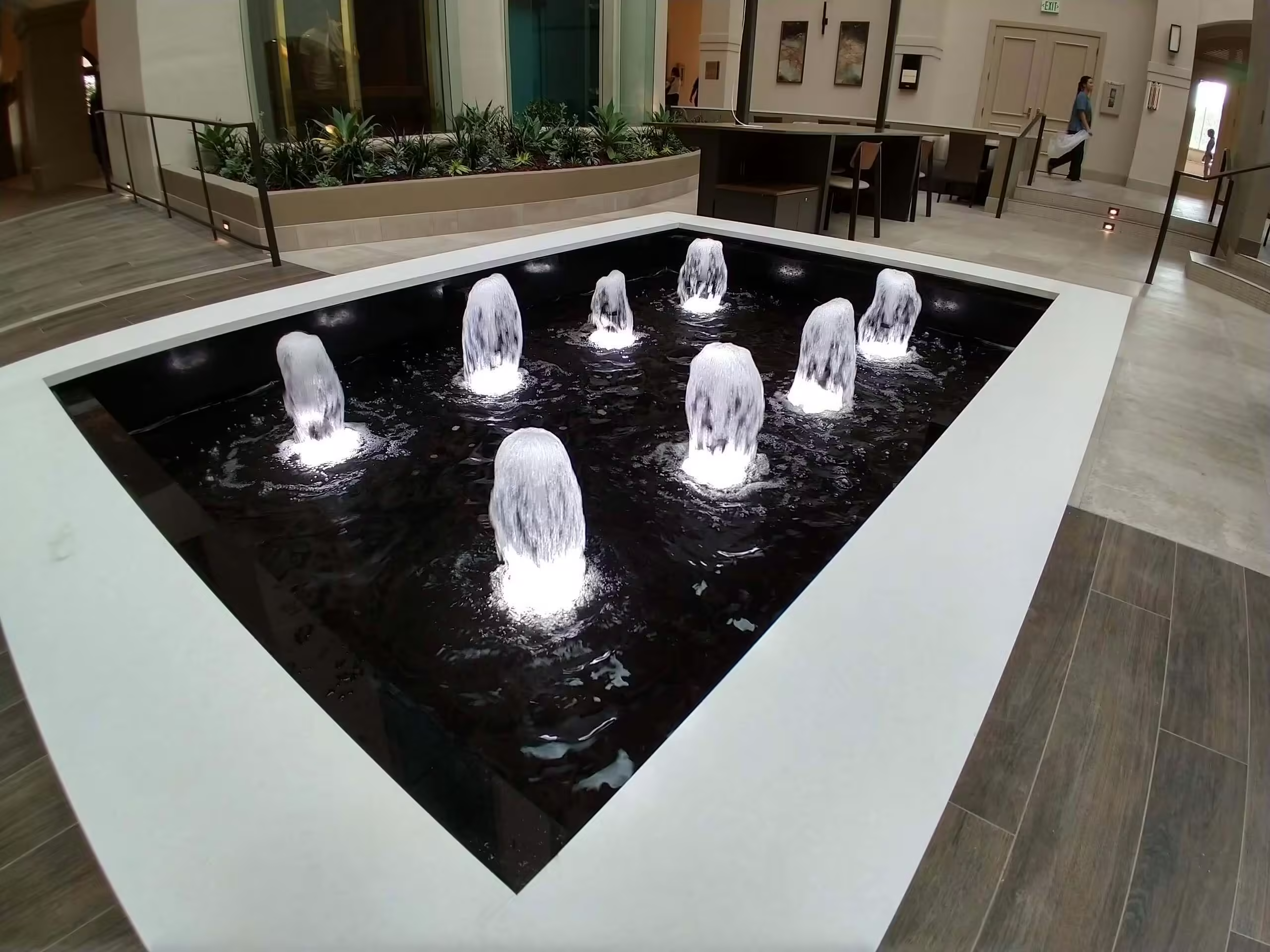
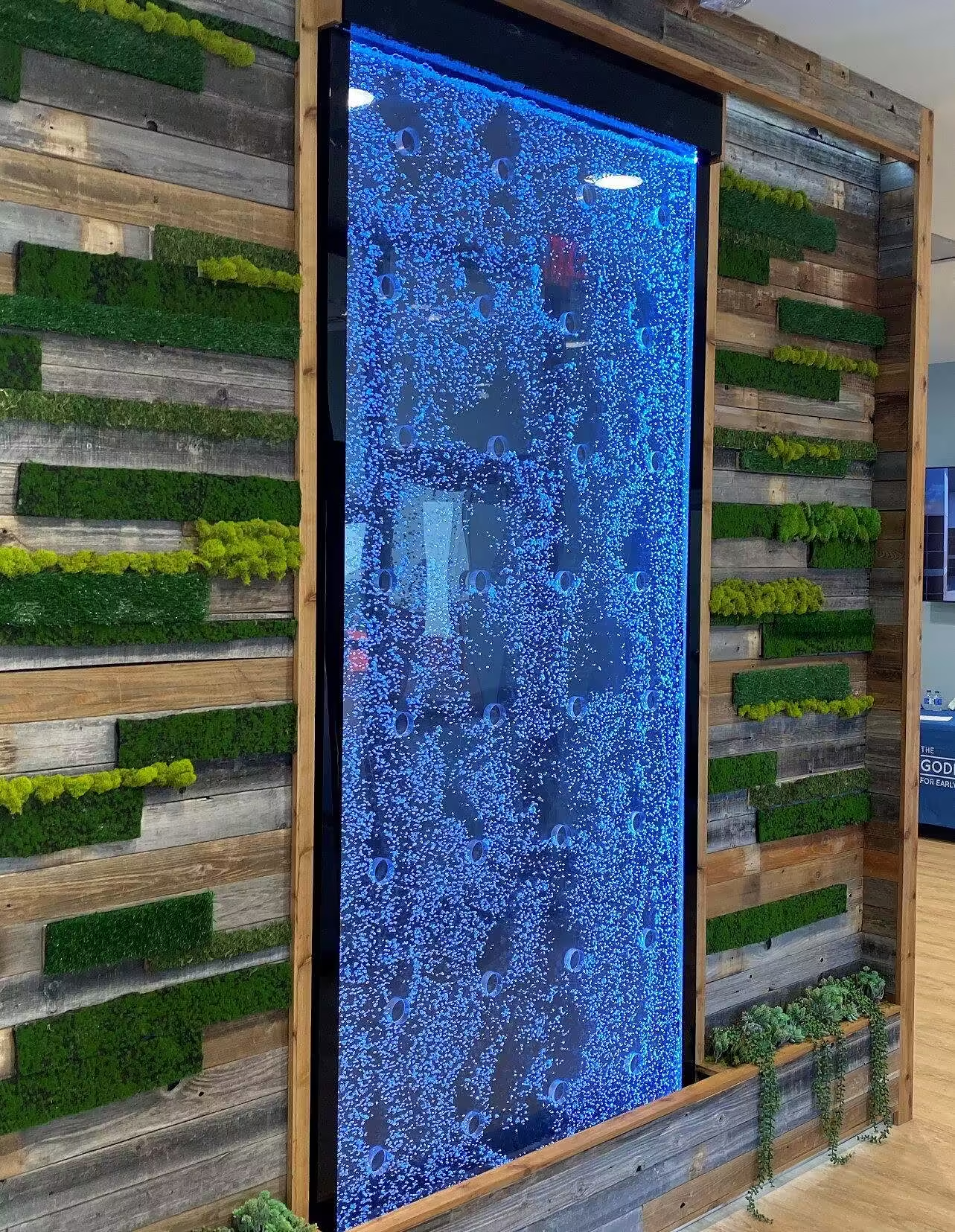
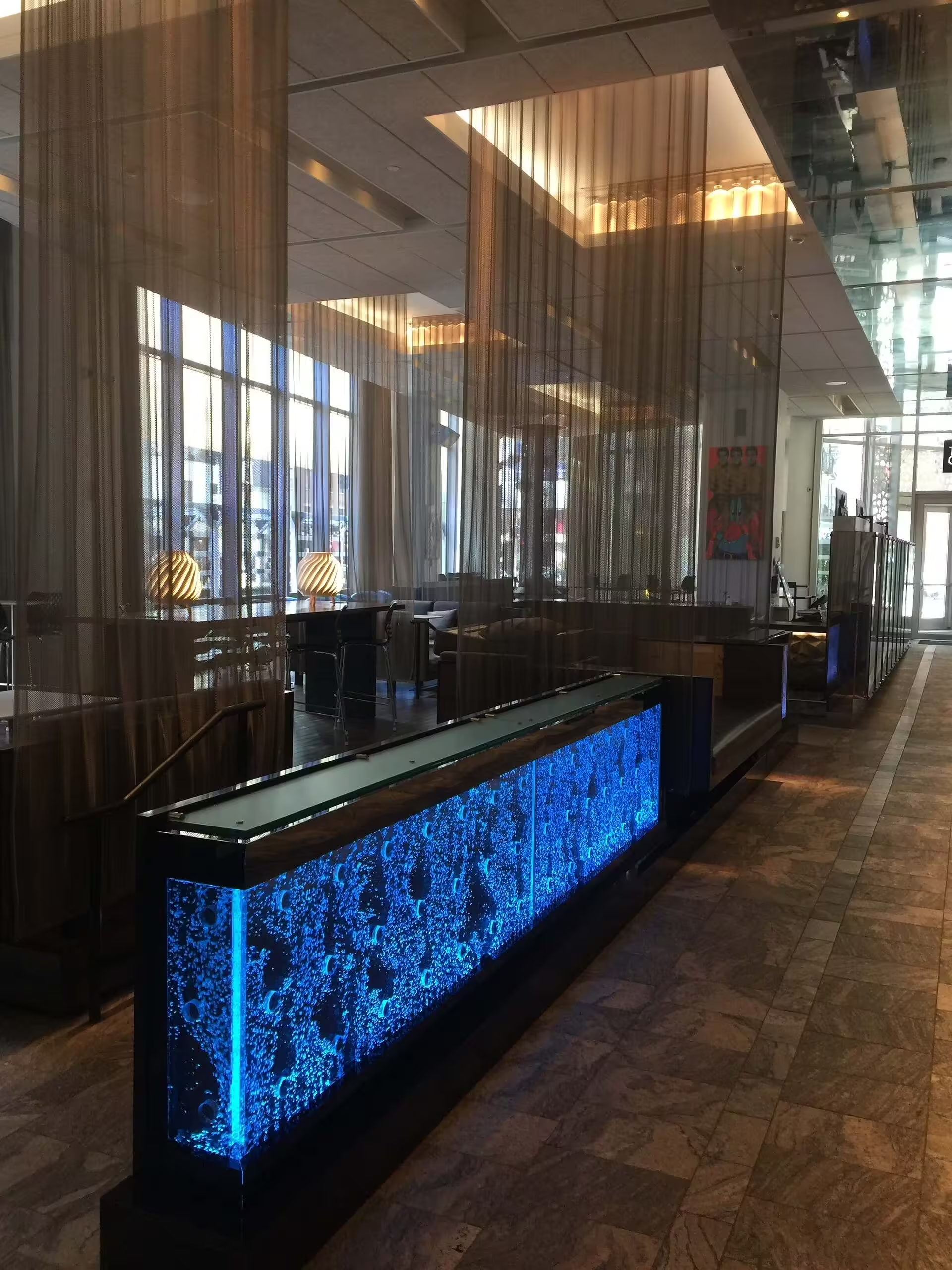
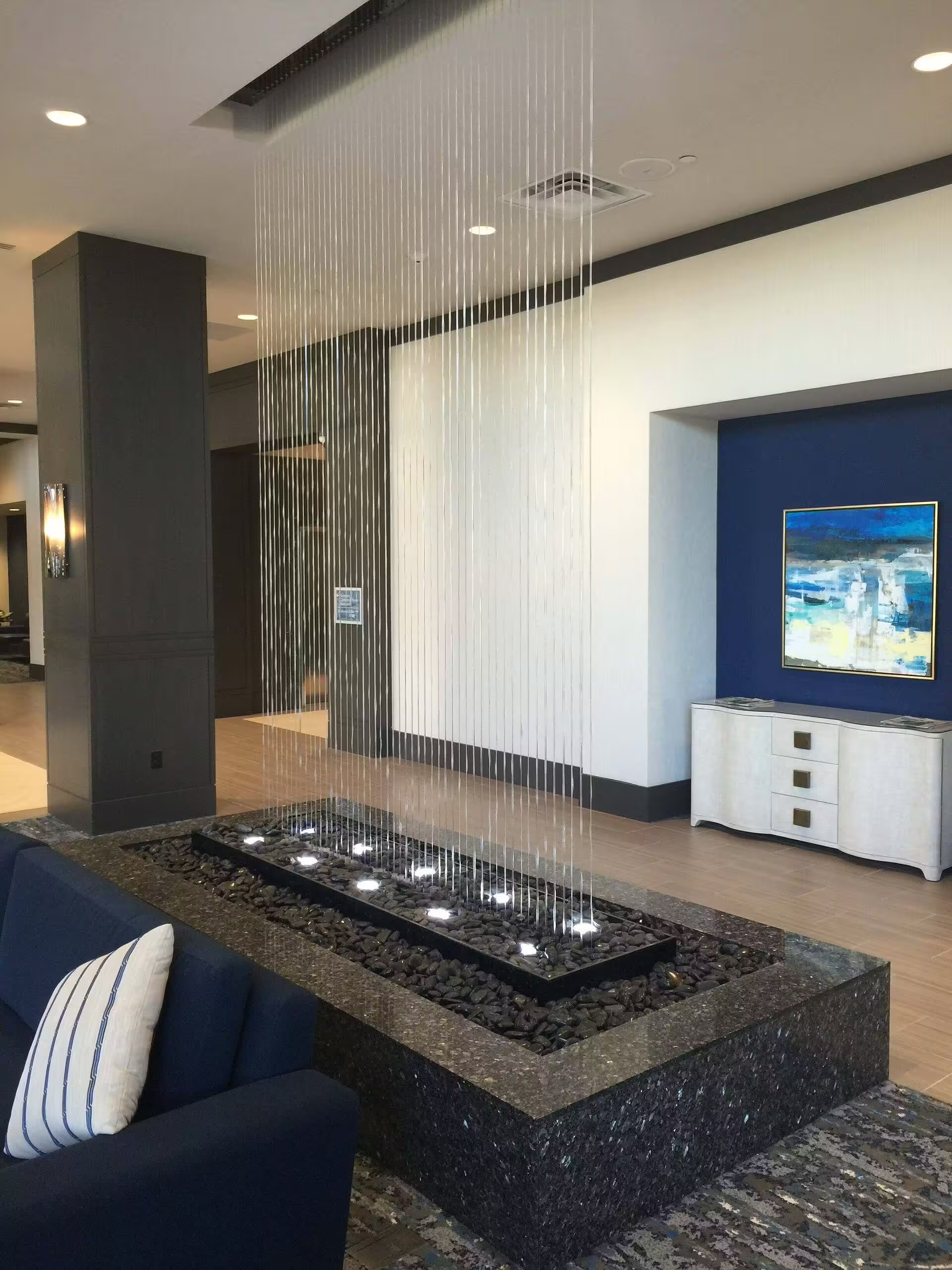
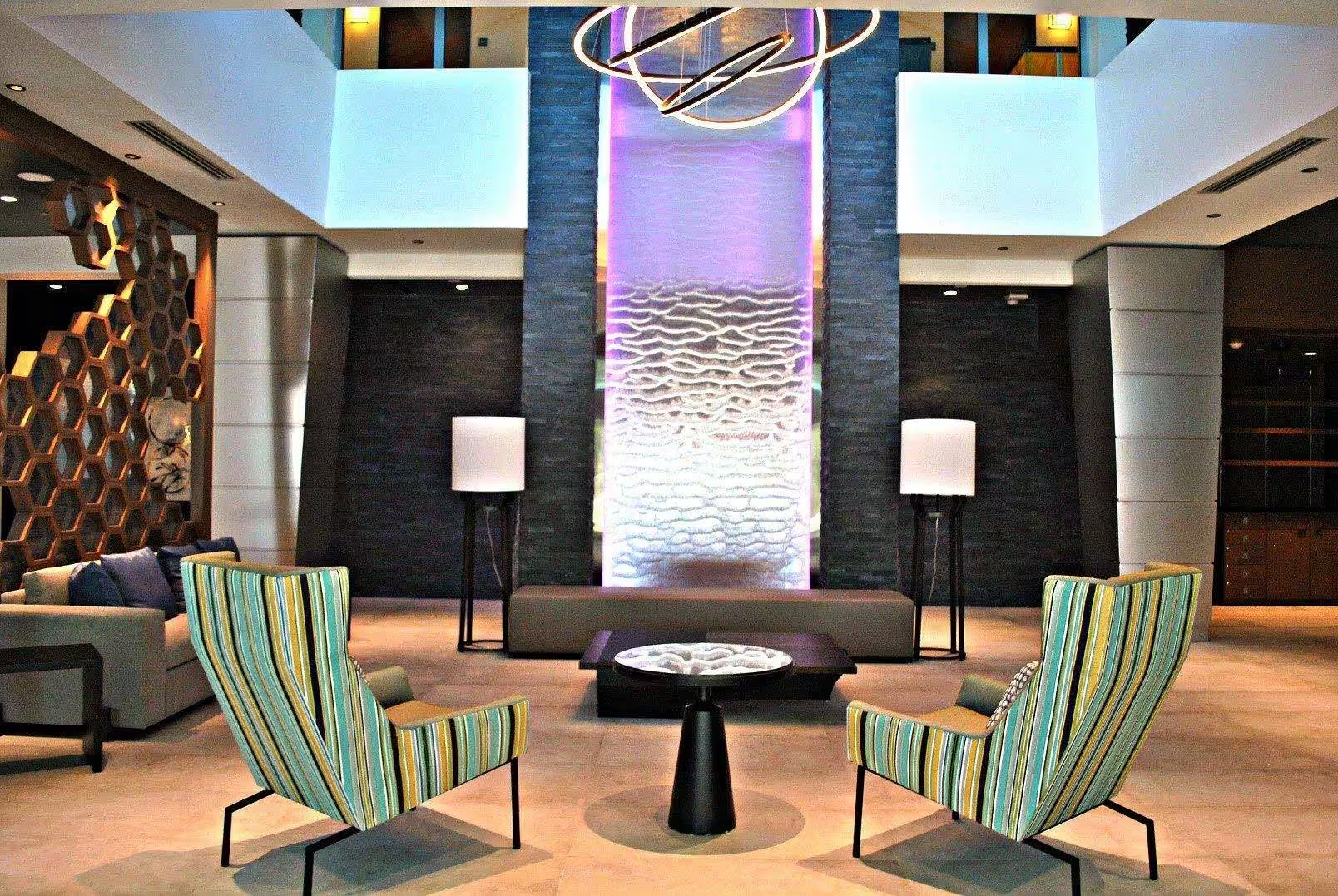
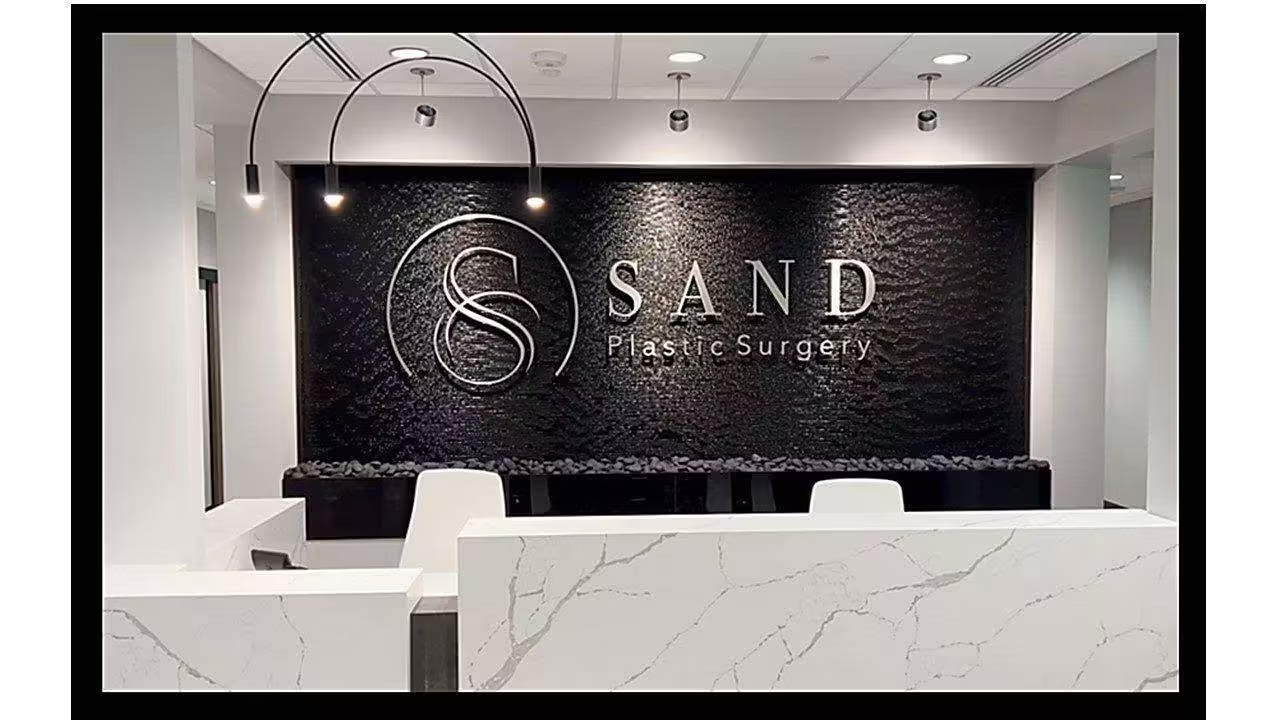

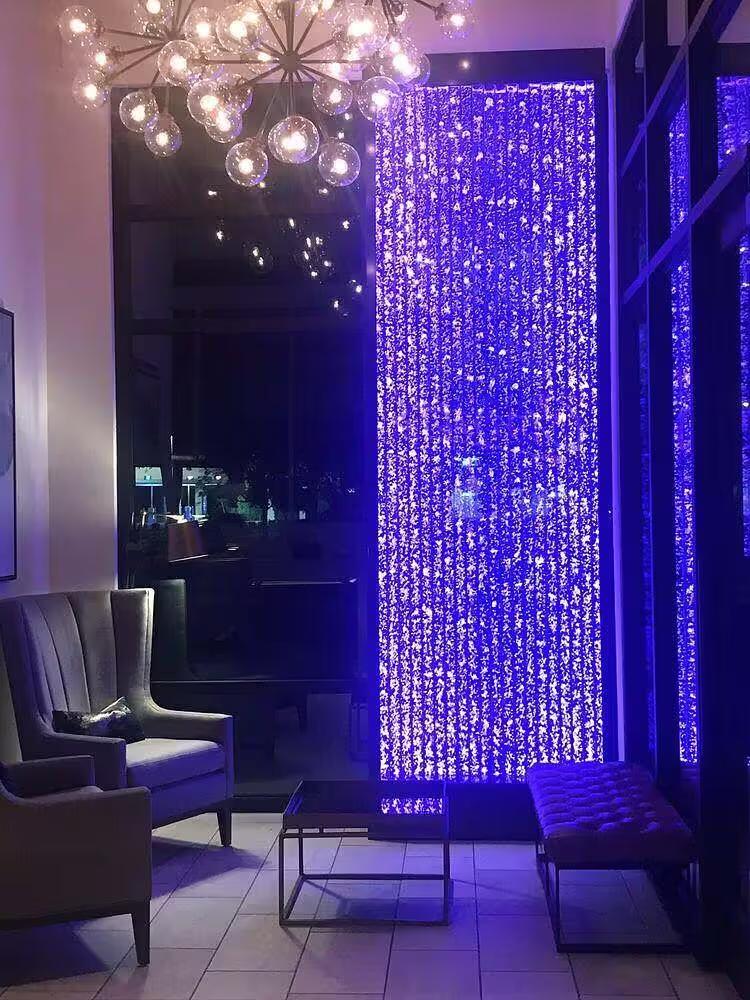

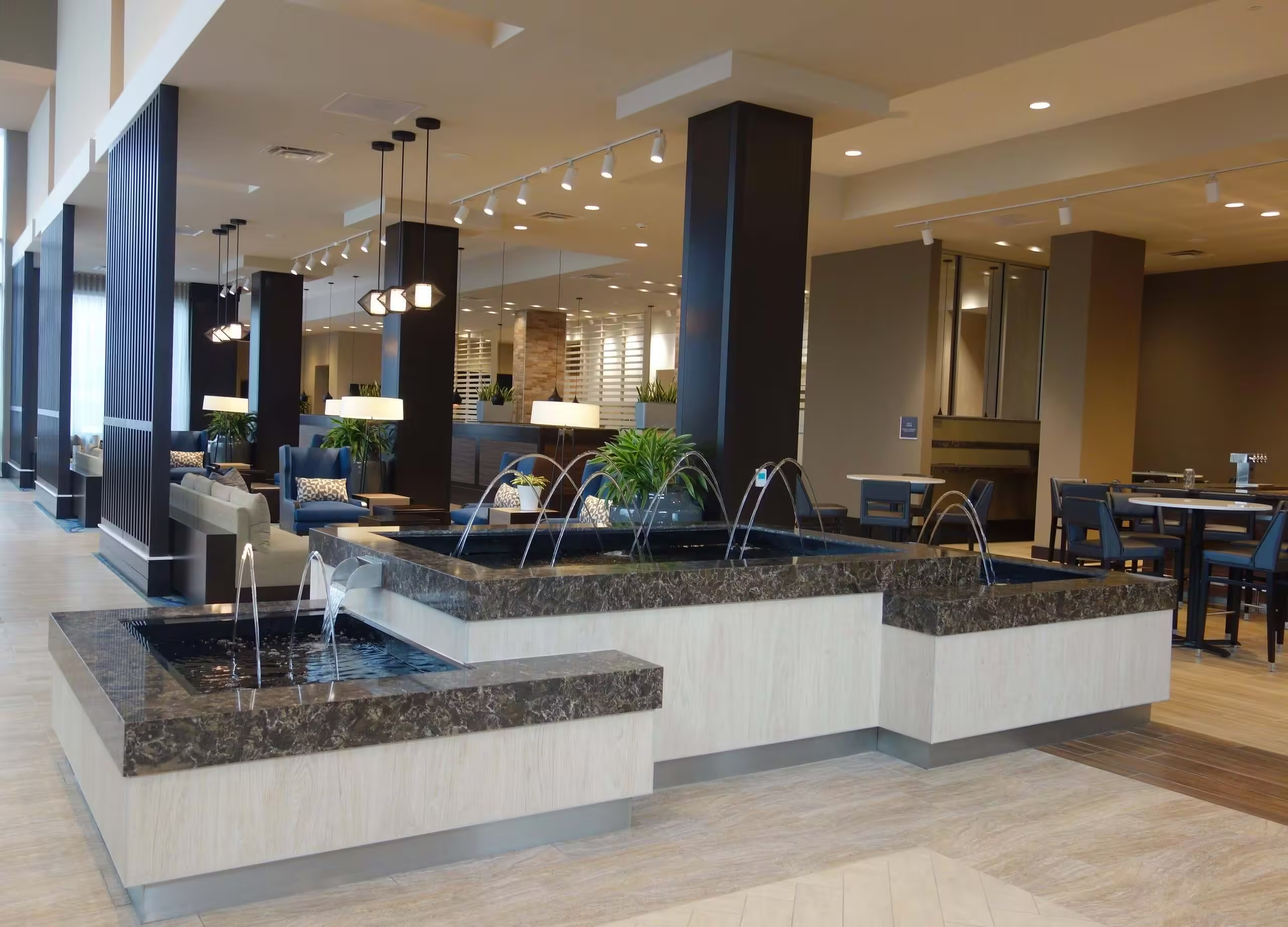
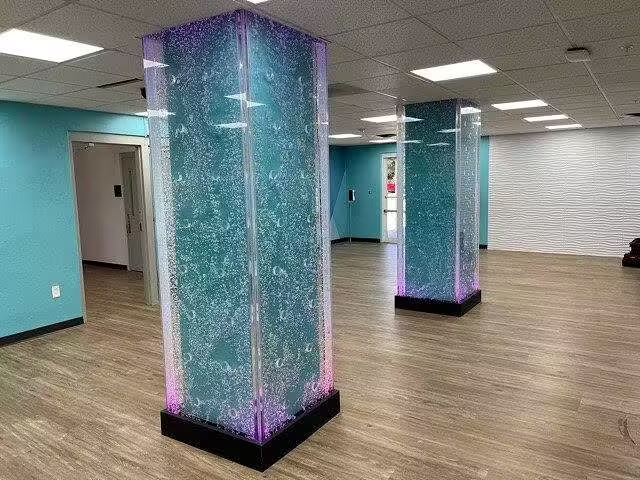
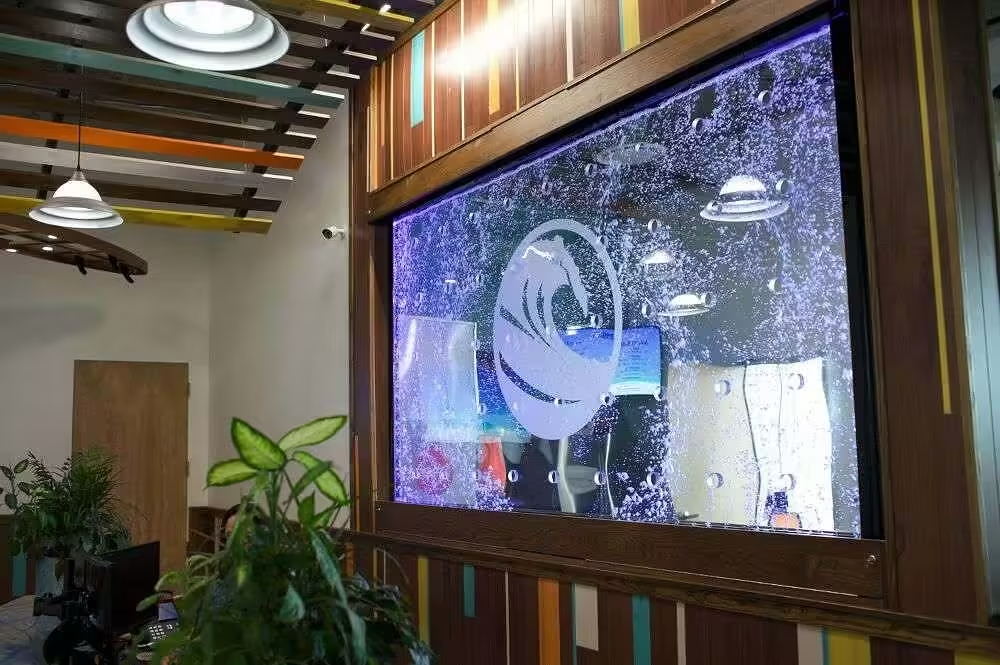
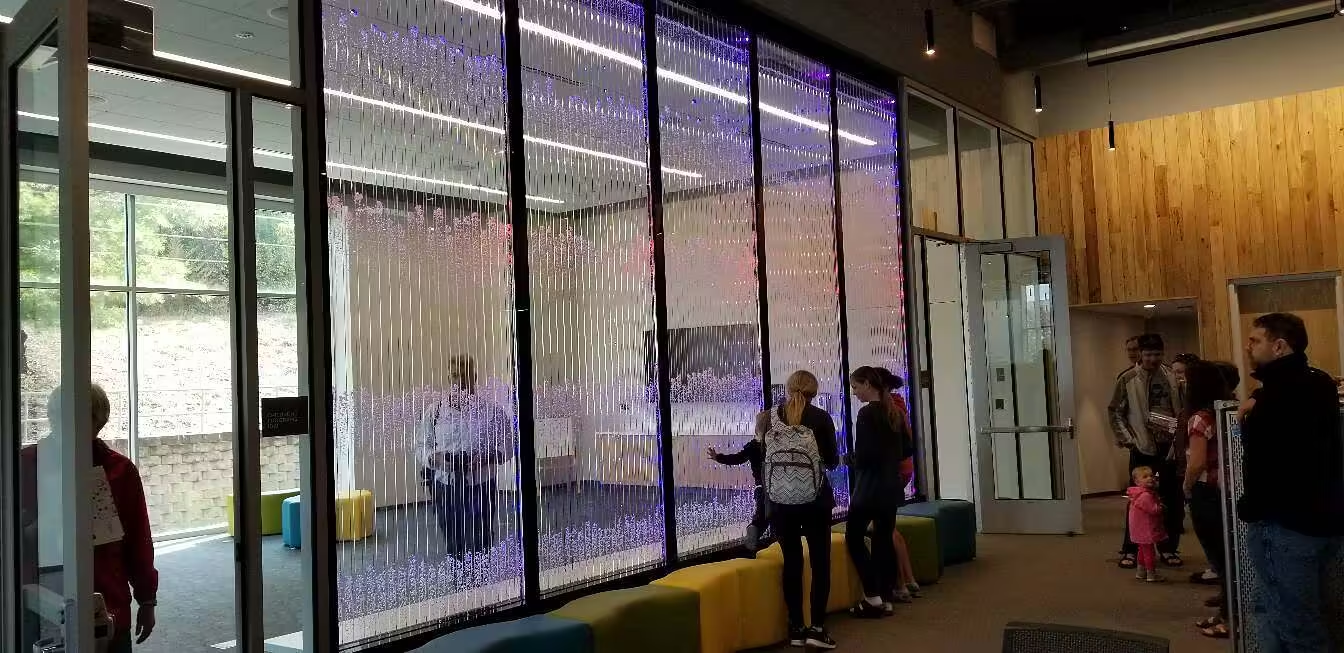
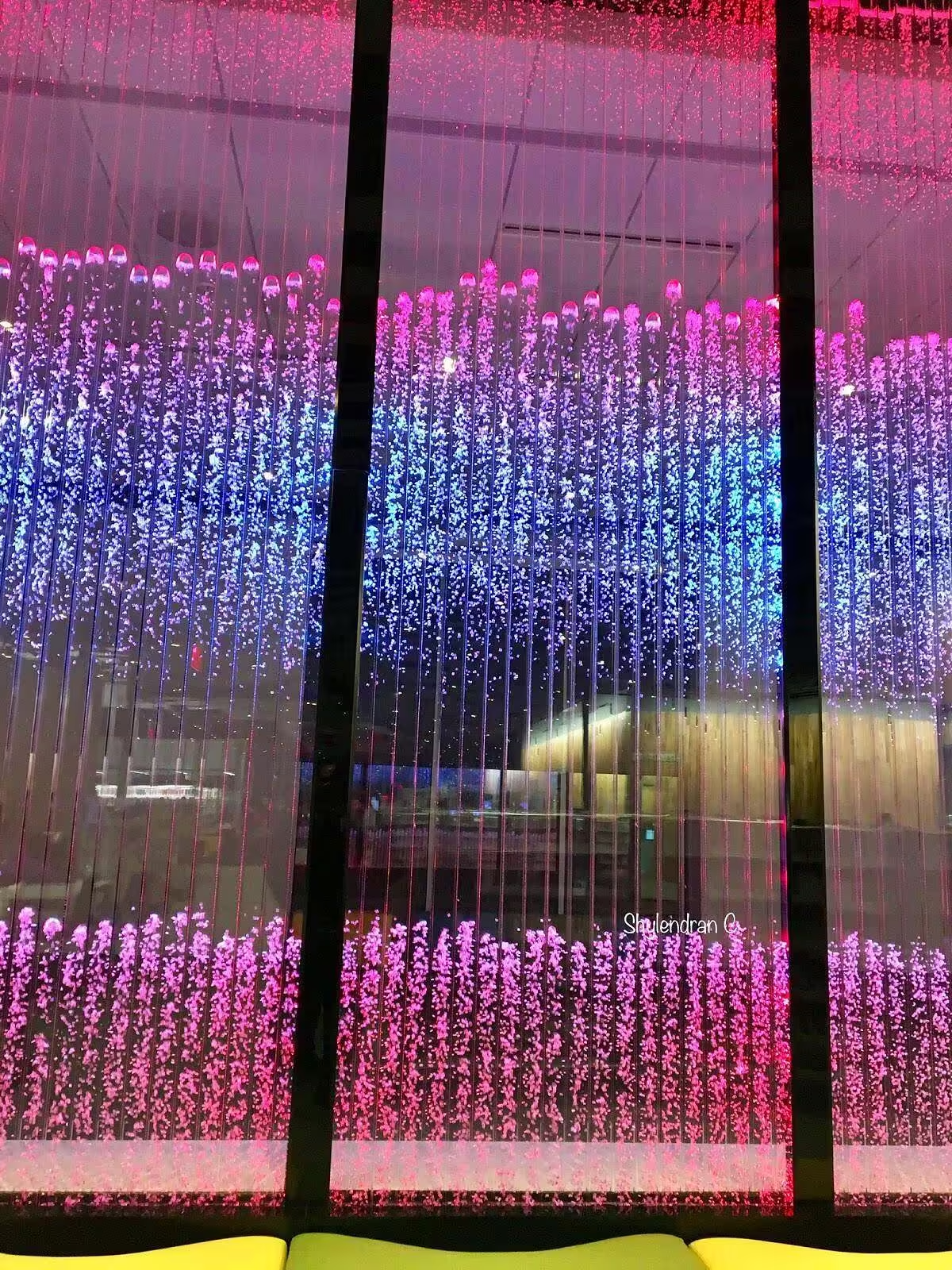

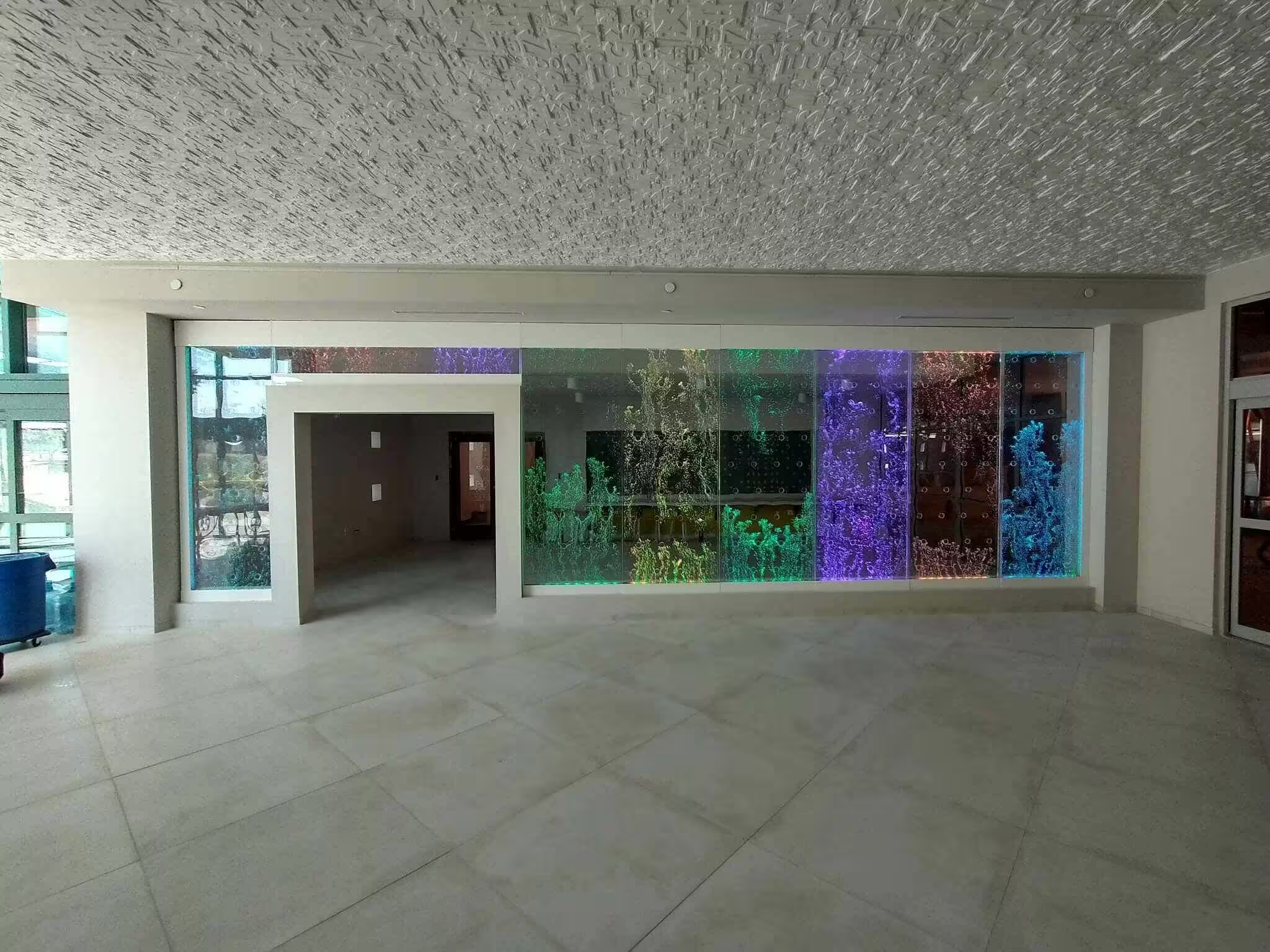
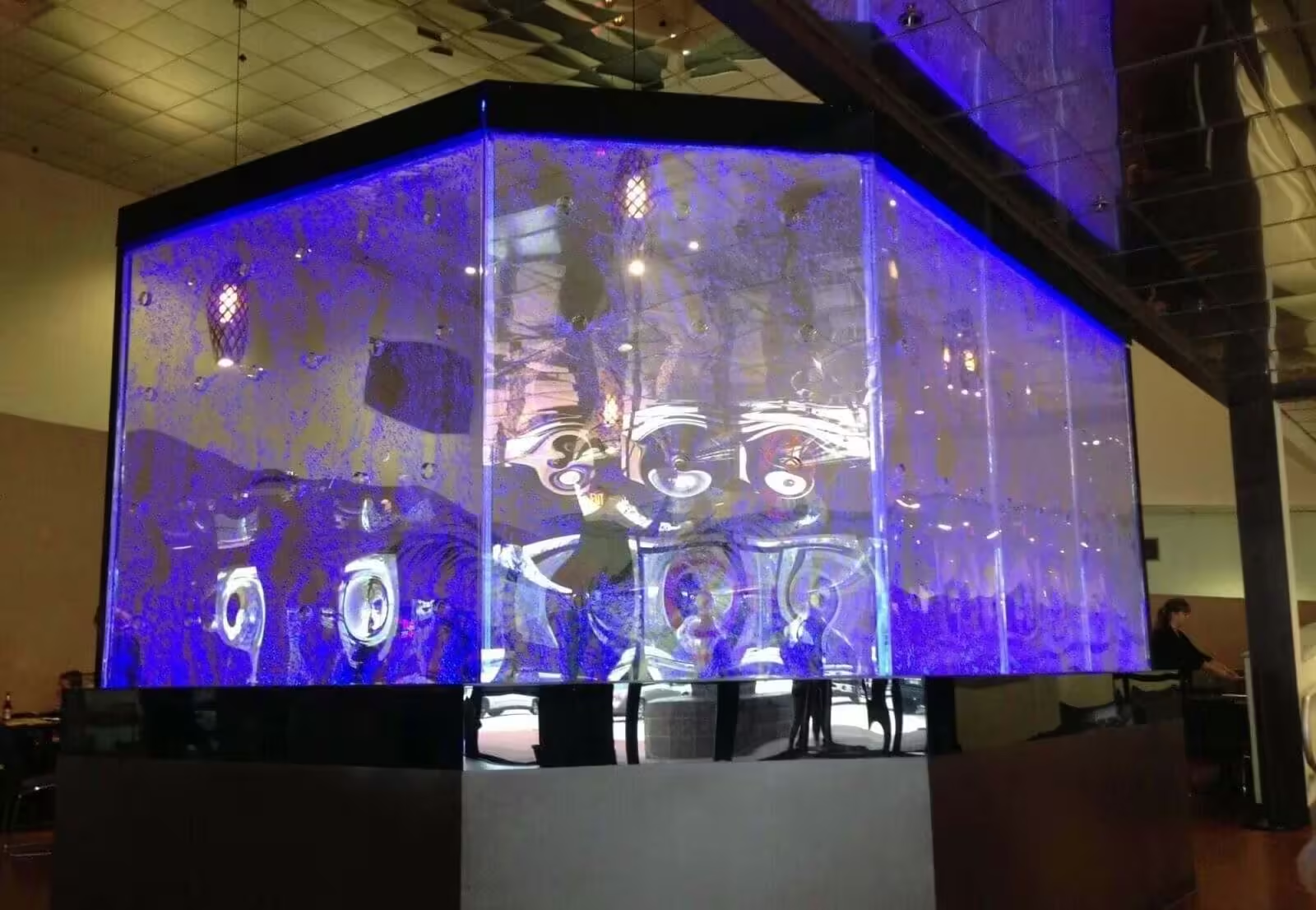
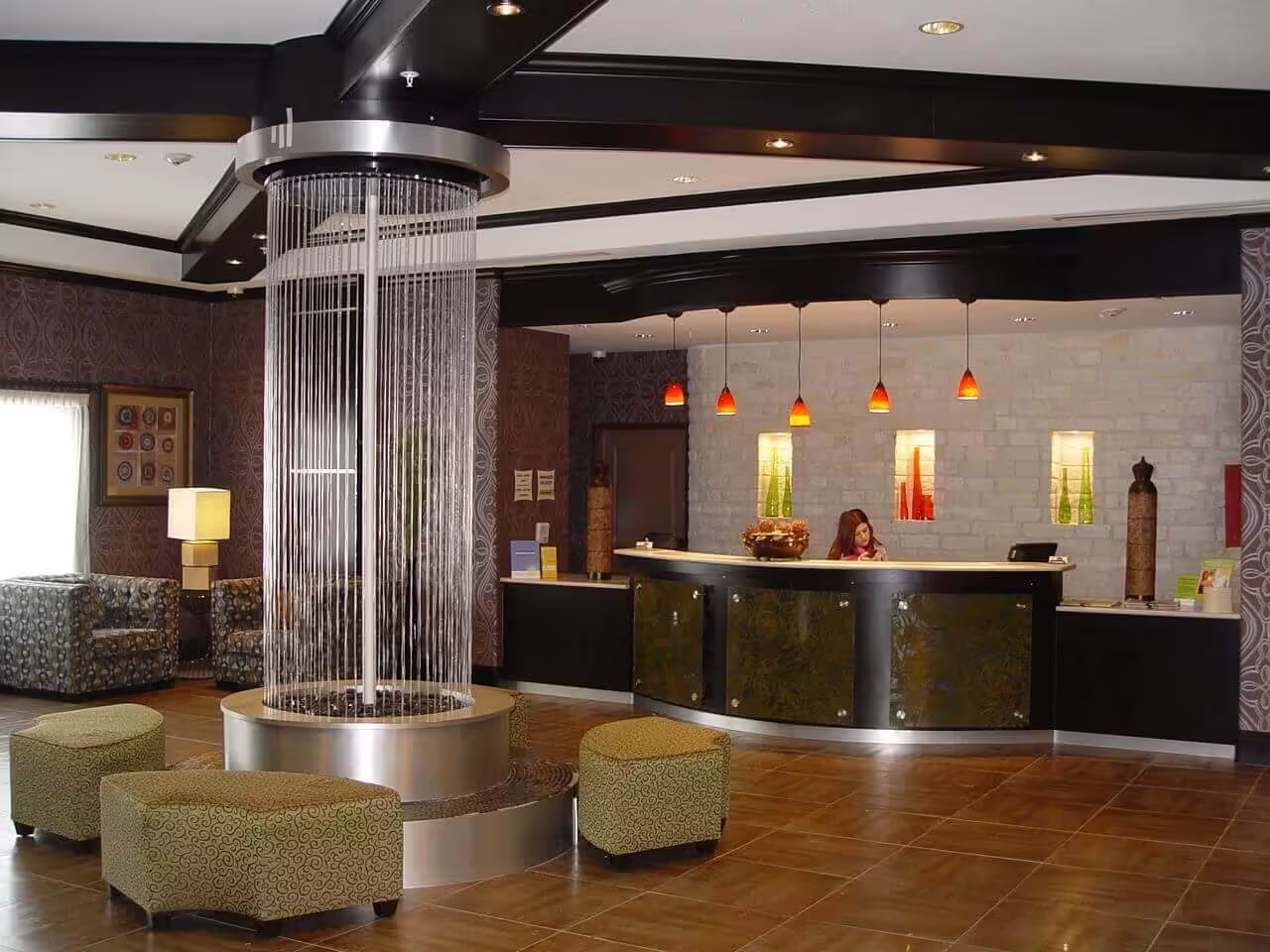
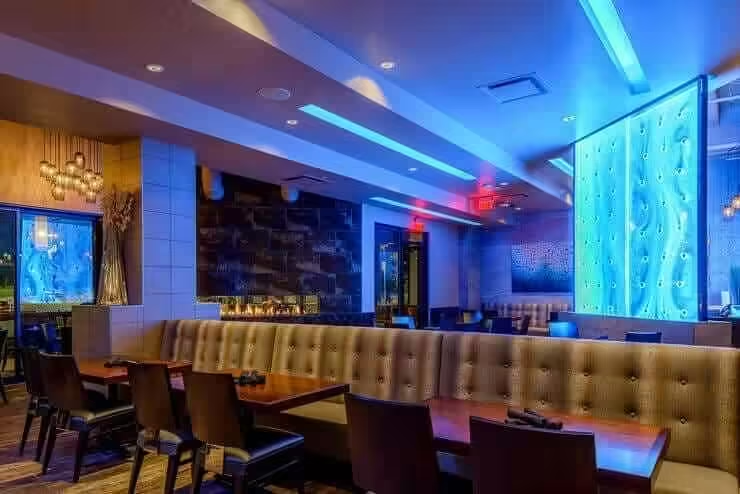
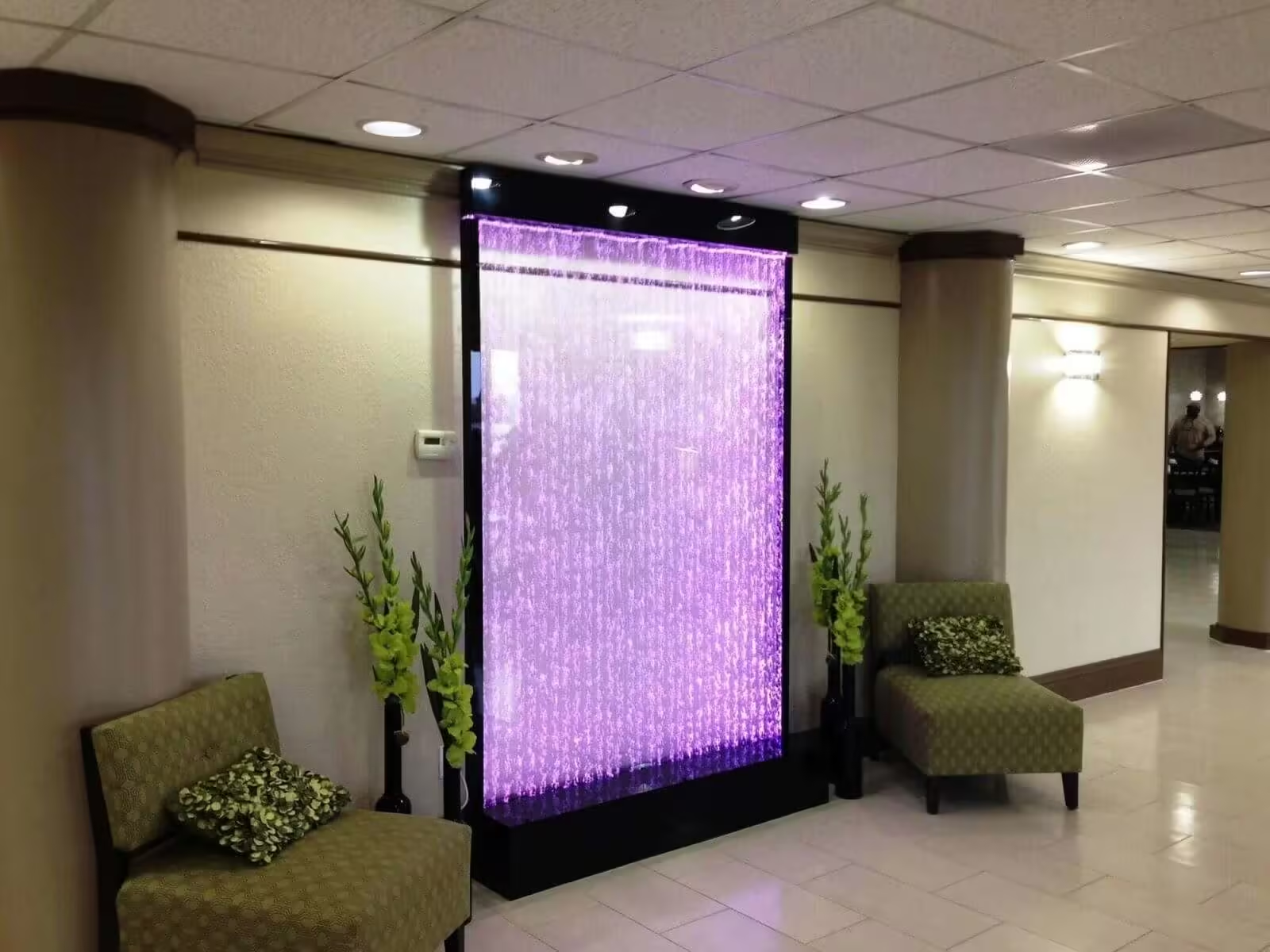
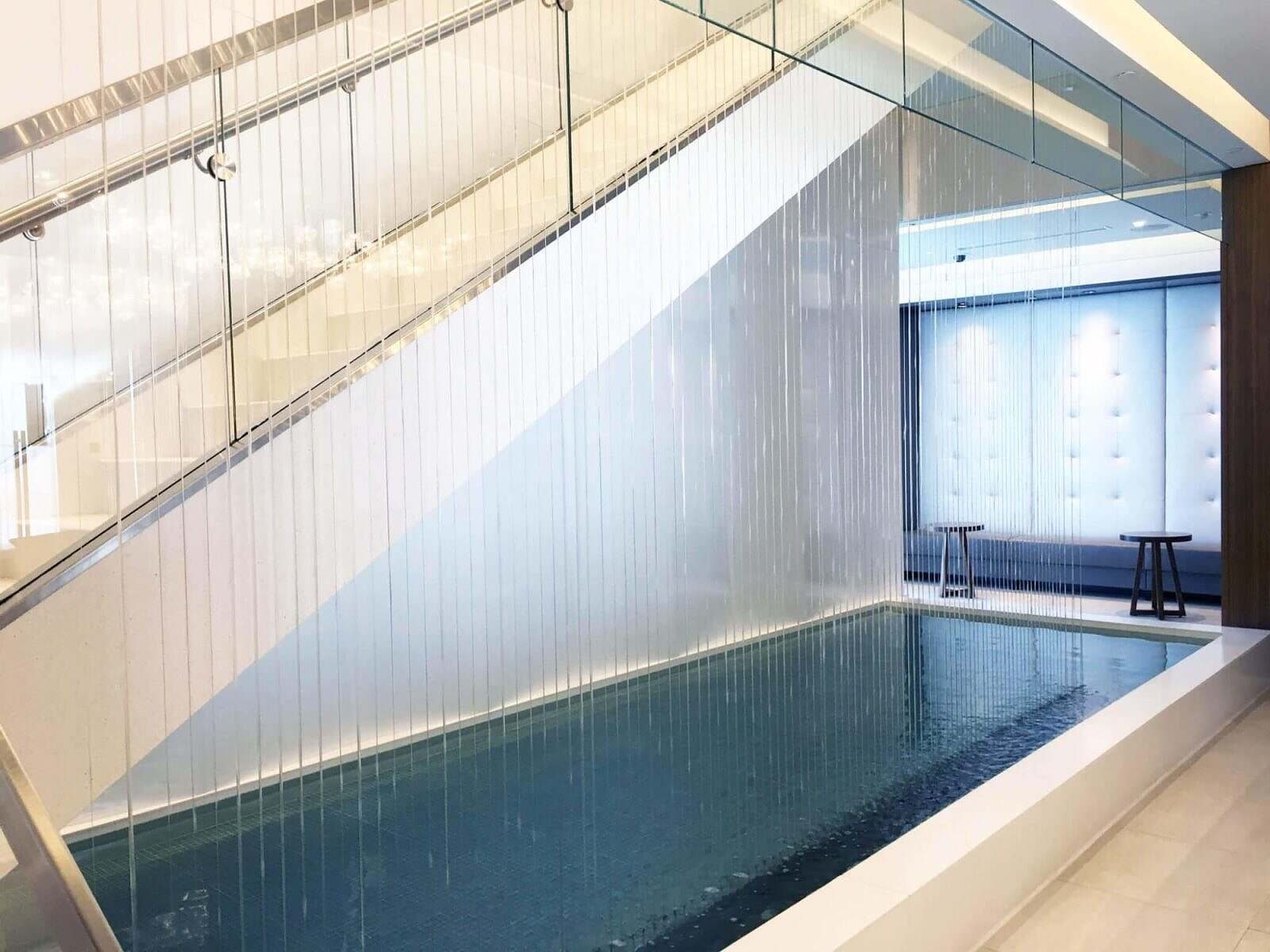

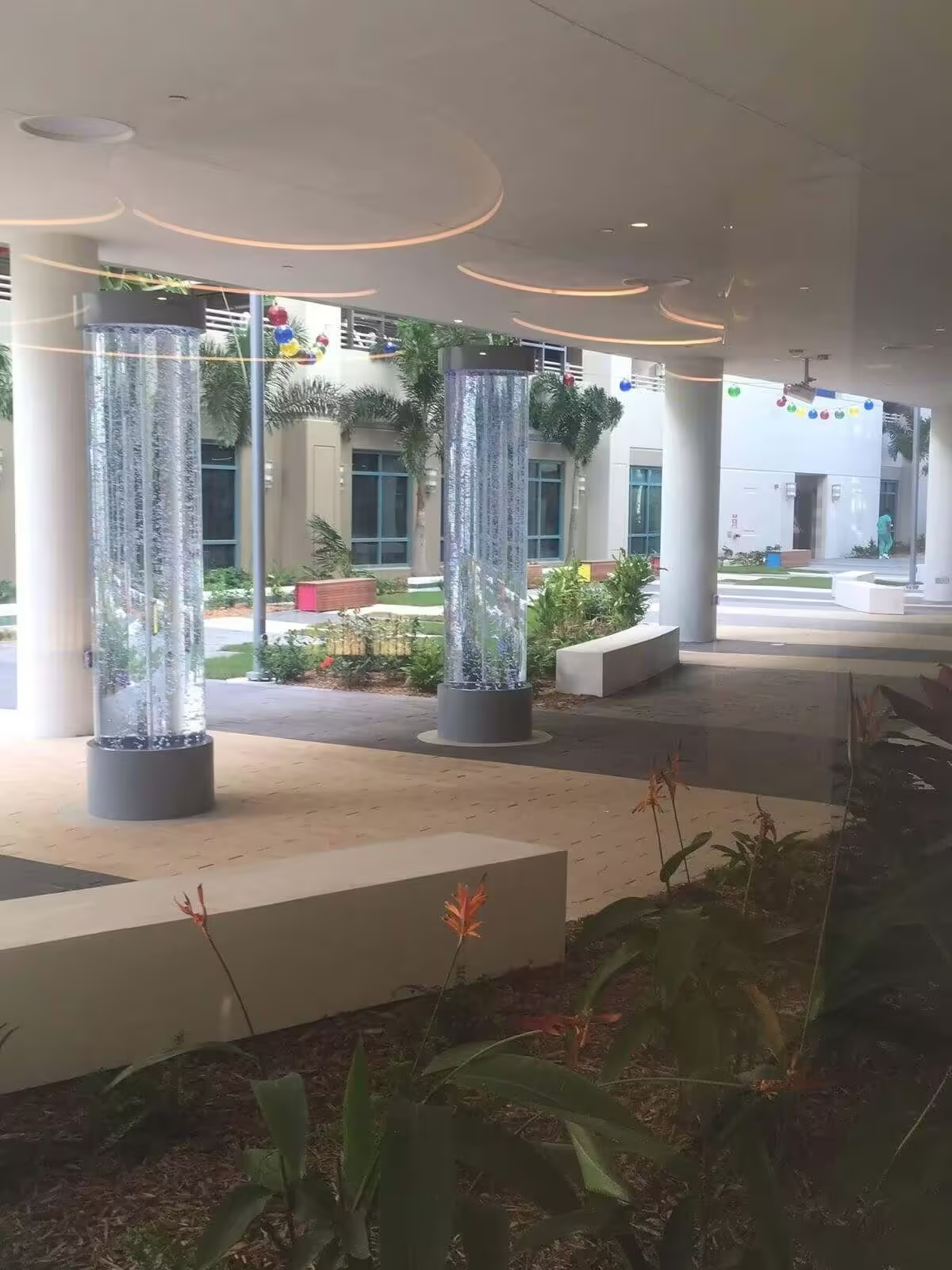
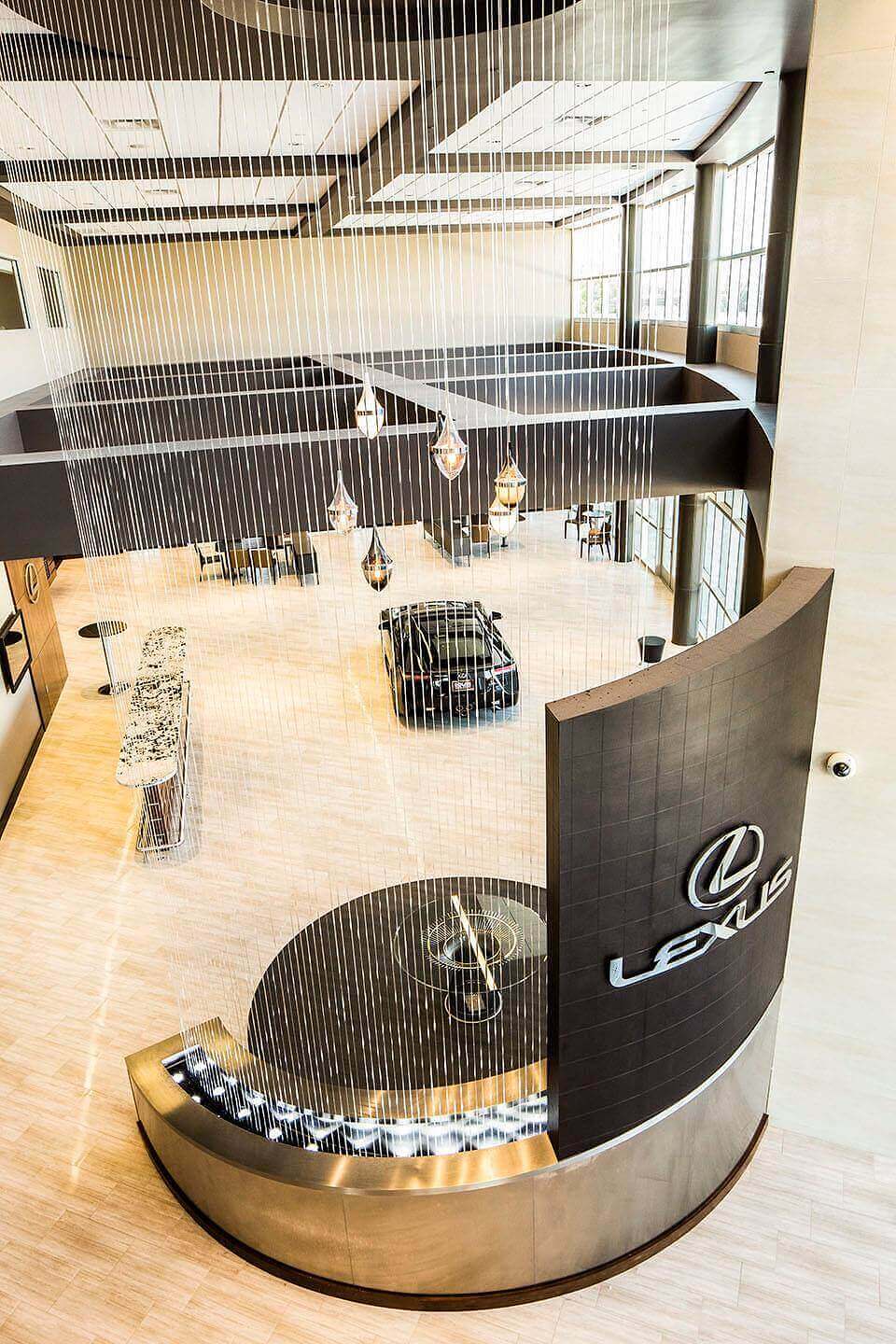
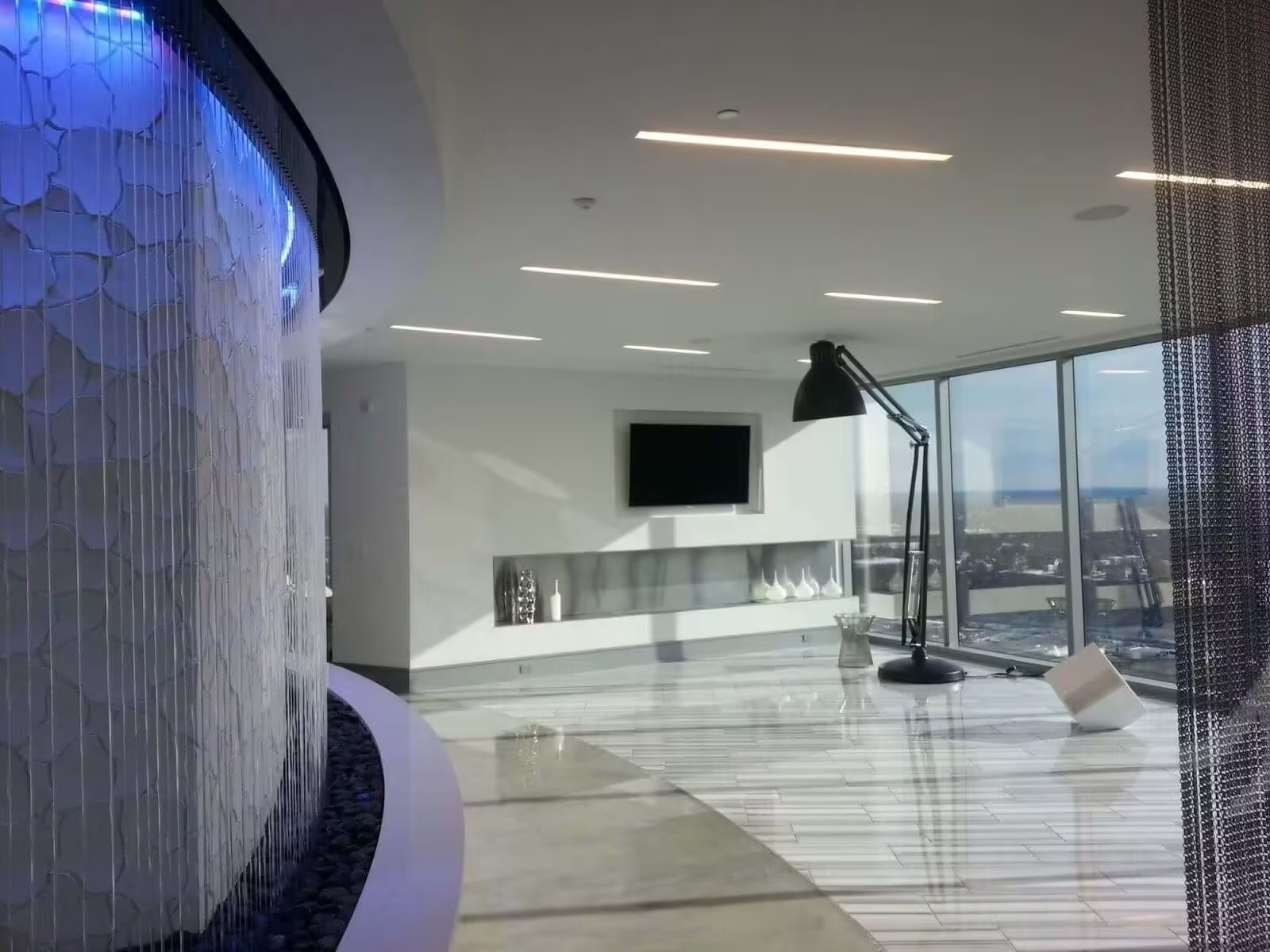
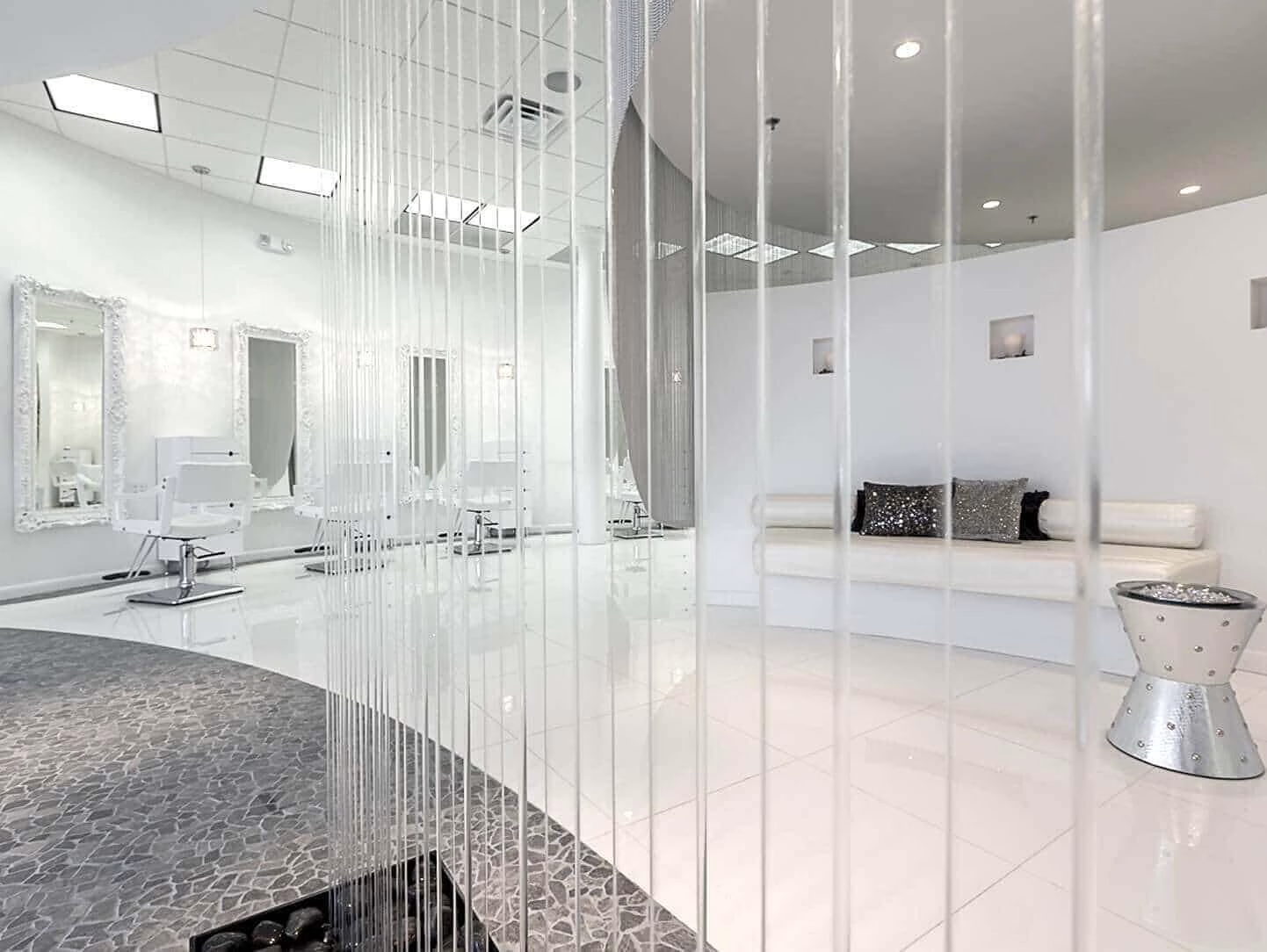
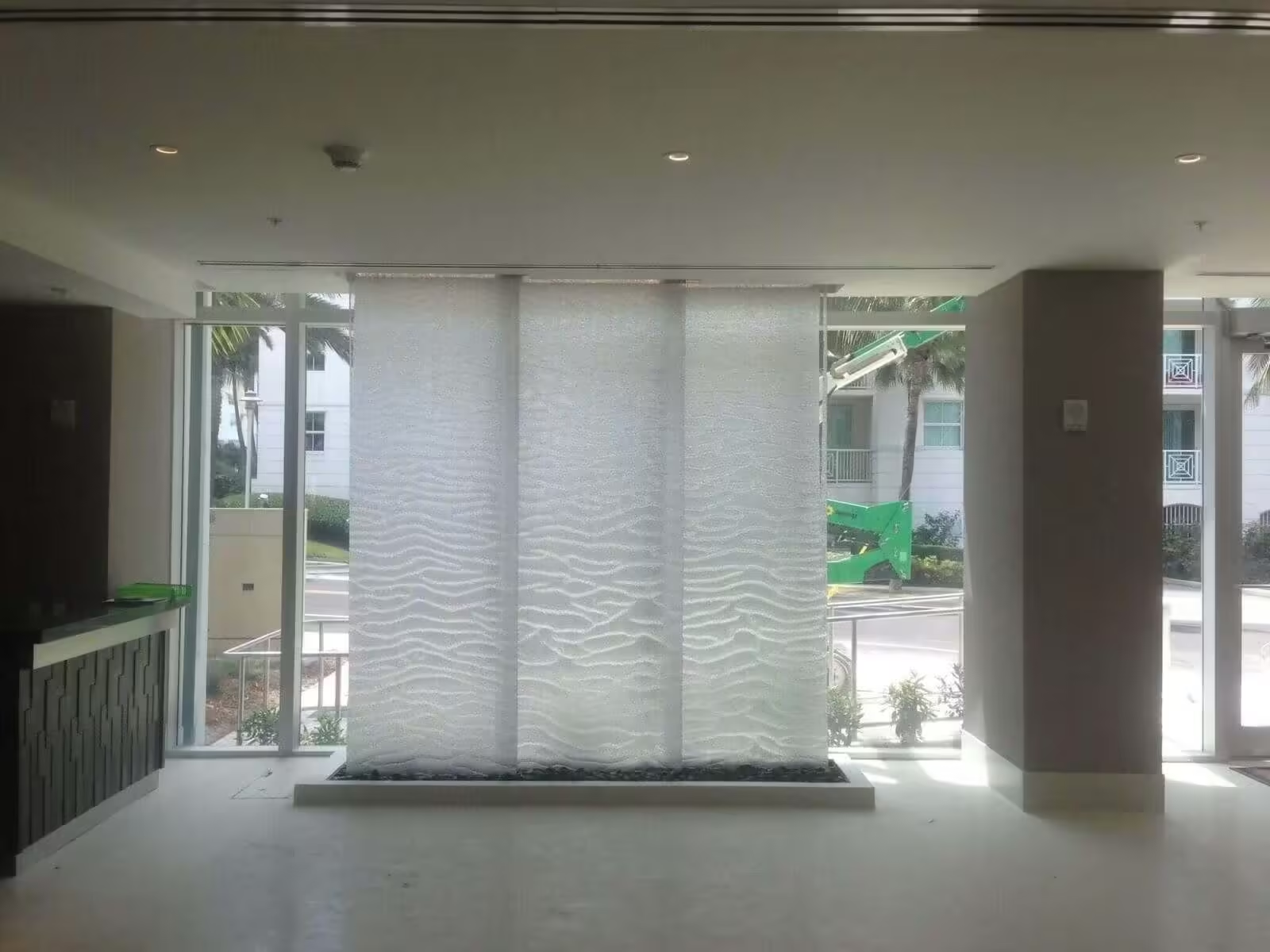
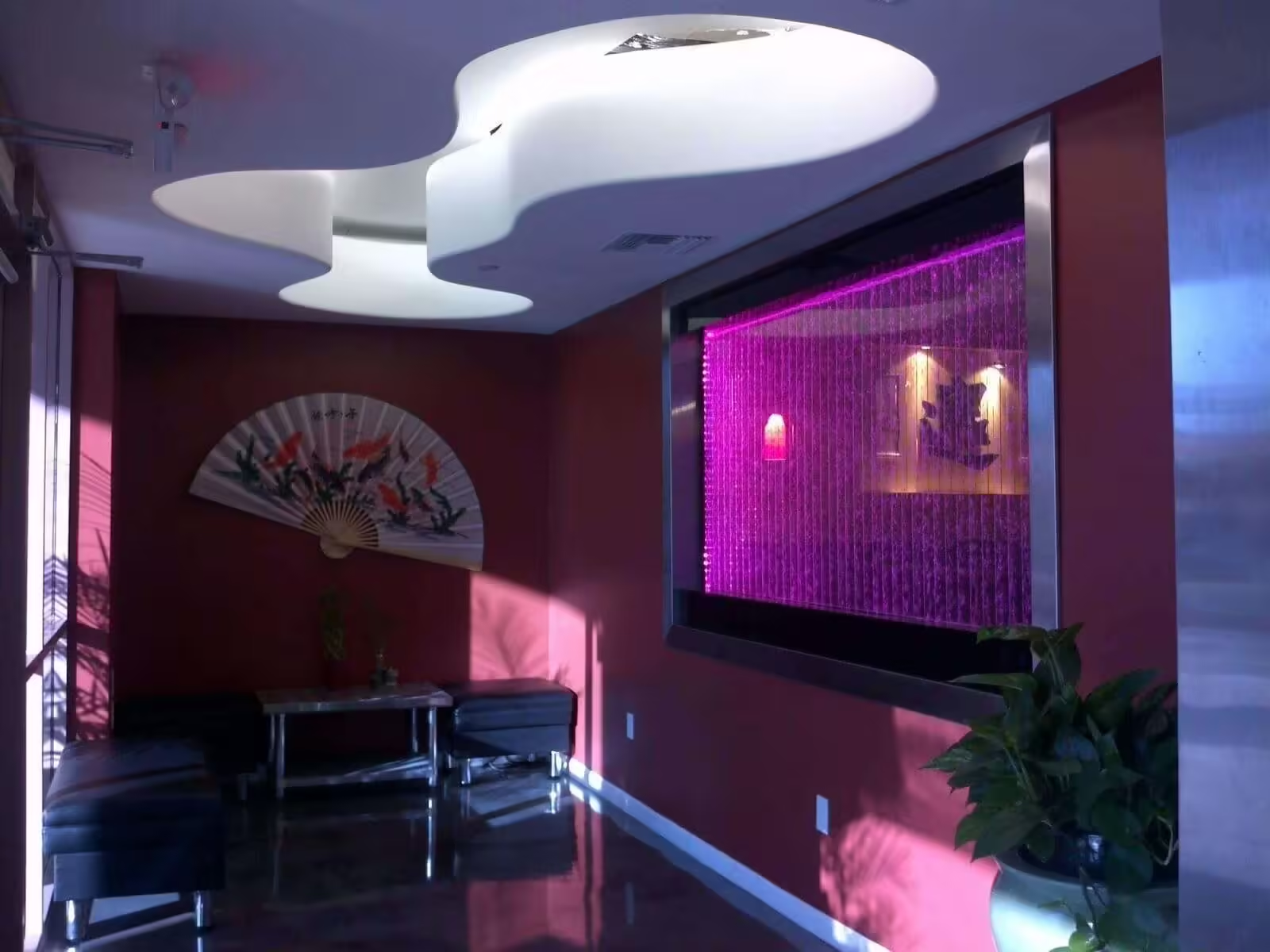


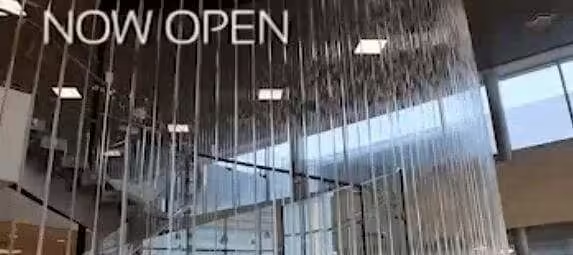
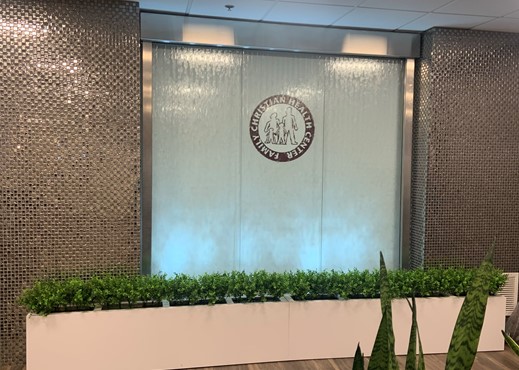
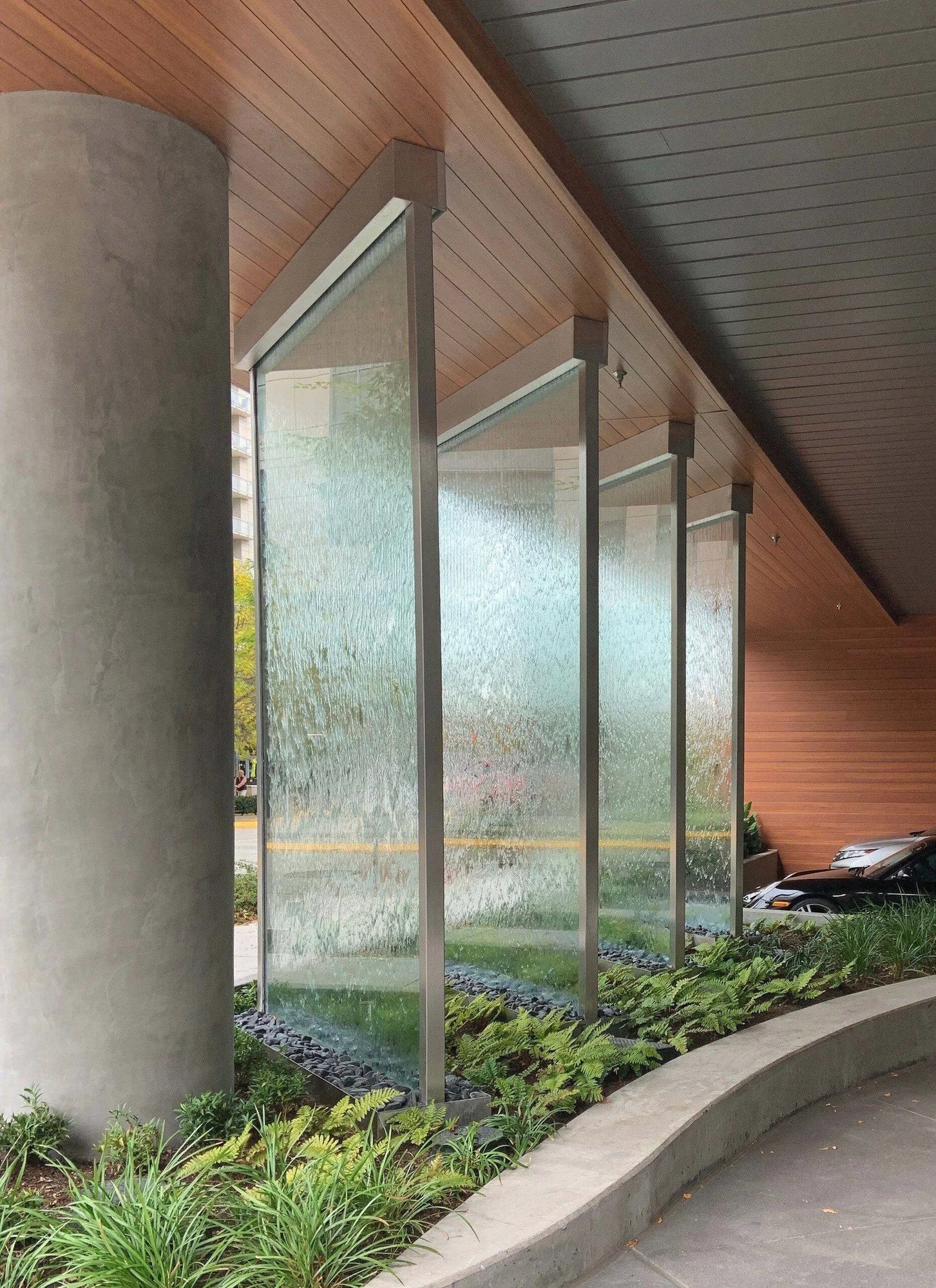
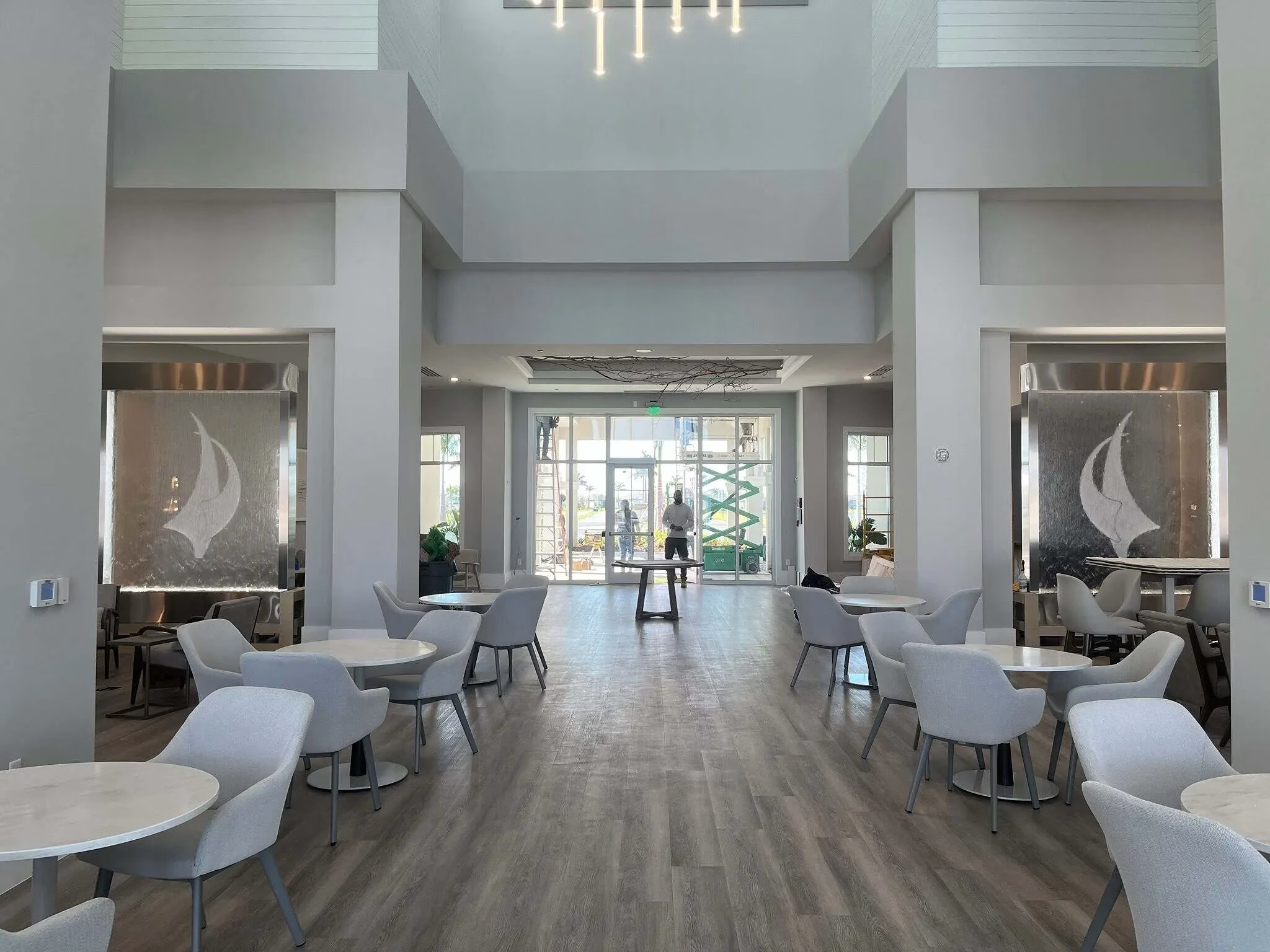

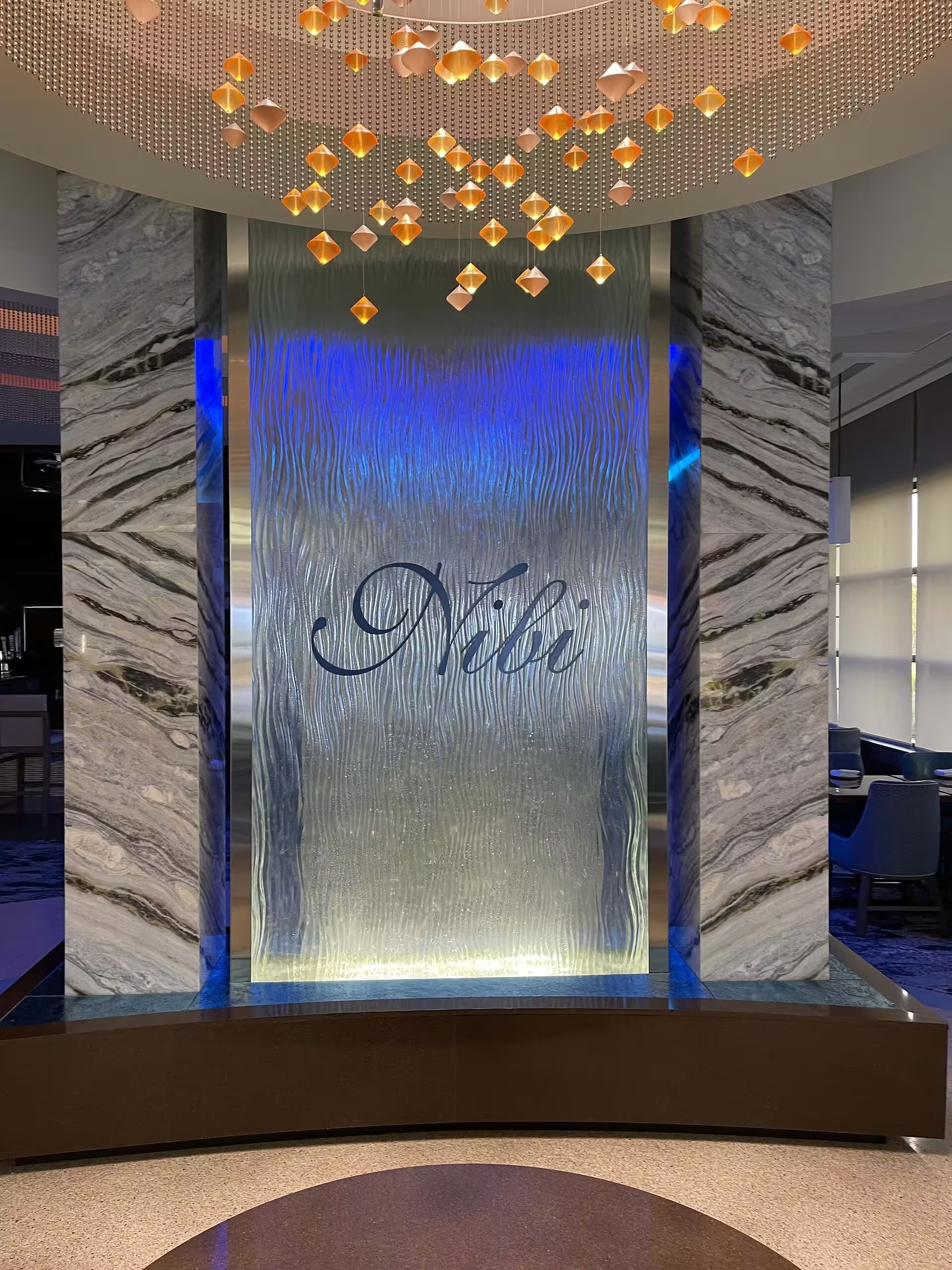
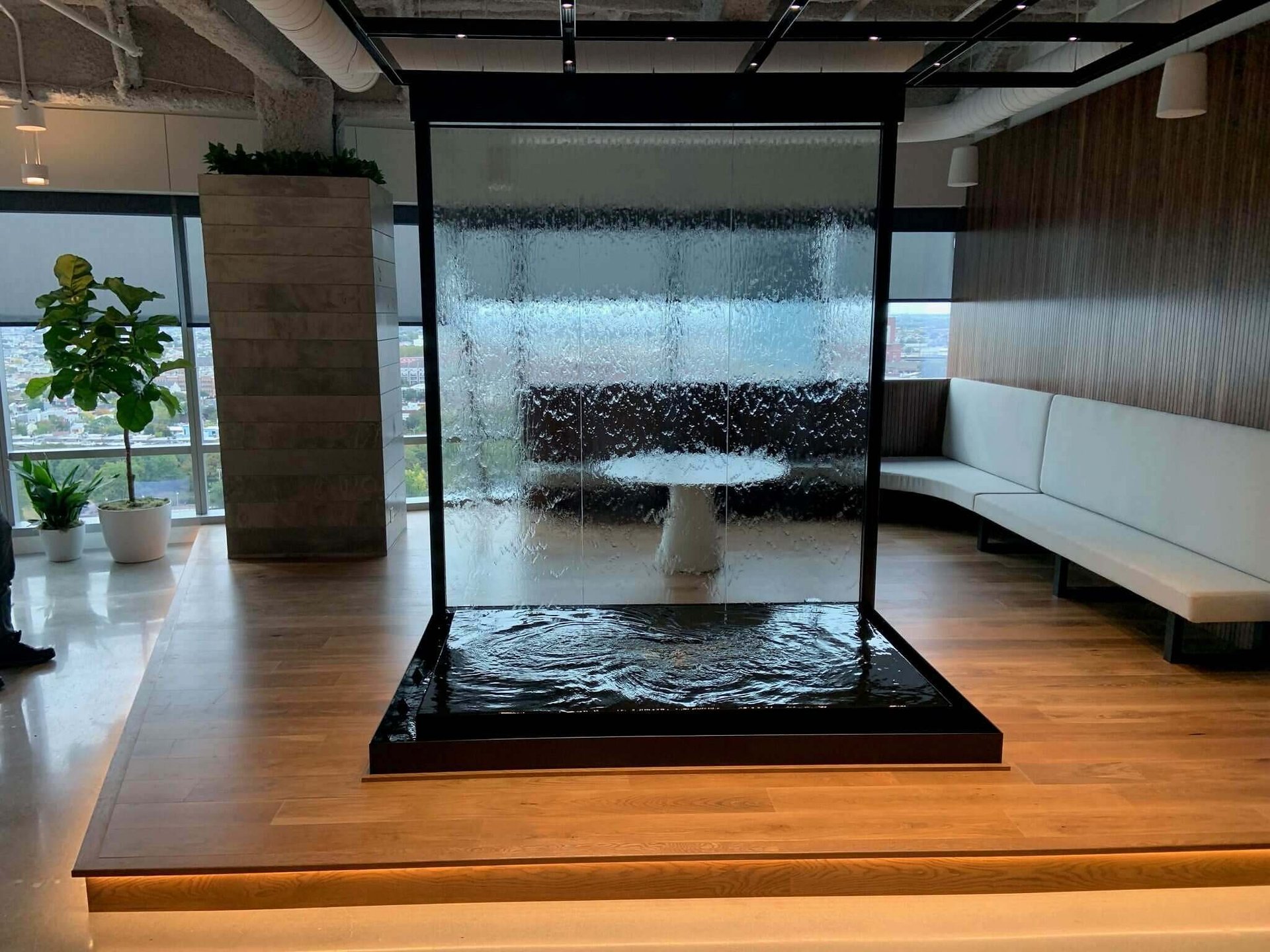
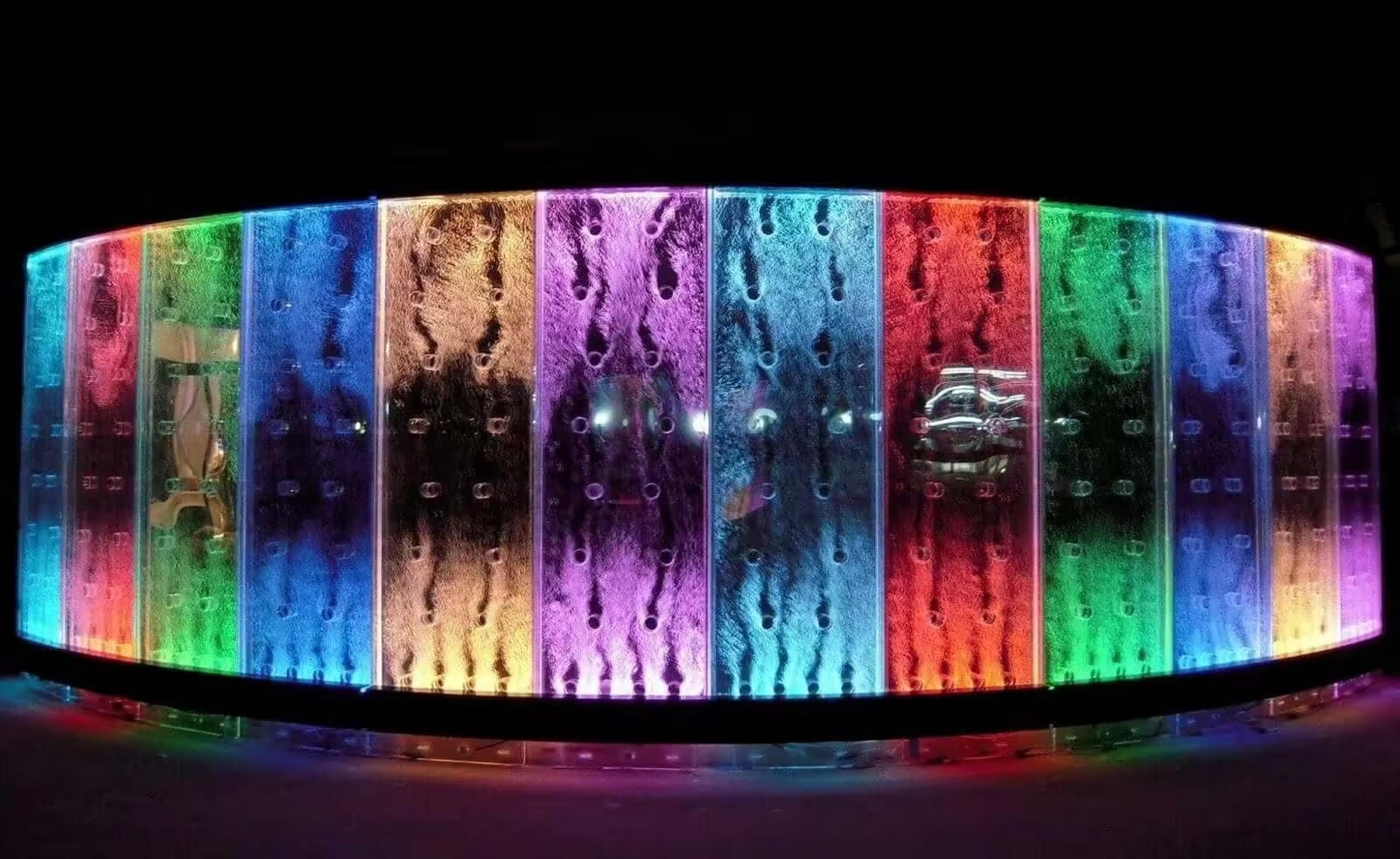

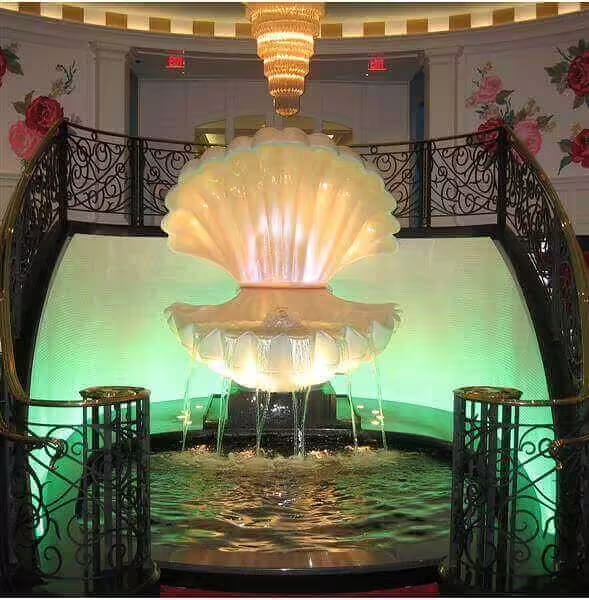

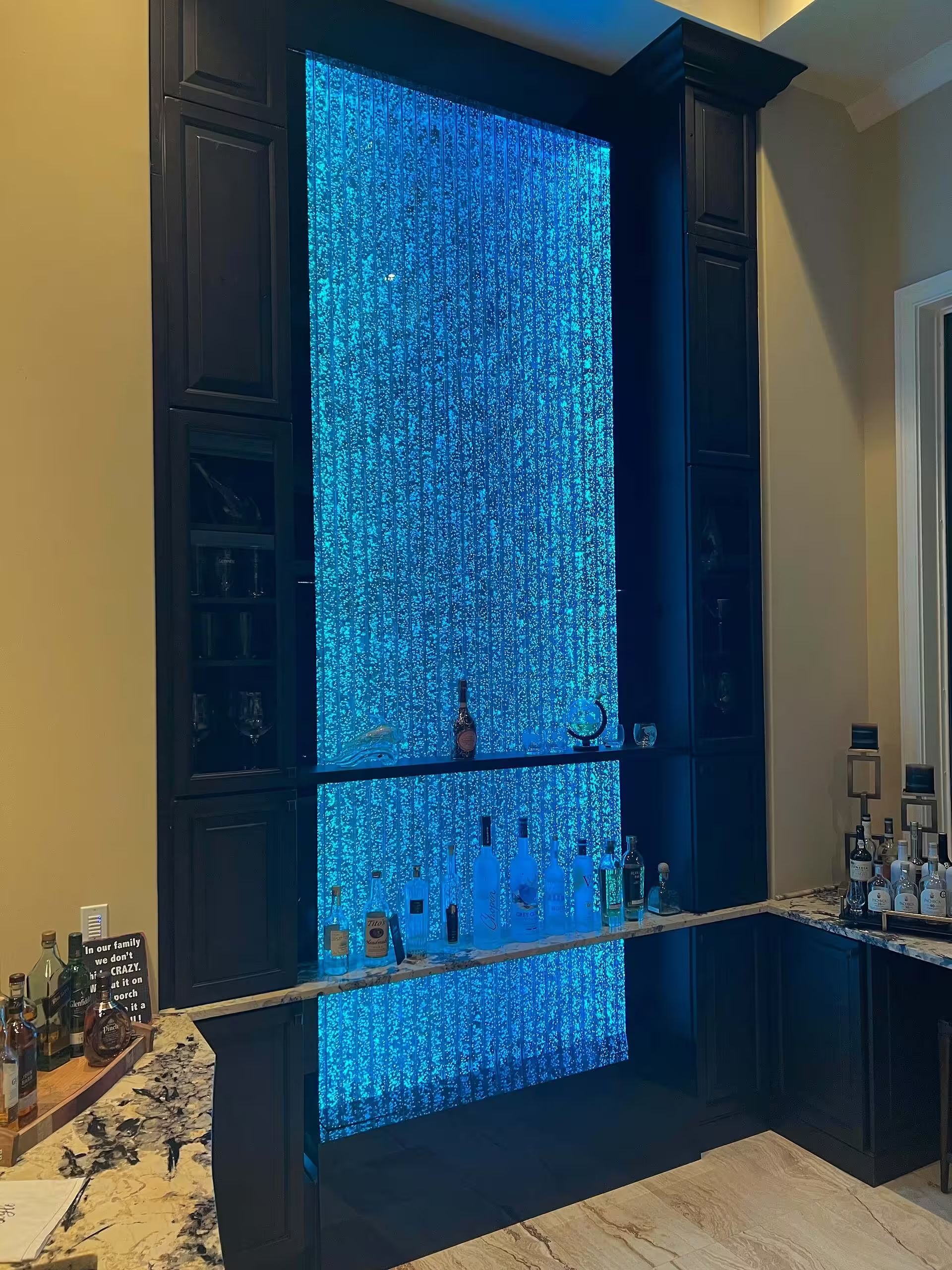

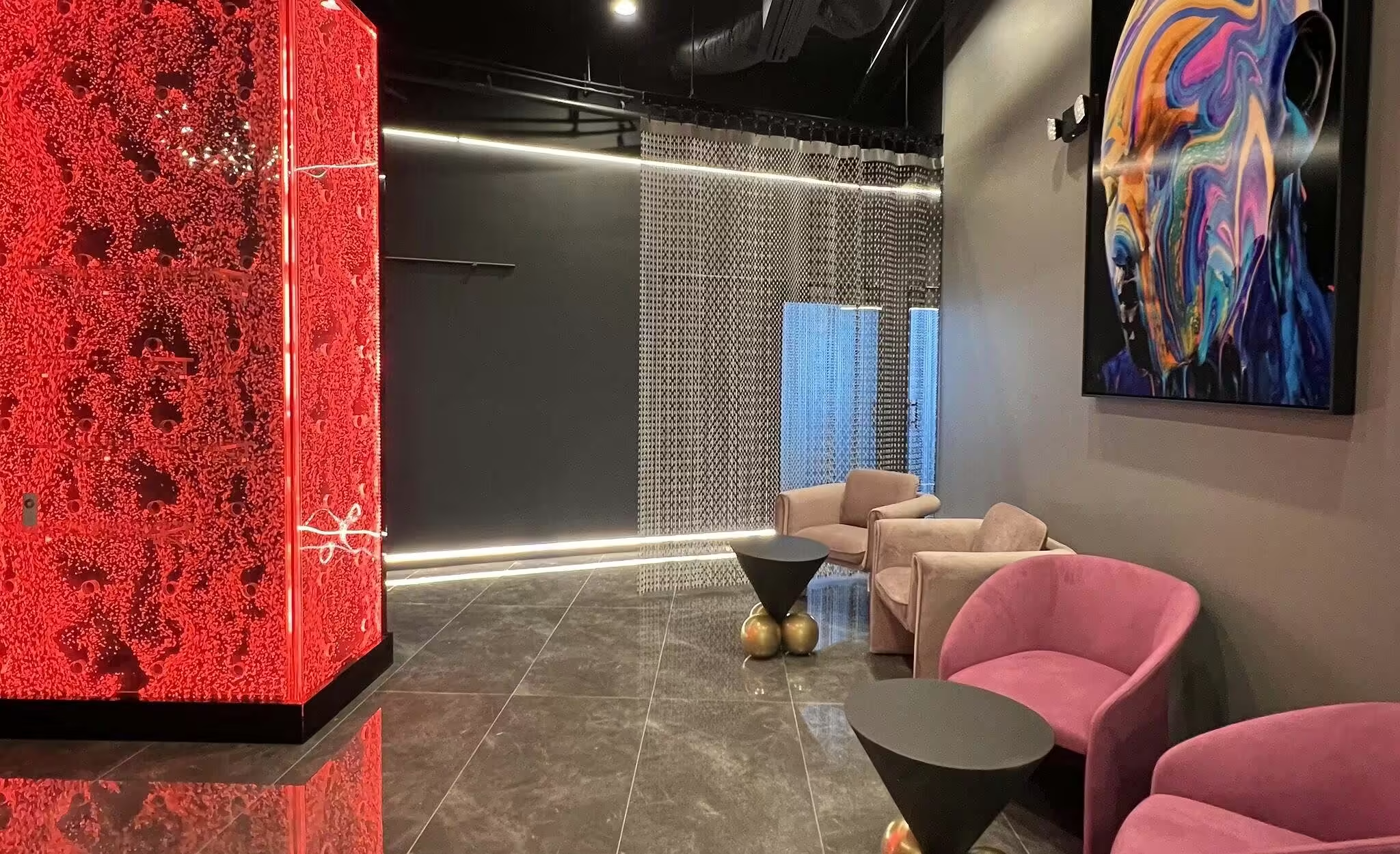

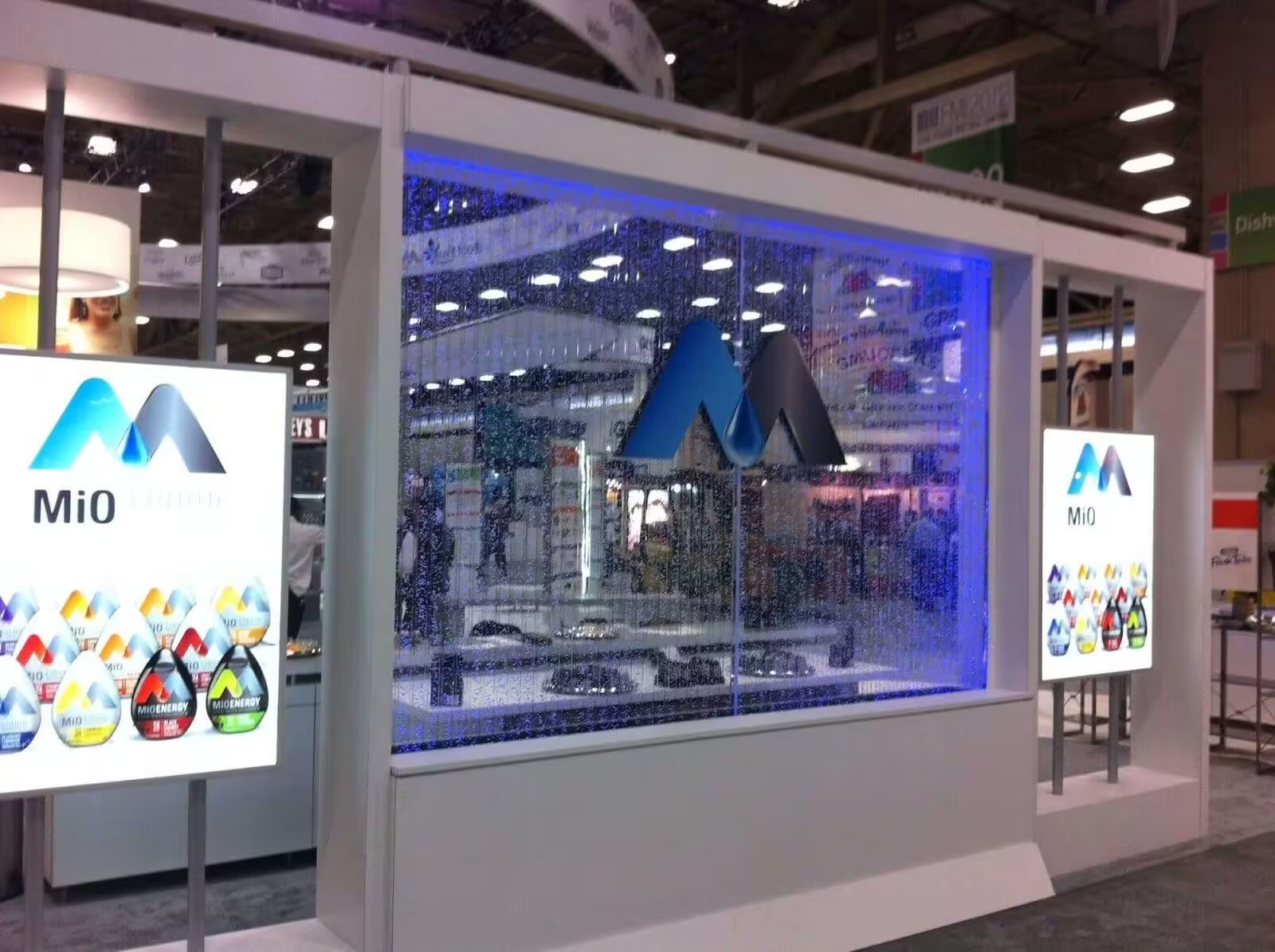
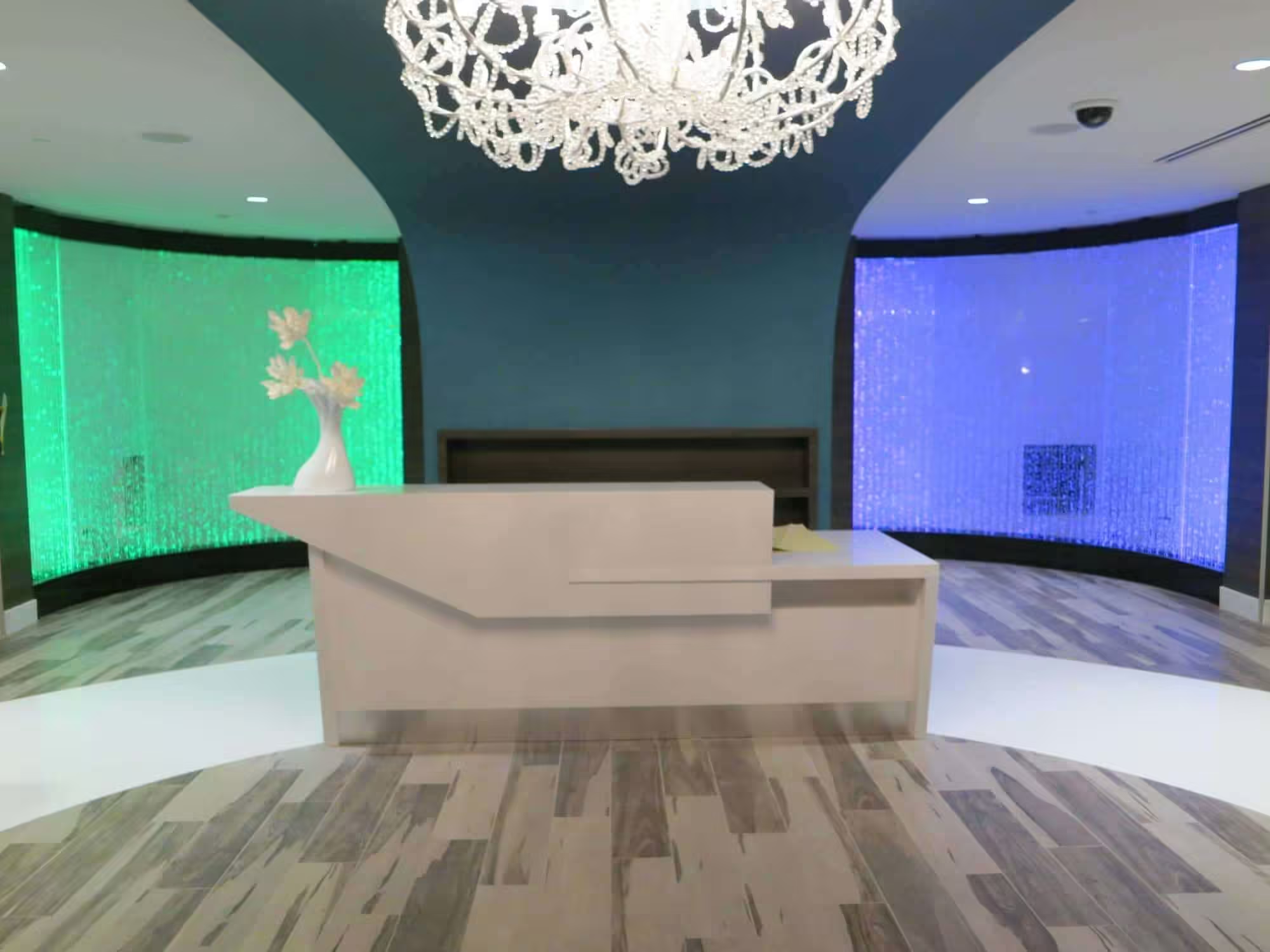
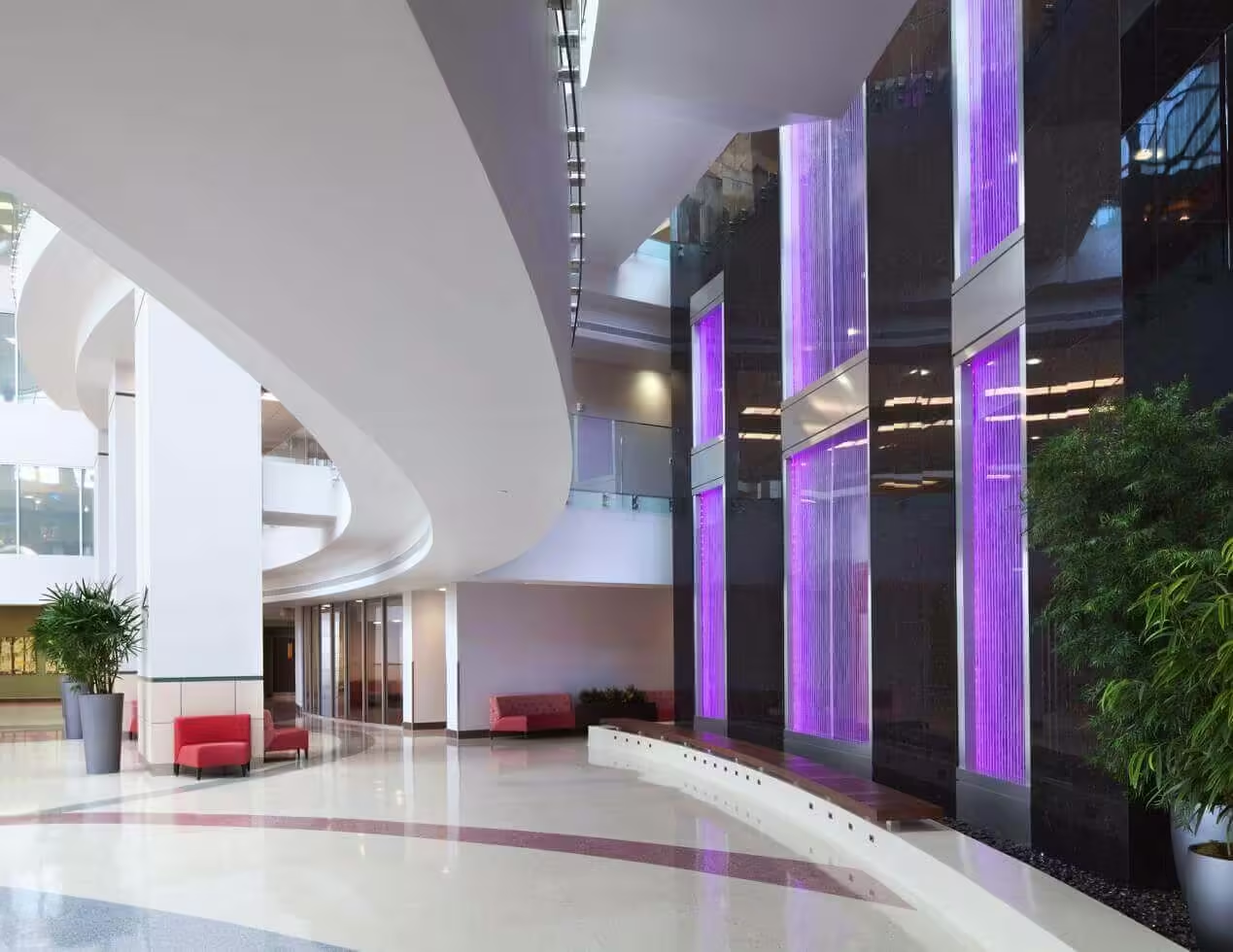

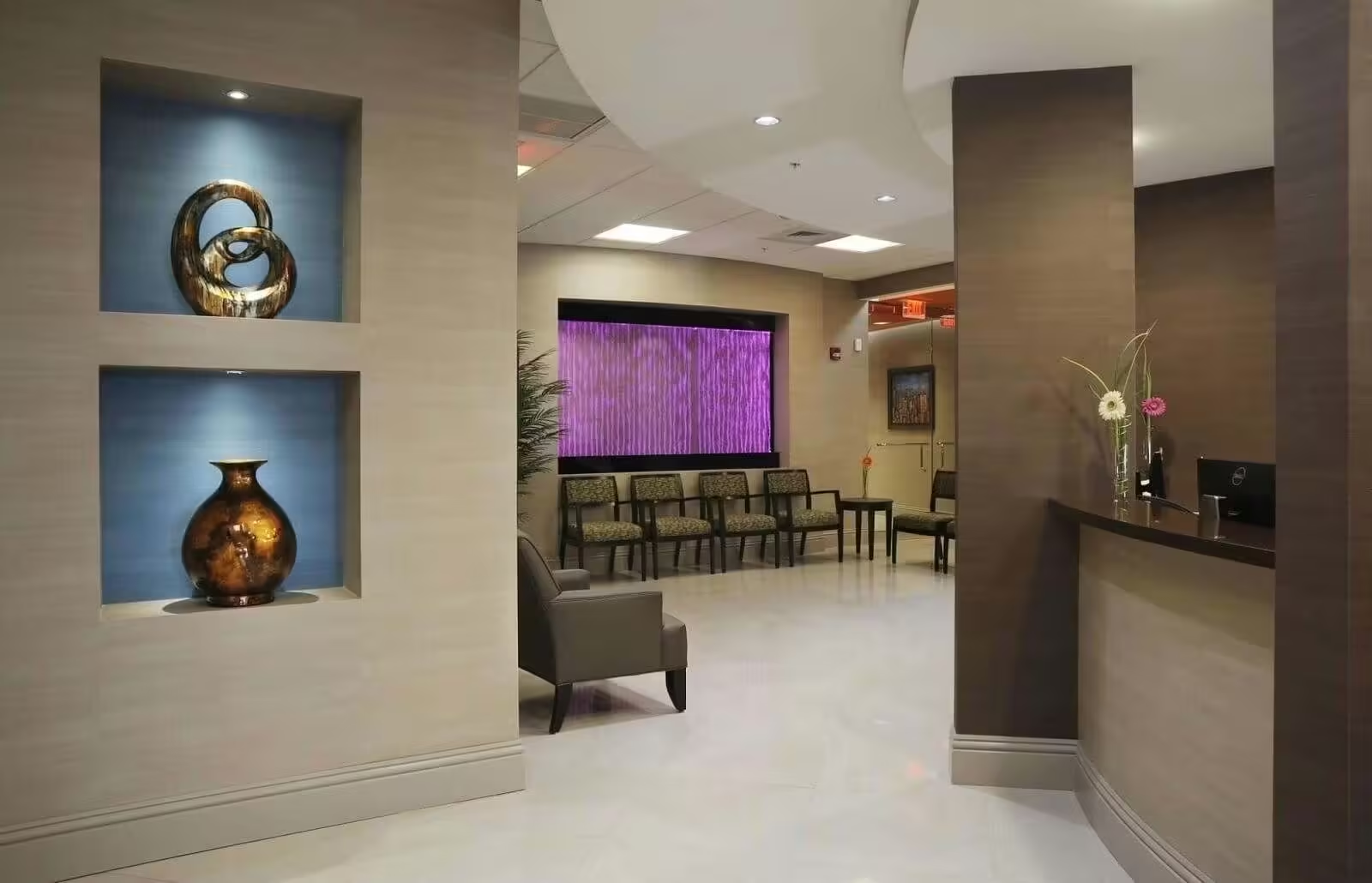
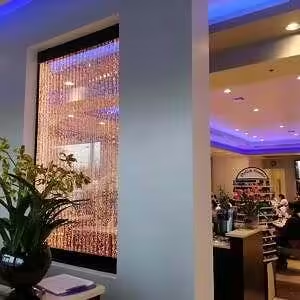
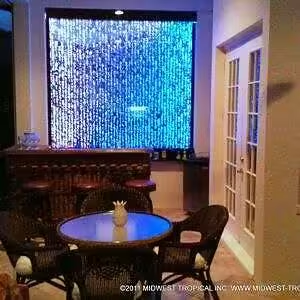
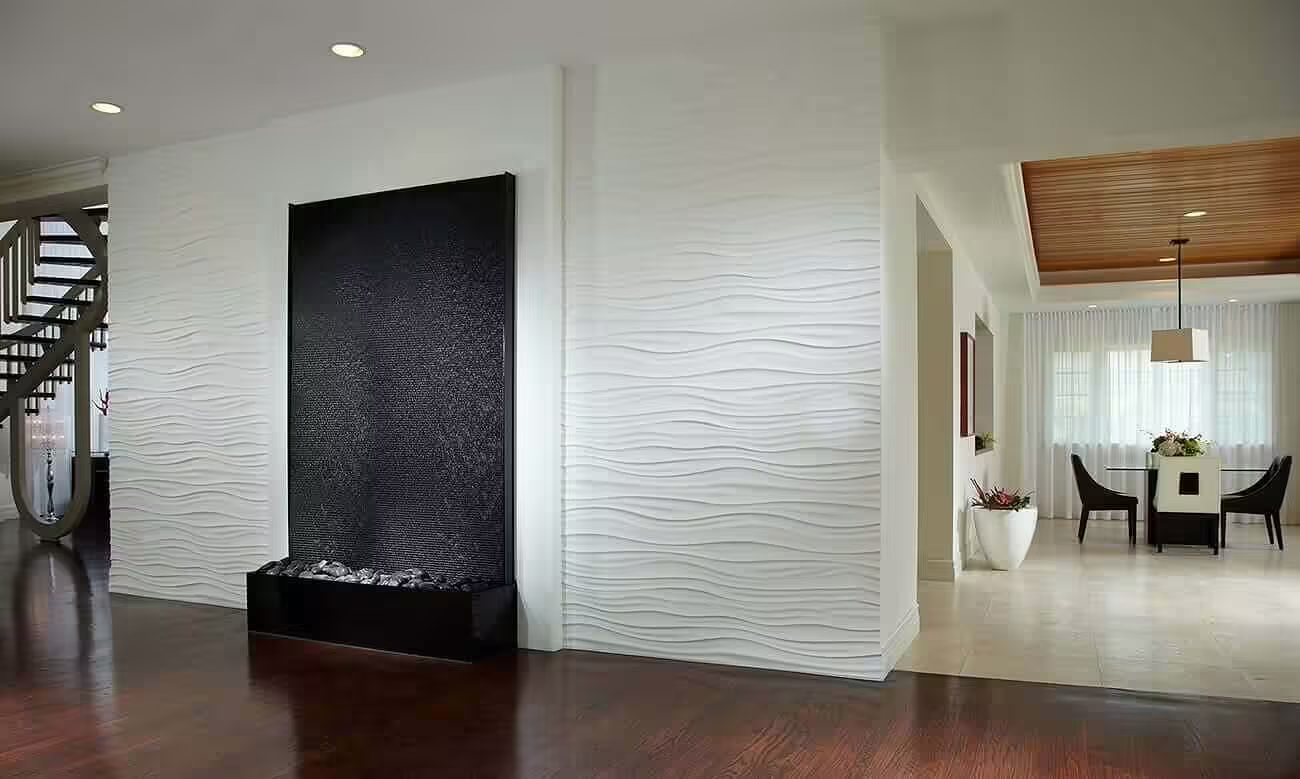
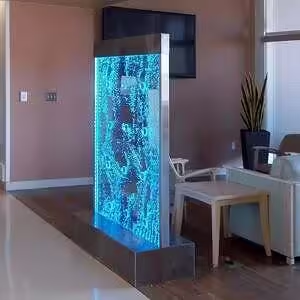

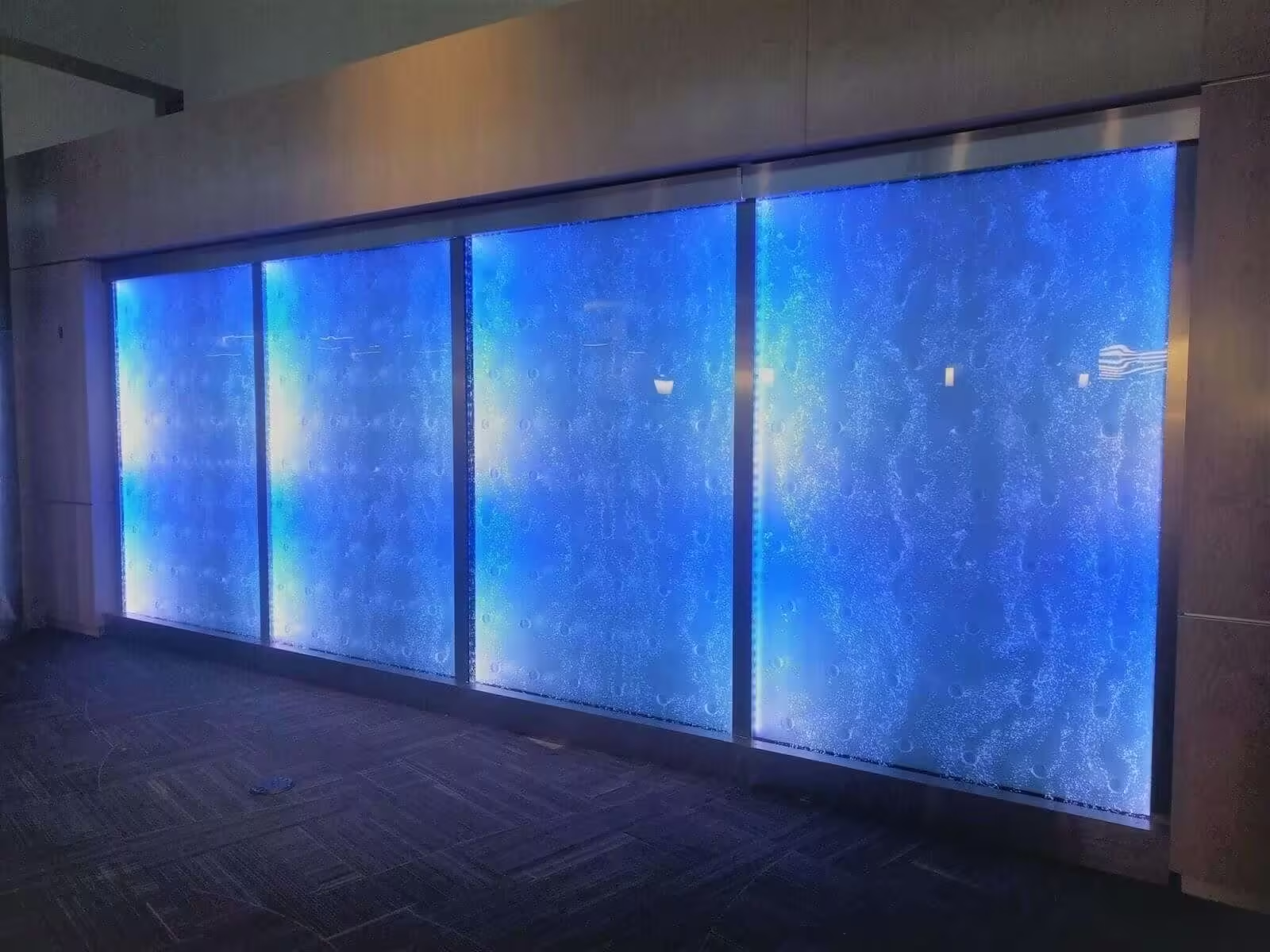
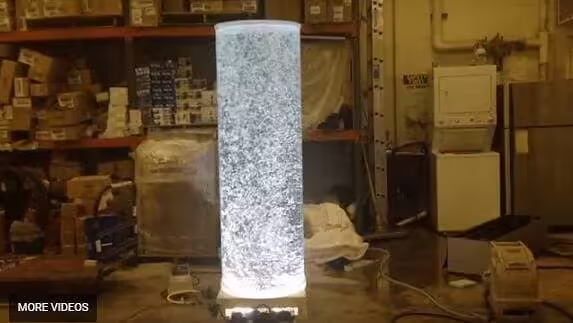
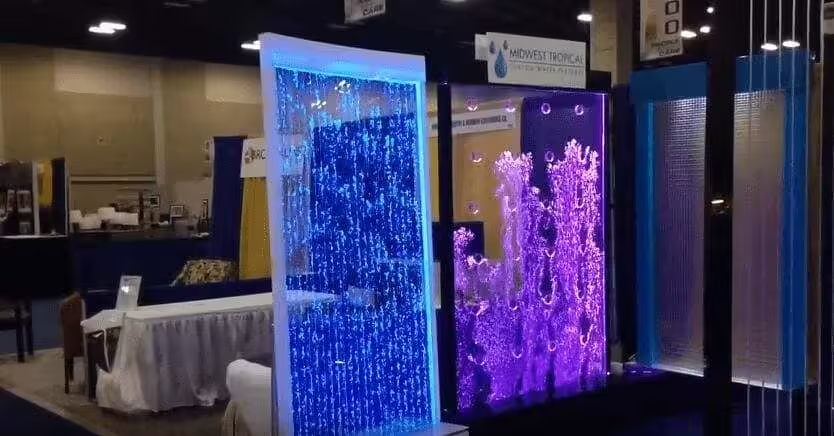
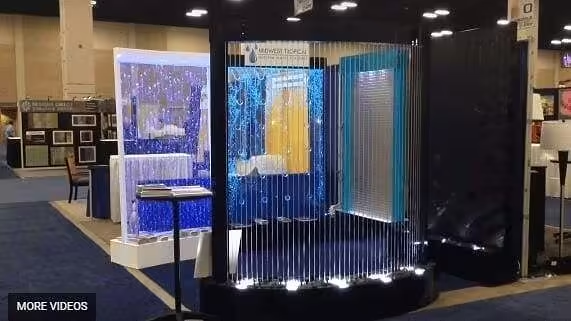




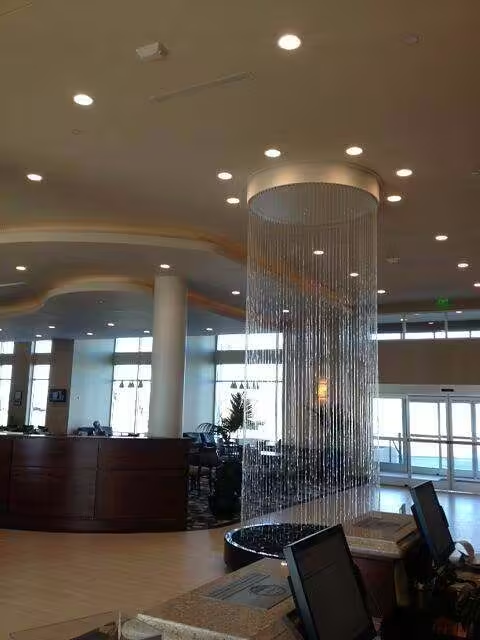

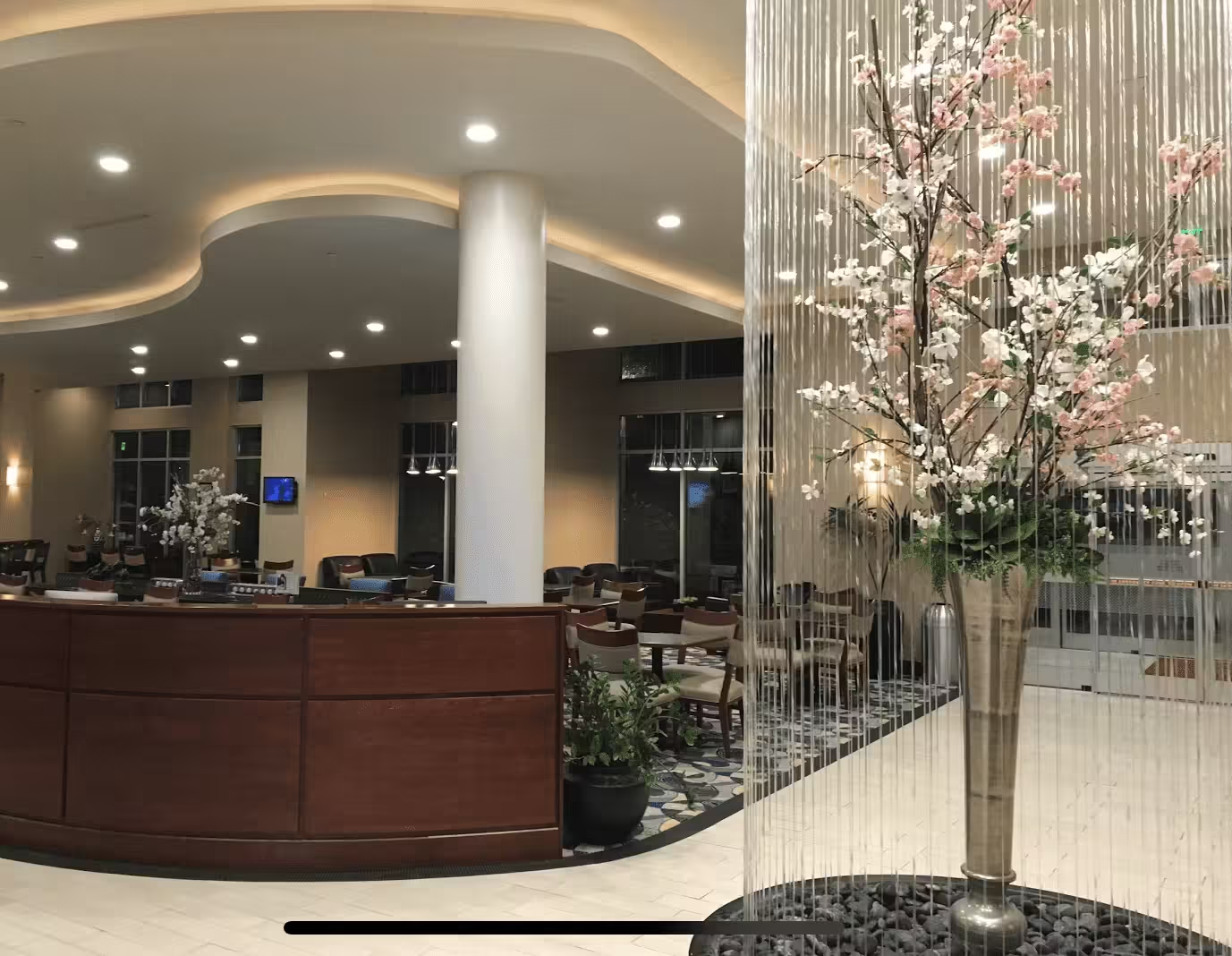
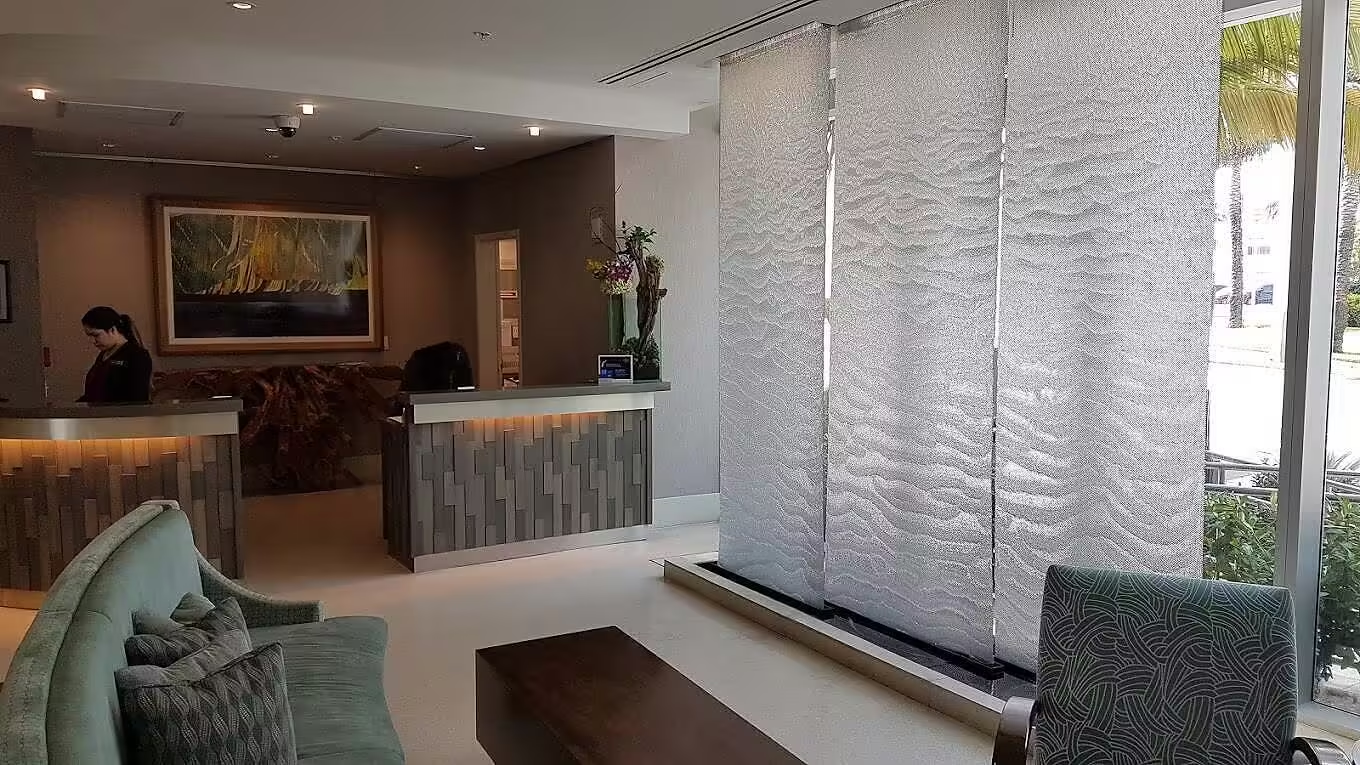
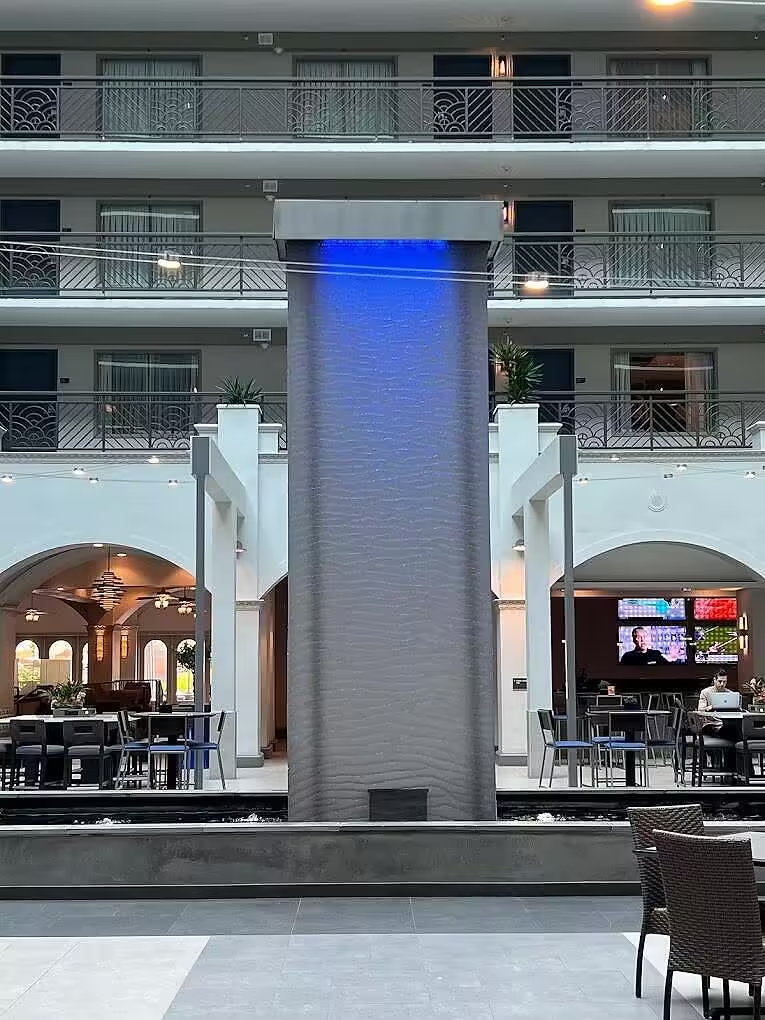
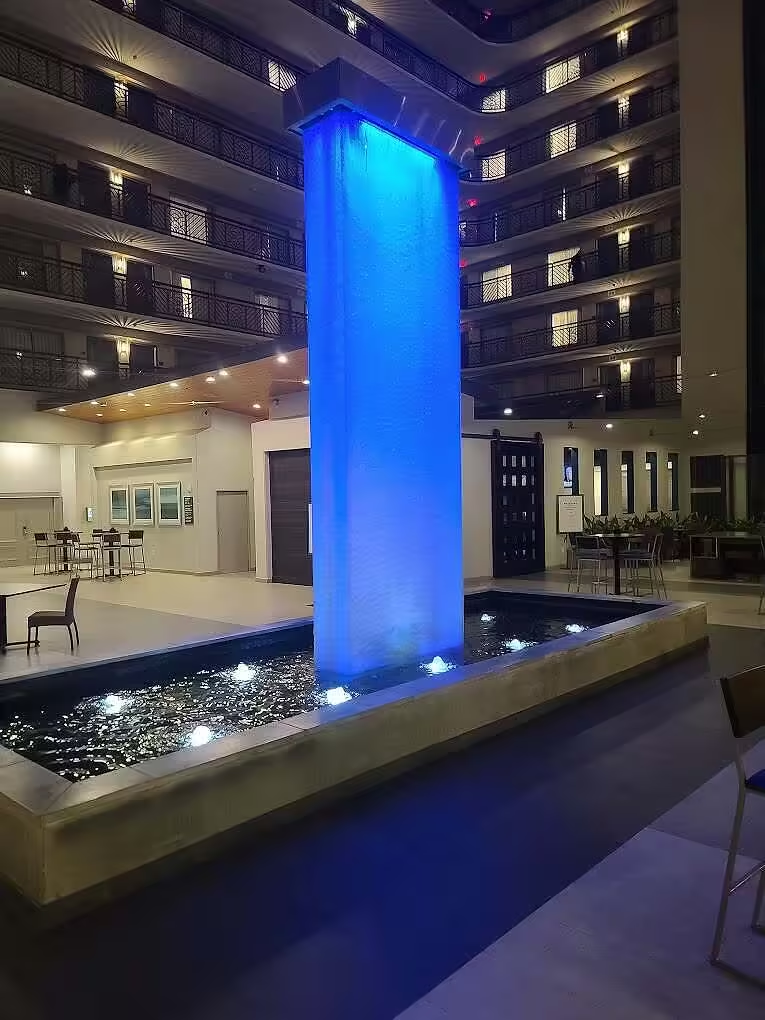
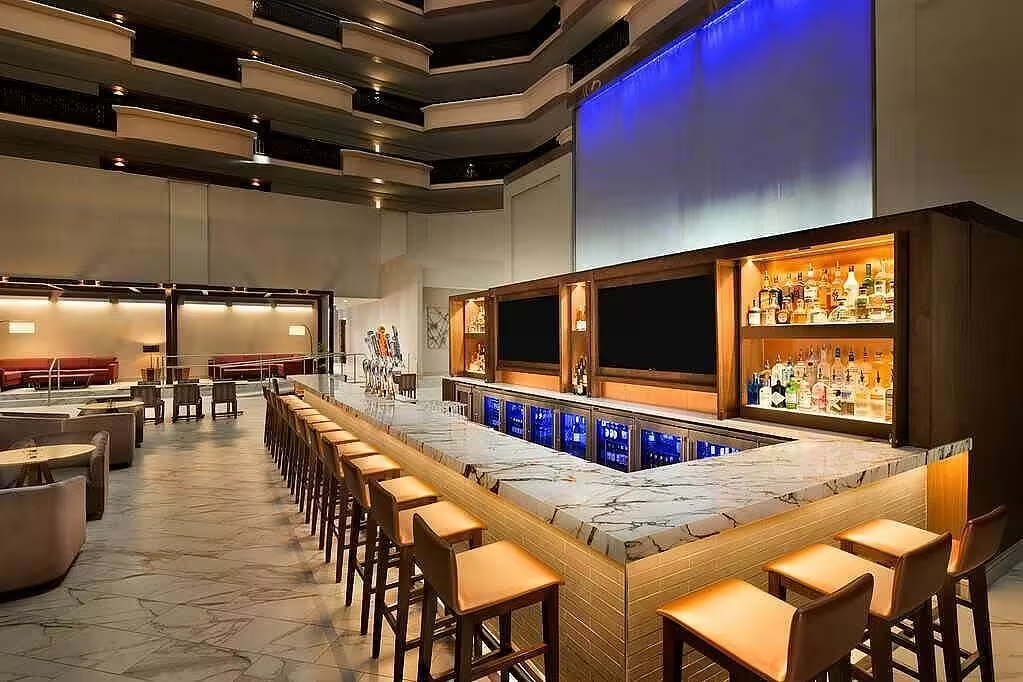
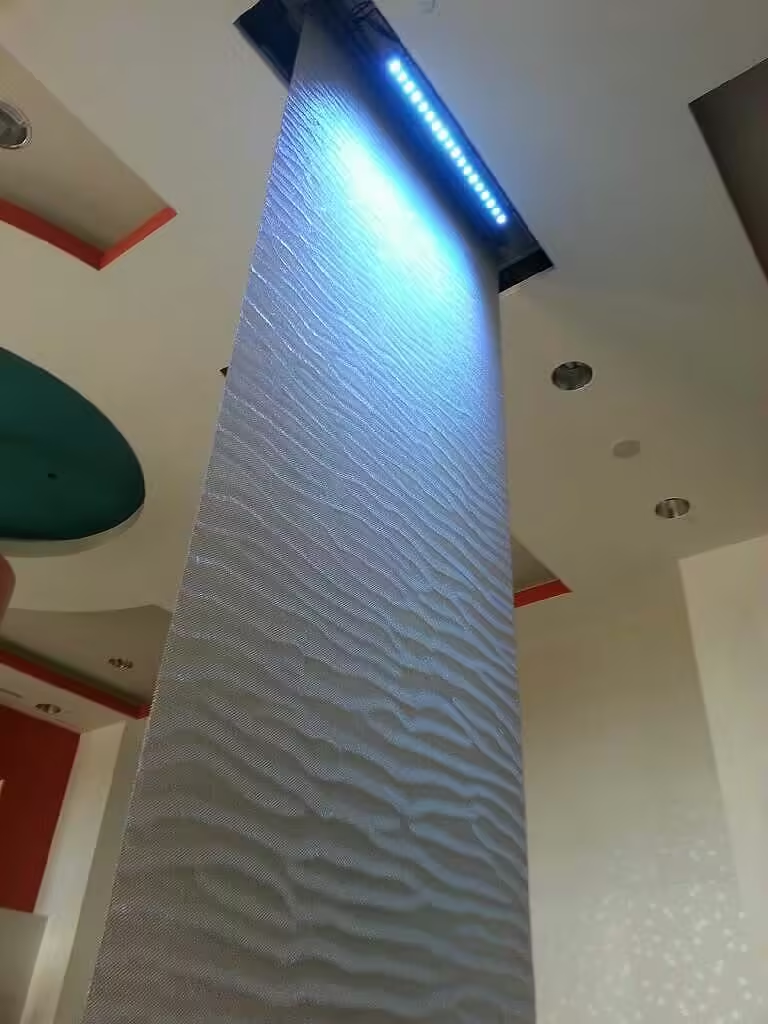

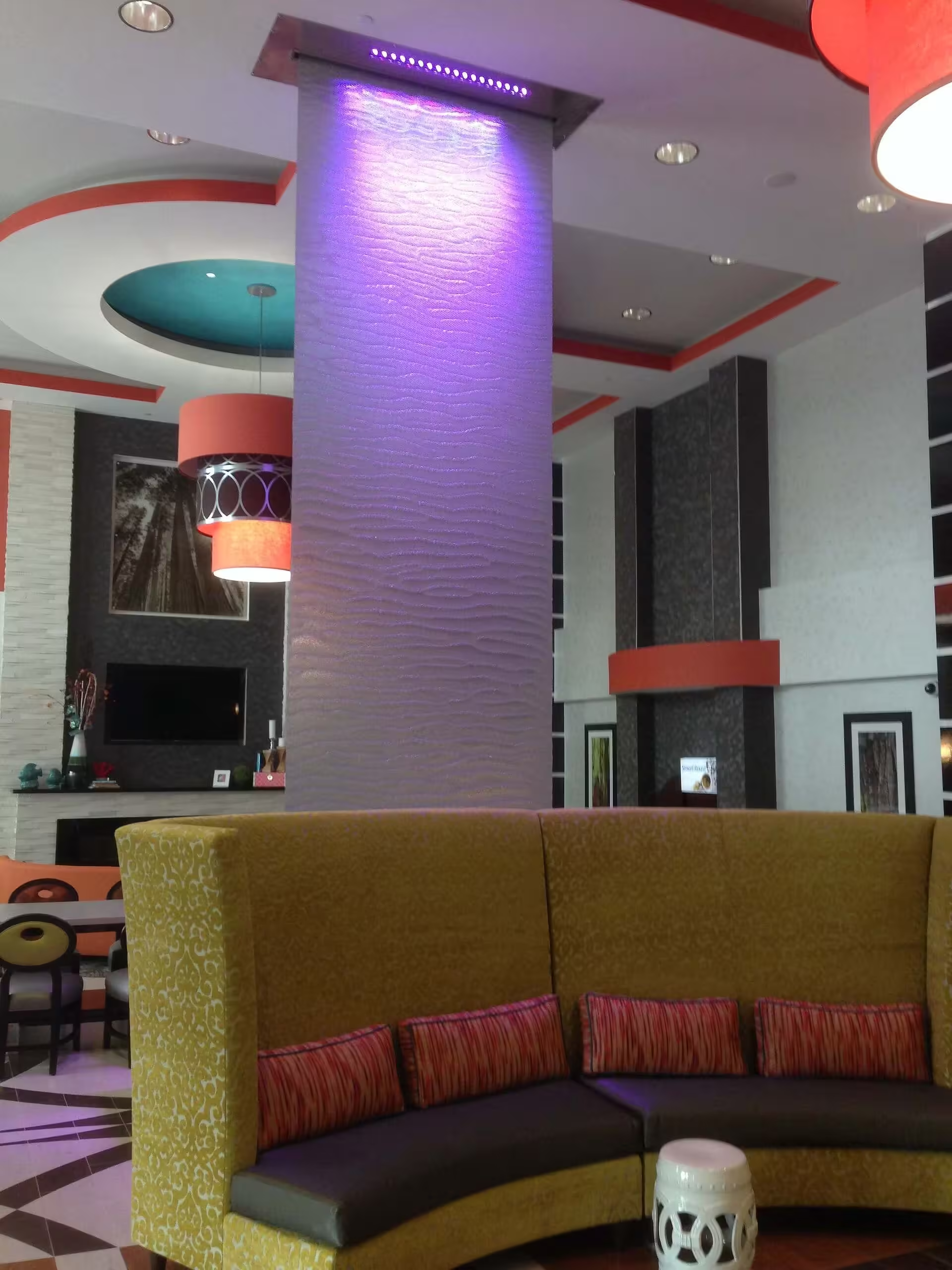

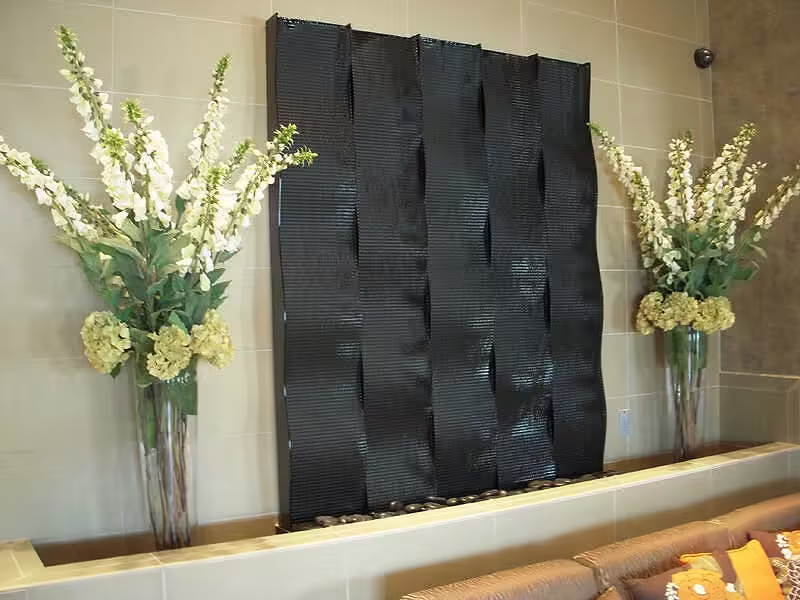
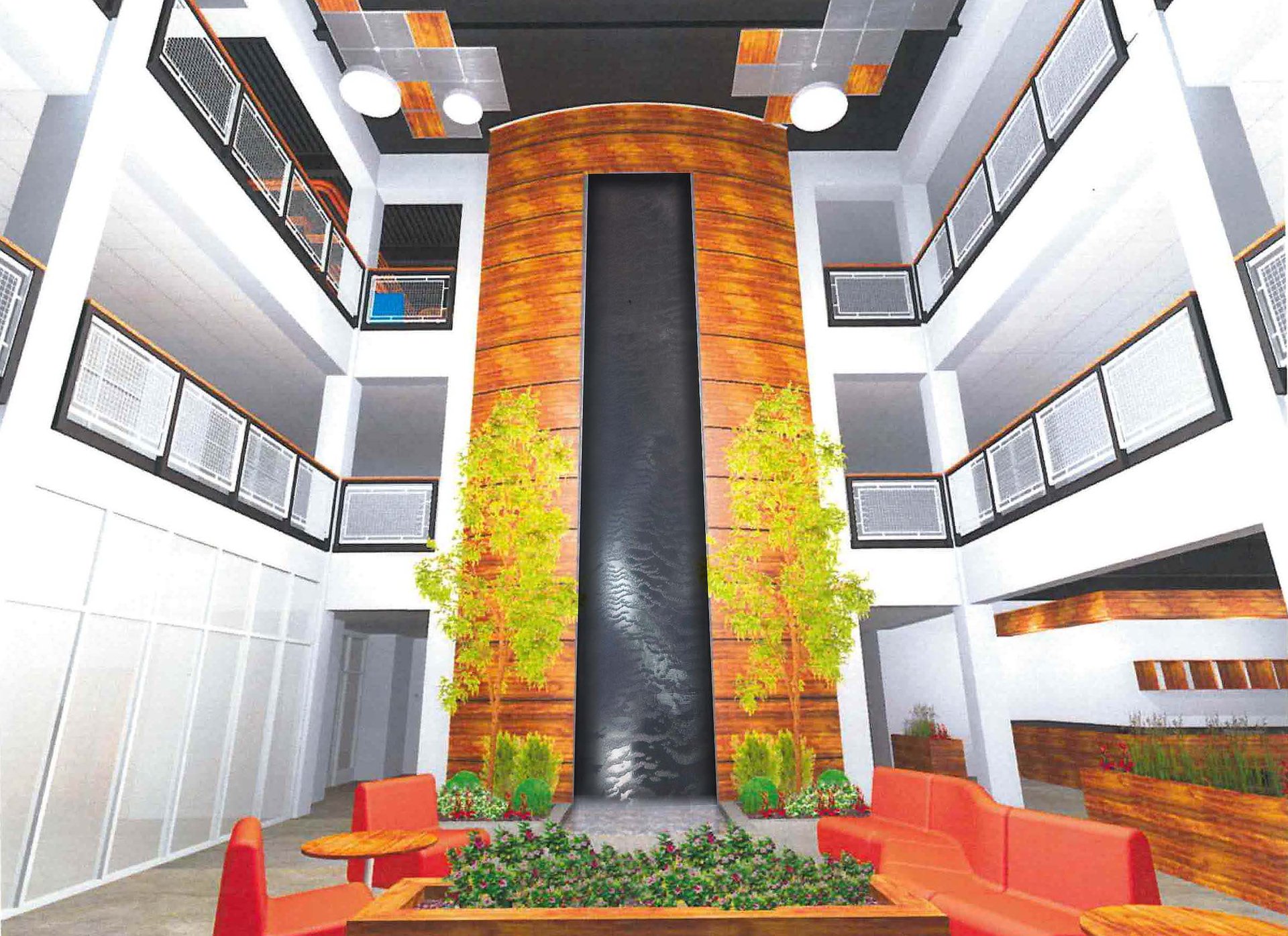

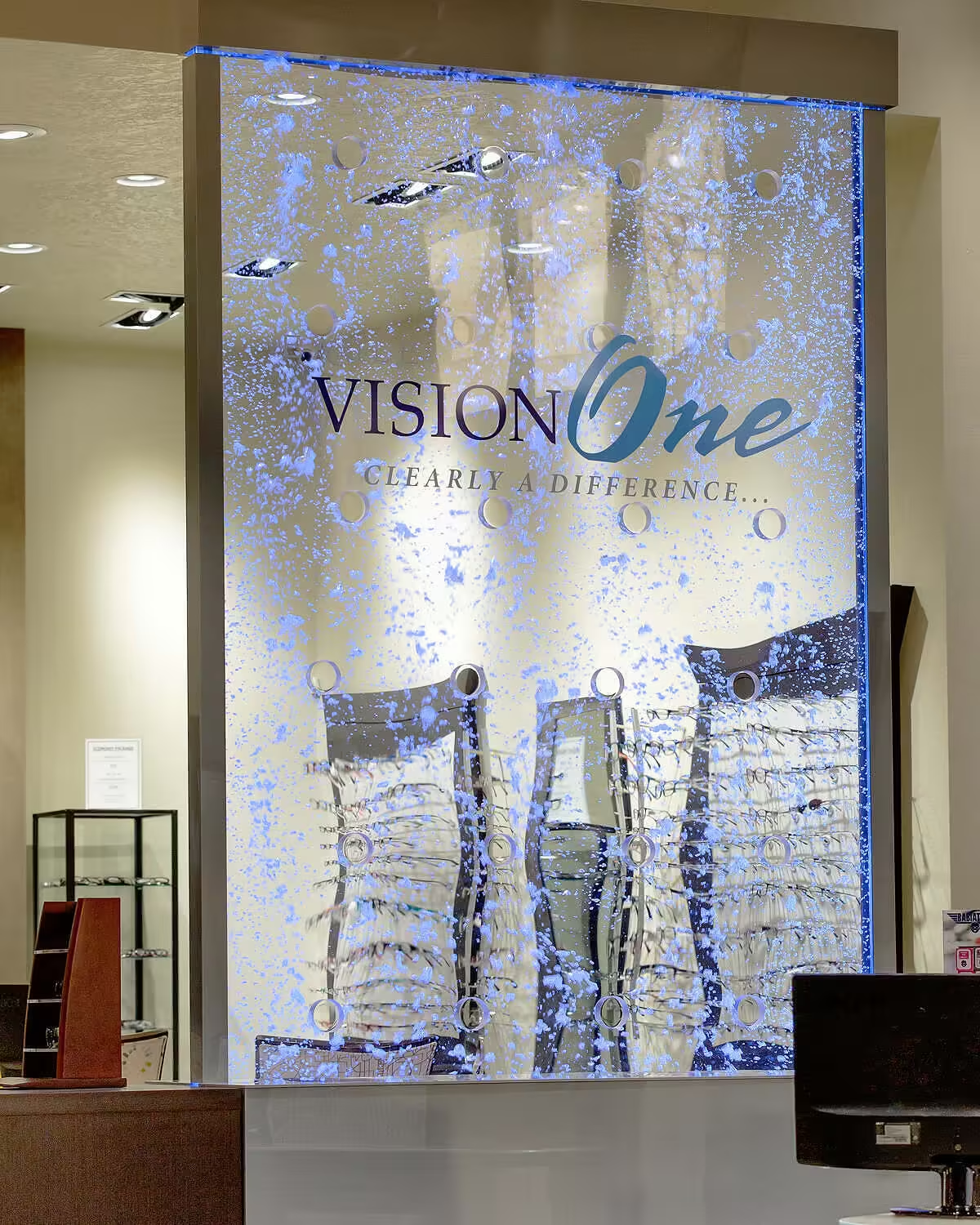
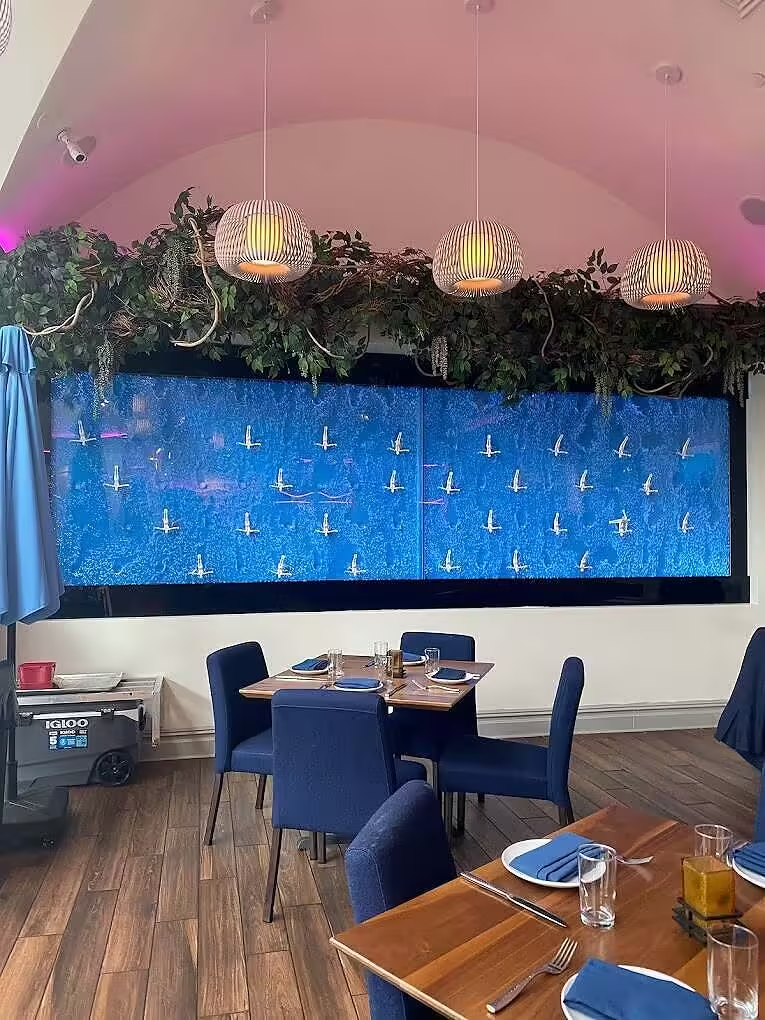
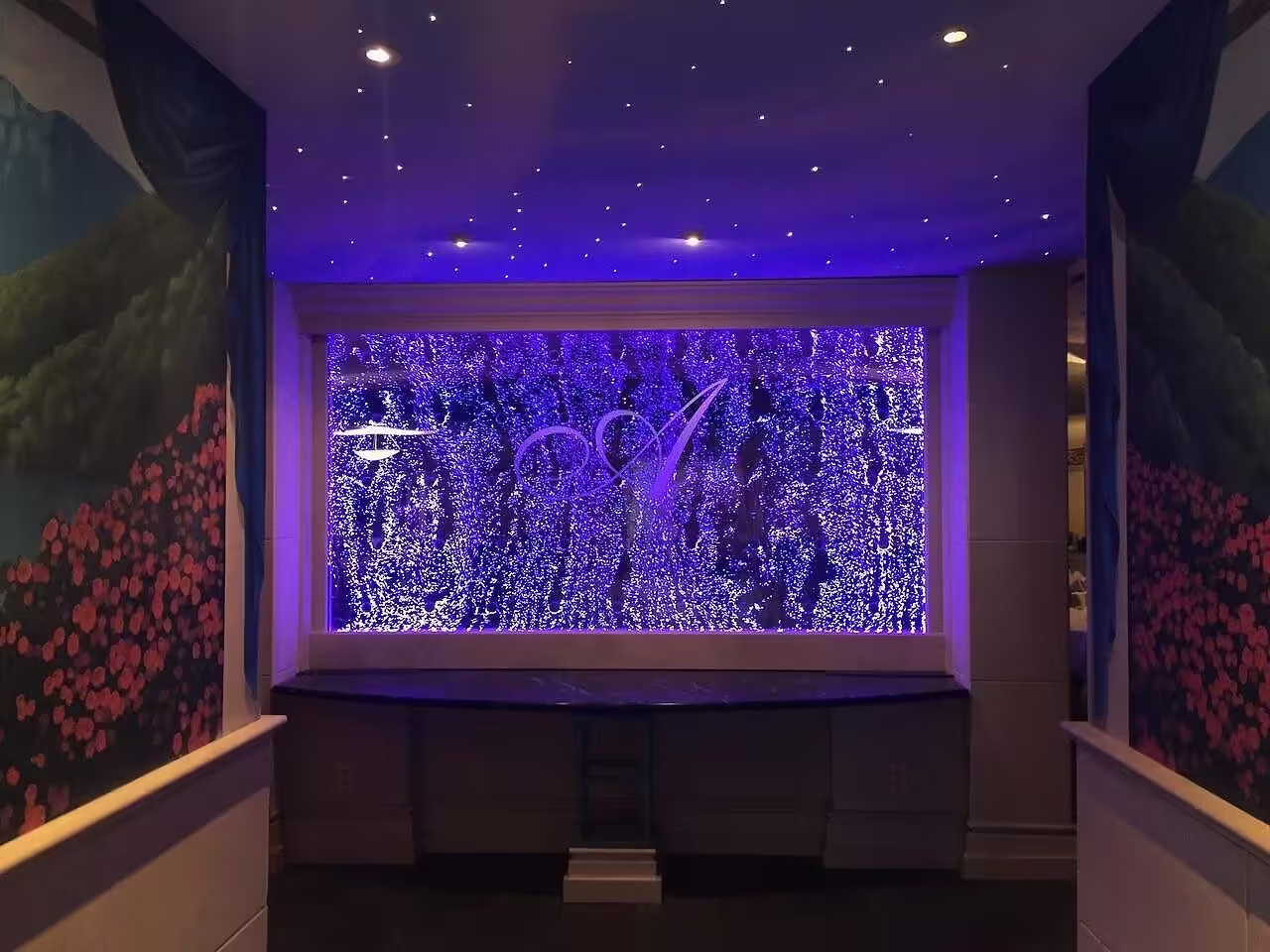
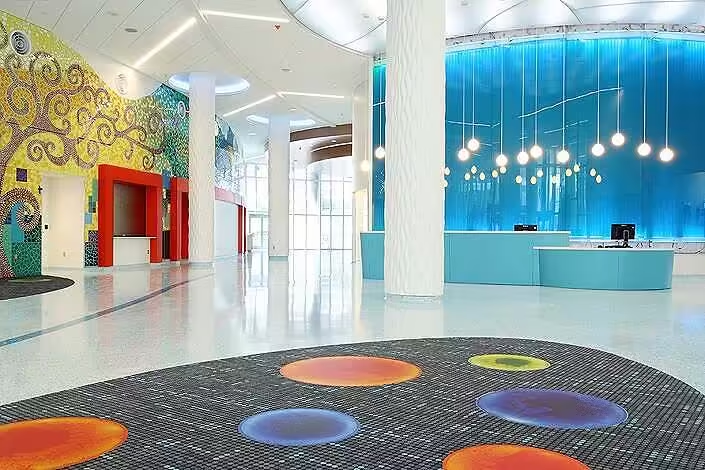
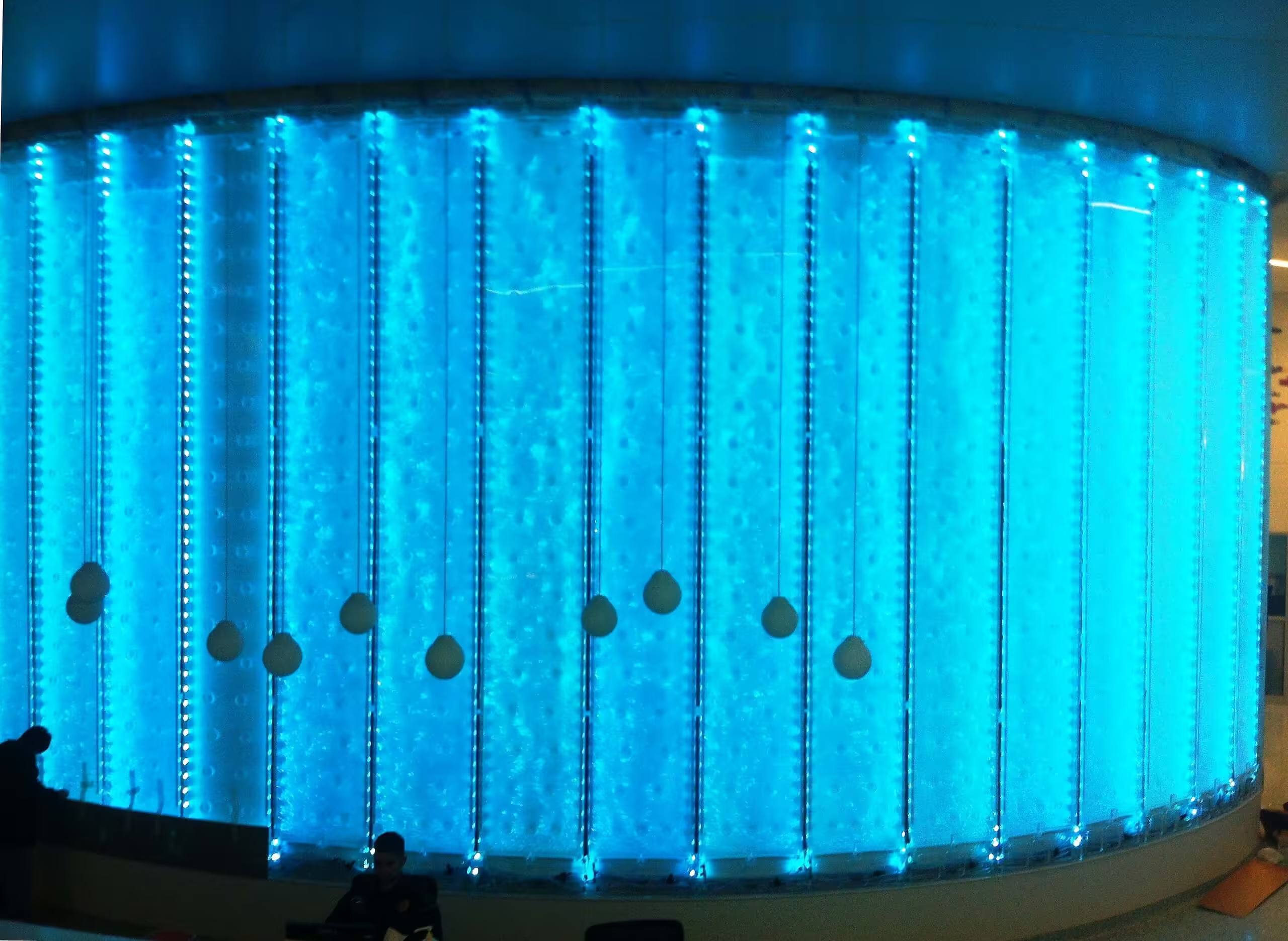
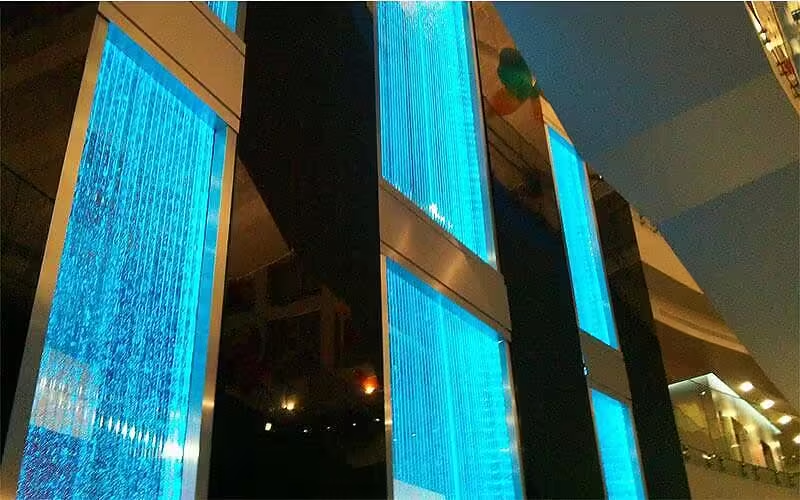
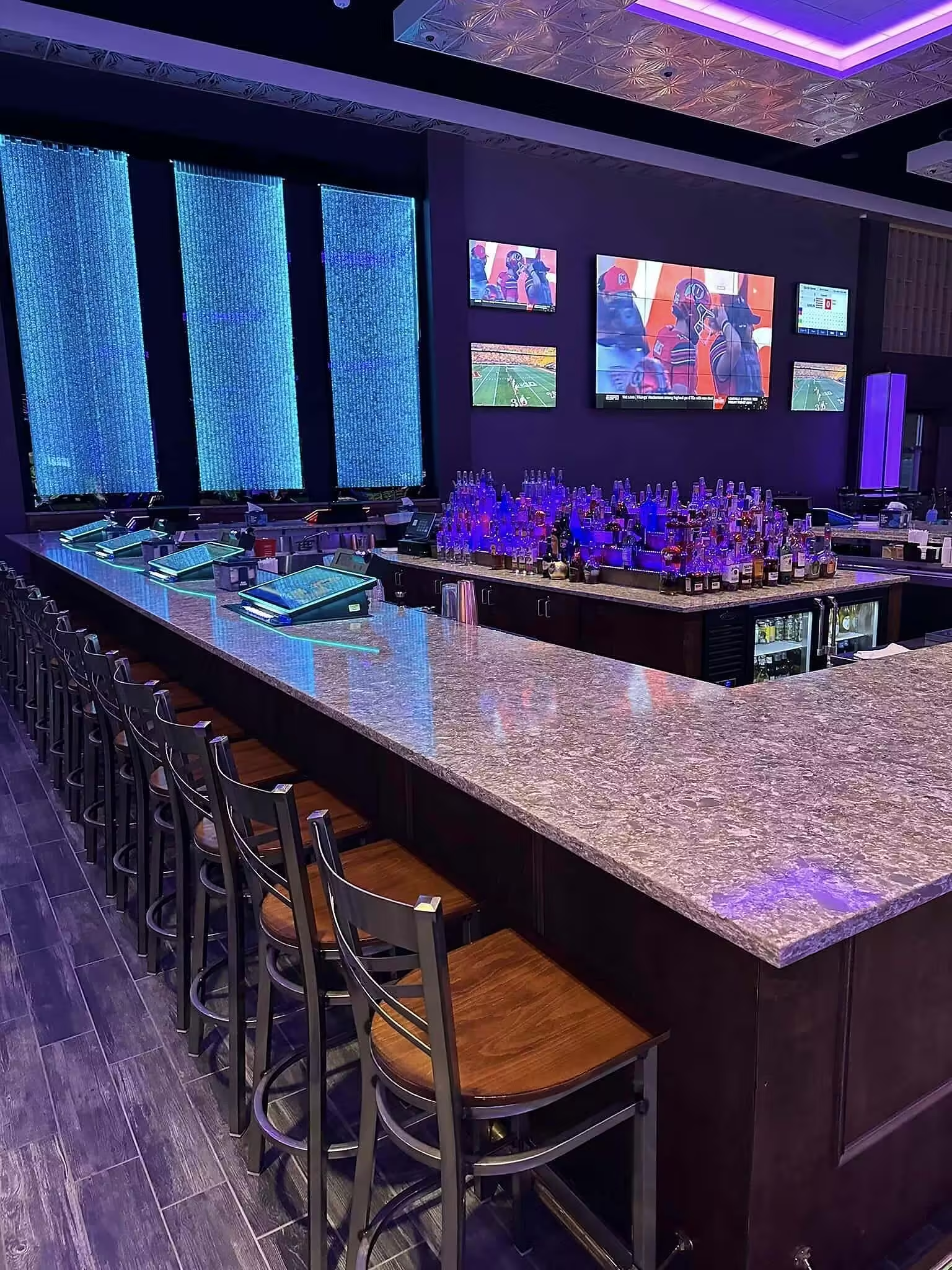

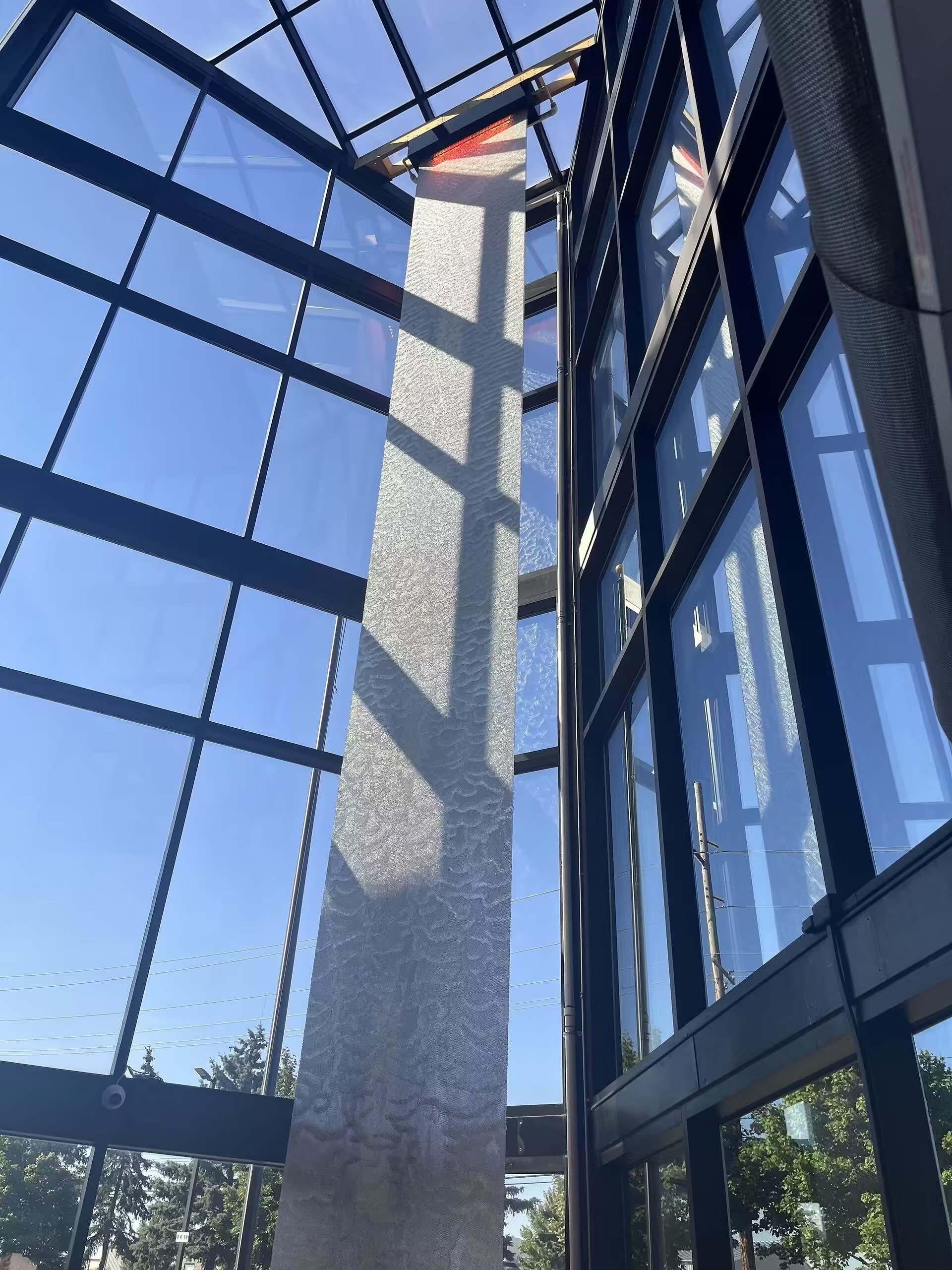
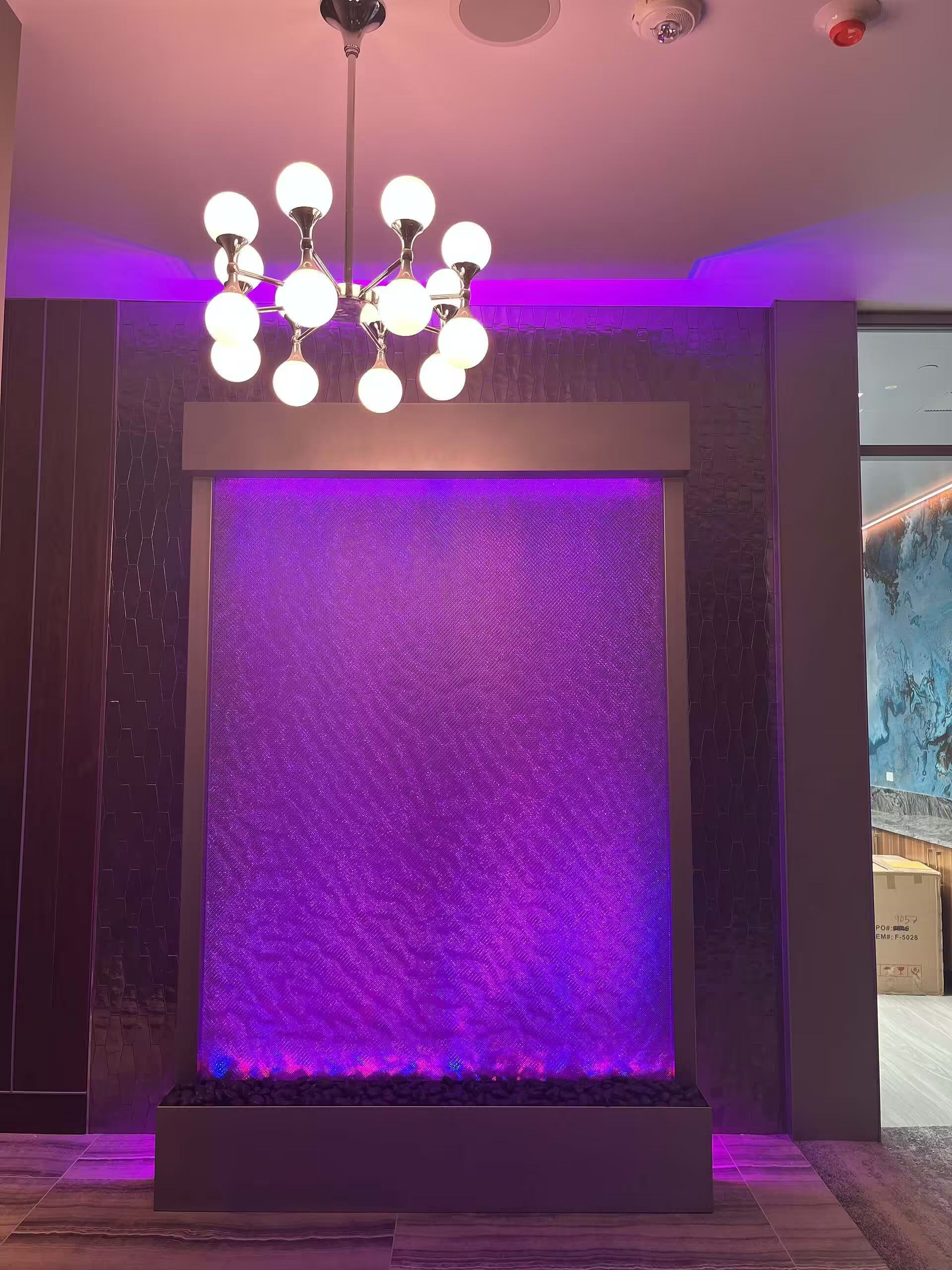
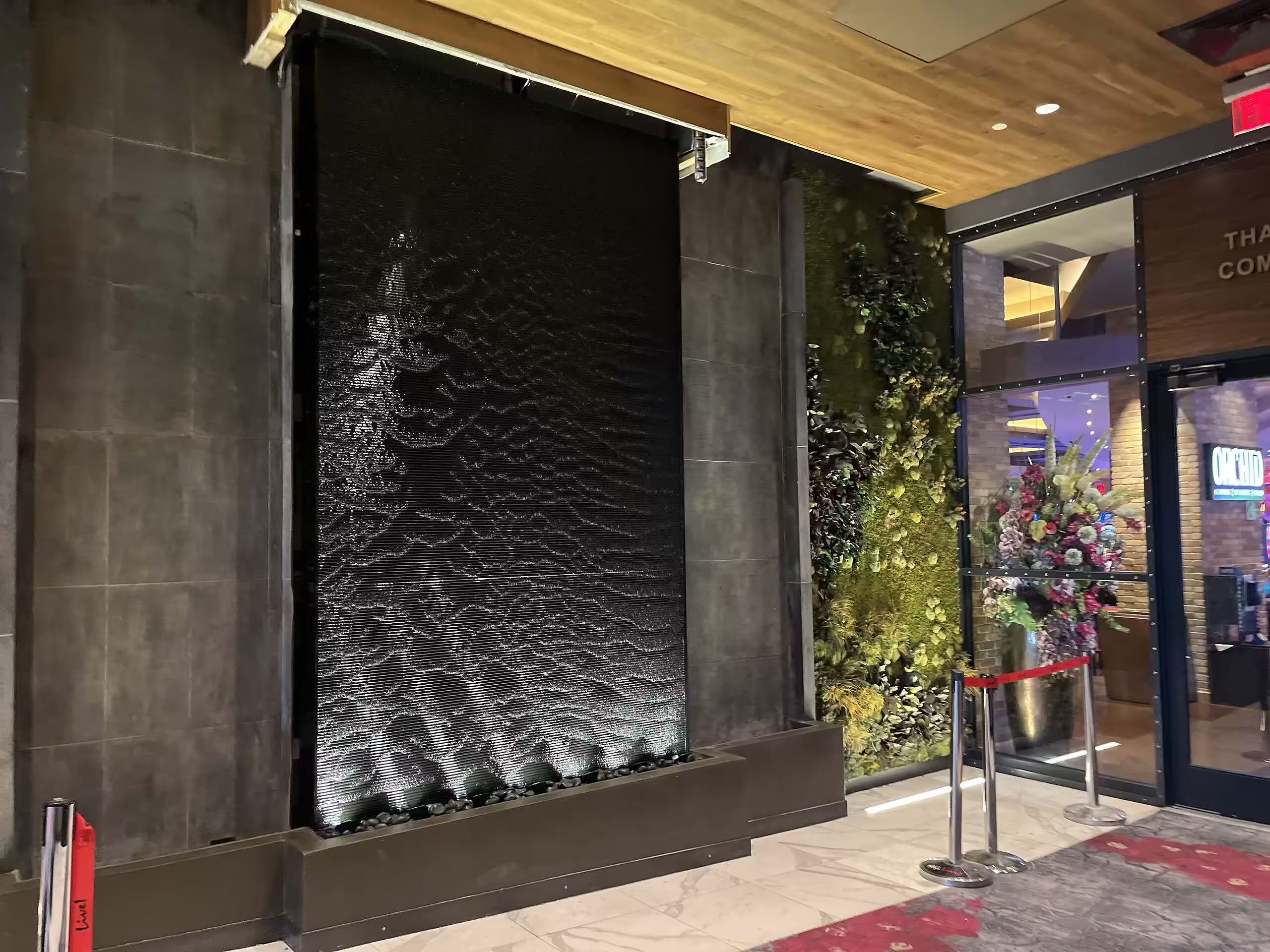
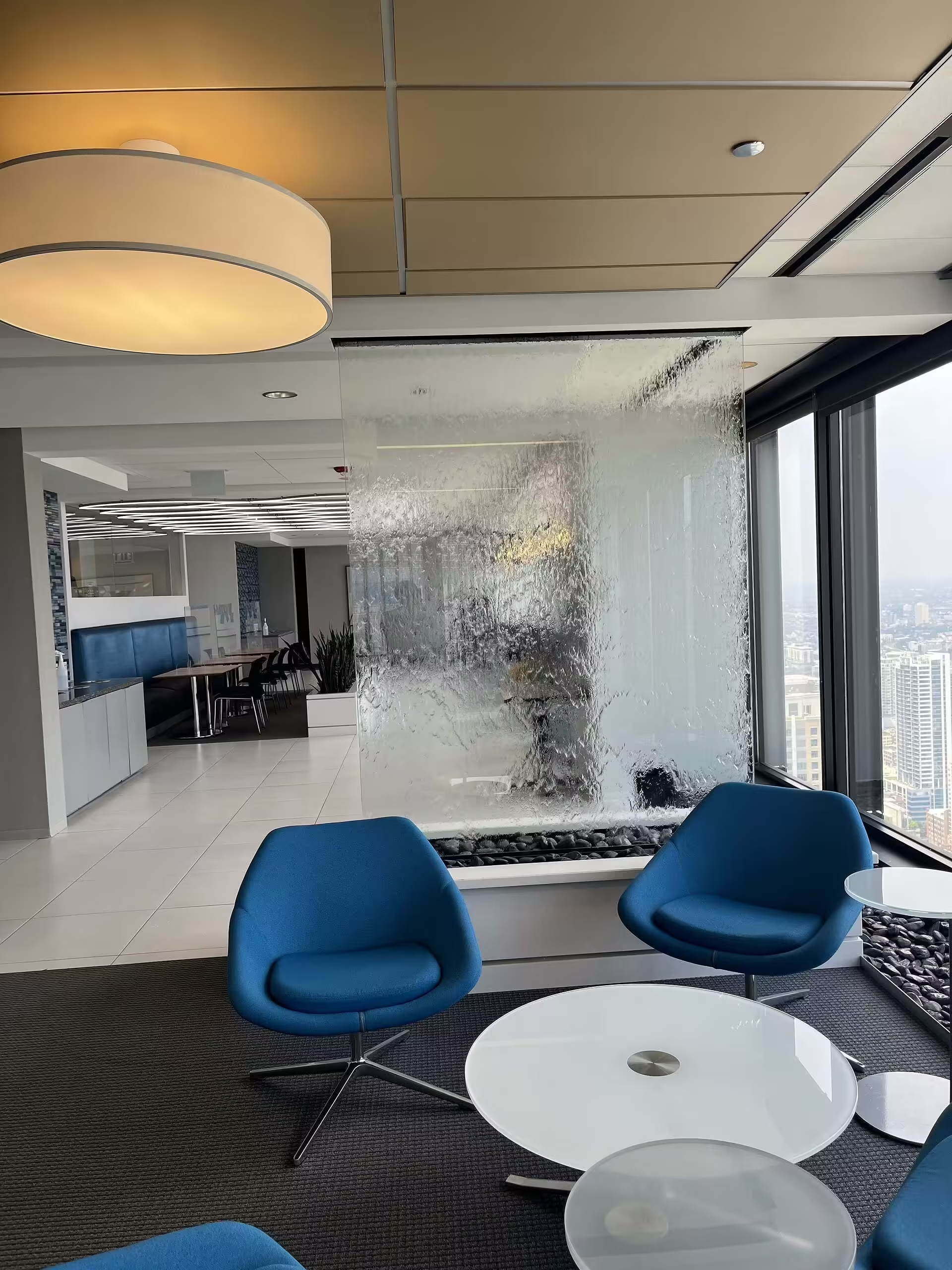
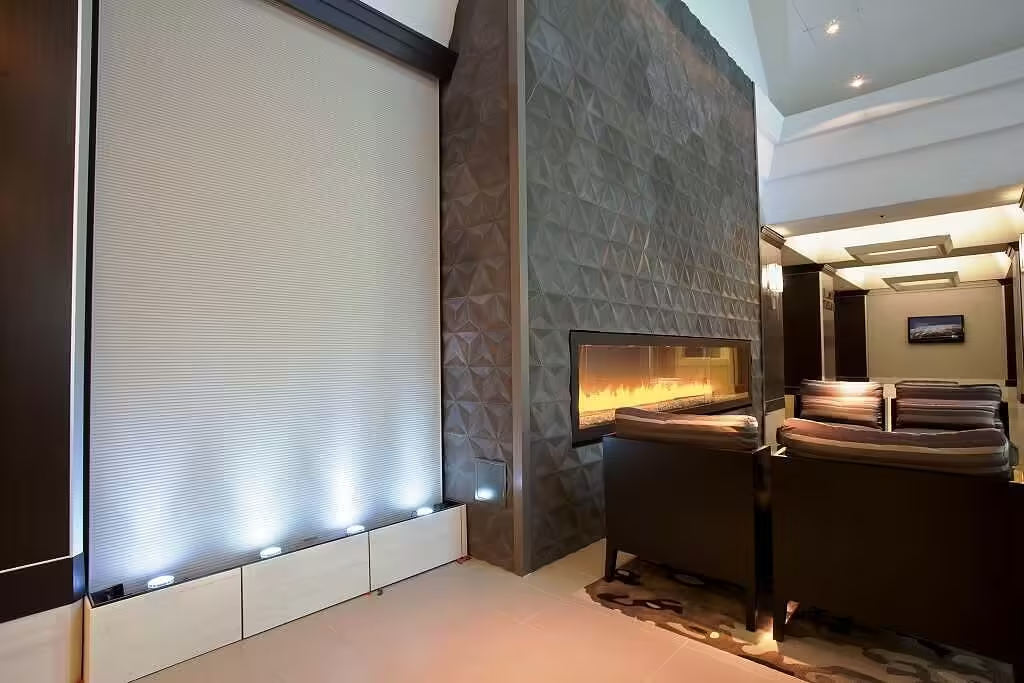
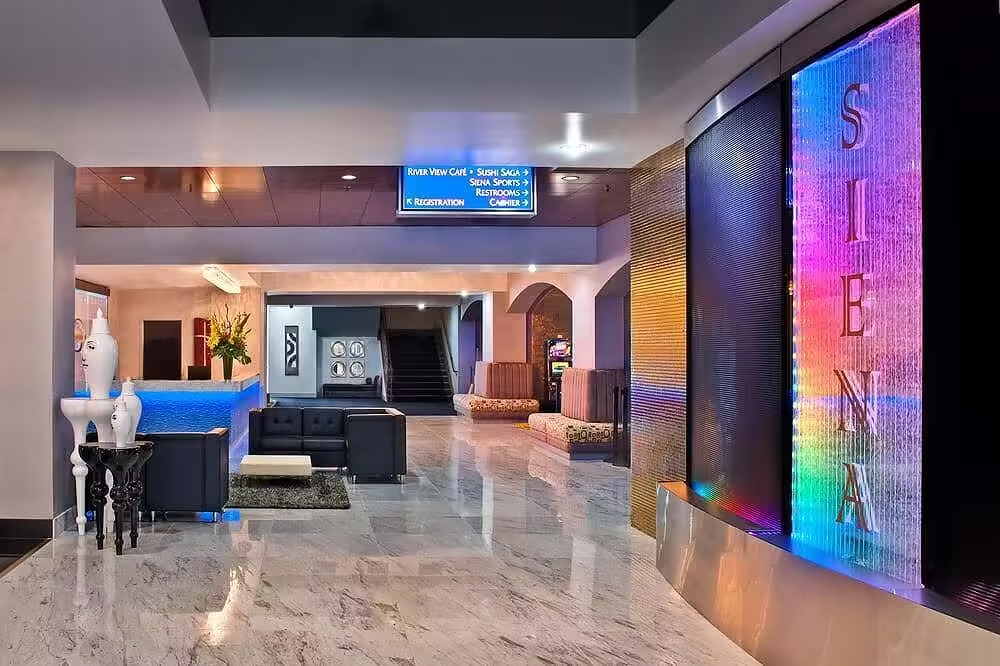
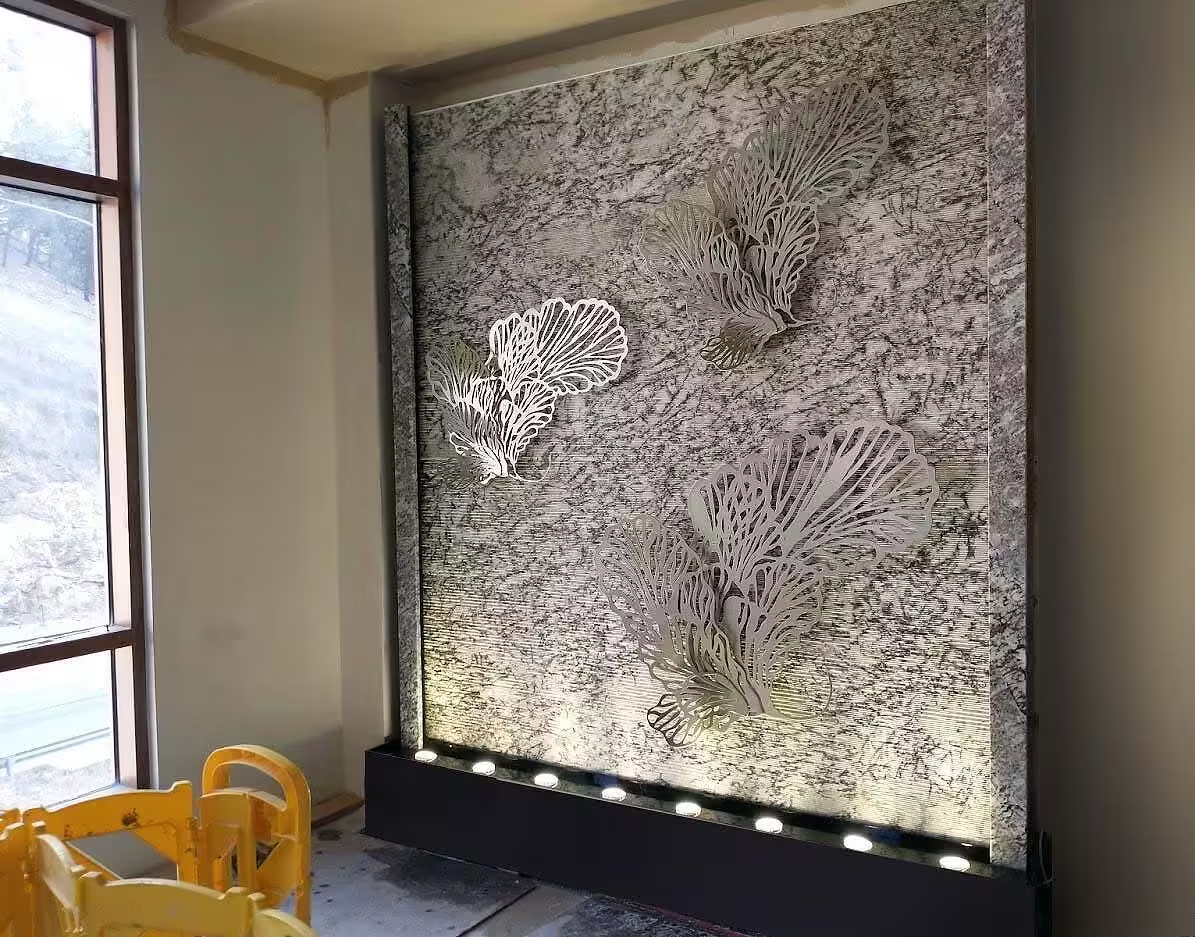
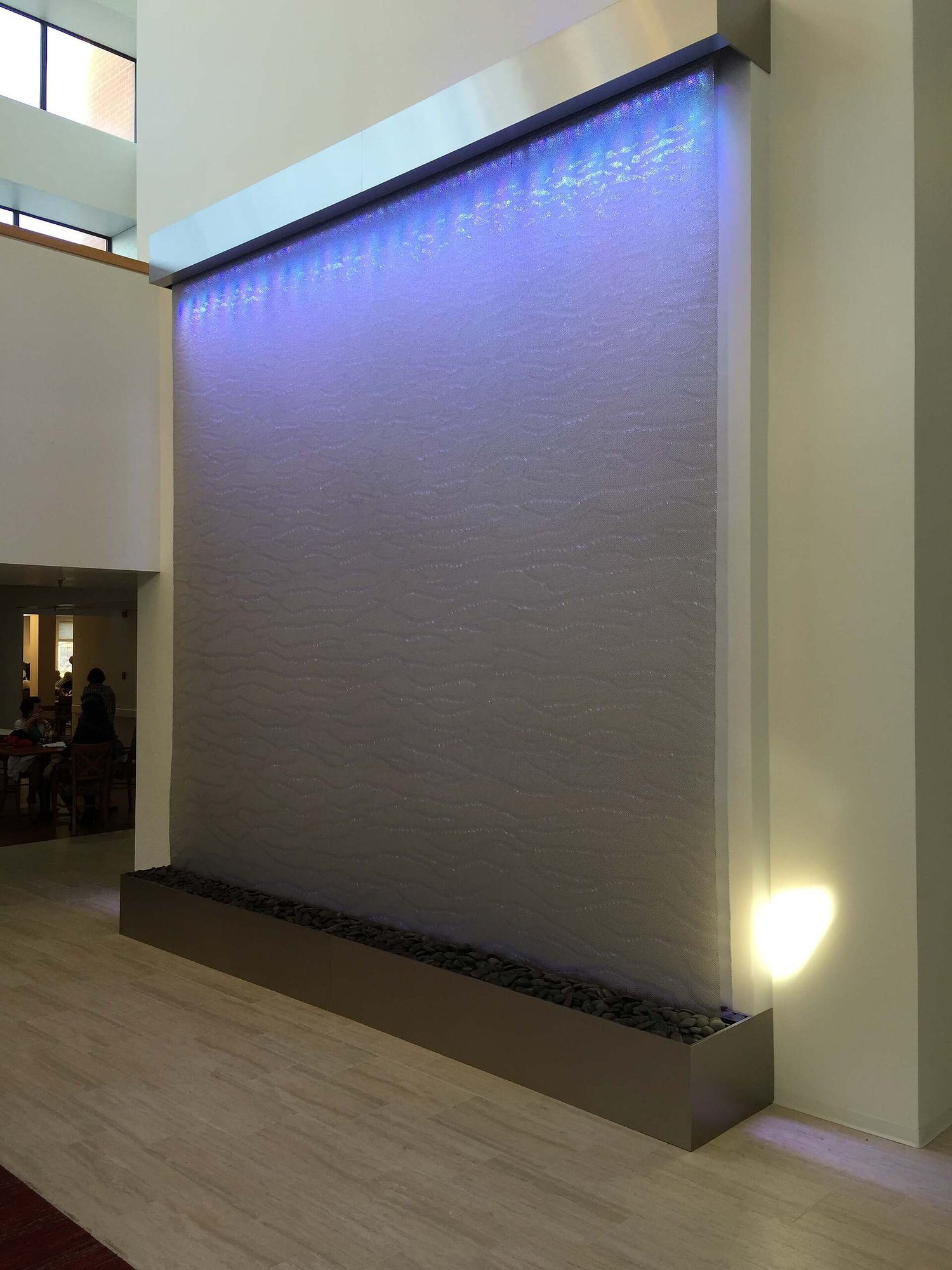
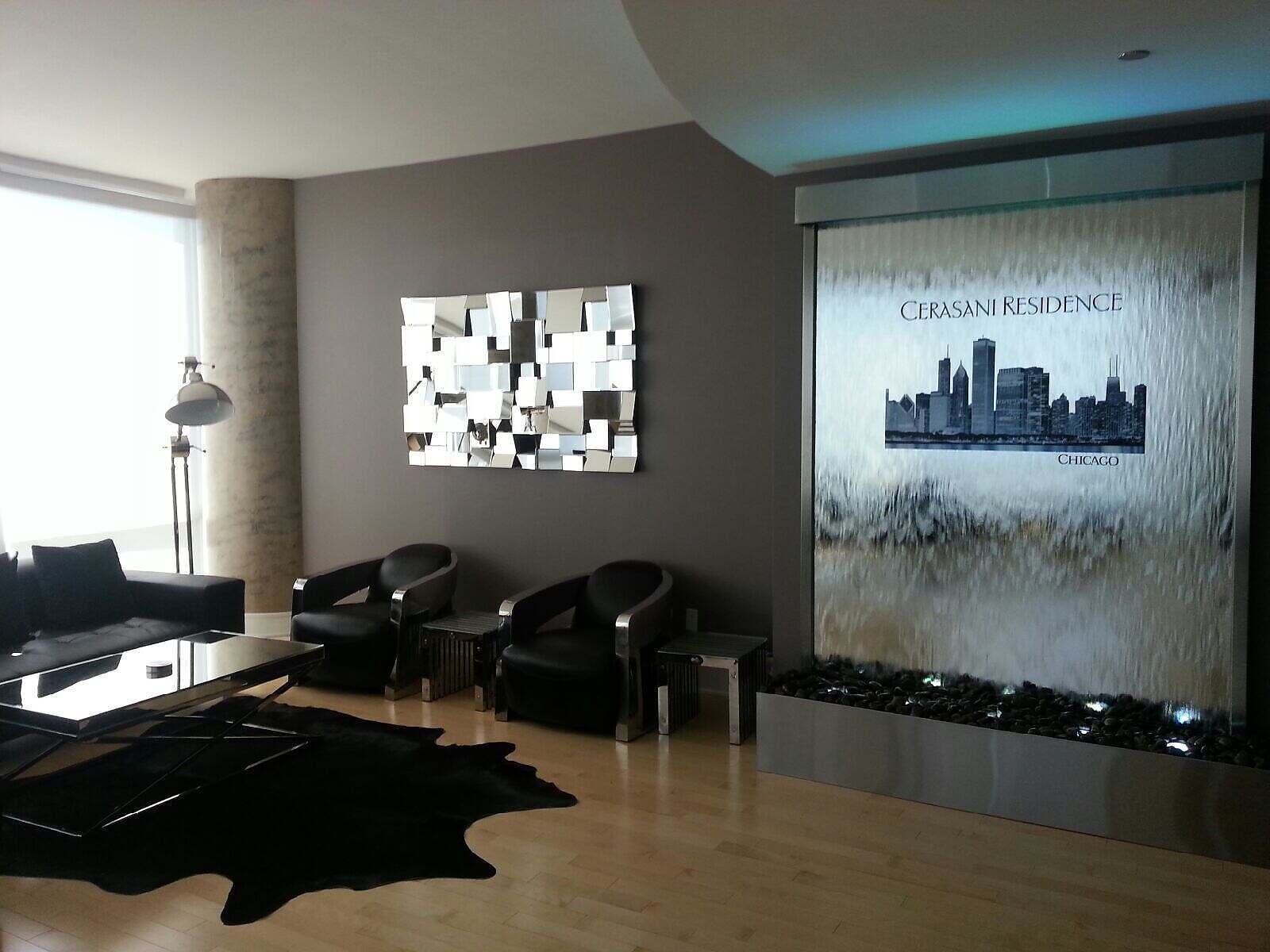



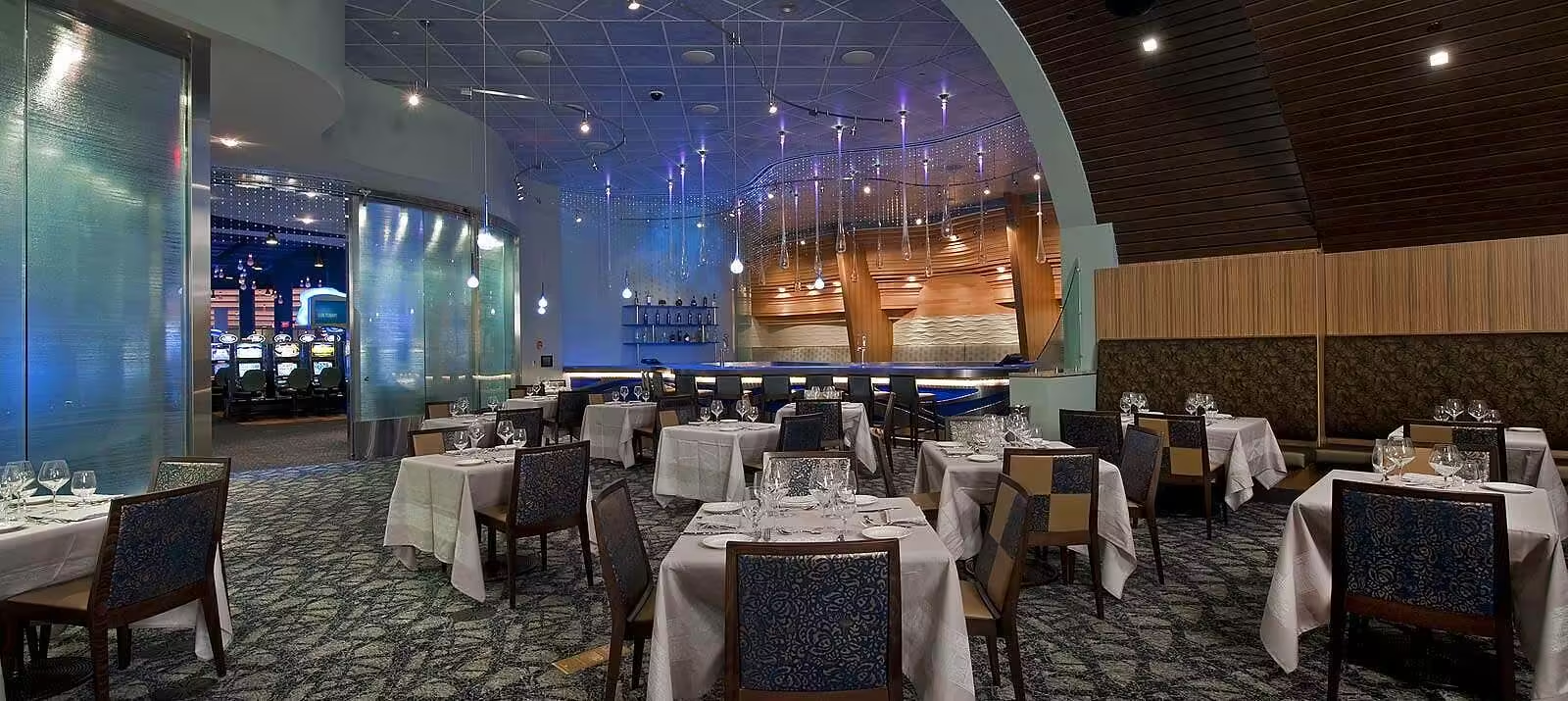
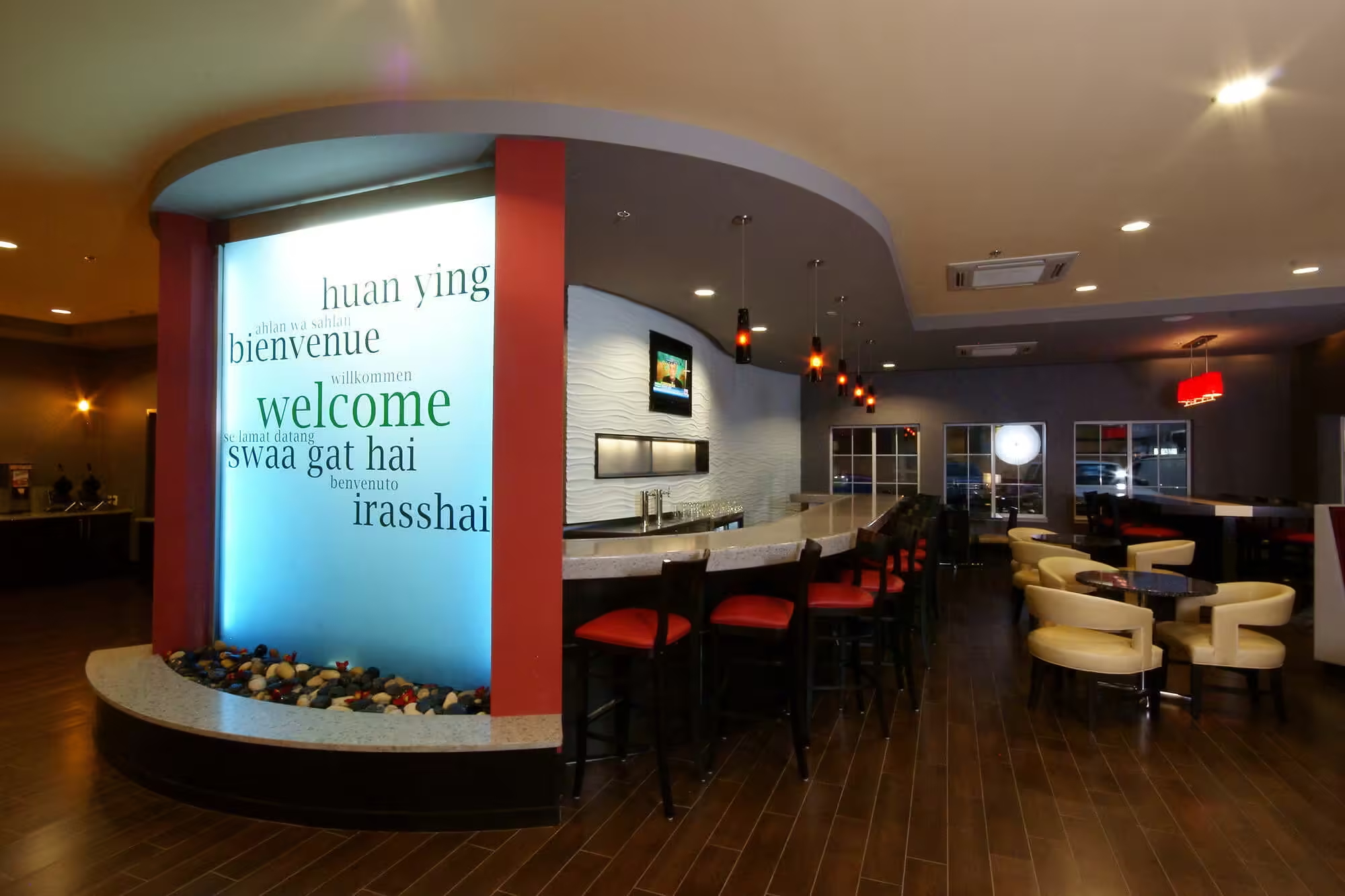
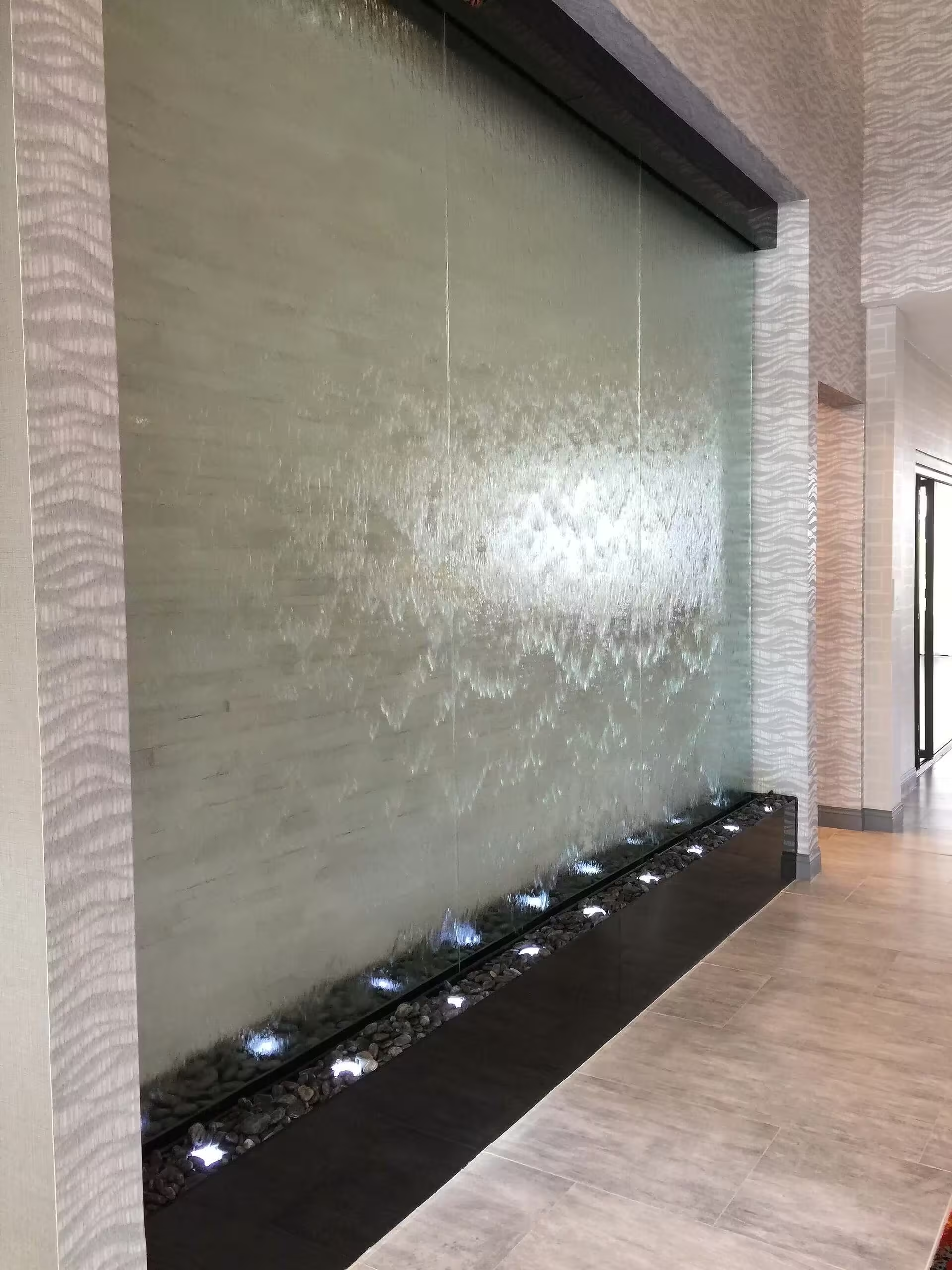
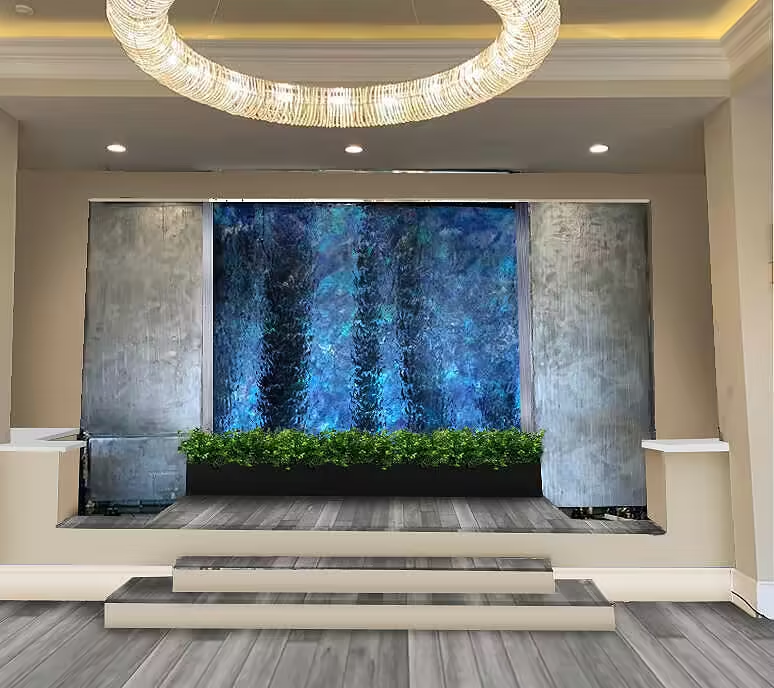
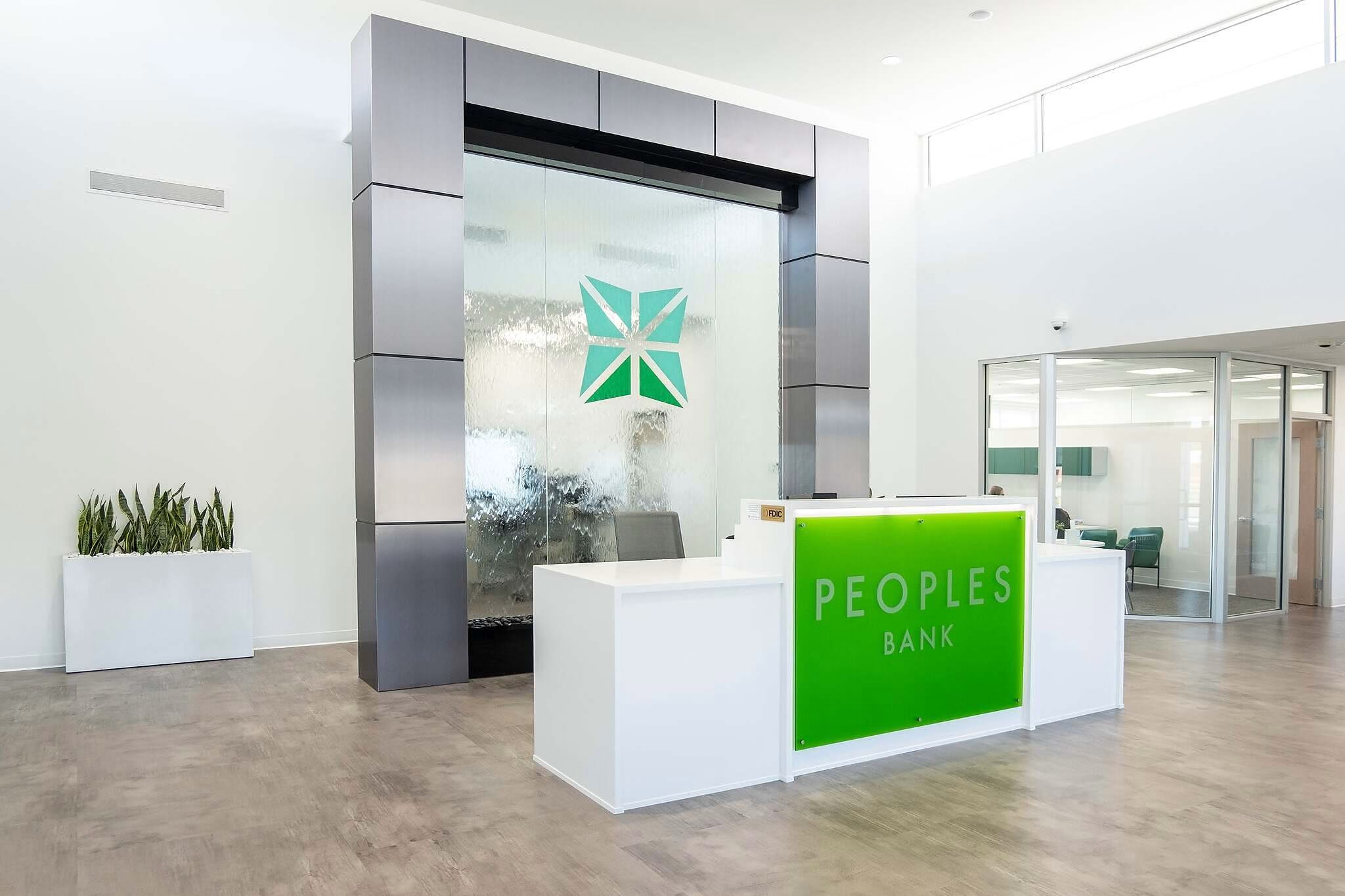
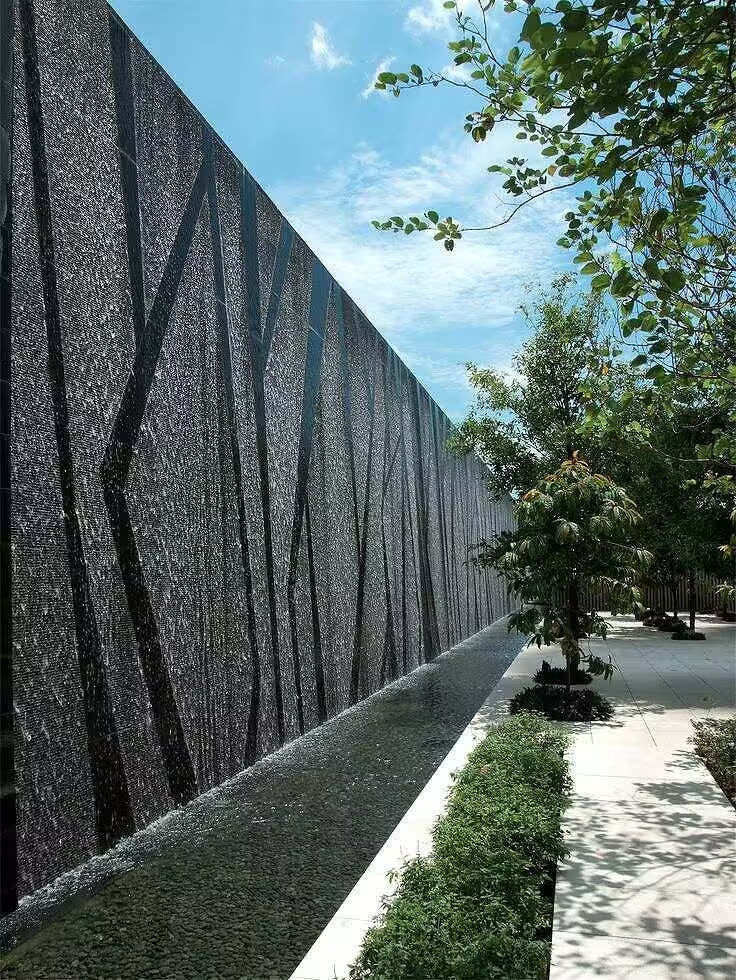
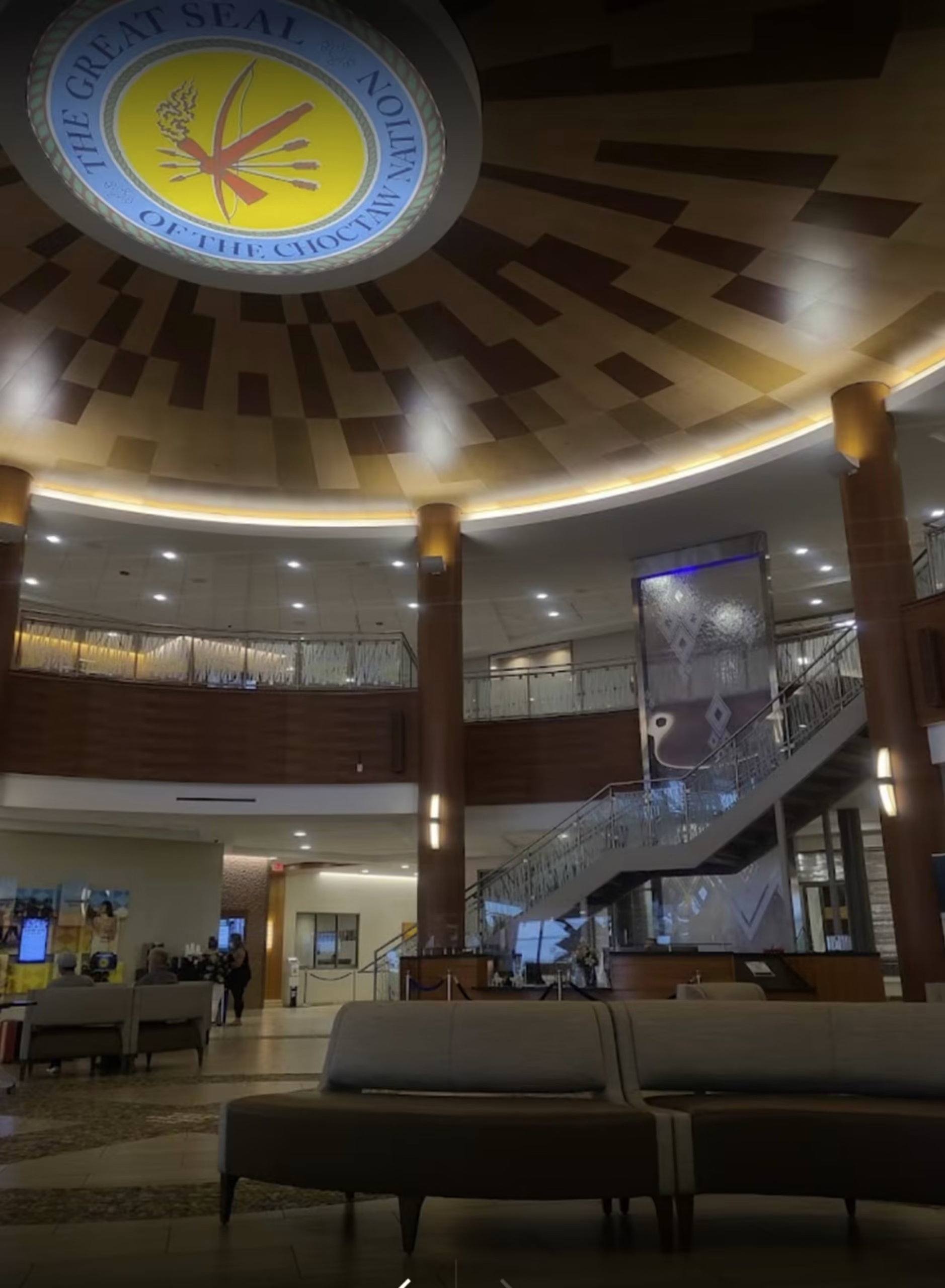

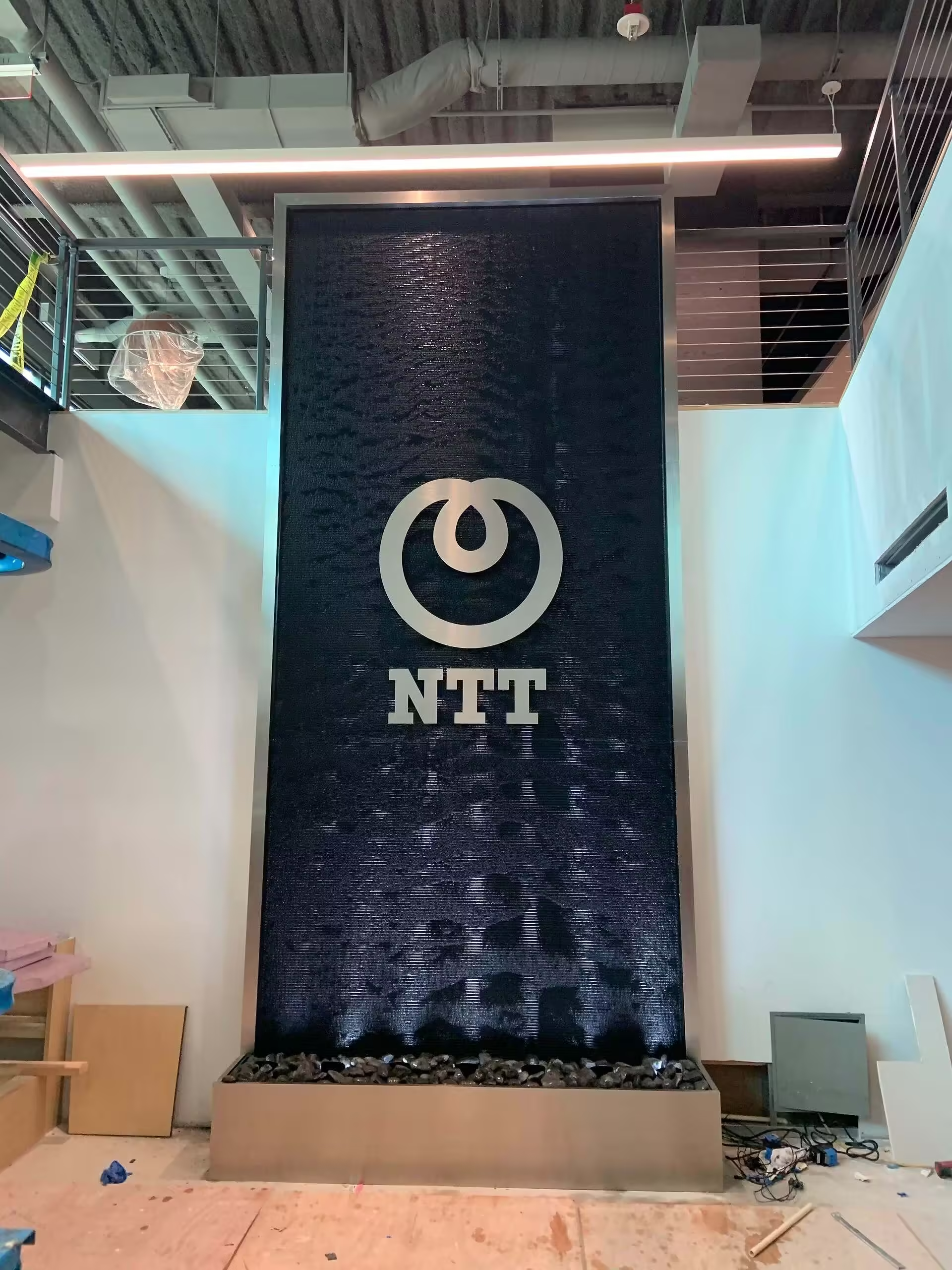
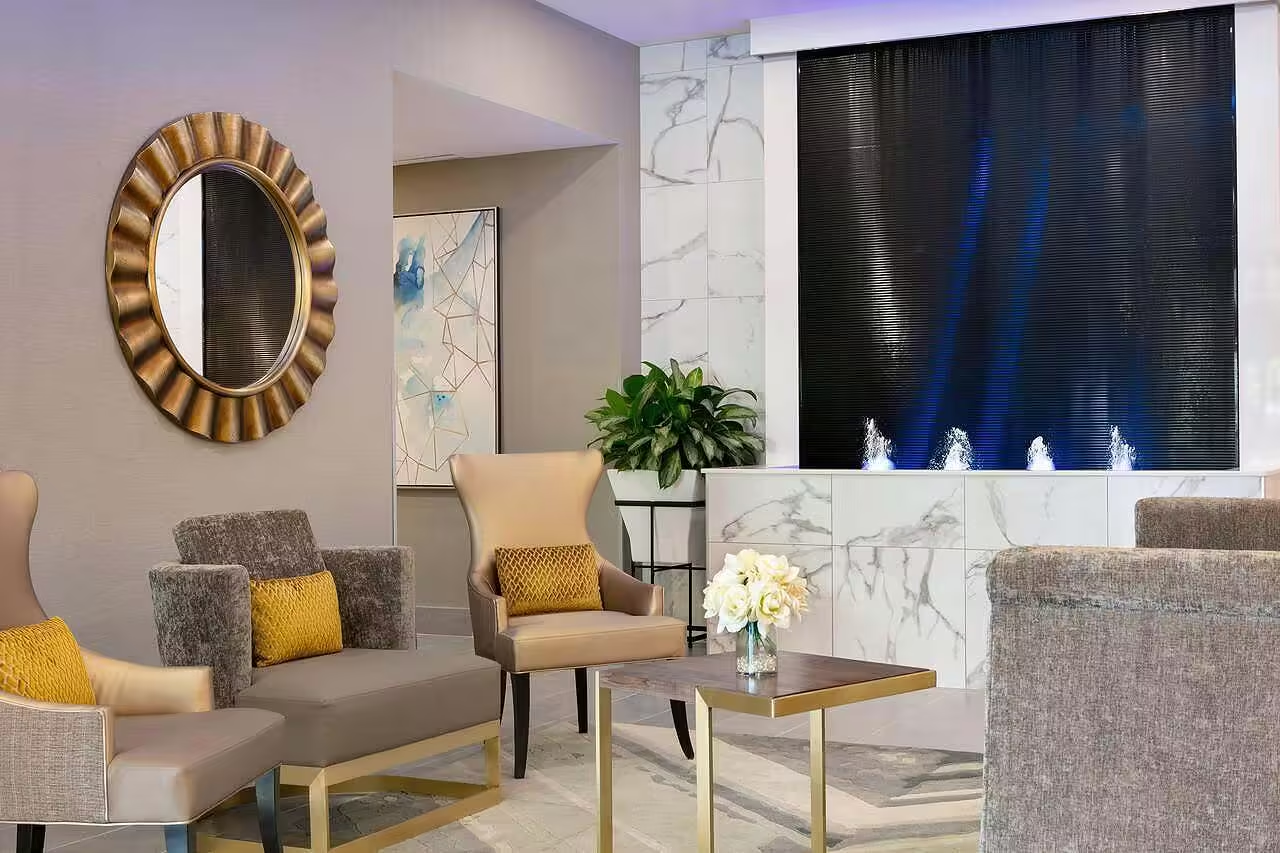
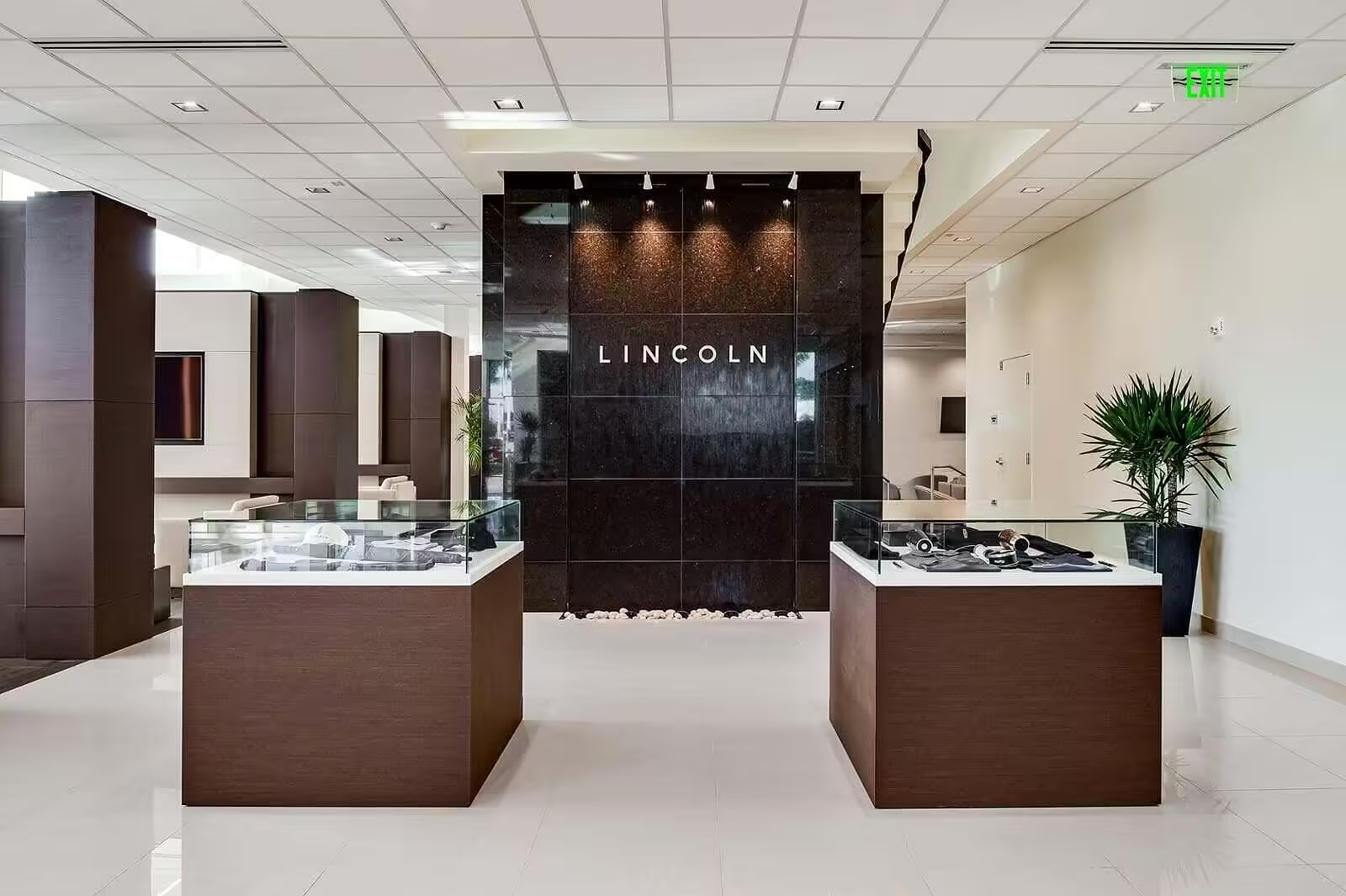

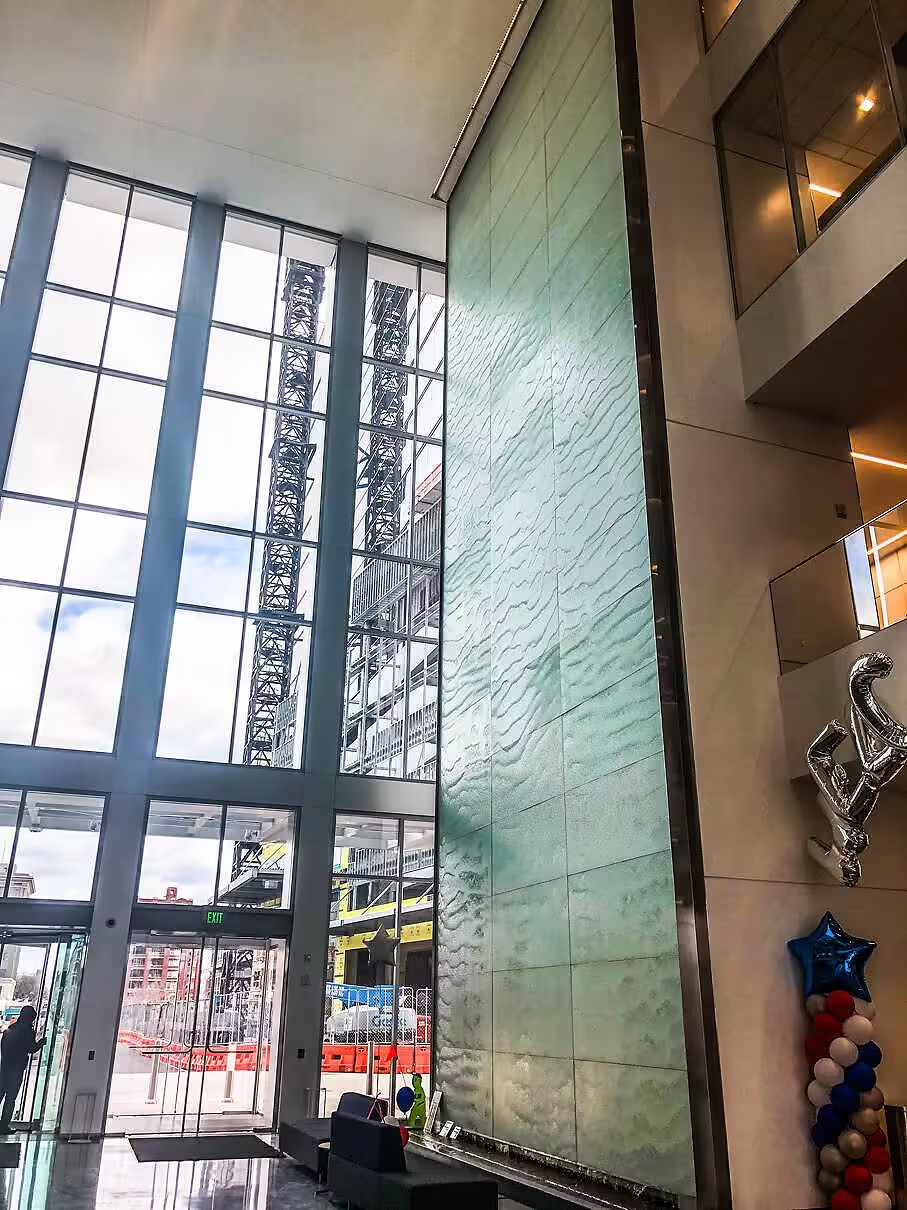


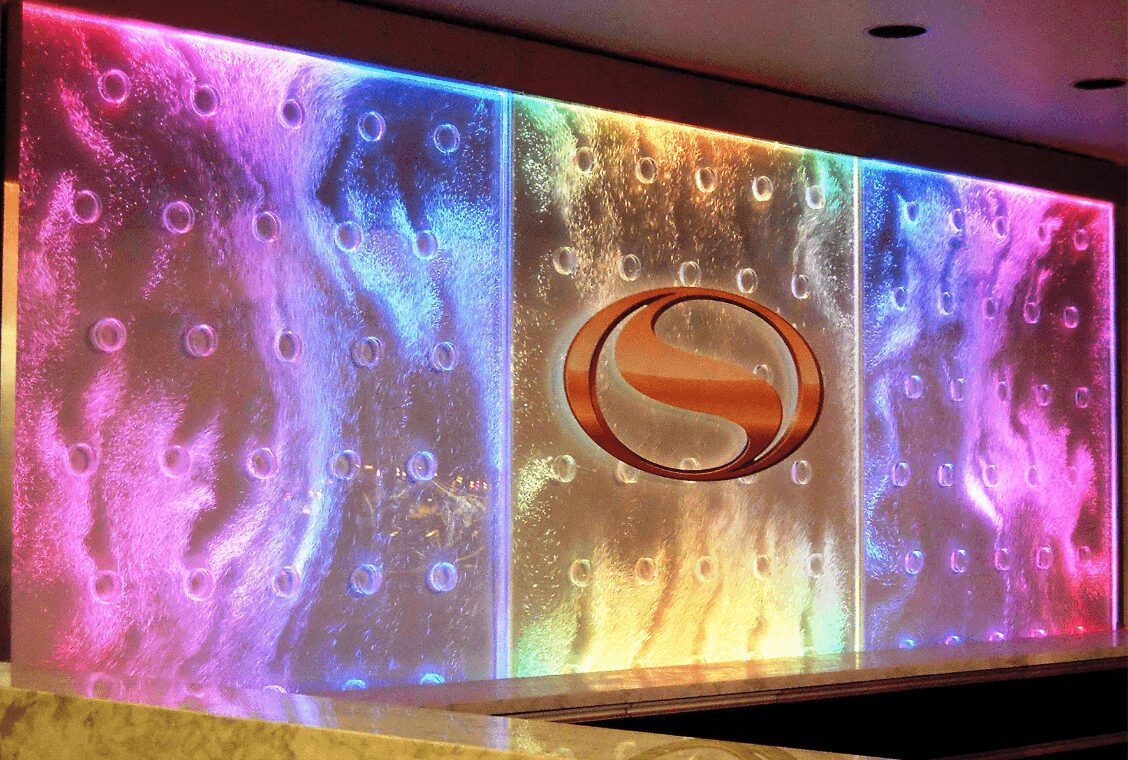
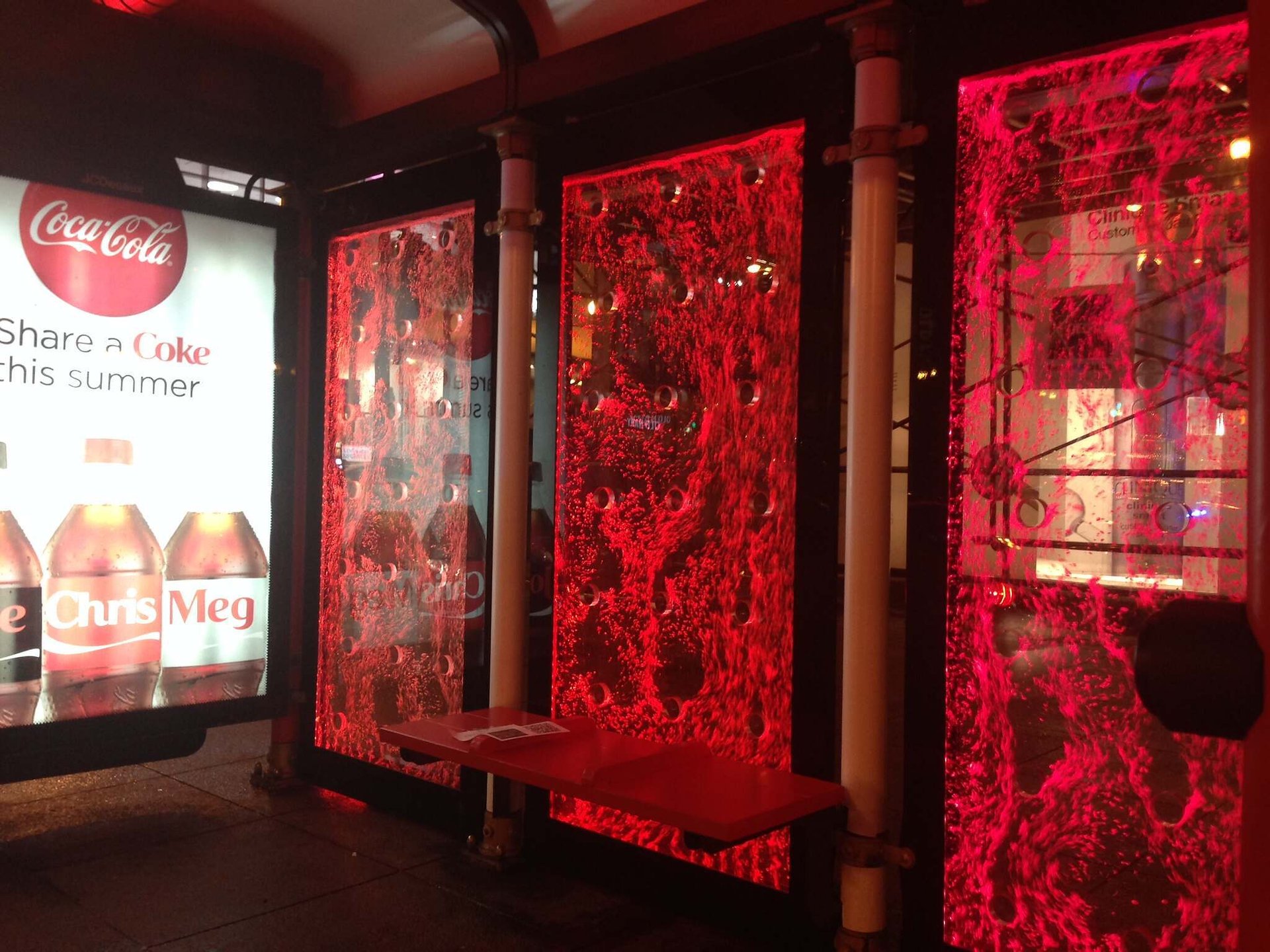
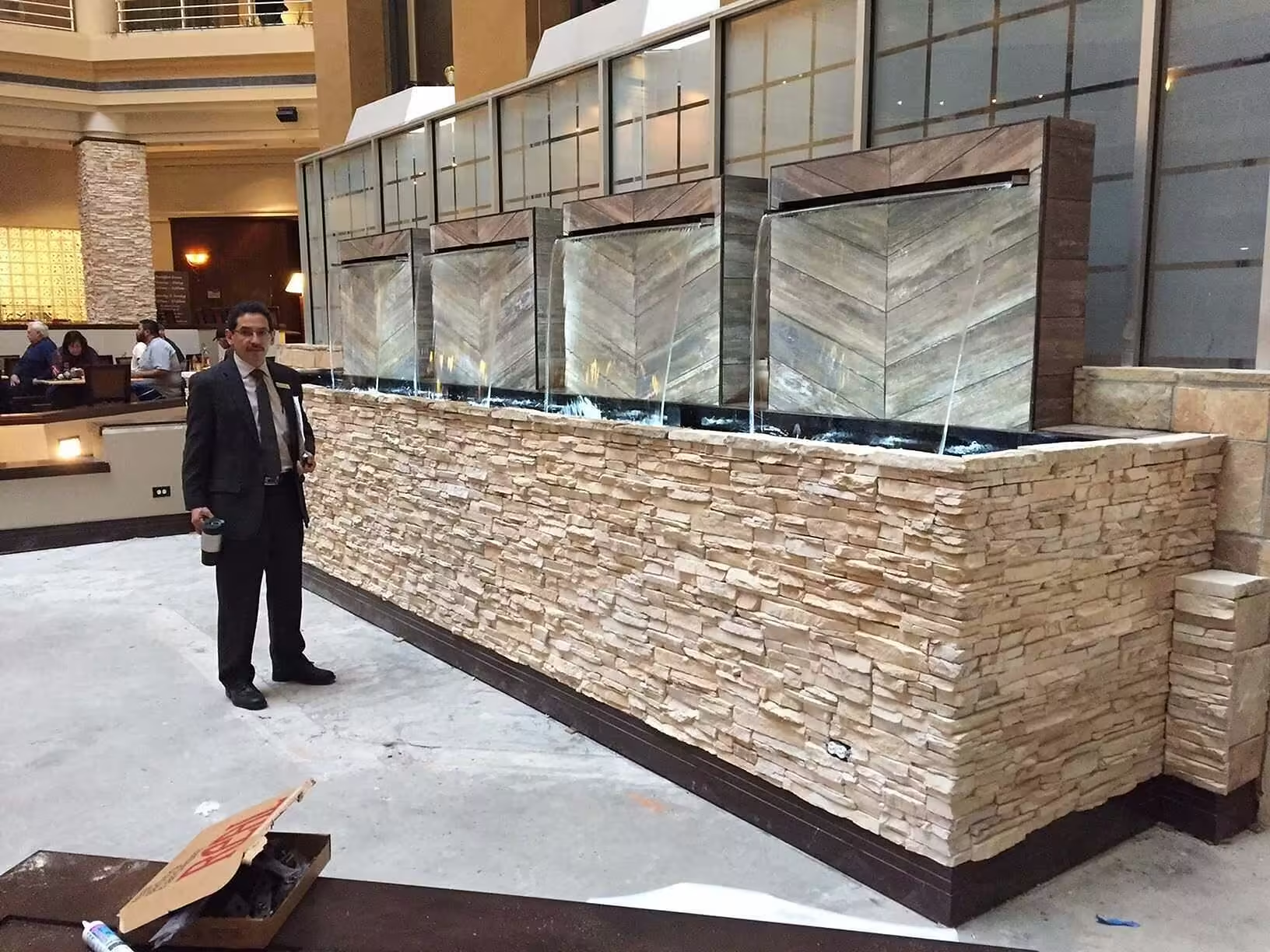
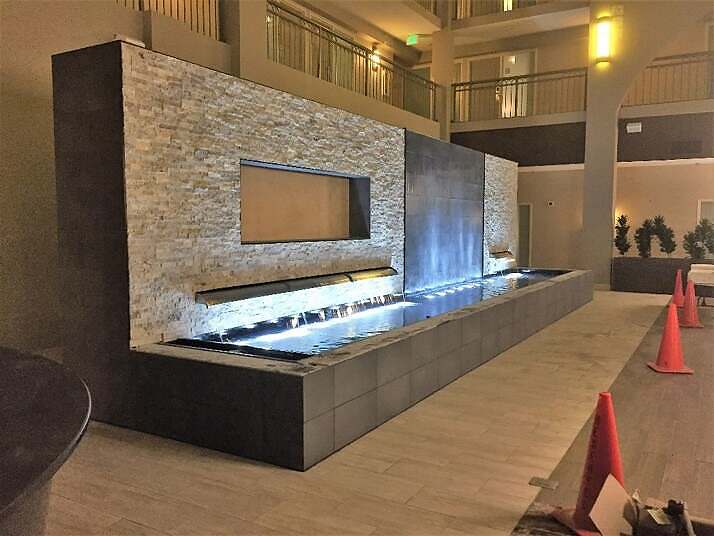
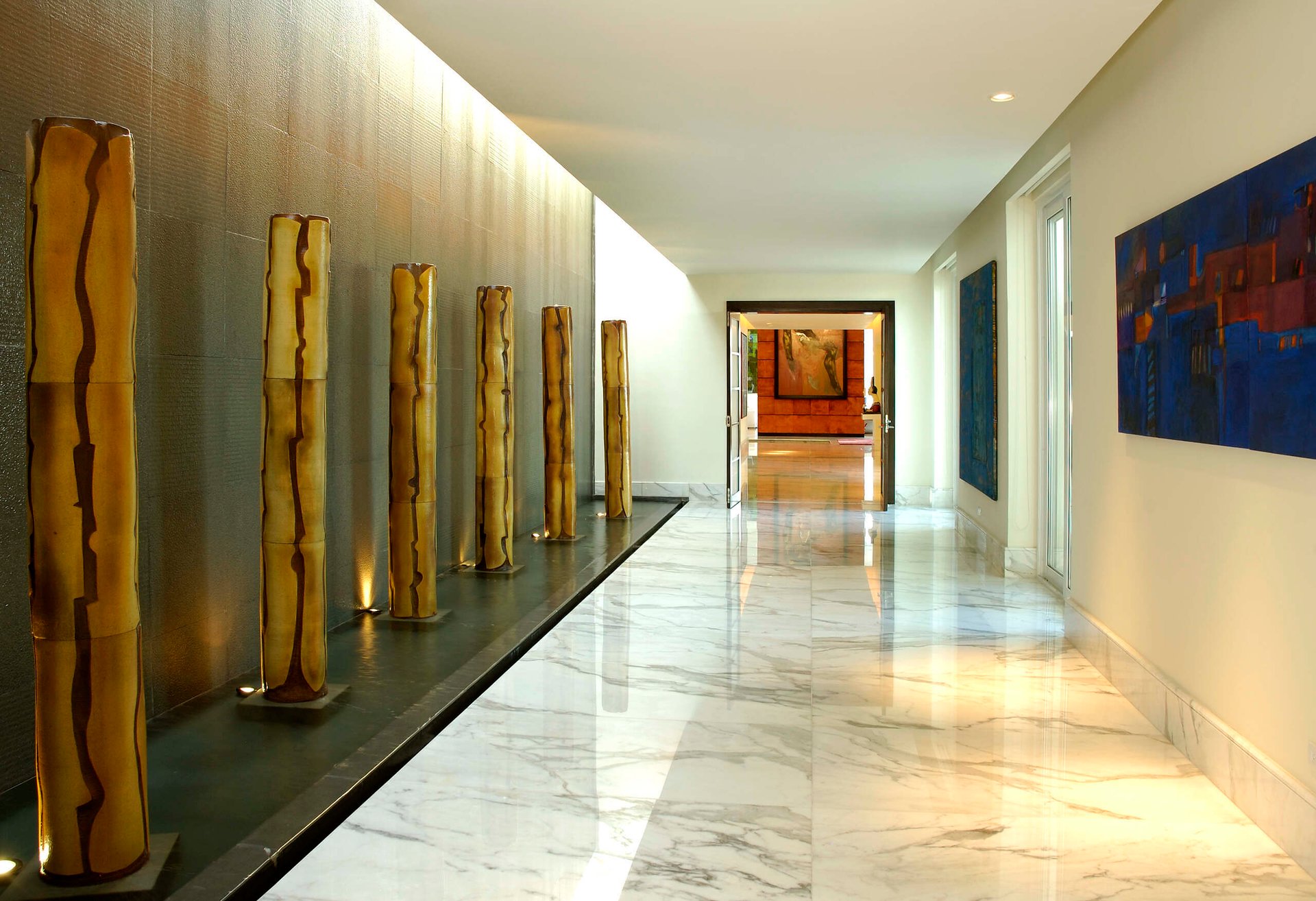
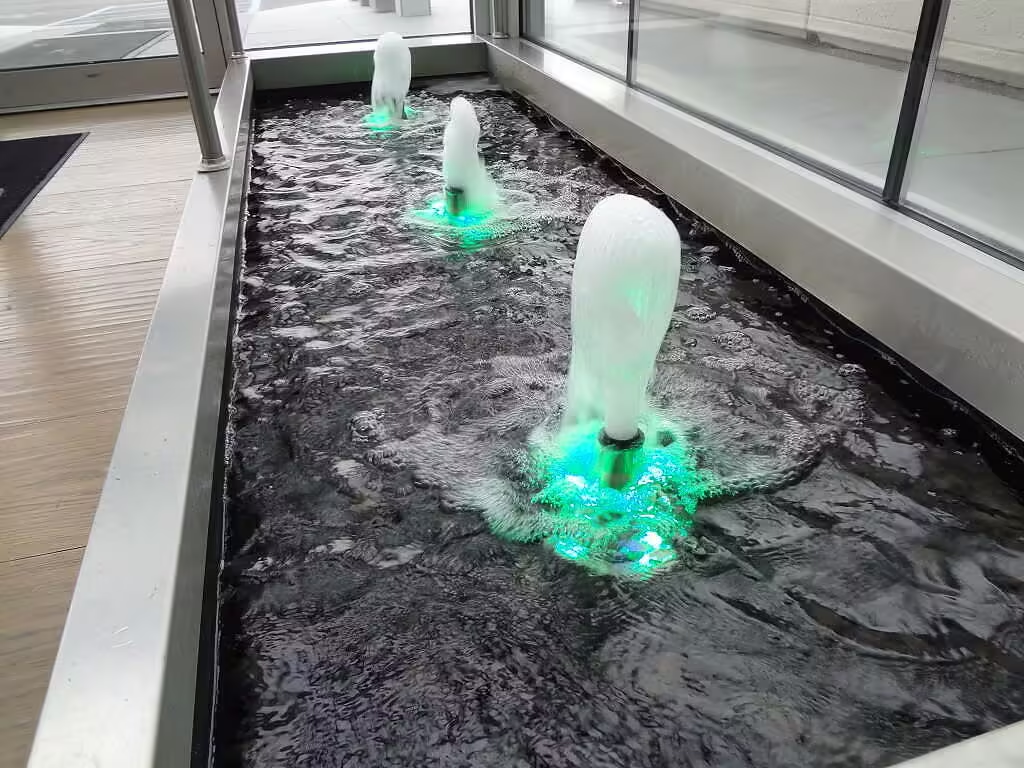
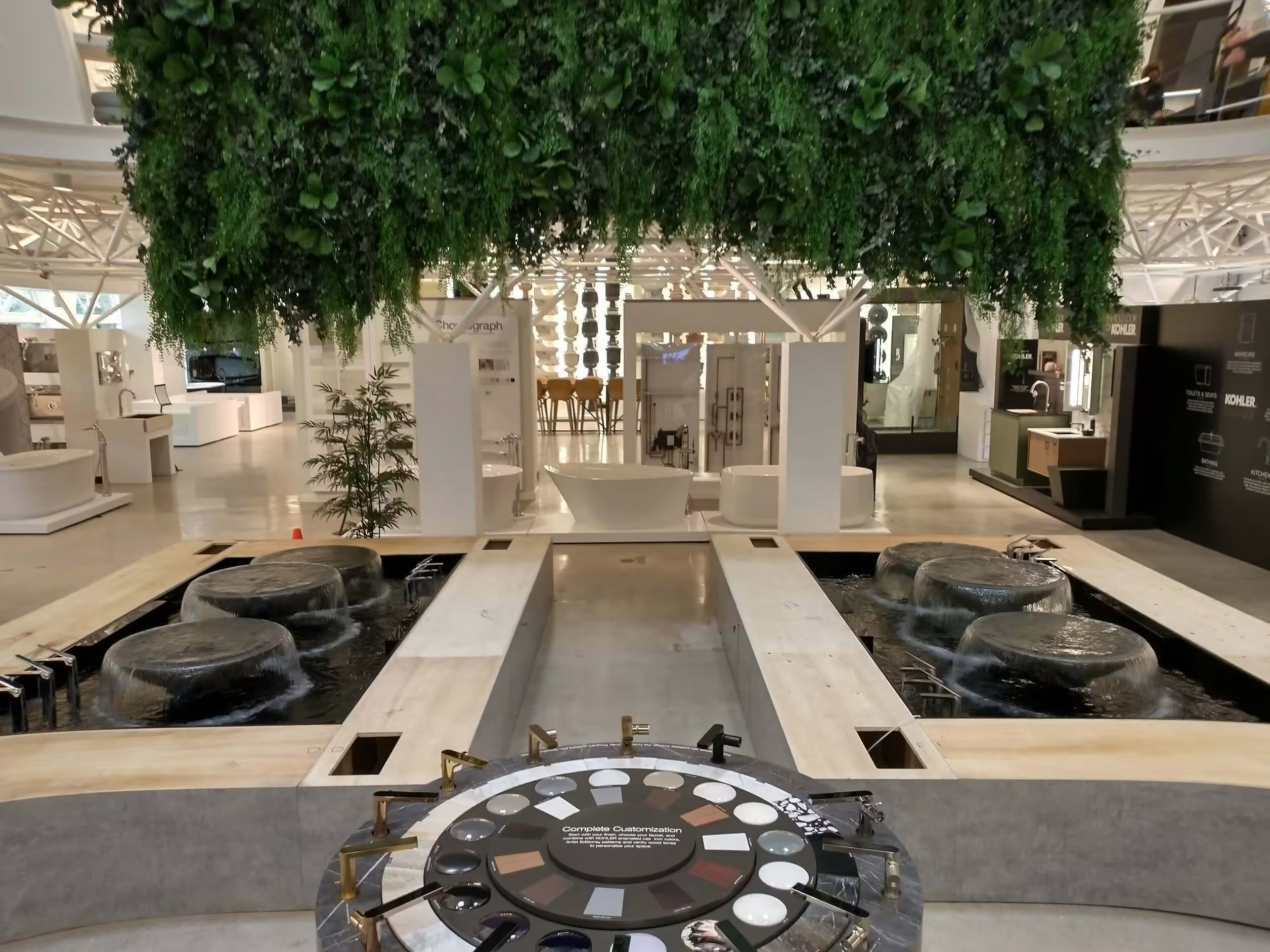
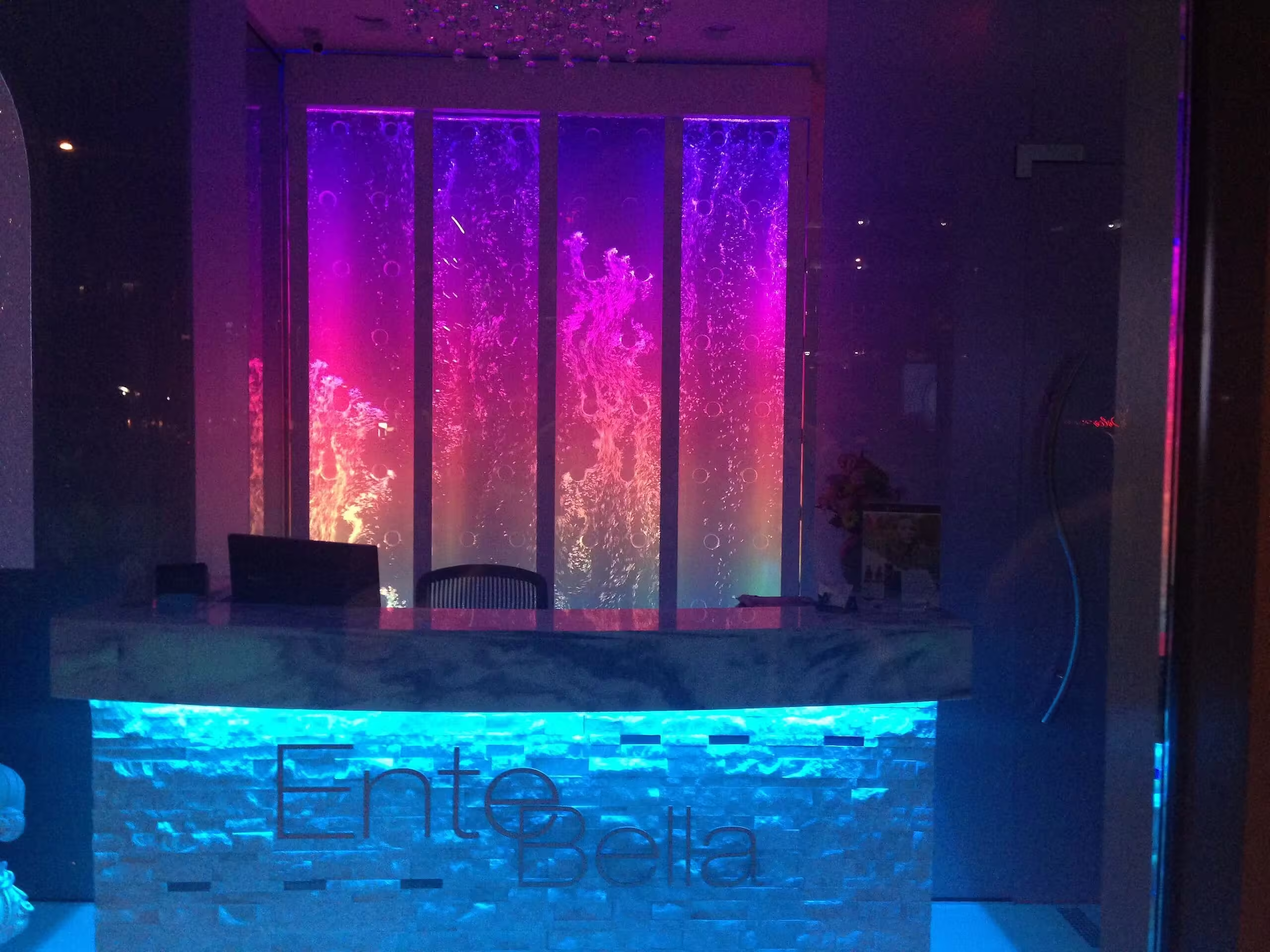
![Rod Style Bubble Wall Swirley for Bounce Empire in Denver, Colorado[84] Rod Style Bubble Wall Swirley for Bounce Empire in Denver, Colorado[84]](https://cfw51.rabbitloader.xyz/eyJjIjp0cnVlLCJoIjoid3d3Lm1pZHdlc3QtdHJvcGljYWwuY29tIiwidiI6MjExNTM2ODkwNCwiciI6MX0/wp-content/uploads/Rod-Style-Bubble-Wall-Swirley-for-Bounce-Empire-in-Denver-Colorado84-jpg.avif)
![Rod Style Bubble Wall Swirley for Bounce Empire in Denver, Colorado 2[2] Rod Style Bubble Wall Swirley for Bounce Empire in Denver, Colorado 2[2]](https://cfw51.rabbitloader.xyz/eyJjIjp0cnVlLCJoIjoid3d3Lm1pZHdlc3QtdHJvcGljYWwuY29tIiwidiI6MjExNTM2ODkwNCwiciI6MX0/wp-content/uploads/Rod-Style-Bubble-Wall-Swirley-for-Bounce-Empire-in-Denver-Colorado-22-jpg.avif)
